The post Two Superior Museums of Art in the Heart of Vienna appeared first on Art Lovers Travel.
]]>
After many visits to Vienna in recent years, we have chosen the Albertina Museum as Austria’s greatest venue for art. The Albertina is the largest museum of modern art in Central Europe. It also possesses 65,000 drawings and roughly 1,000,000 Old Master prints, making the graphics collection (founded in 1776) housed inside the Albertina the most important in the world, in our opinion, with a unique overview of 600 years of art history.
The Albertina presented six major exhibitions in 2023, including one dedicated to Pablo Picasso. On view through June 18, 2023, the Picasso show marked the 50th anniversary of the artist’s death and featured an early painting from the Blue Period (below), among 60 works of art from all of the important phases of Picasso’s long career.


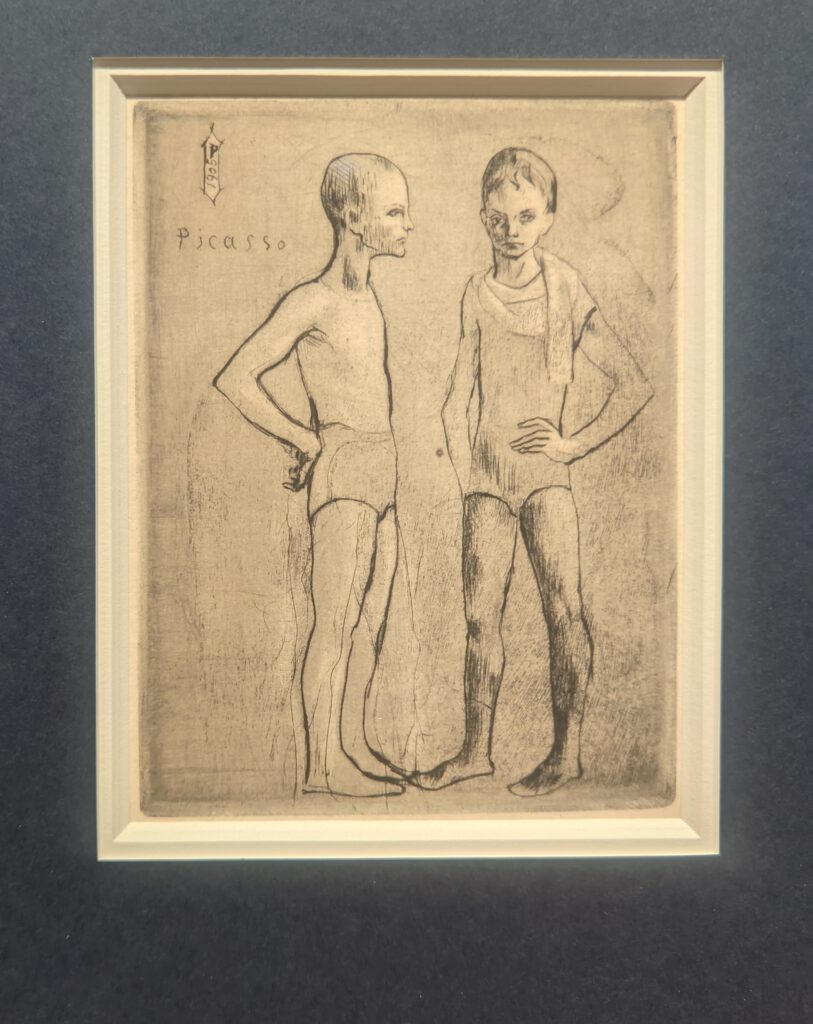
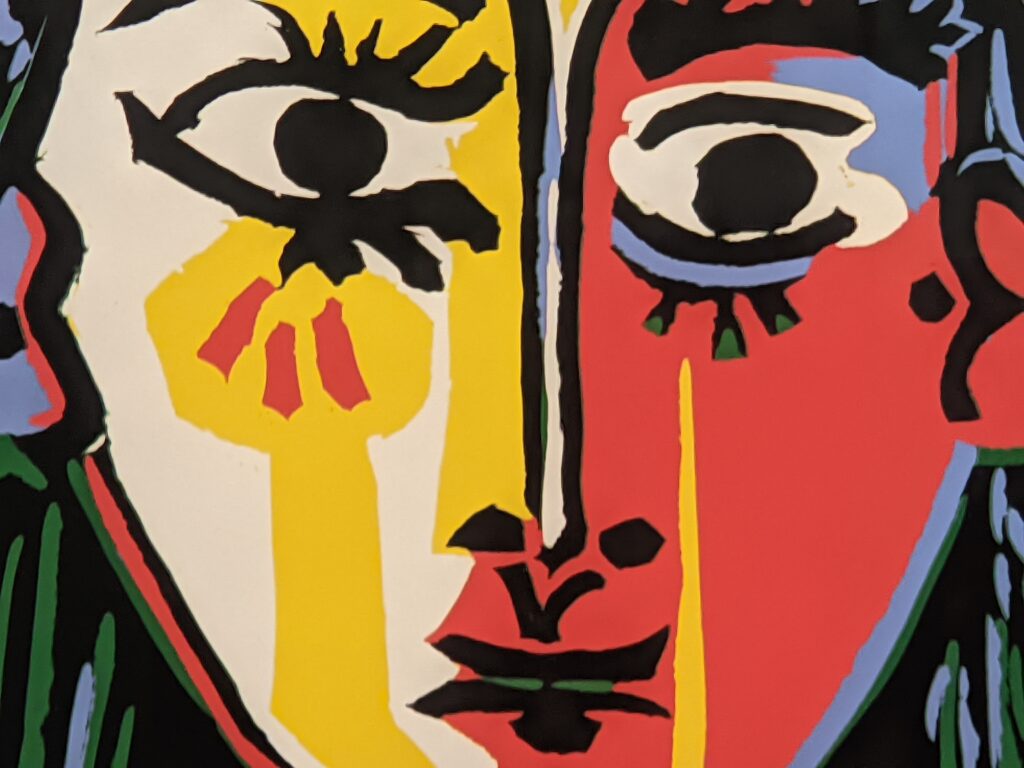

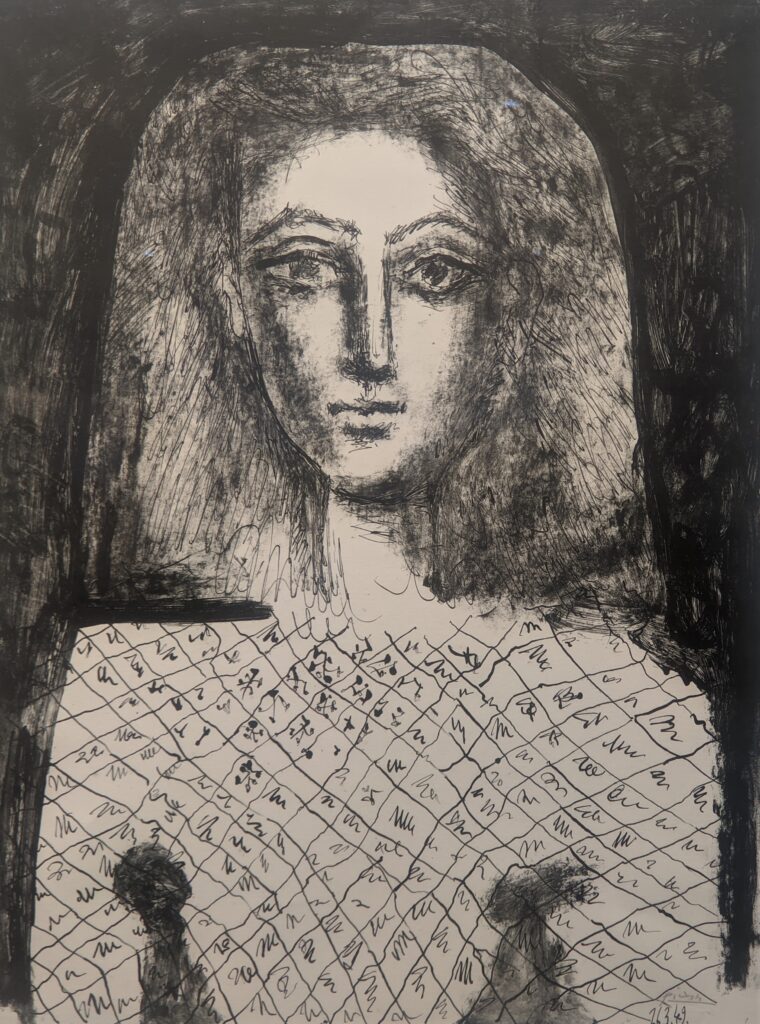


The Albertina recently devoted a retrospective to Alex Katz, a pivotal Abstract Expressionist artist whose unique style made him a forerunner of Pop Art. This marked the third major Katz show, following presentations in New York and at the Thyssen in Madrid last year, to mark the 95th birthday of Mr. Katz.
The exhibit in Vienna was remarkable because all of the works on display came from the Albertina’s own substantial holdings, and it featured woodcuts, drawings, screenprints, lithographs, aquatints, shaped-aluminum sculptures and oil paintings. On view through June 4, 2023, “ALEX KATZ — COOL PAINTING” was a winner, far better than the presentation of Katz’s work at the Guggenheim in New York, which closed on February 20, 2023. Unlike Pop Art, which often referenced images already existing in advertising, the large-format images preferred by Katz are based on the artist’s direct observation of the people closest to him, especially his wife Ada.

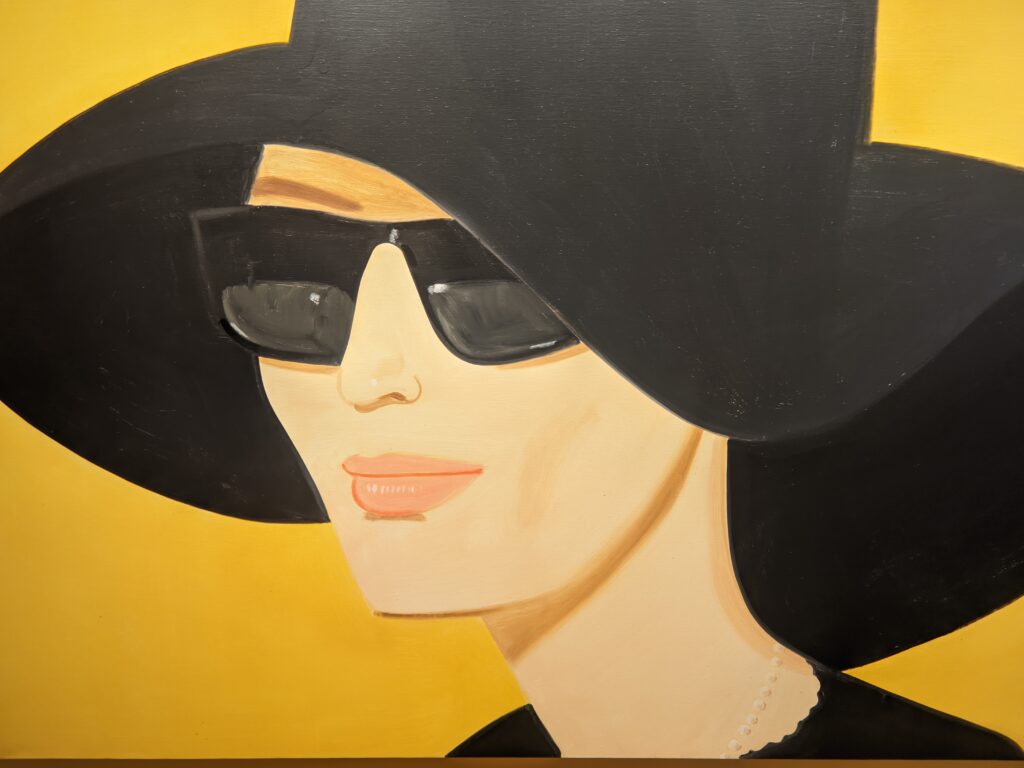
While many of these figurative paintings reveal a mood of detachment or isolation, a pictorial depth that enhances the theatrical effect, and a technically perfect realism, Katz retains the allure of Edward Hopper while rejecting the expression of social ideas that Hopper conveyed through his oeuvre. Katz’s unique, streamlined portraiture epitomizes Nouveau Réalisme.
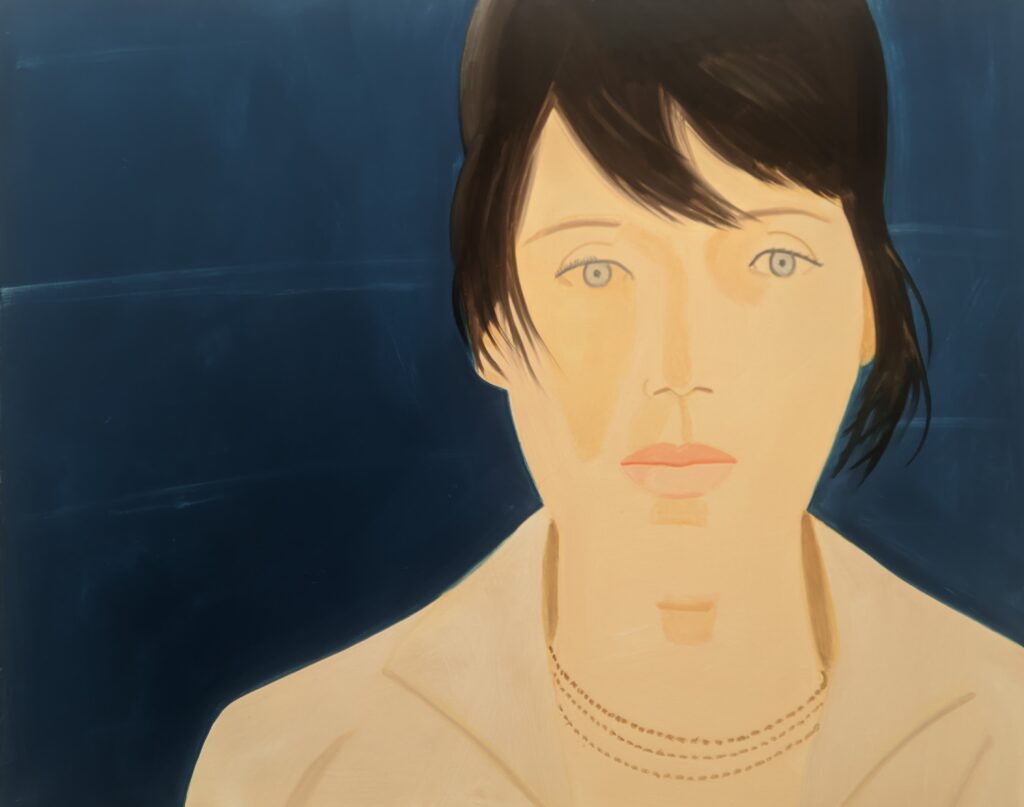

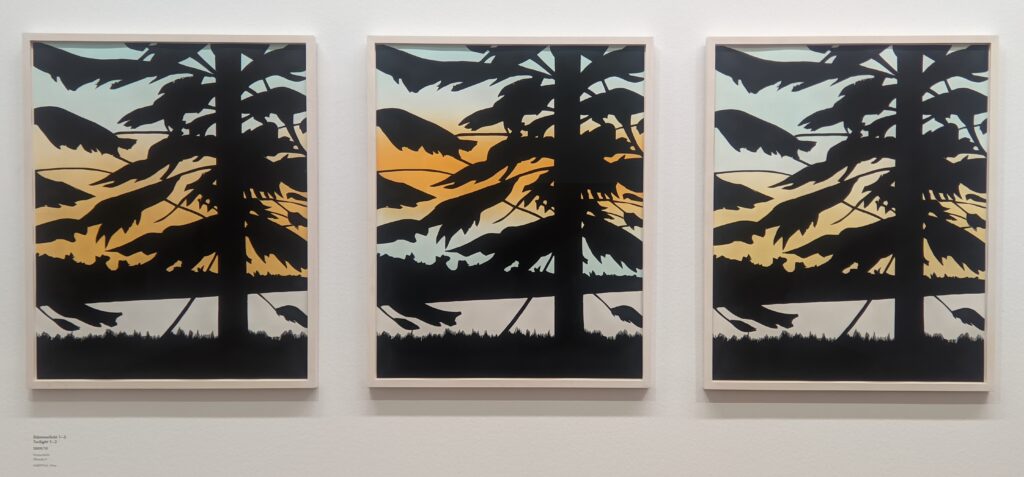
Like Matisse during the 1930s, Katz deliberately chooses subject matter lacking in content. In a world dominated by photographic images and devices such as the close-up employed in cinema, the portraiture of Katz (inspired by the stencil painting used in commercial art) constructs a motif from flat cut-outs and the luminosity of colors to convey the sitter’s outward appearance, adornments and body language. Even with his cool distance and radical flatness, Alex Katz managed to reveal Ada’s charm and a moment of self-reflection (as he depicted her, below, in front of their yellow summer home in Maine, USA). It is noteworthy and most interesting that Katz’s focus is on the light of the season and his wife’s fashionable accessories (i.e., symbols of the spirit of the times in which we live, and perhaps a remembrance of the simple, spontaneous moments we recall through family photos) rather than on the individual.

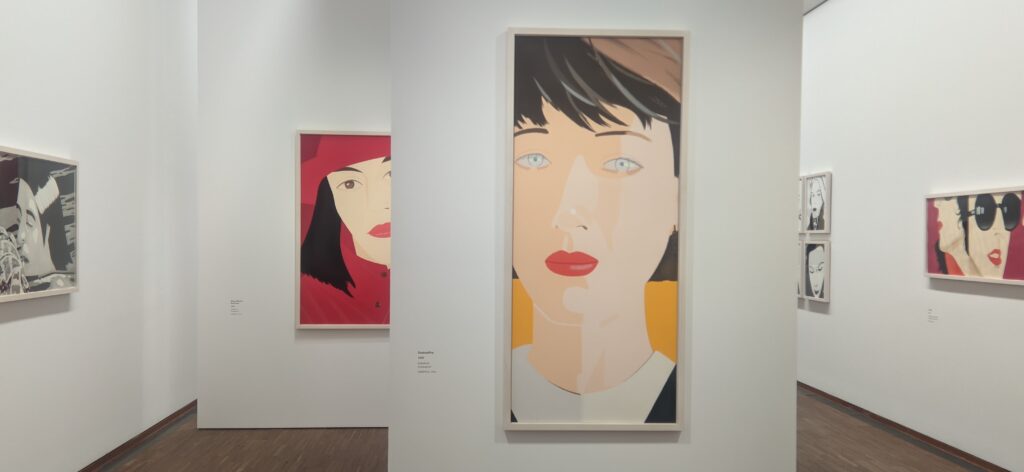
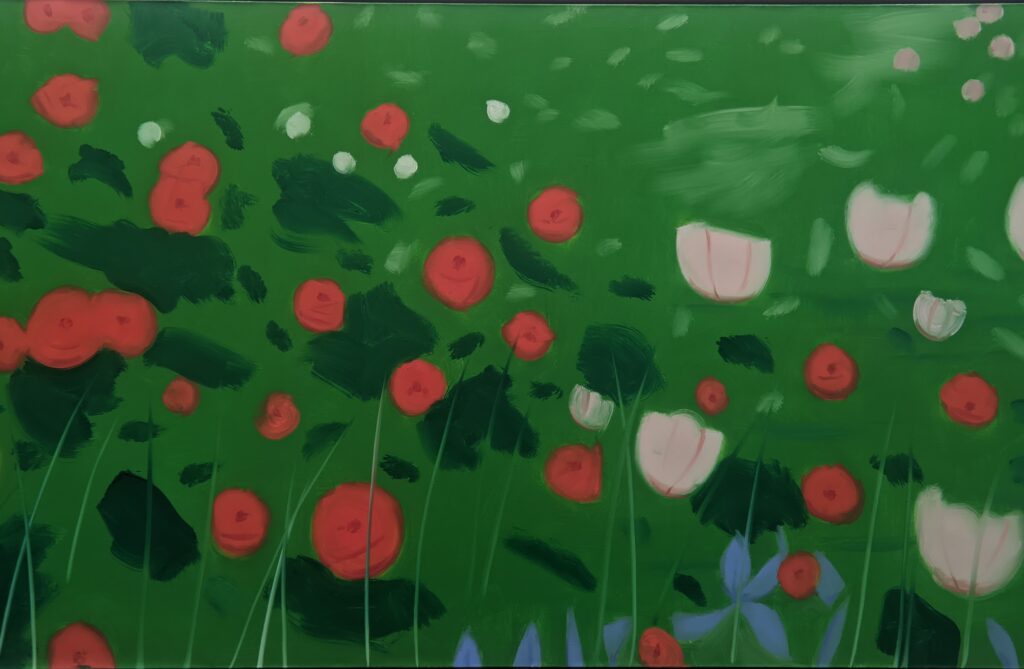
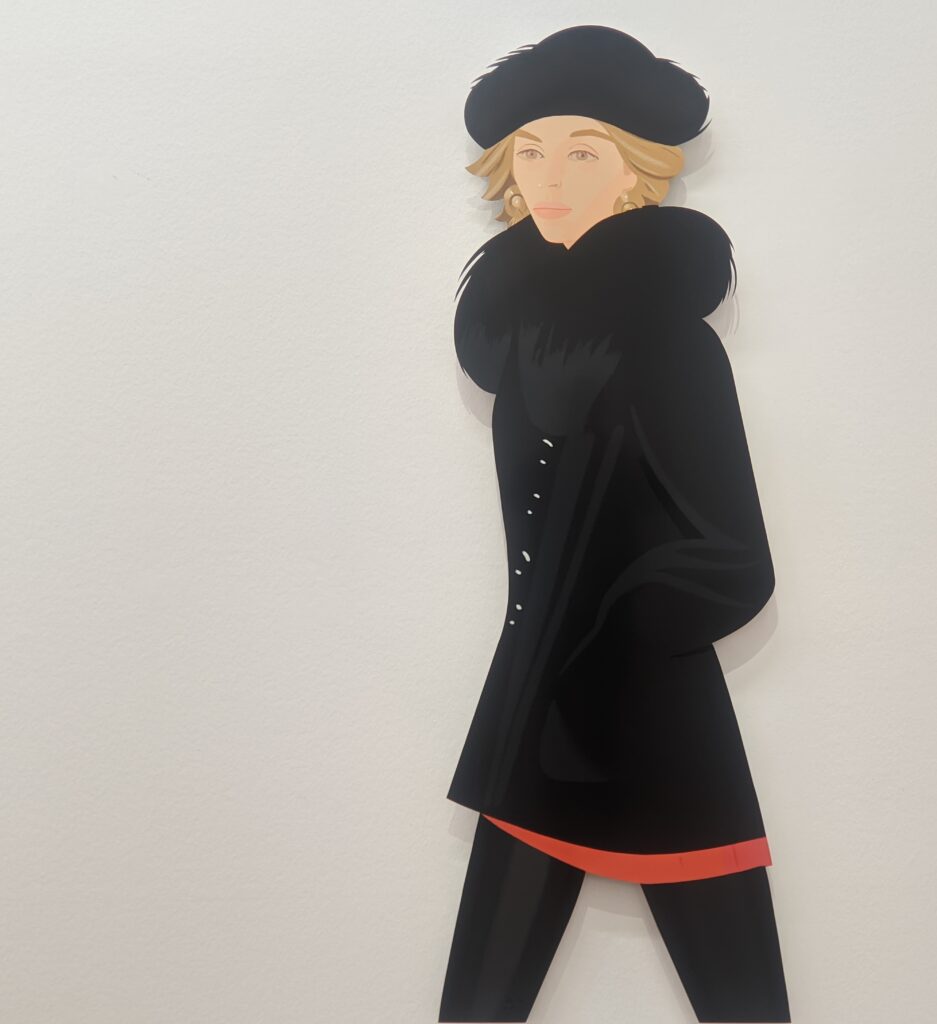

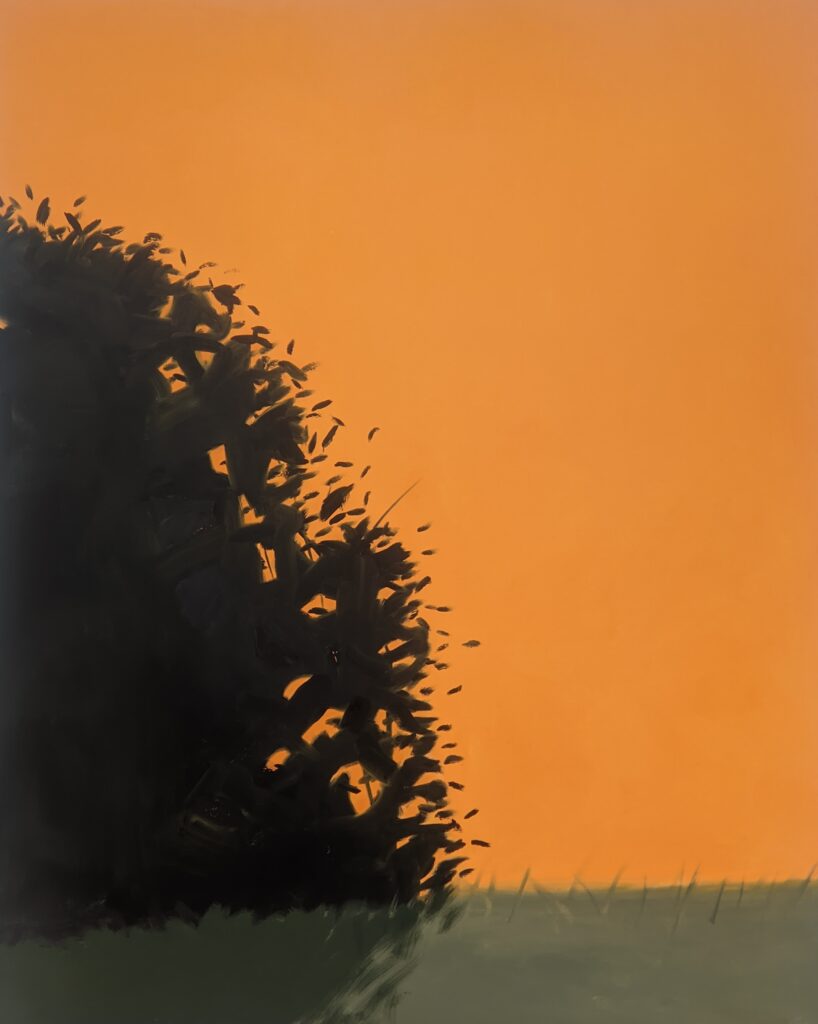

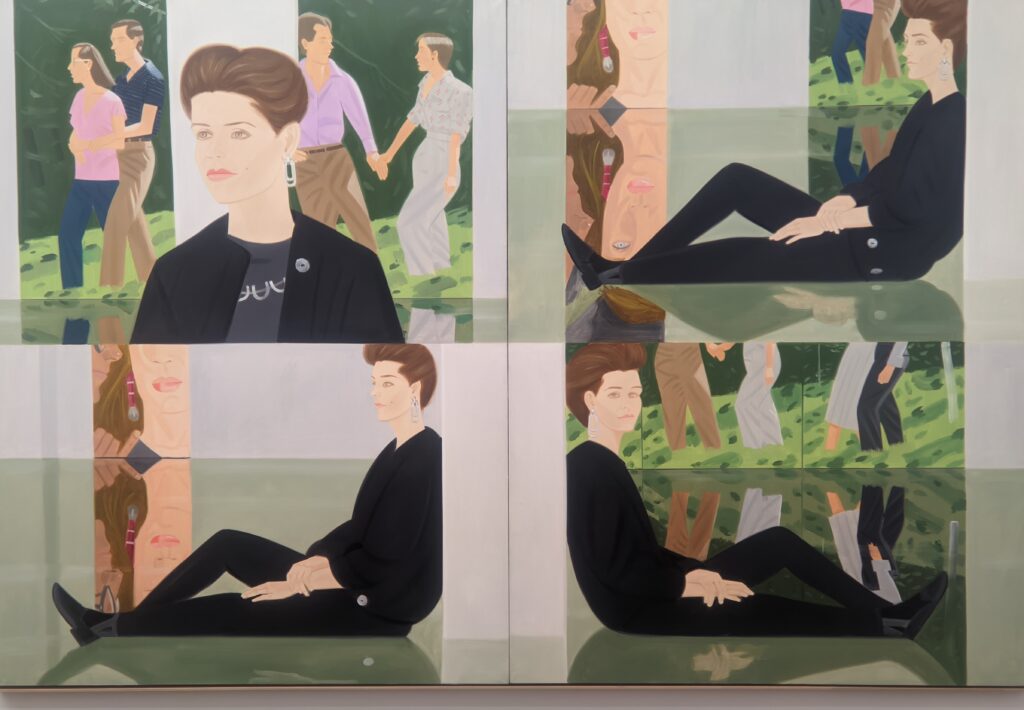
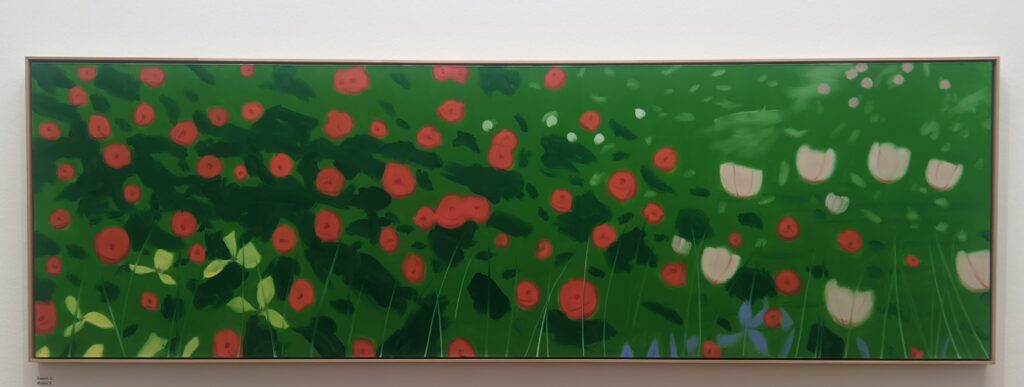

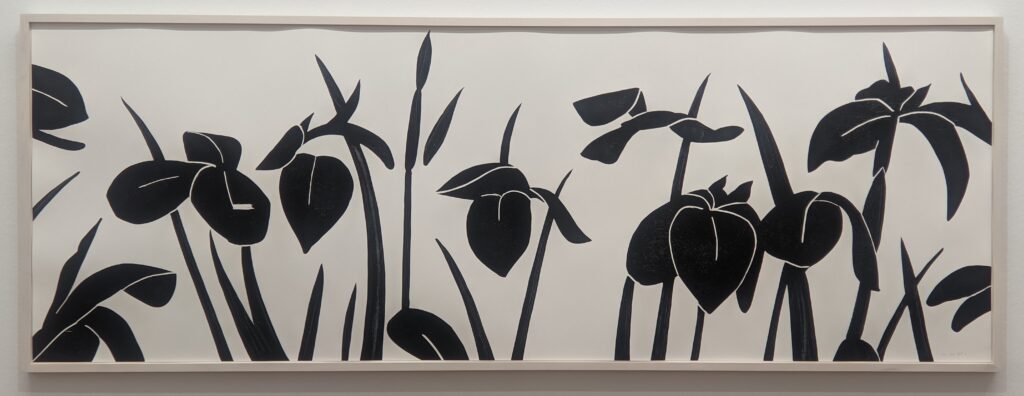

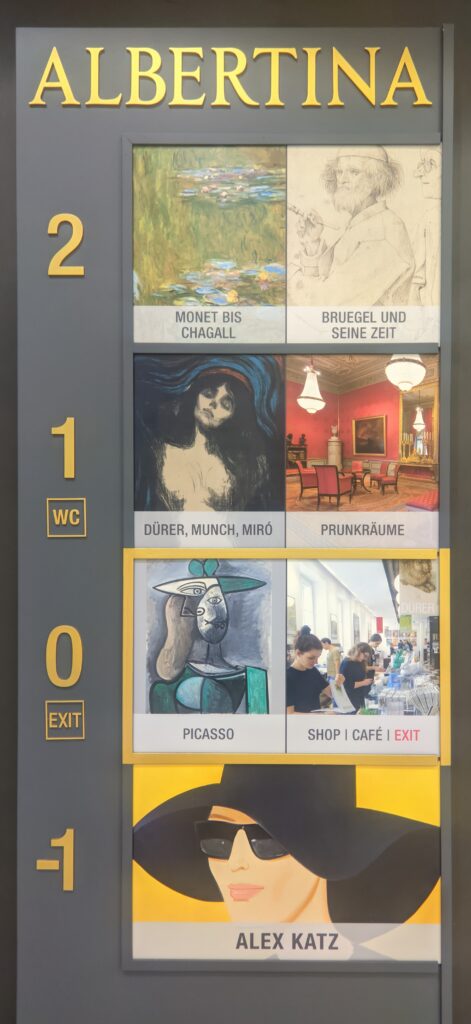
During the first five months of 2023, the Albertina offered something special for every visitor. After enjoying the Katz retrospective on the Lower Level, or Picasso on the main floor, one might have chosen to escape into the world of Habsburg classicism by visiting the 20 lavishly-restored and furnished State Rooms. Lithographs, such as Edvard Munch’s 1895 “Self-Portrait with Skeleton’s Arm” (above left), was displayed as part of the exhibition “Dürer, Munch, Miró — The Great Masters of Printmaking” on Level 1 near the State Rooms. The permanent collection of modern painting and sculpture is located on the Albertina’s top floor (Level 2) where the exhibit “Bruegel and His Time” was on view.

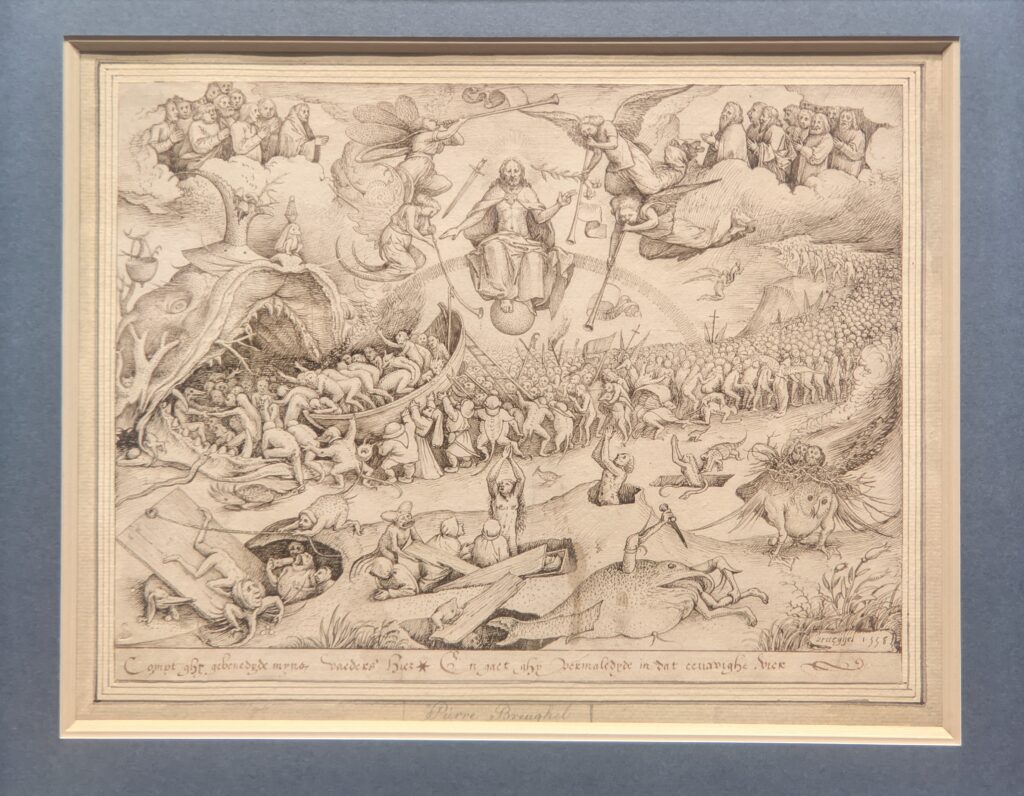
Through May 24, 2023, 90 works of art explored the technical brilliance and broad scope of drawing in 16th-century Netherlands in a special exhibit entitled “Bruegel and His Time.”
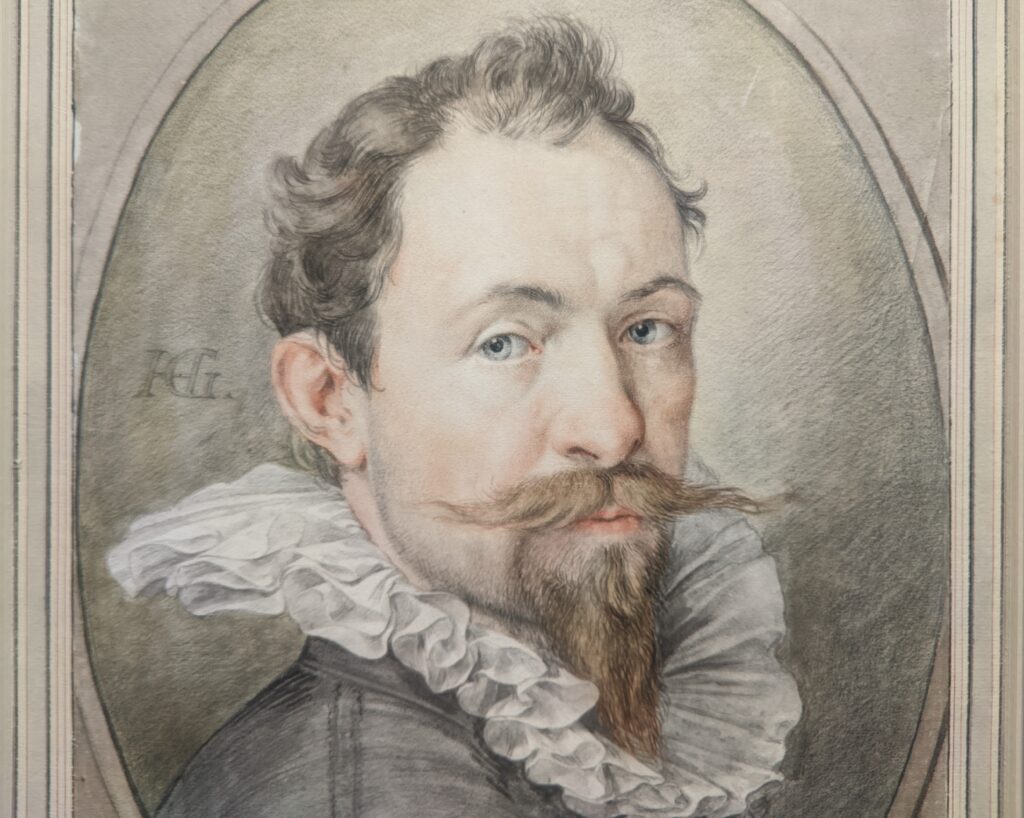


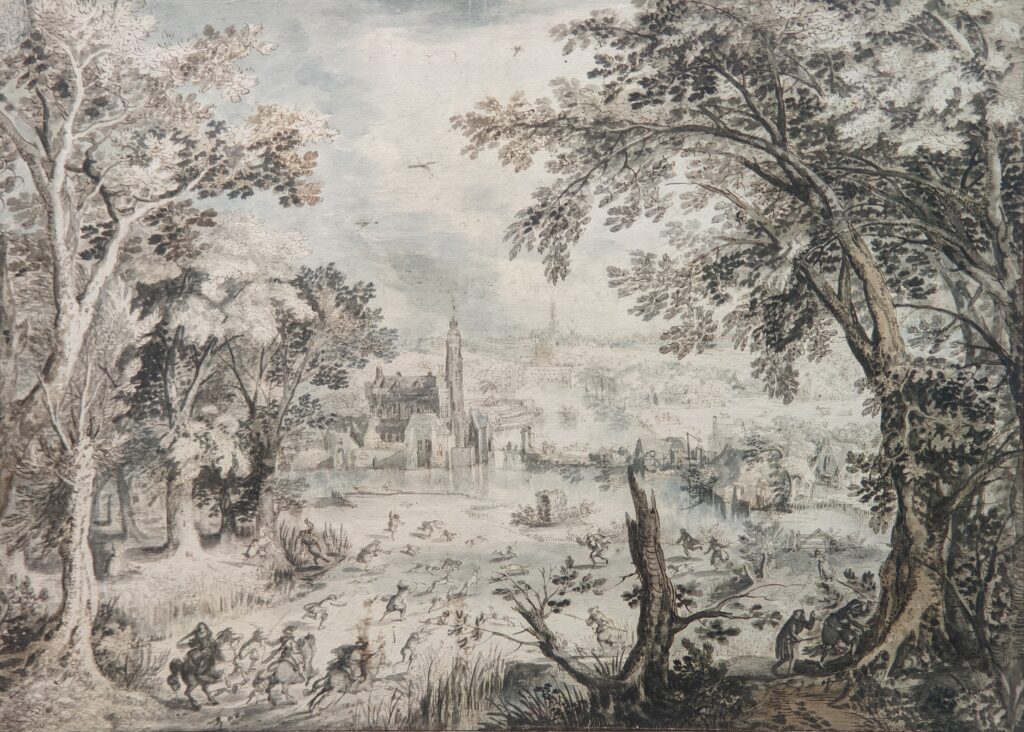
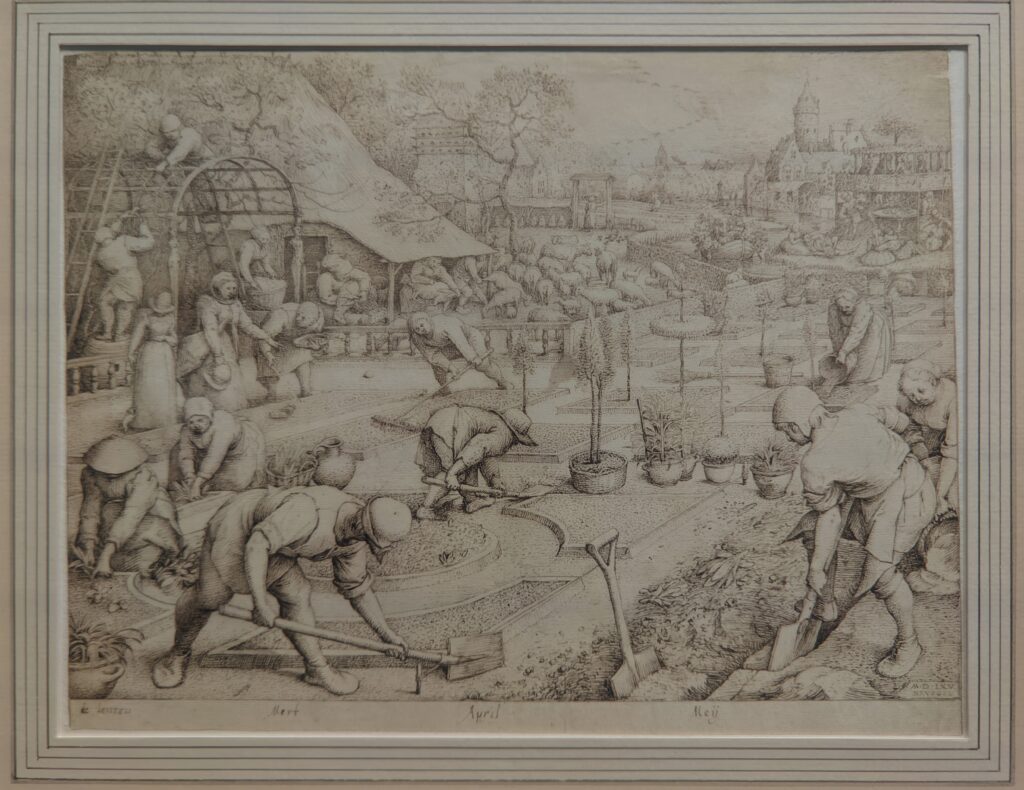

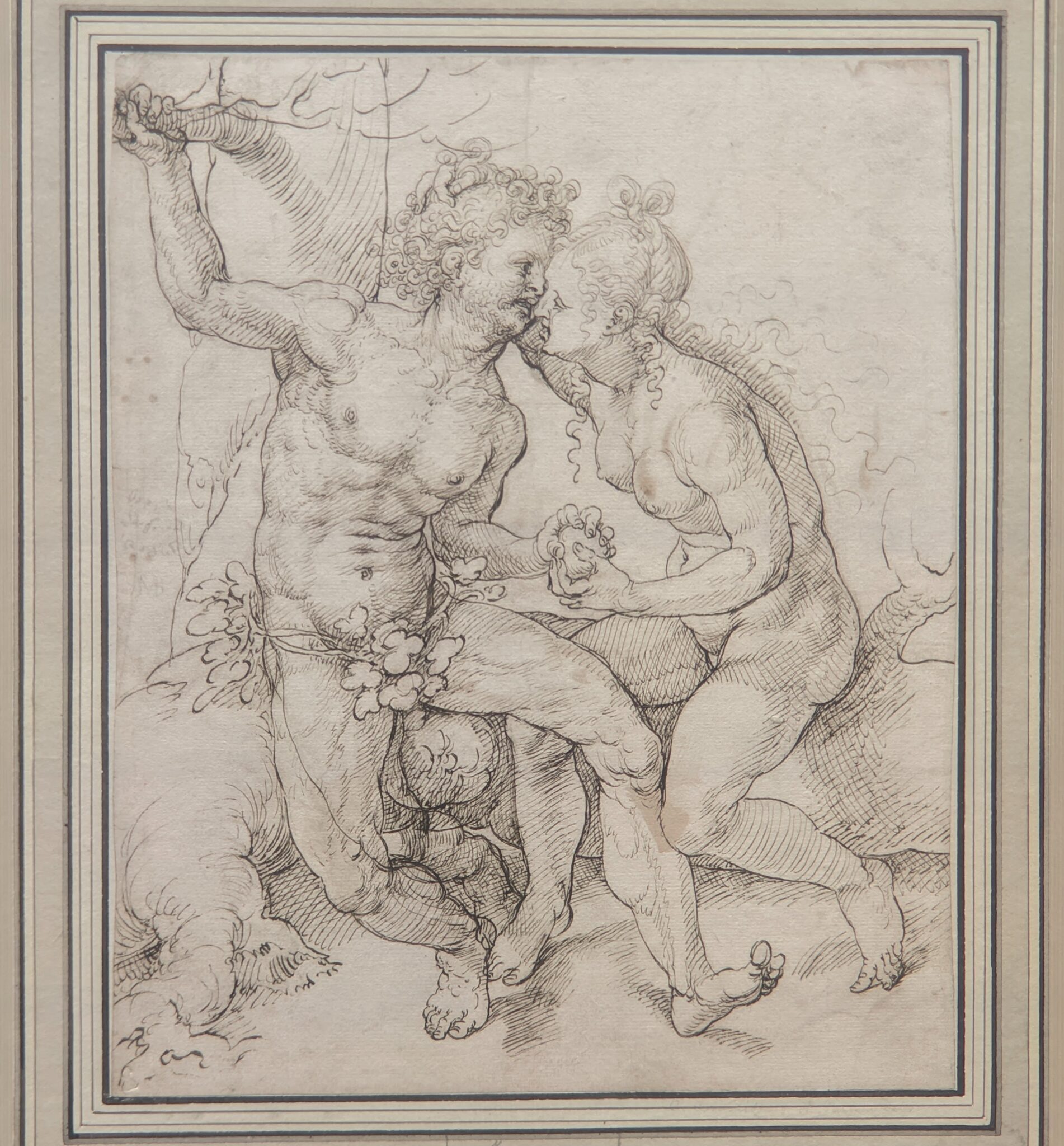

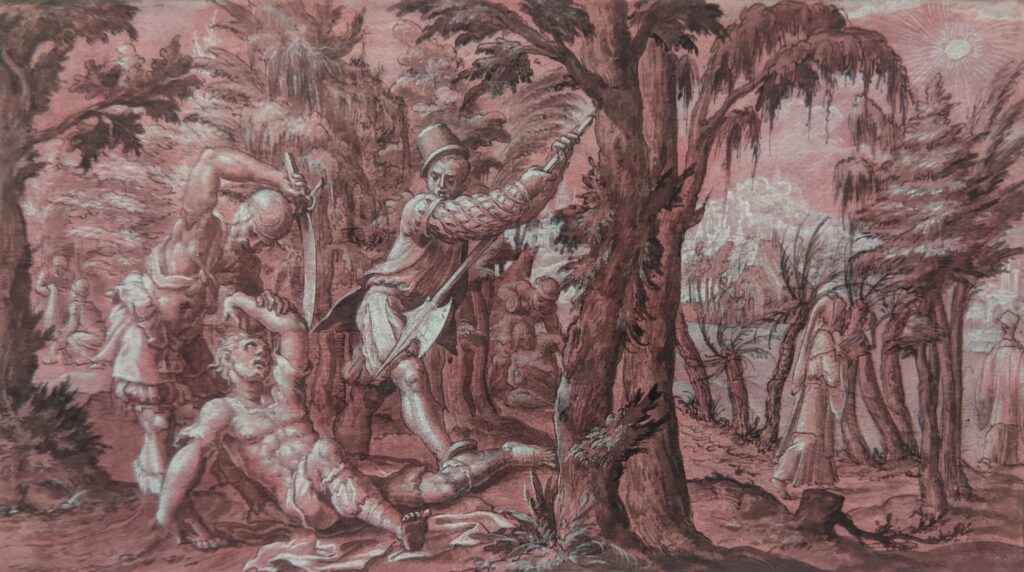
“Bruegel and His Time” Closed on May 24, 2023
The artistic diversity in Netherlandish drawing included motifs depicting social and political change, as well as peasant life, landscapes and biblical themes, such as the Jewish Queen Esther (below) imploring her Persian husband Ahasuerus to show mercy on her people.
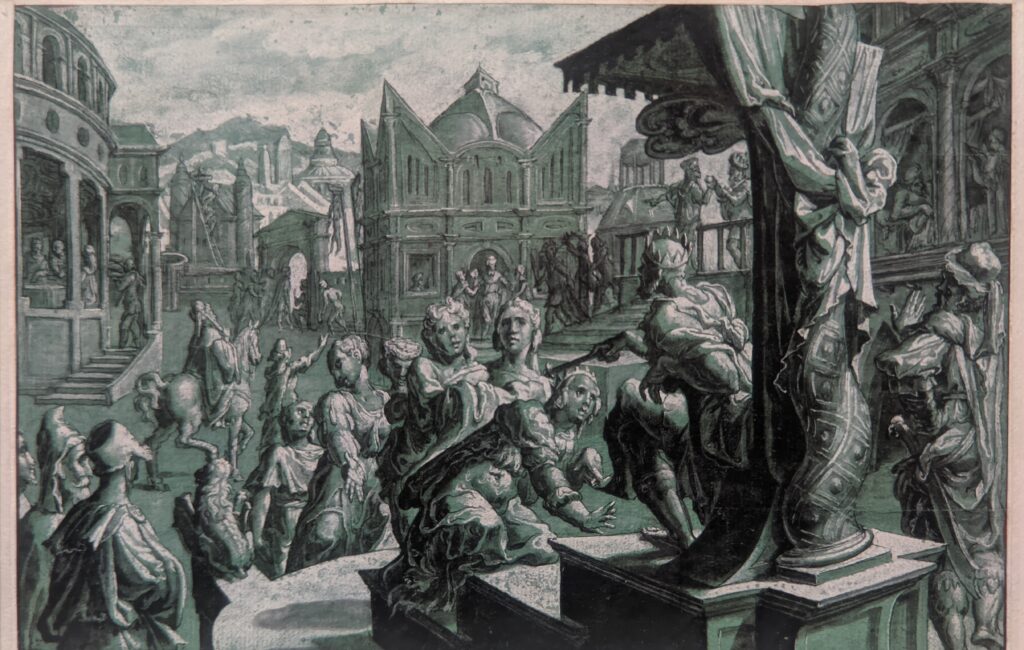


The Symbolists were artists who emphasized ideals and dreams, and the symbols they used were personal and private, at times morbid. In the visual arts, symbolism may be seen as a revival of mystical tendencies associated with the Romantic tradition, which was characterized by an emphasis on emotion. The etchings by Max Klinger (1857 — 1920) are symbolist in nature, though his execution is realistic and romantic. In “THE GREAT MASTERS OF PRINTMAKING” (which was on view through May 14, 2023 at the Albertina) one could easily see why Klinger was an admirer of Francisco Goya (1746 — 1828). Both men tackled social and political issues, and shared their observations on death, poverty, depression and violence by portraying harsh realities, stark landscapes, and terrifying dreamscapes. Goya has often been described as “the last of the Old Masters and the first of the moderns.” It is easy to see how the realism of Goya and Klinger inspired Expressionists such as Munch and Kollwitz, as well as the Surrealists and artists like Paula Rego who died in 2022.

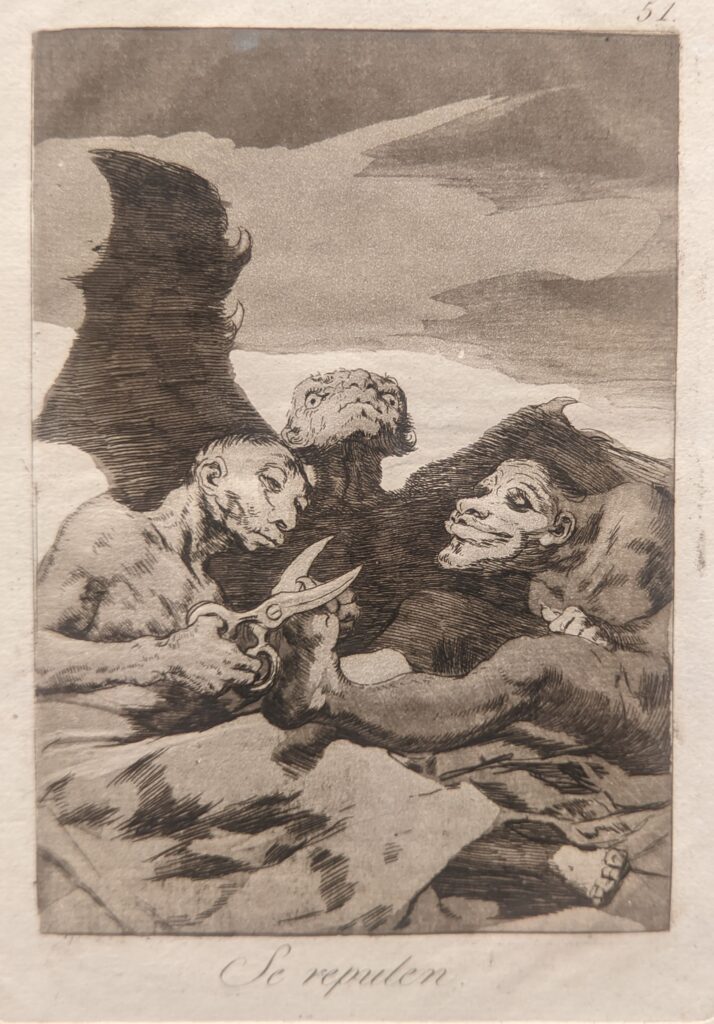


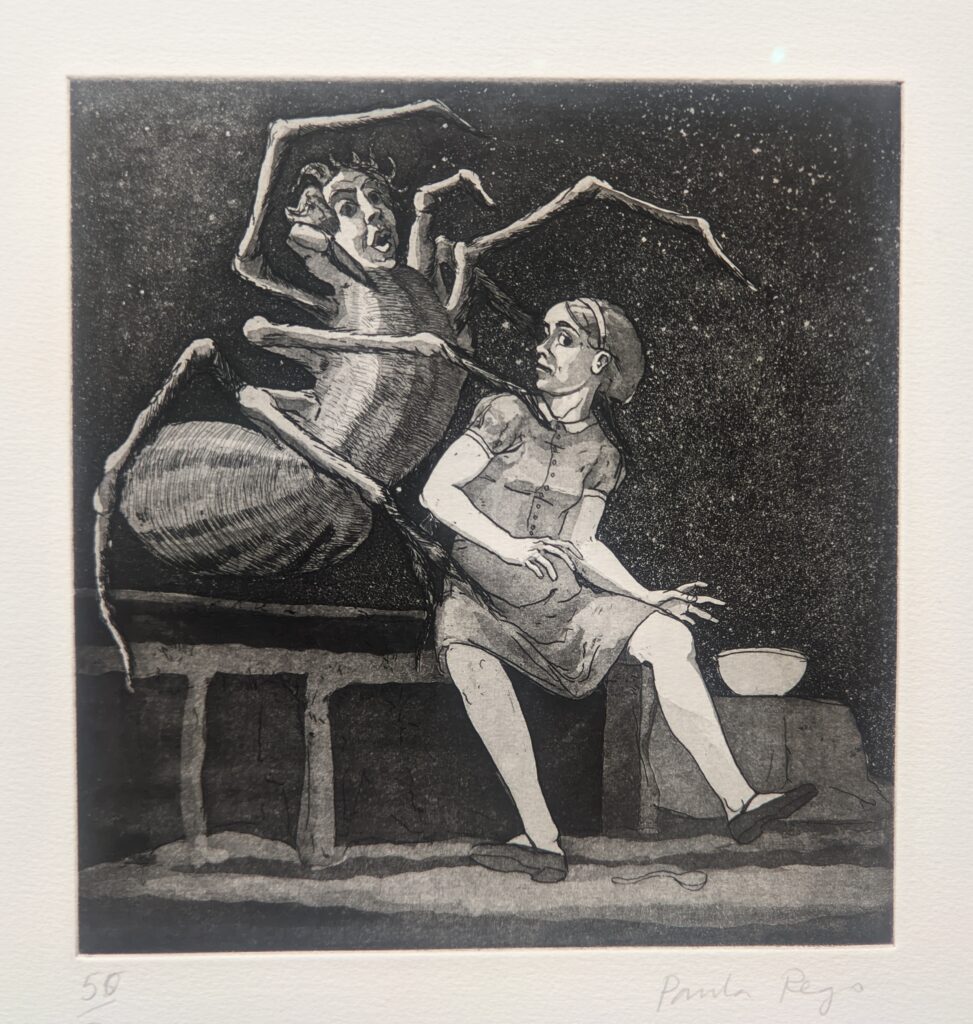
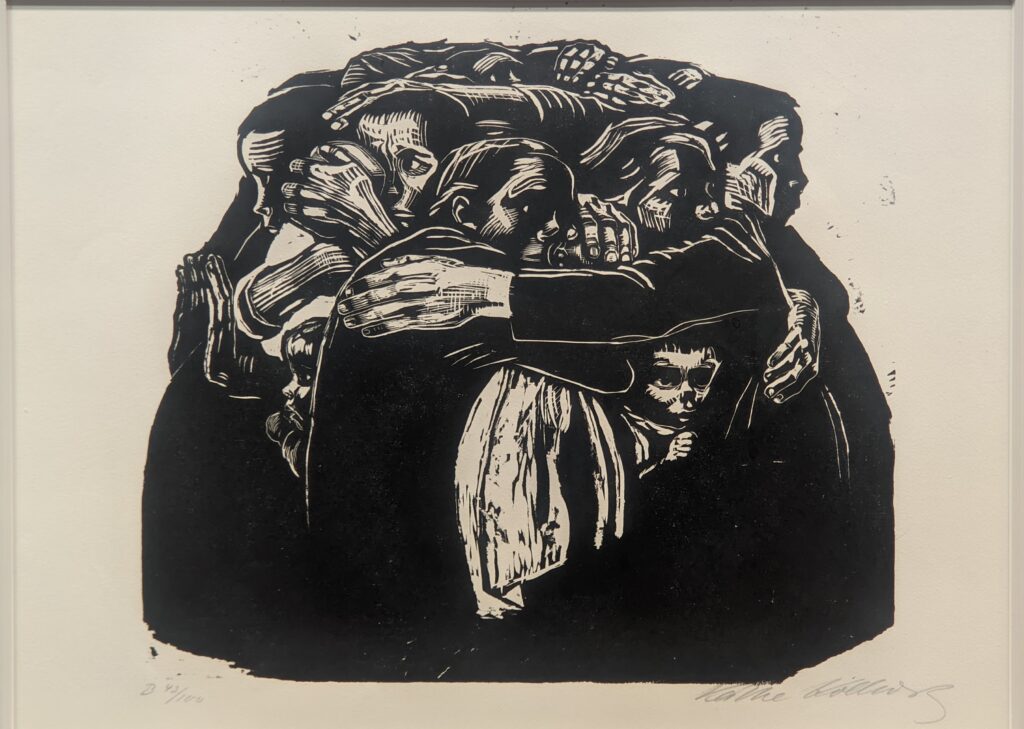
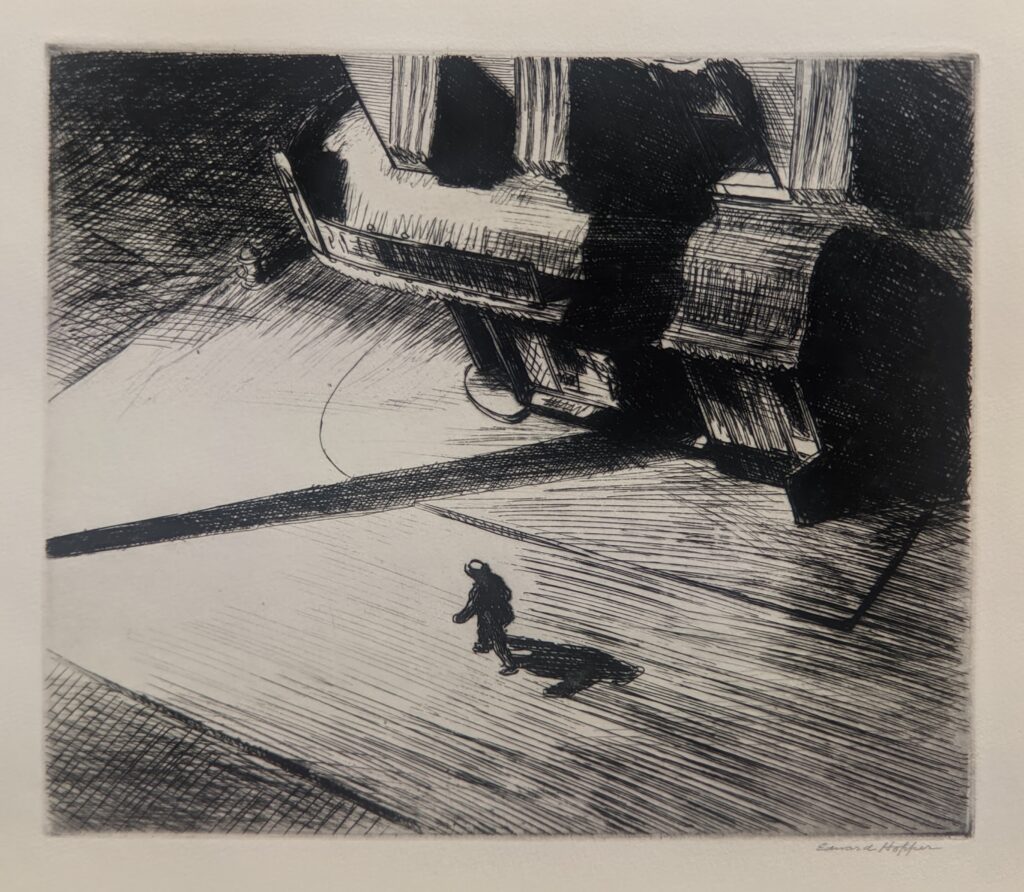

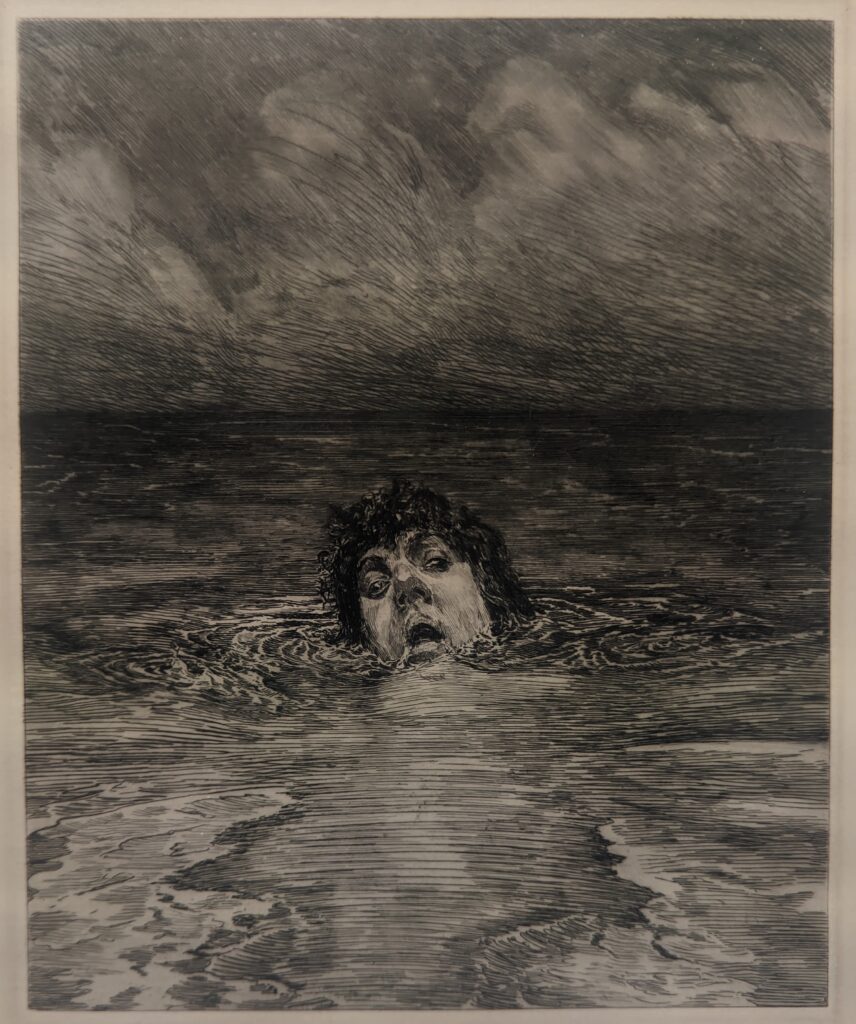

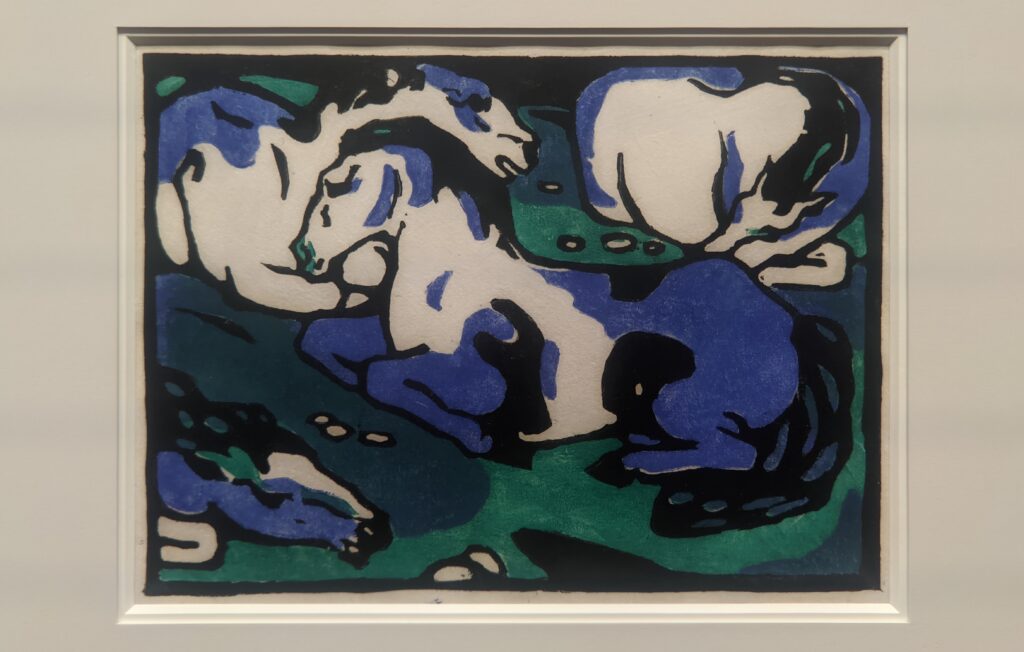
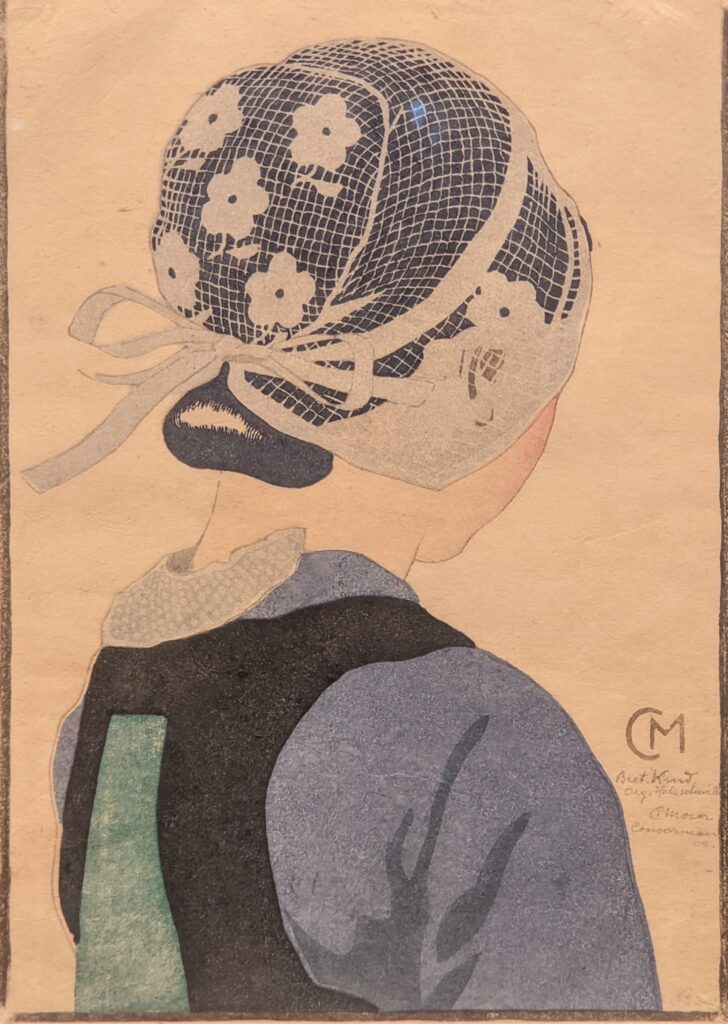
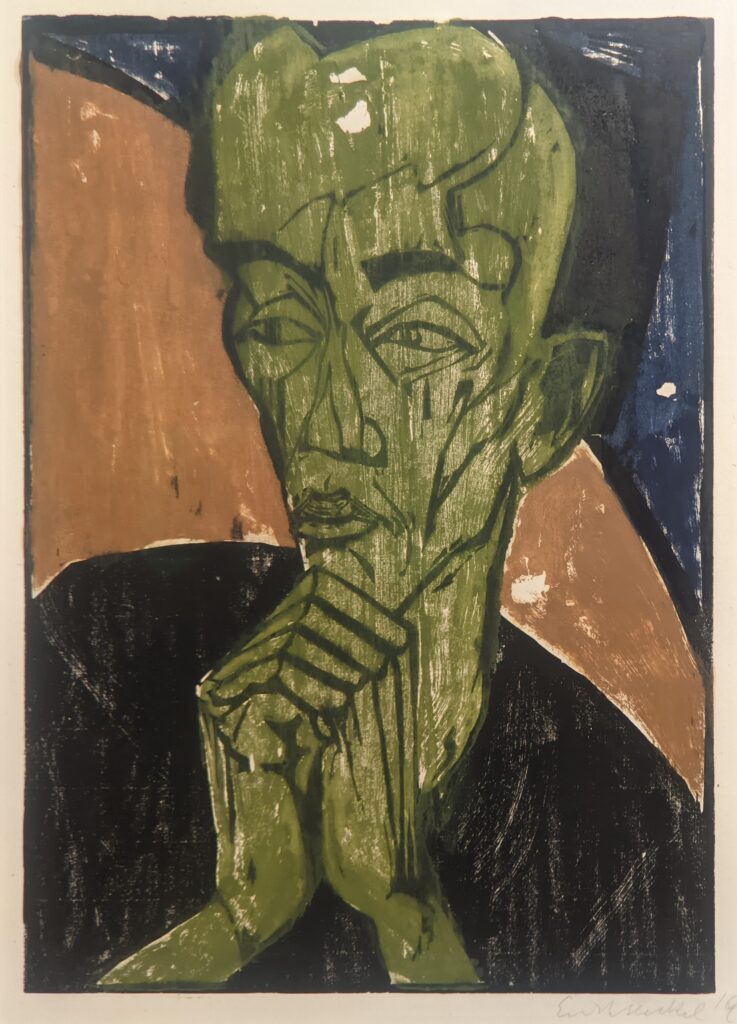
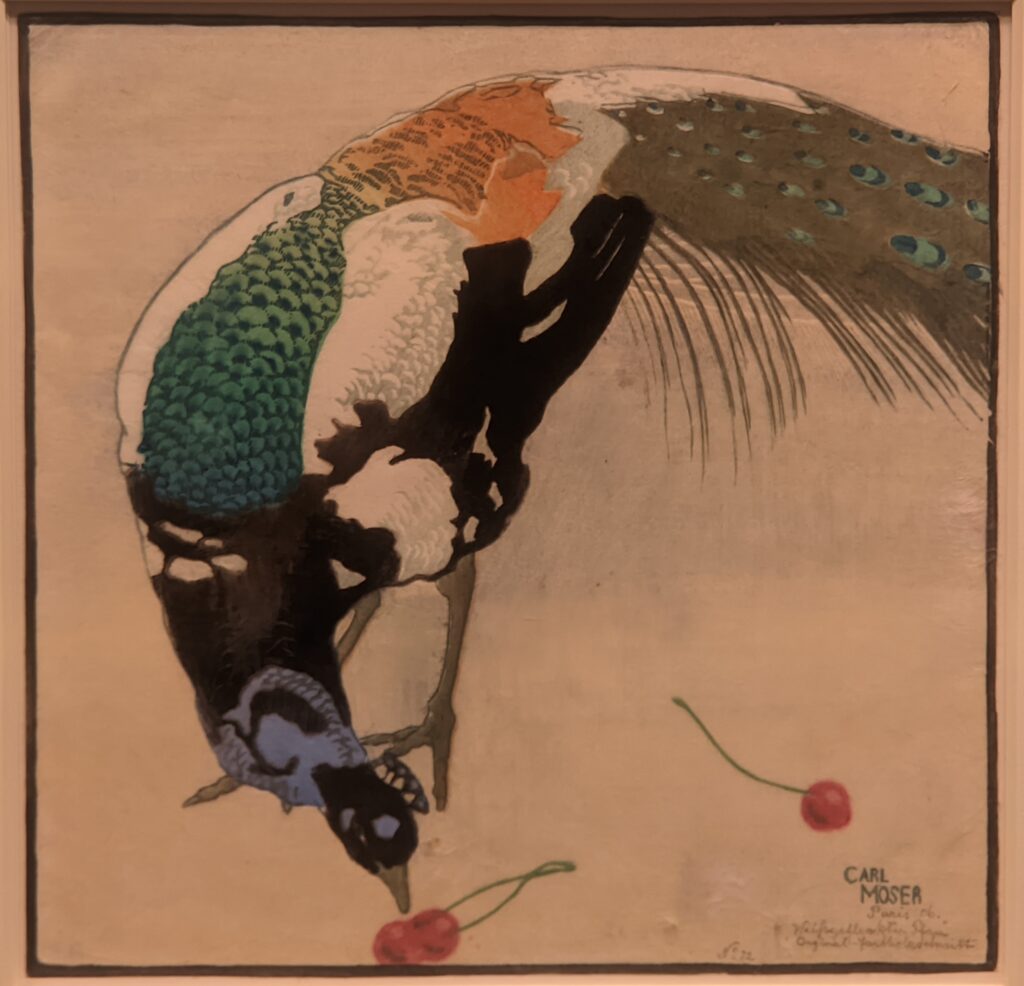
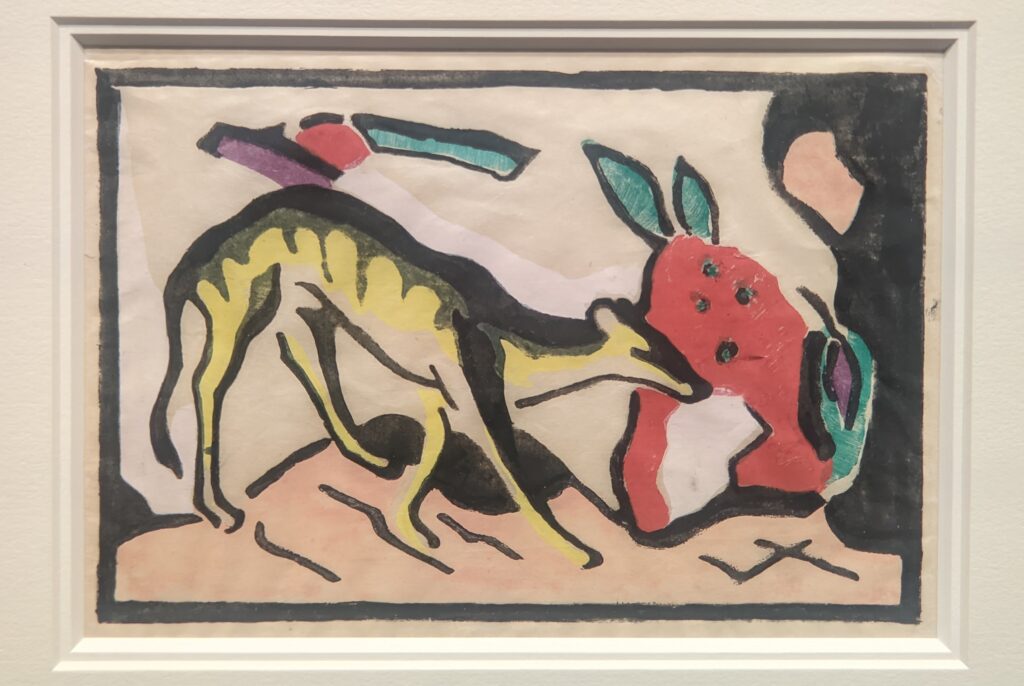
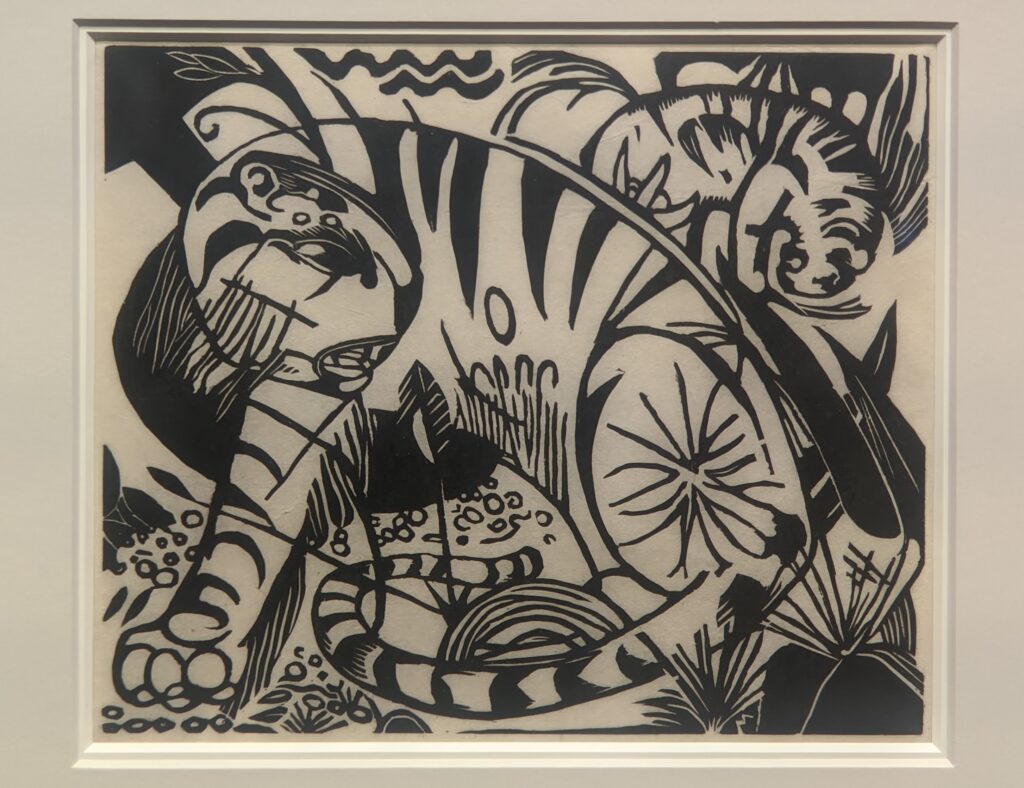

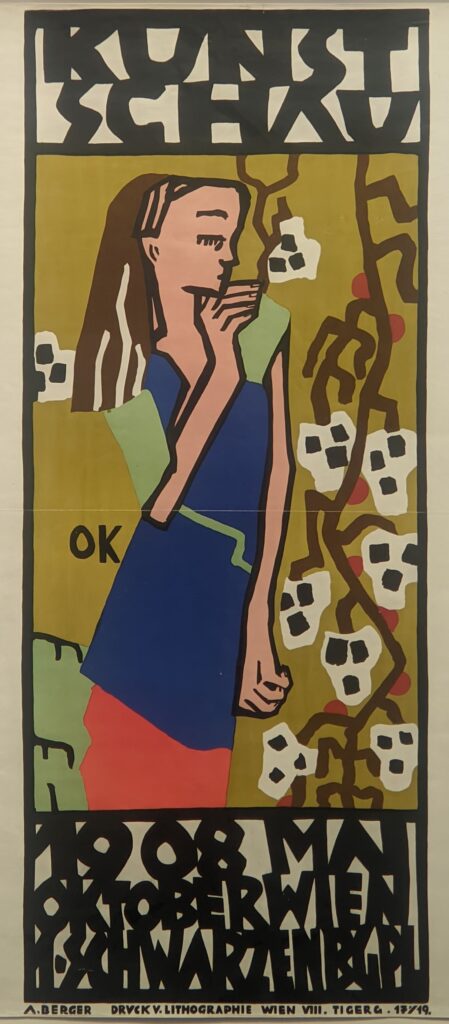
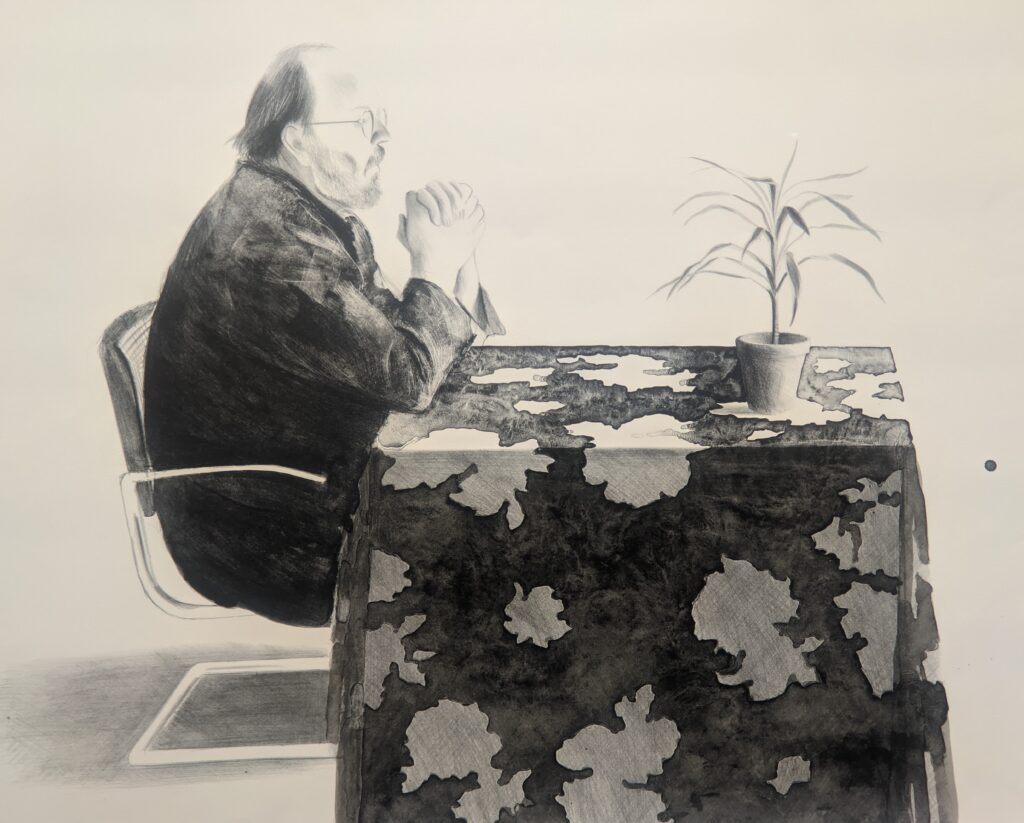
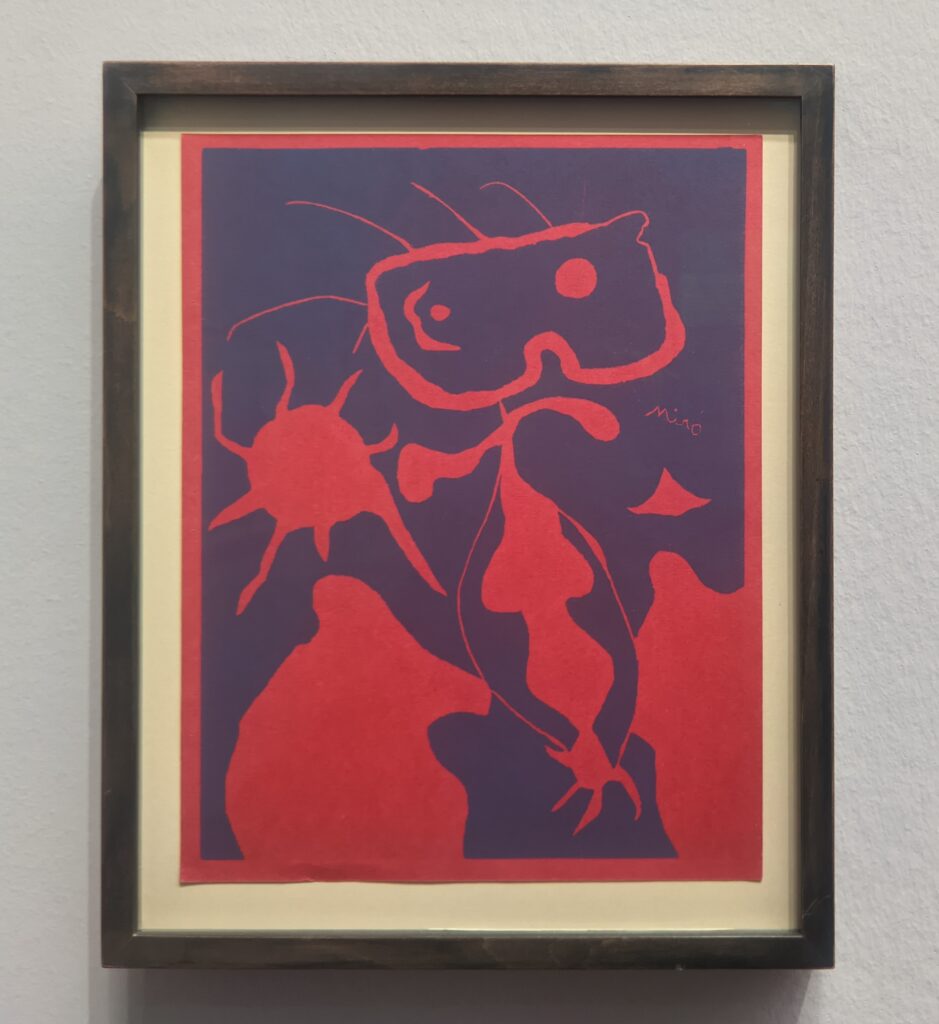


With the advent of printmaking techniques in the 15th century, for the first time it became possible for large numbers of people to acquire art. Woodcut was developed early in the 1400s, followed by copper engraving, and finally (shortly before 1500) etching. While Mantegna was the most important Italian engraver of the late Middle Ages, it was Dürer who made graphic art the equal of painting, and perhaps its superior.
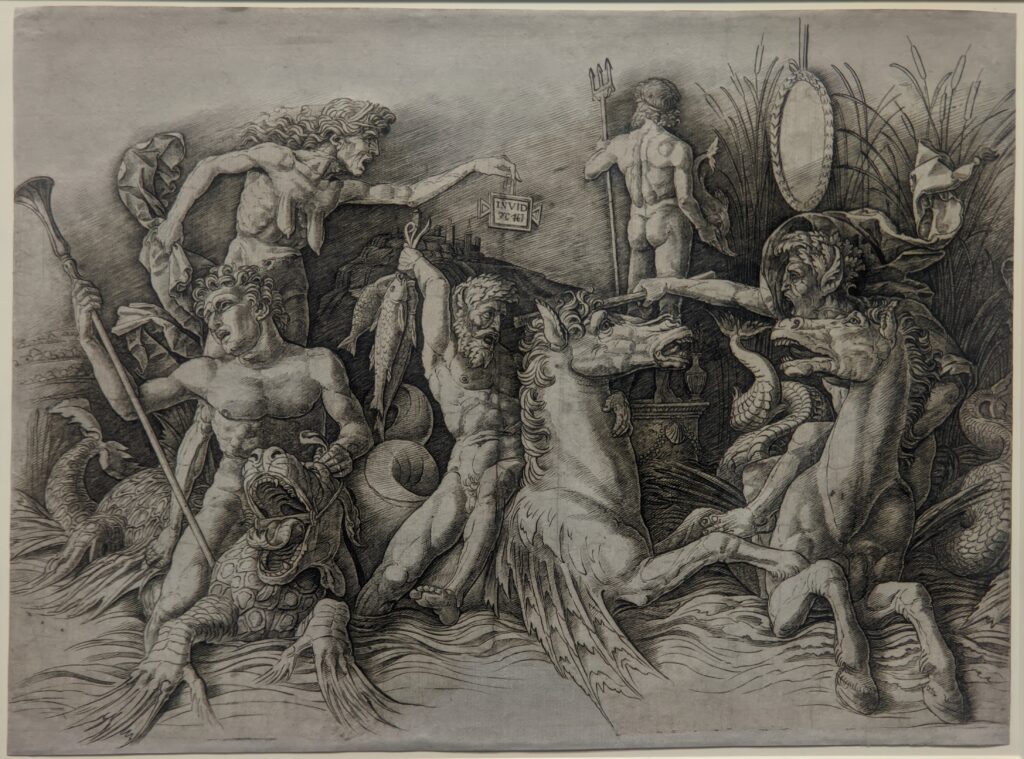
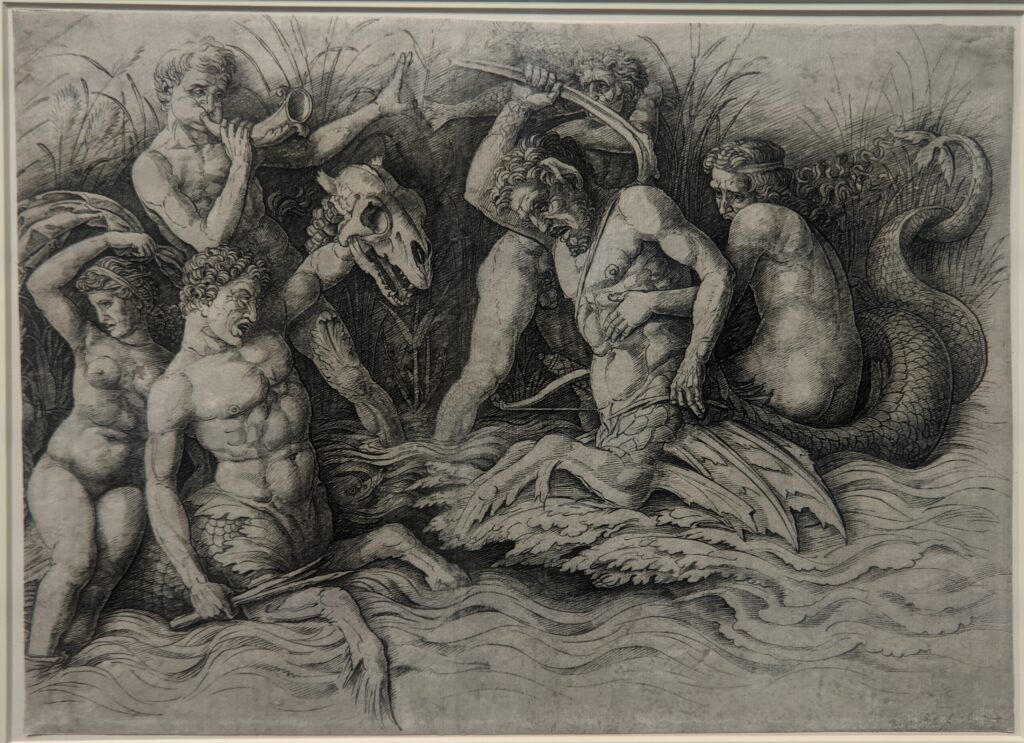
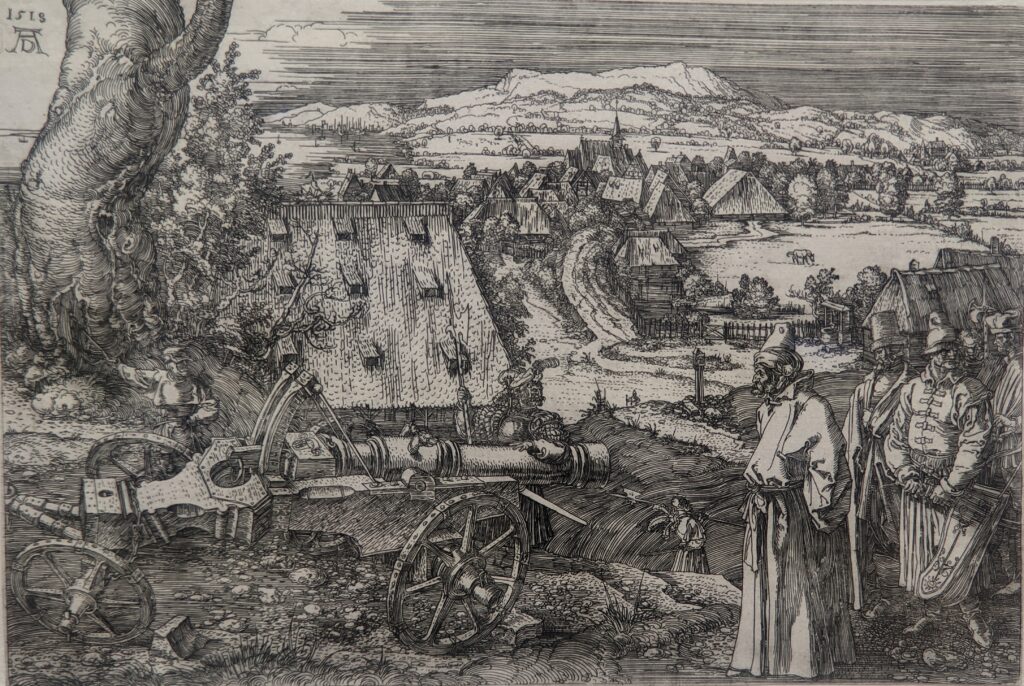
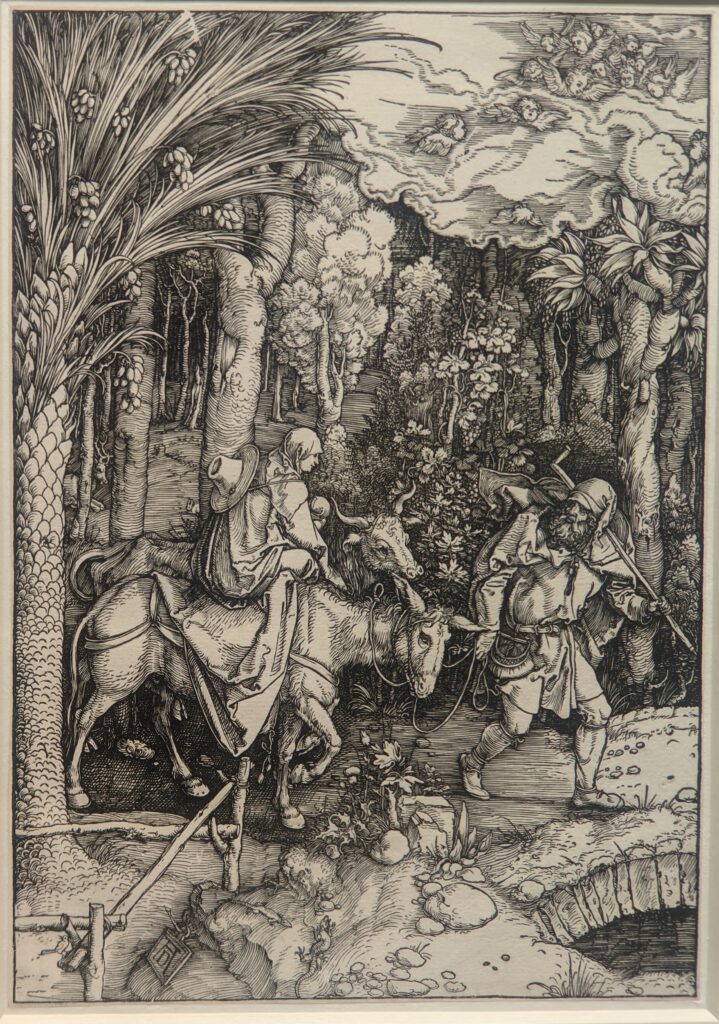
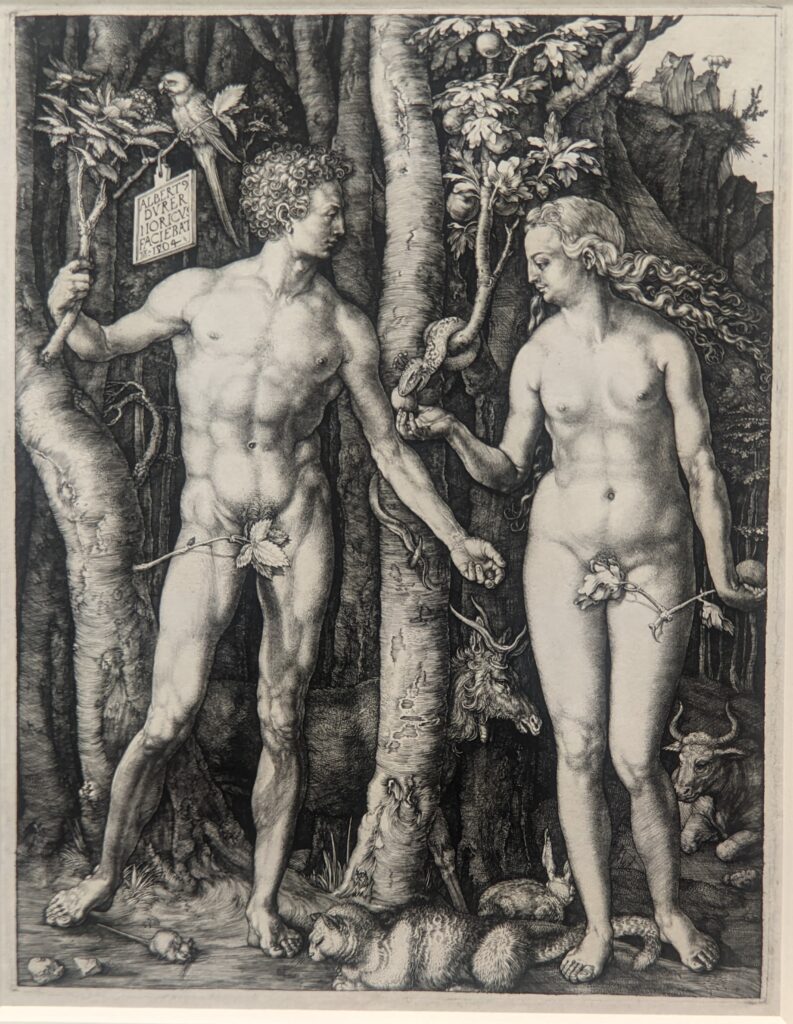
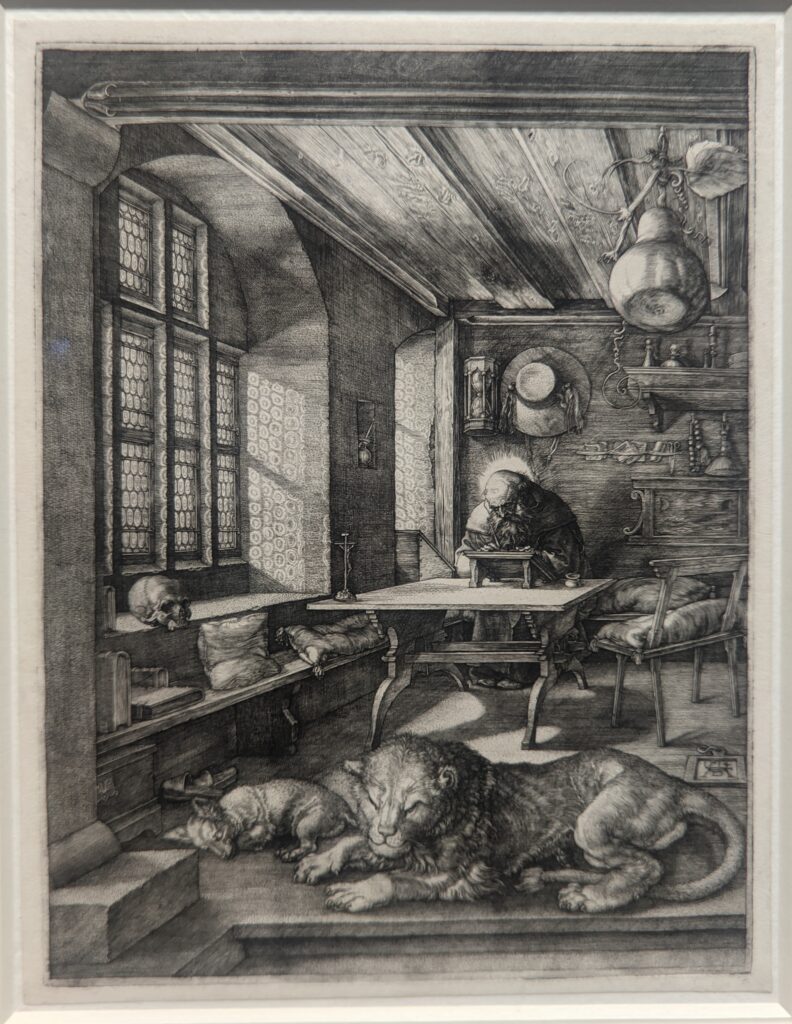
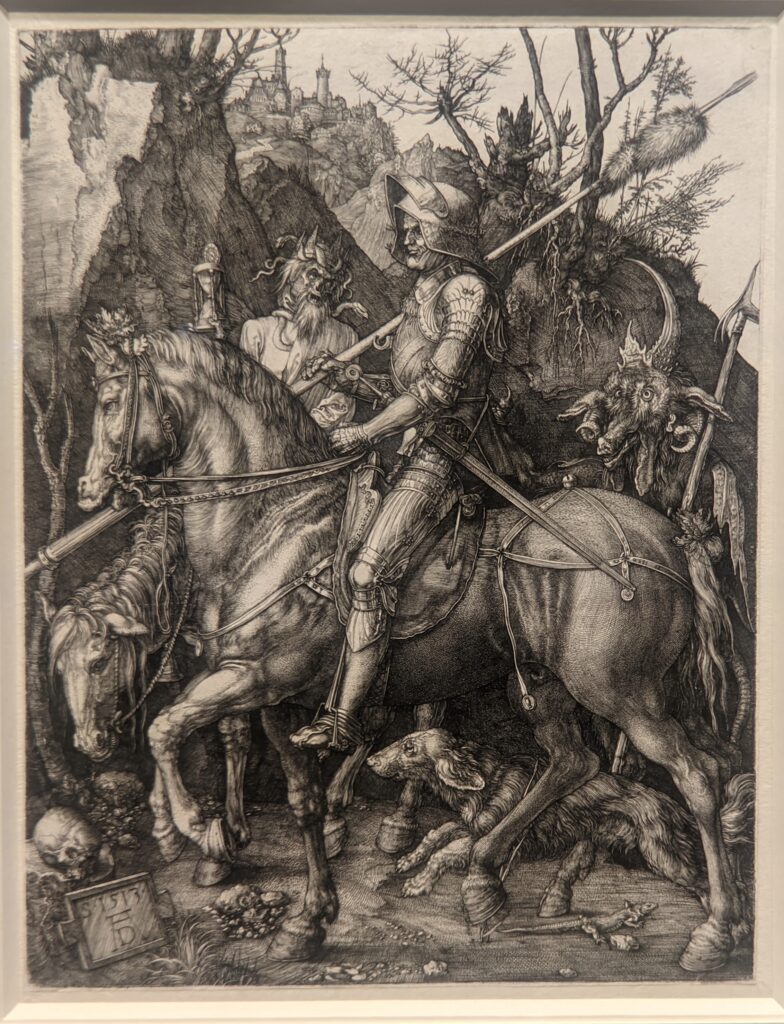
With Dürer’s amazing eyes and skilled hands, woodcut and engraving soon reached their technical limits. By the 1550s and 1560s, Bruegel the Elder and others concluded that etching offered expanded opportunities for technical and creative experimentation. Spontaneous line work brought etching closer to drawing than any other printing process, and the techniques of drypoint (with softer lines) and etching (crisper lines) reached their peak in the middle of the 17th century with Rembrandt.

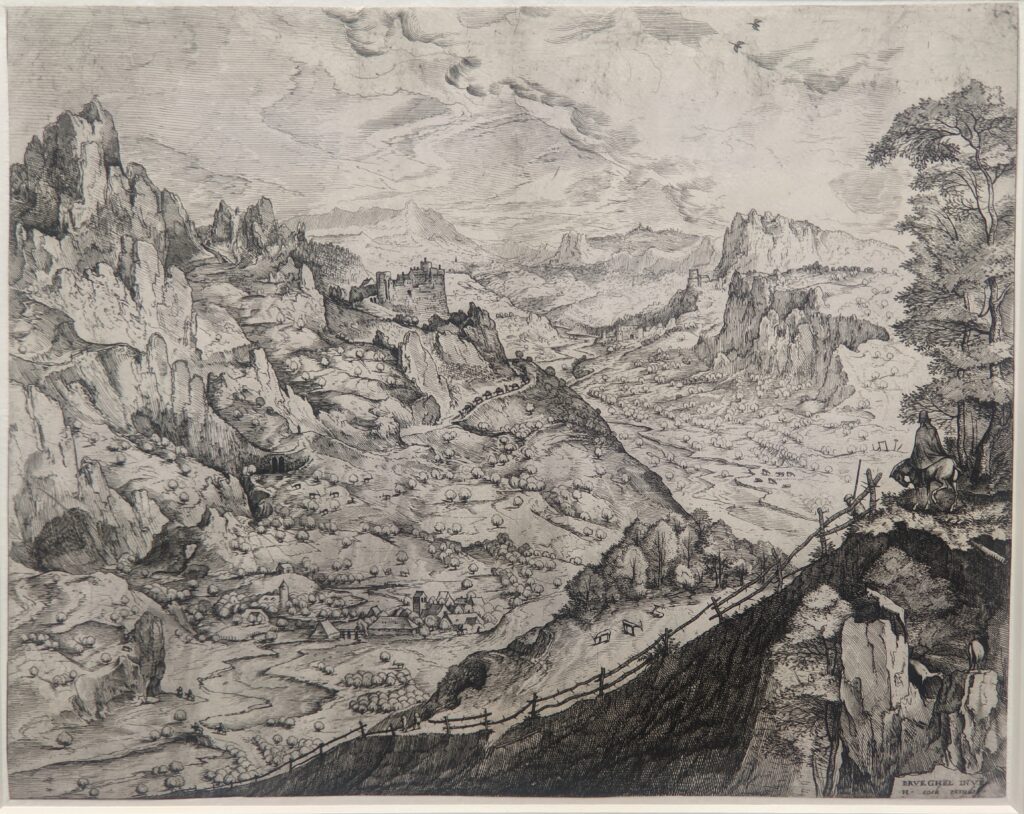

Albertina’s Etchings by Rembrandt van Rijn (1606 — 1669)
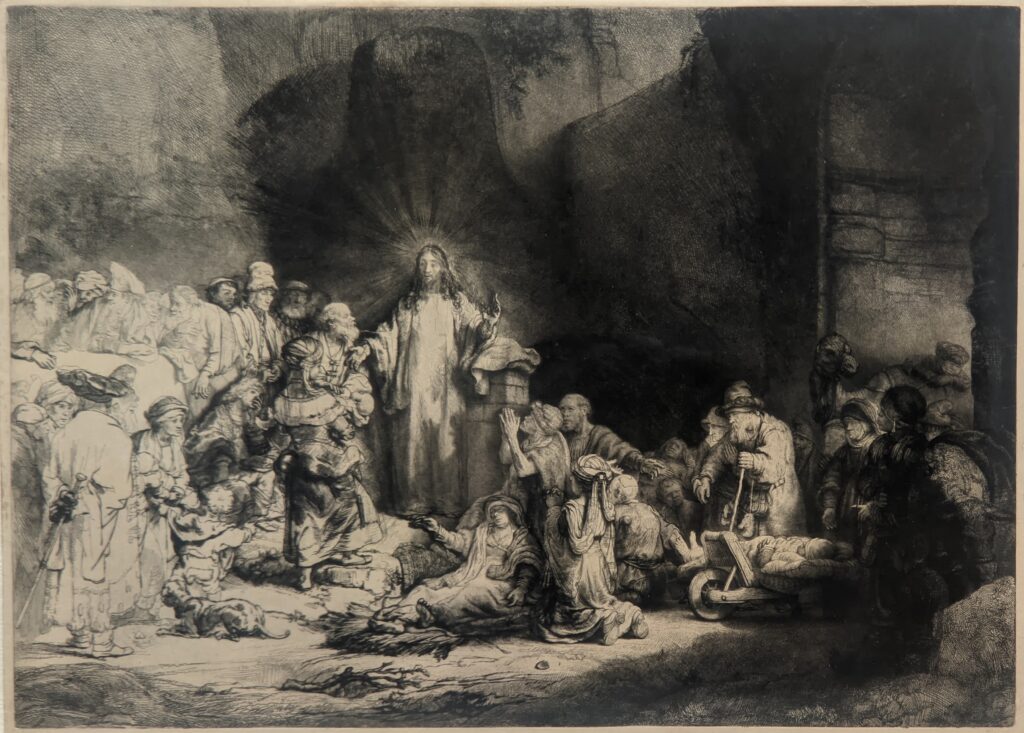
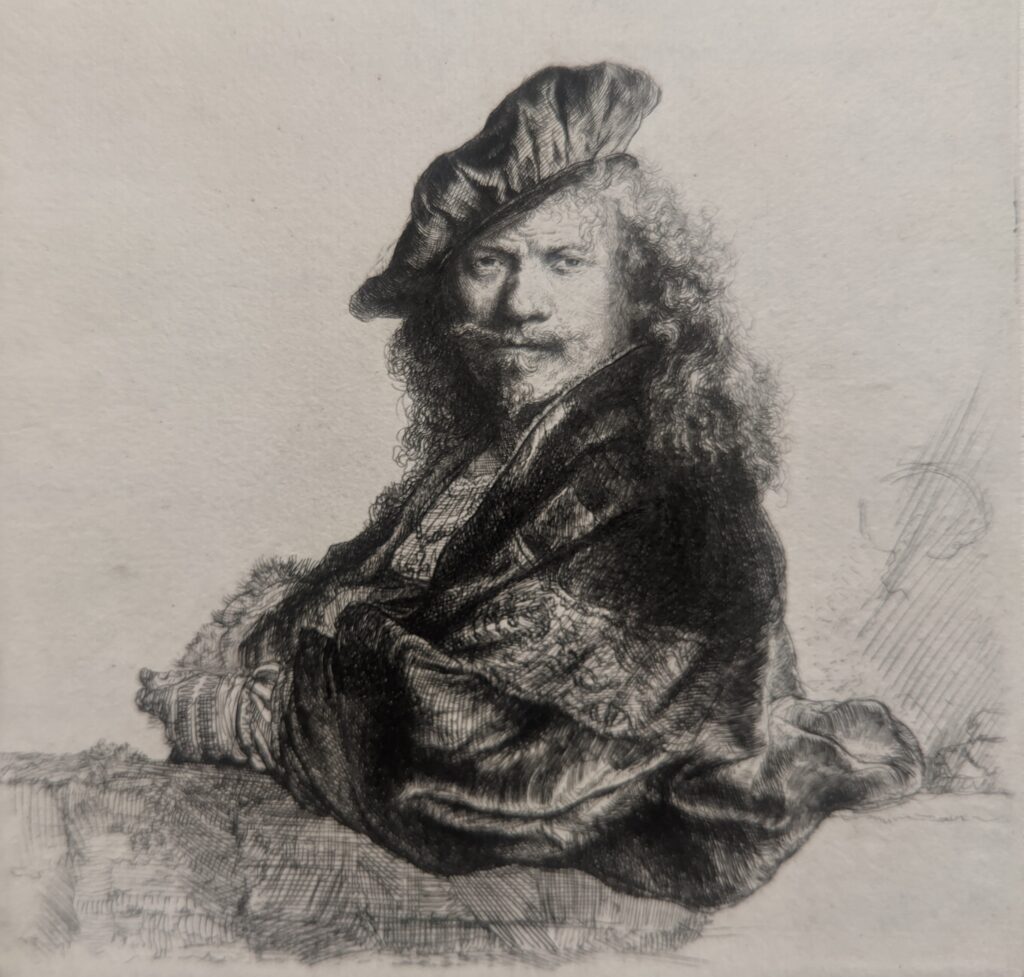
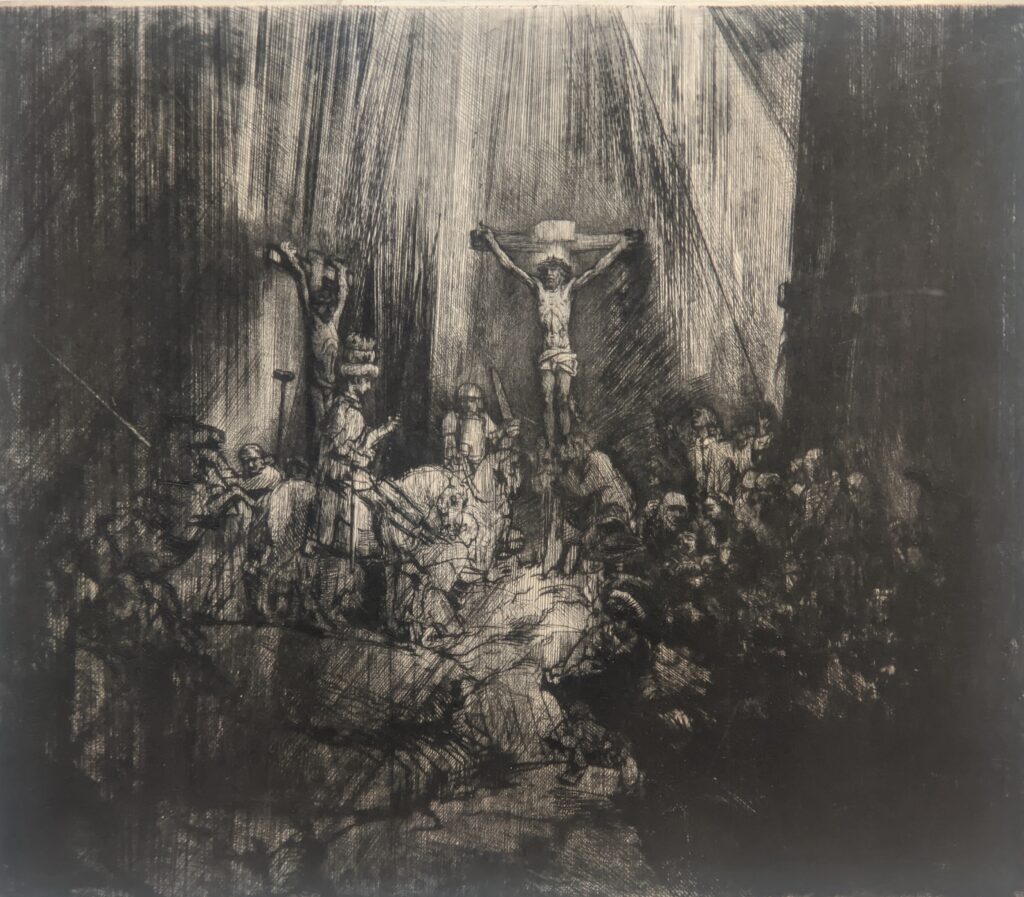
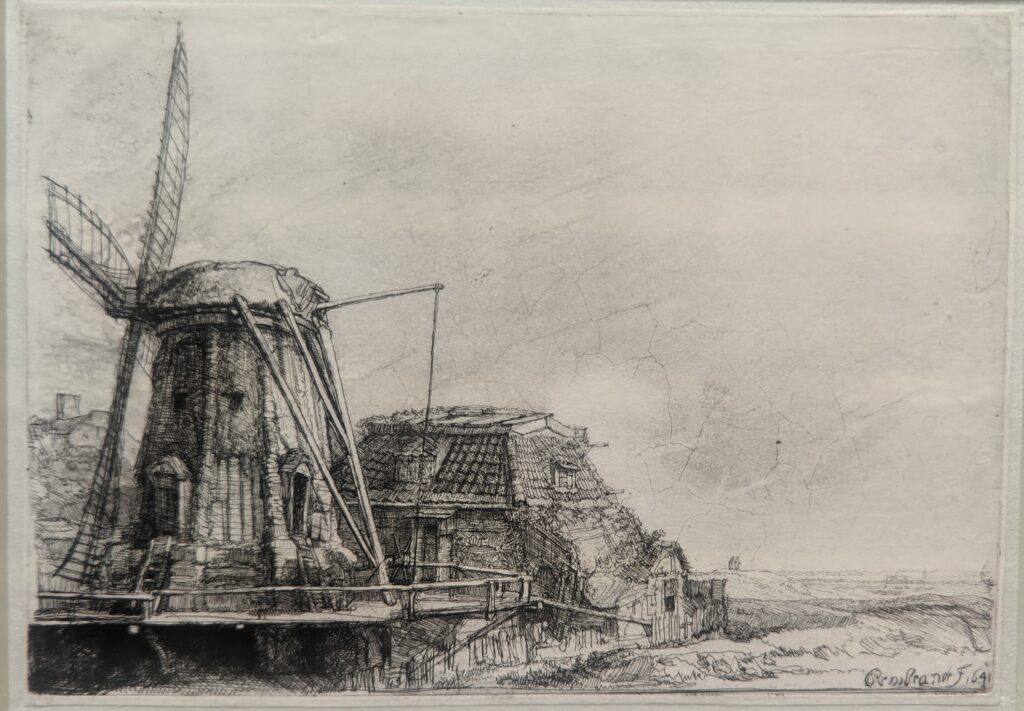
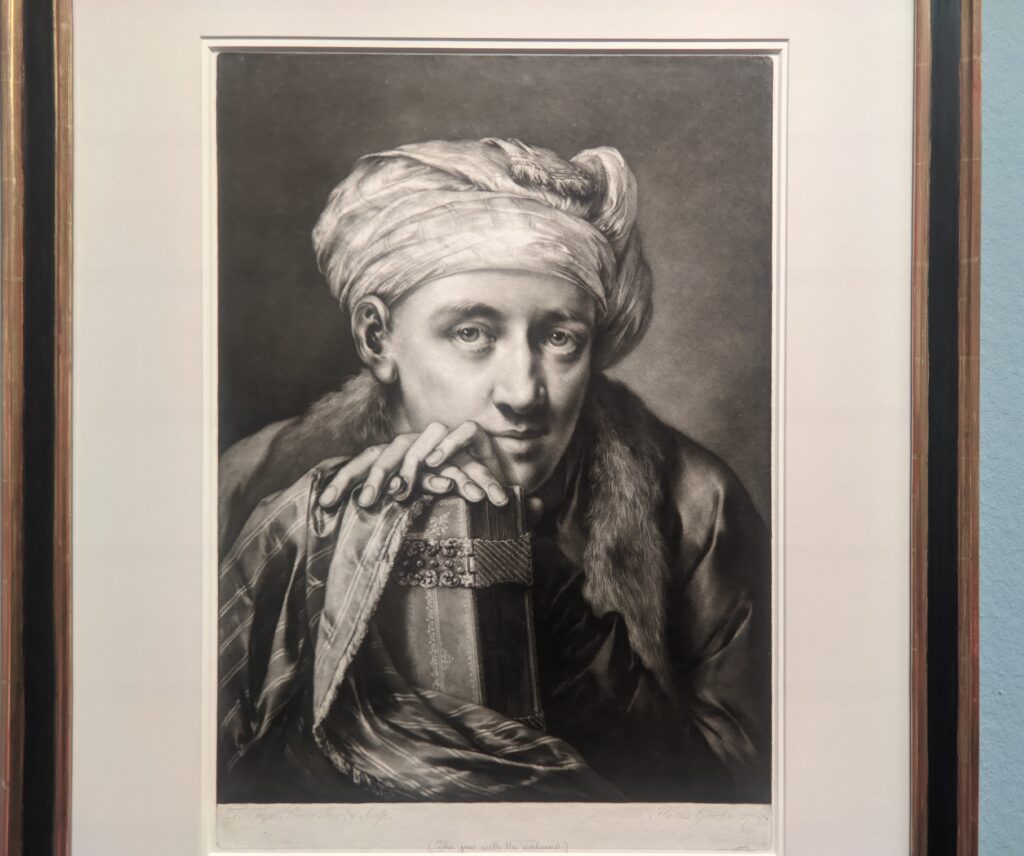
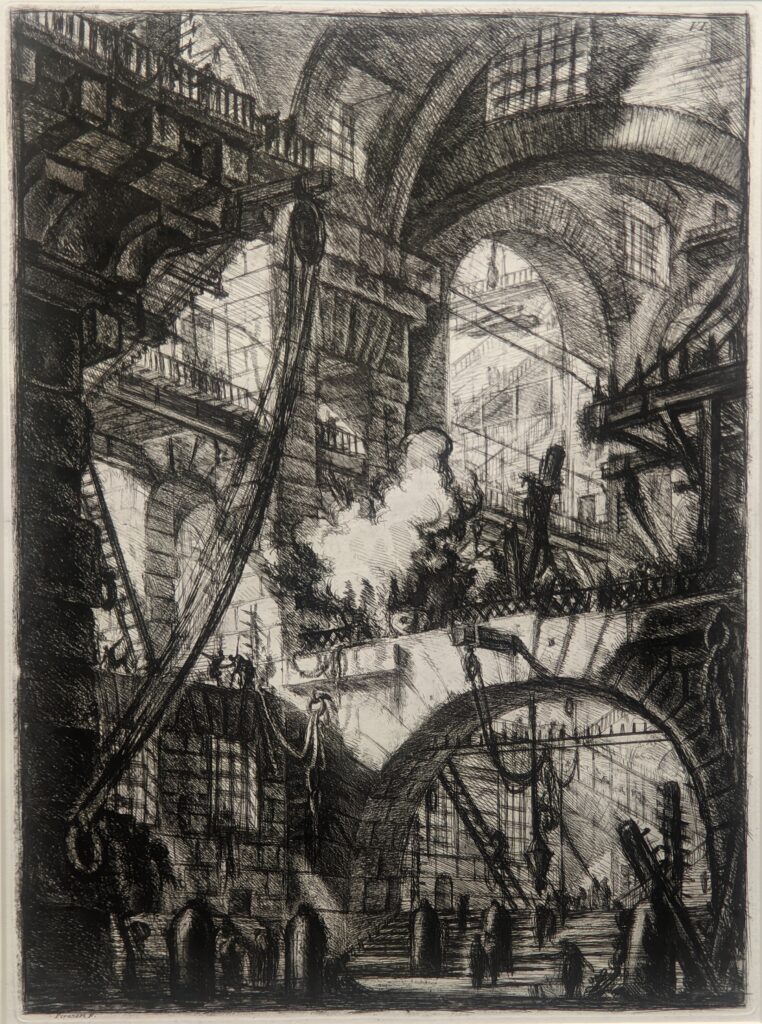
Giovanni Battista Piranesi (1720 — 1778) and Francisco Goya were among the greats of etching, a technique that was superseded by lithography in the 19th century.
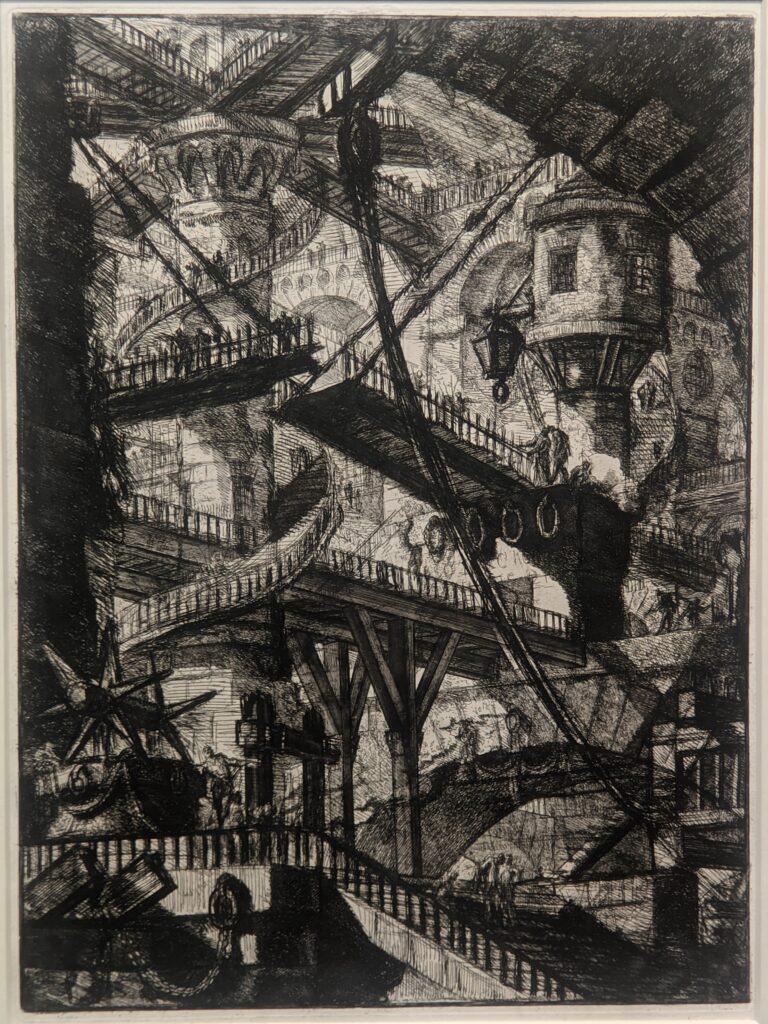

Lithography, invented in 1796, made it possible to produce sizeable print runs without the wear and tear on printing plates that over time leads to a loss in quality. Inspired by Goya’s 1814 painting “The Third of May 1808,” Manet used lithography (below) to depict the death of Emperor Maximilian. The exhibition “DÜRER MUNCH MIRÓ The Great Masters of Printmaking” closed at the Albertina in Vienna on May 14, 2023.

The Albertina, Vienna
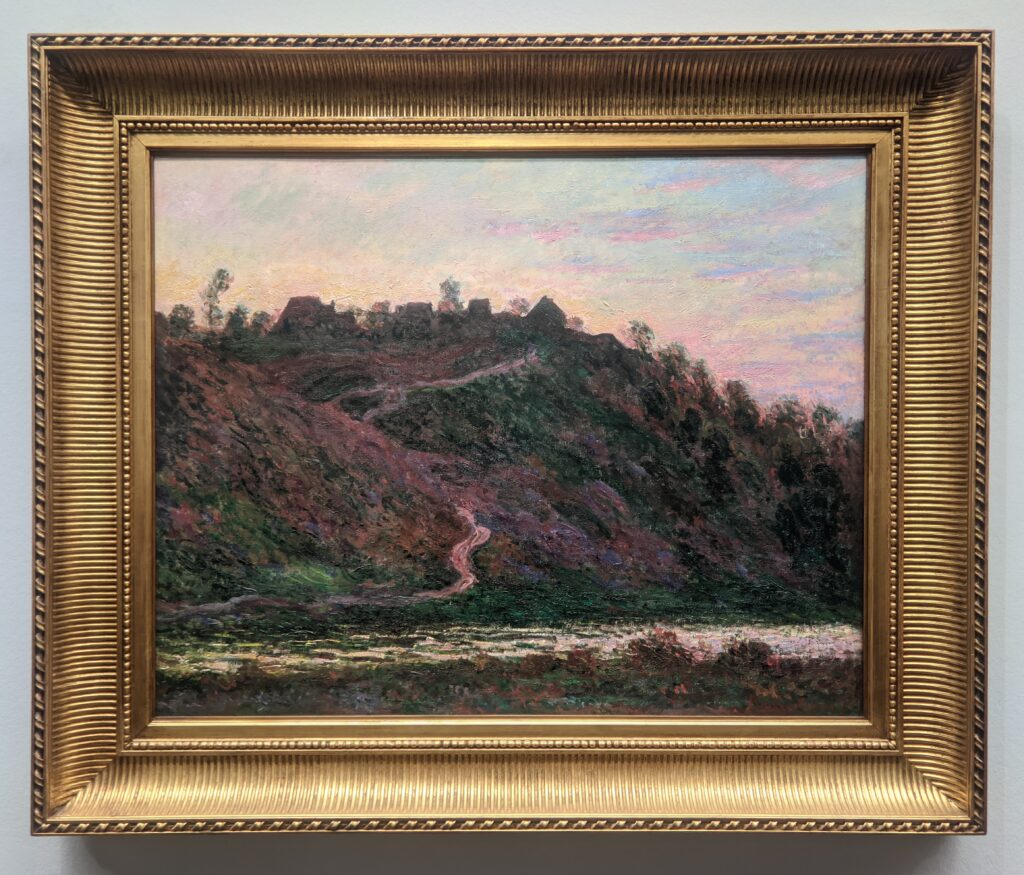
Monet to Chagall
The permanent display of modern art at the Albertina features the Batliner Collection, and begins with Impressionist and Post-Impressionist masterpieces. Additional highlights include the major Expressionist groups and artists of the New Objectivity active in Germany and Austria, as well as the avant-garde from Russia and Spain in the early part of the 20th century.


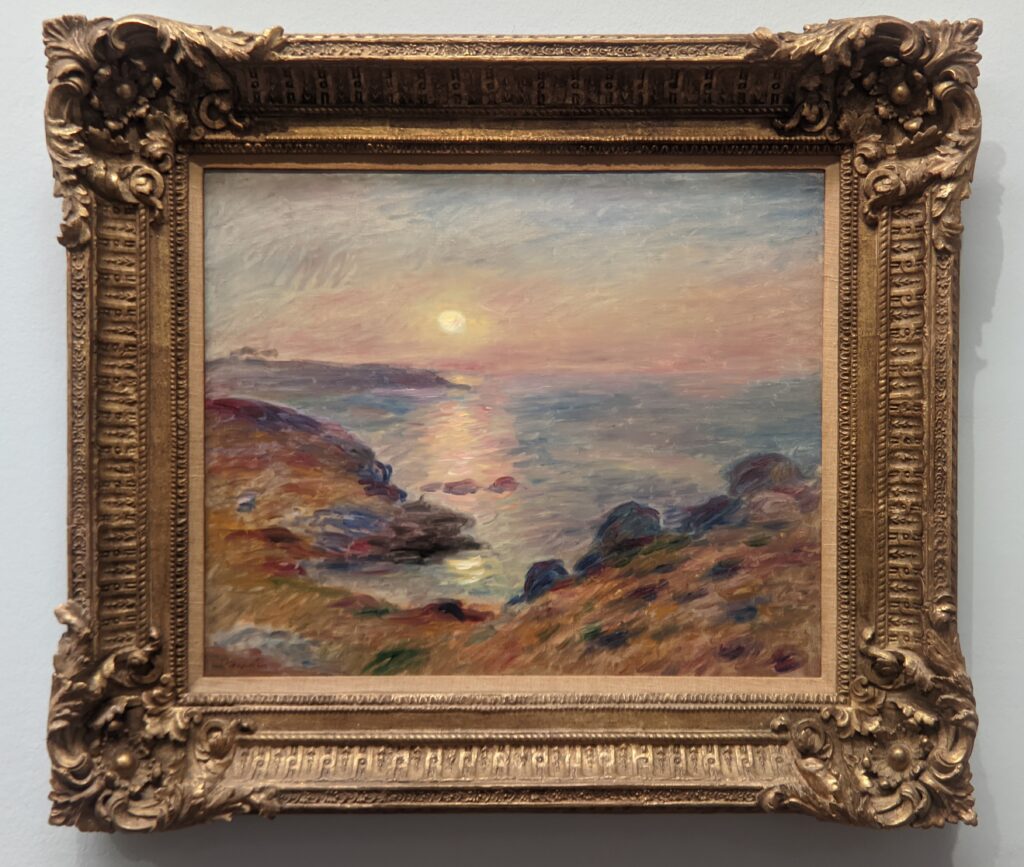
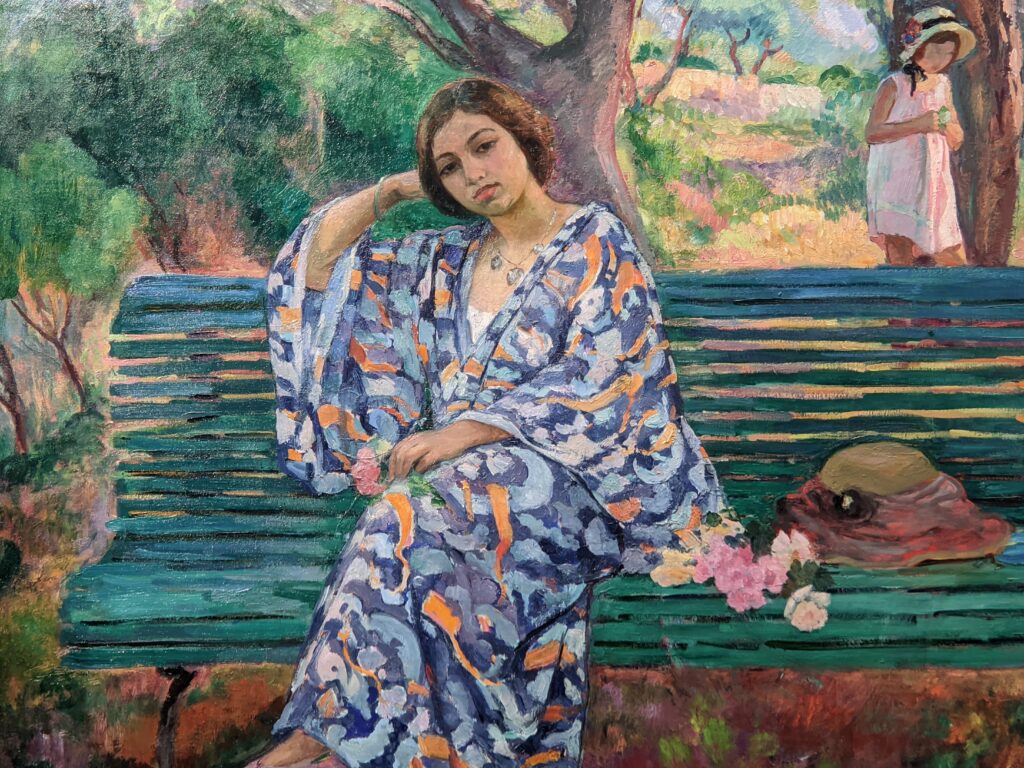

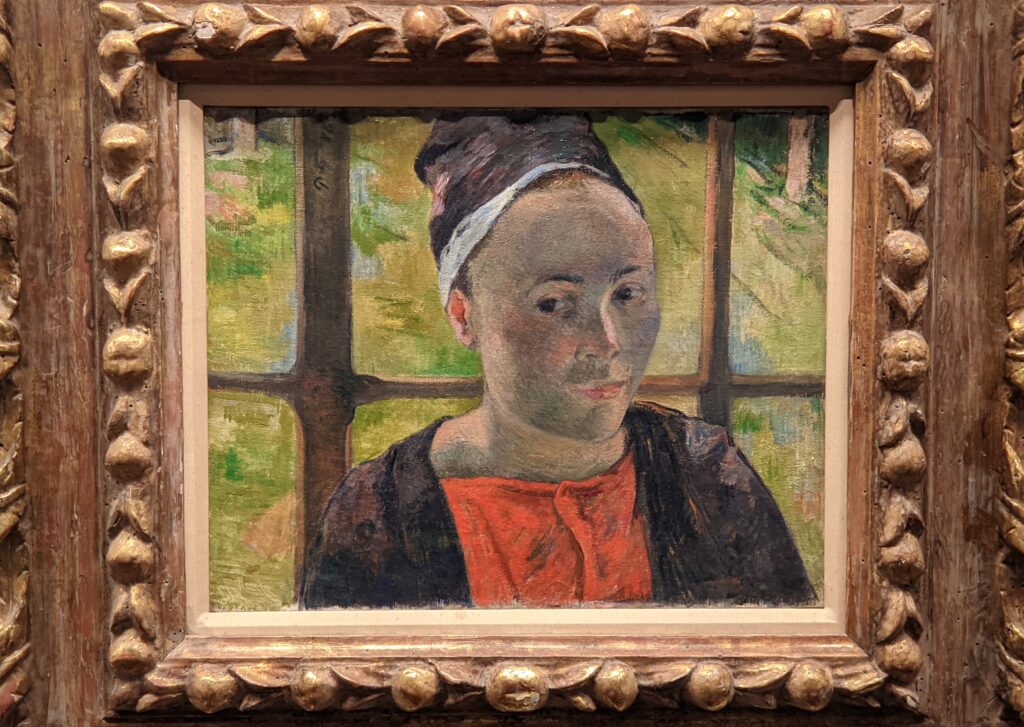
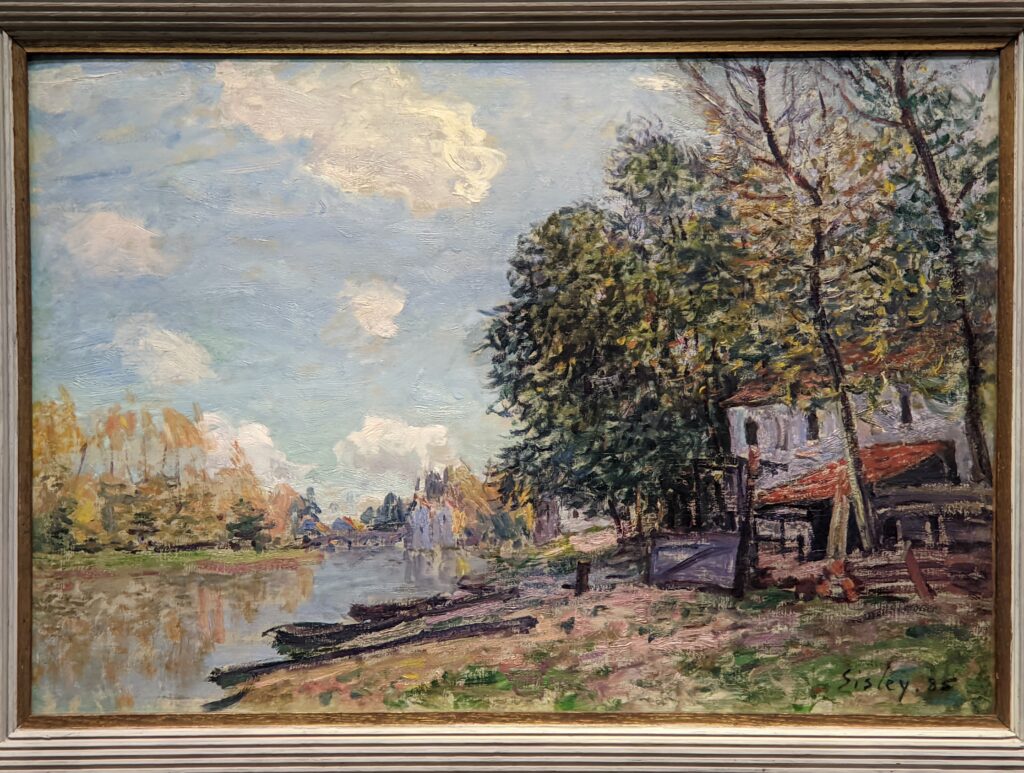
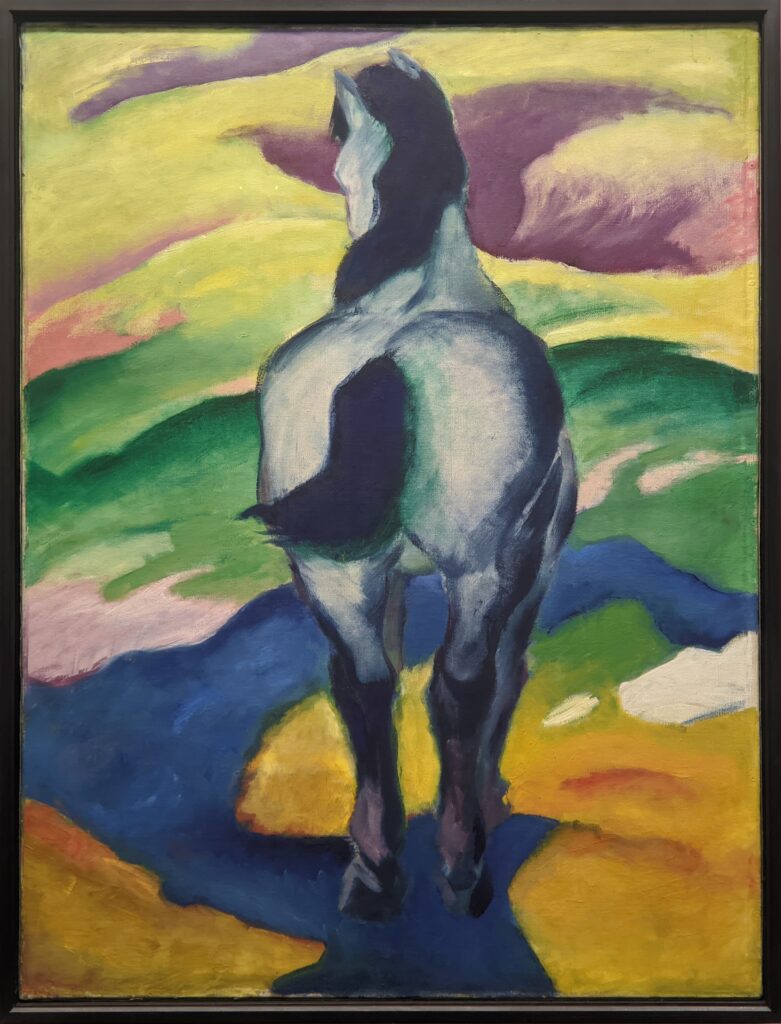

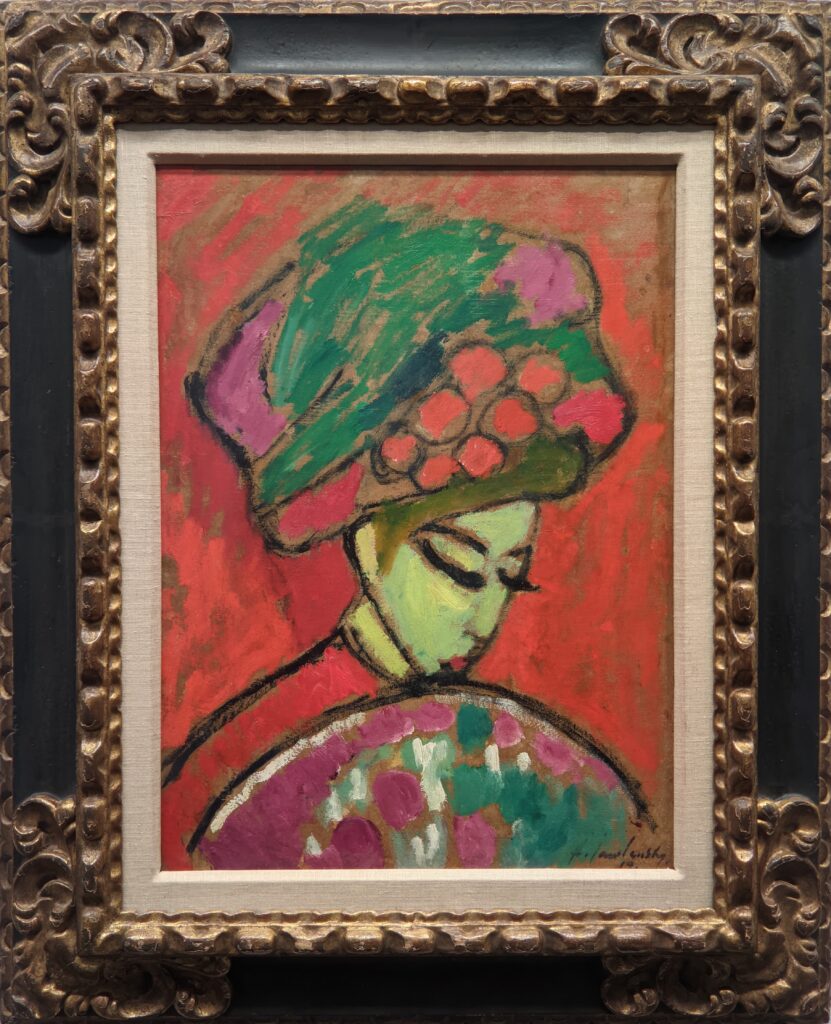
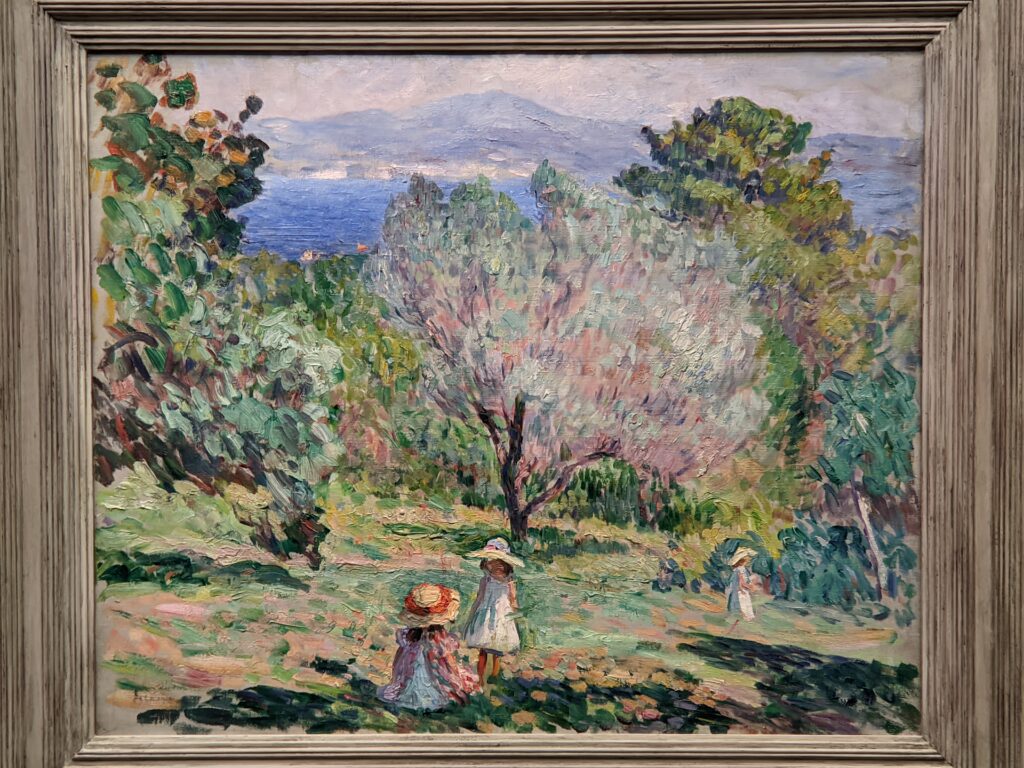
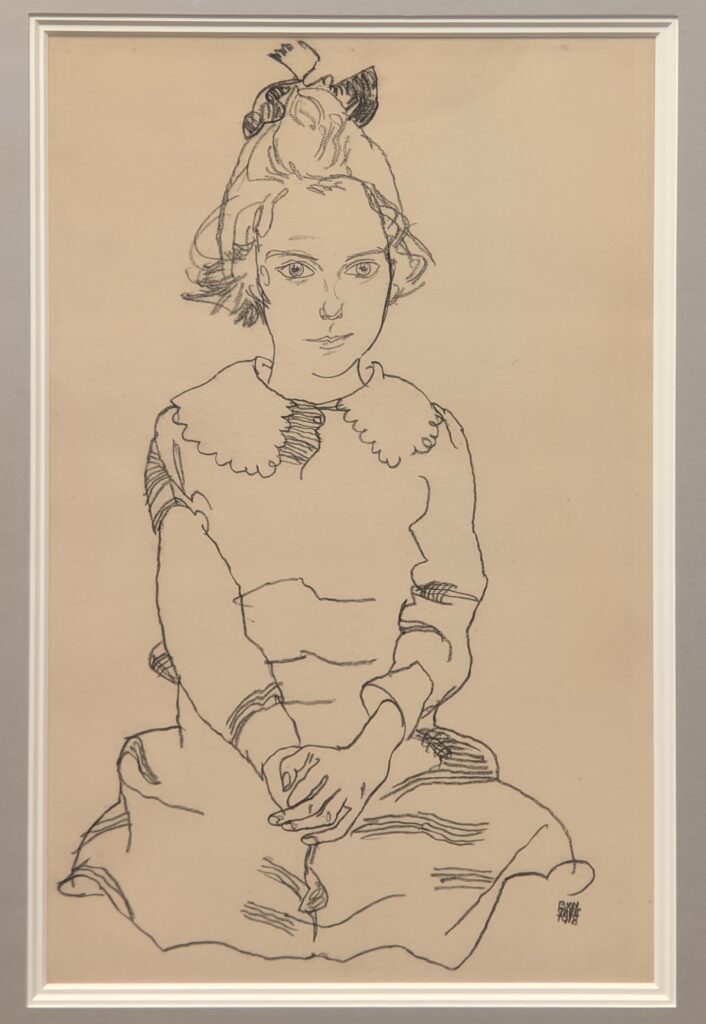
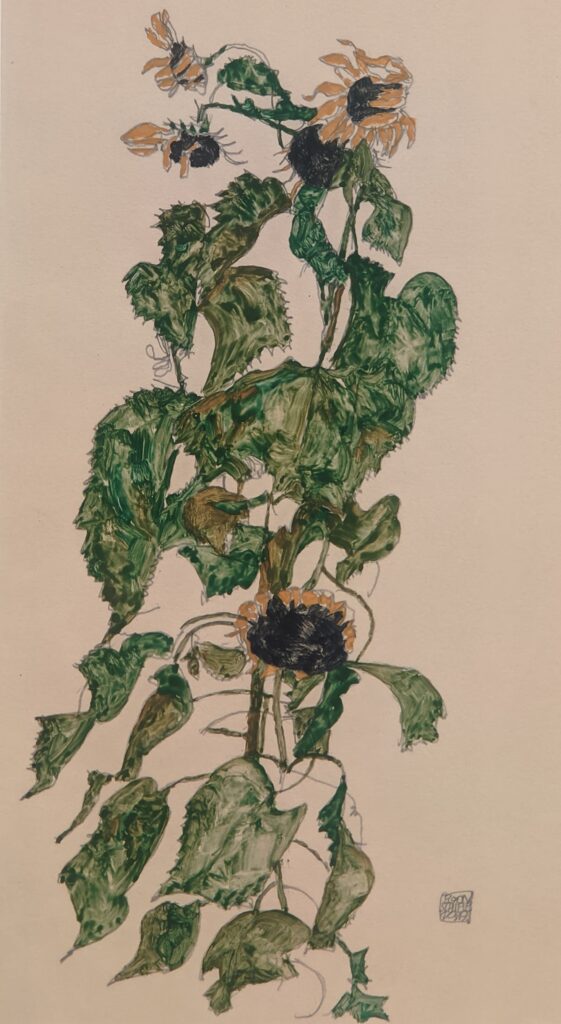


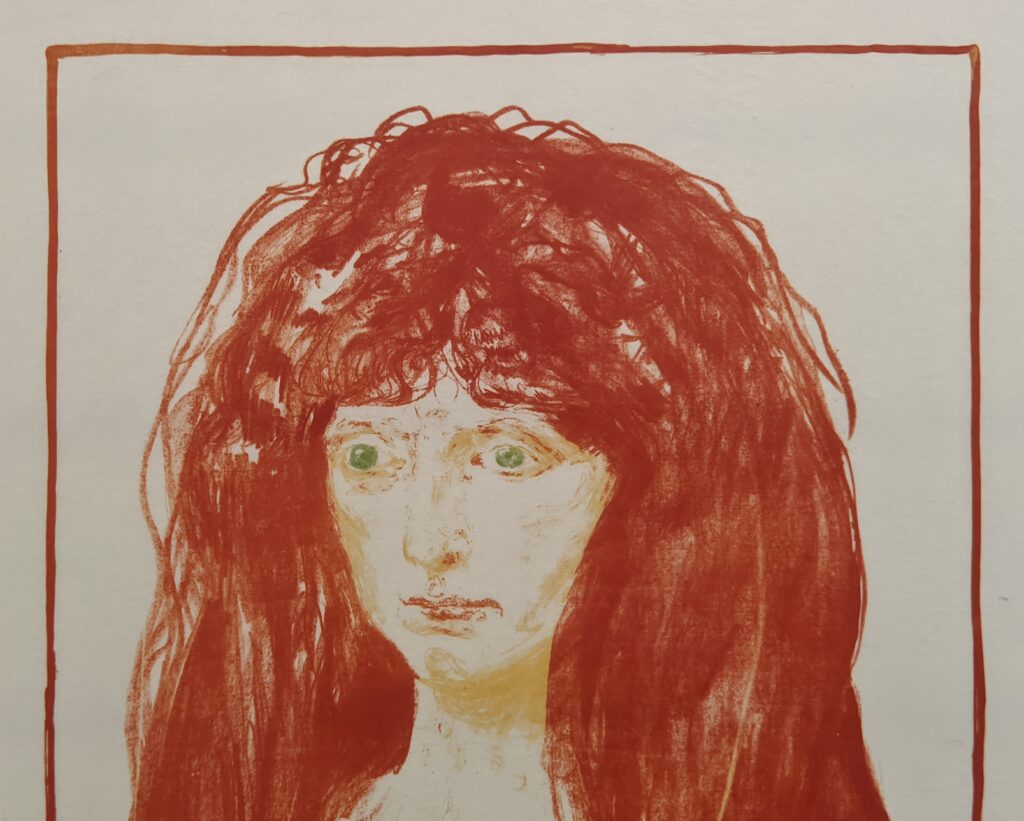

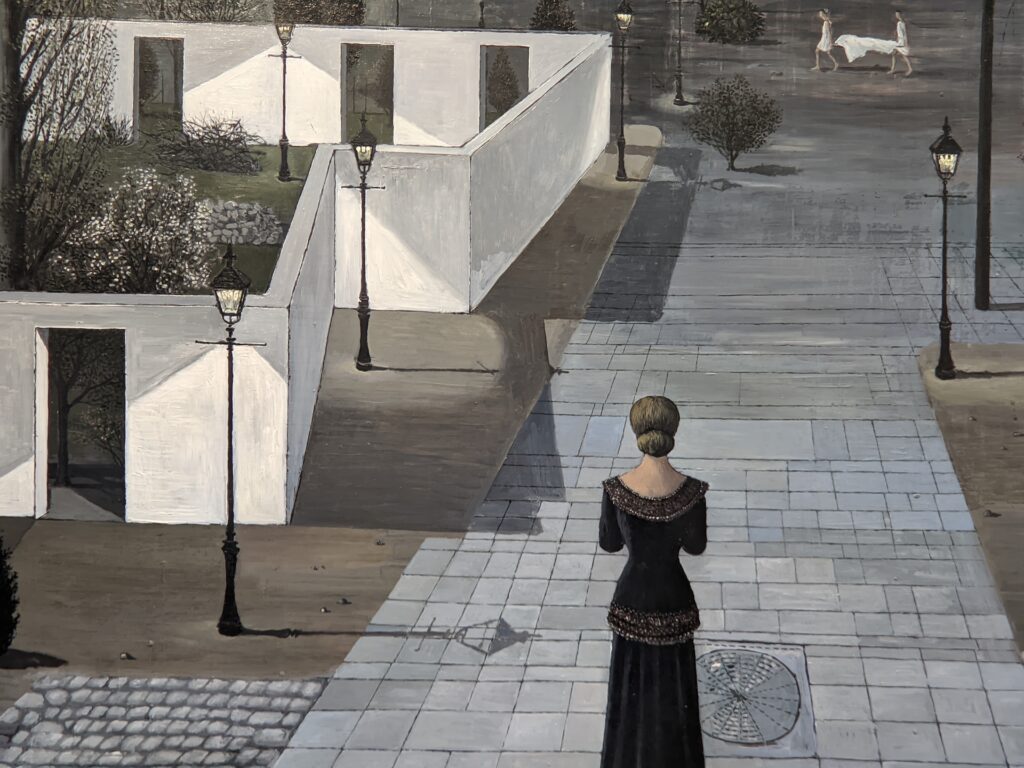
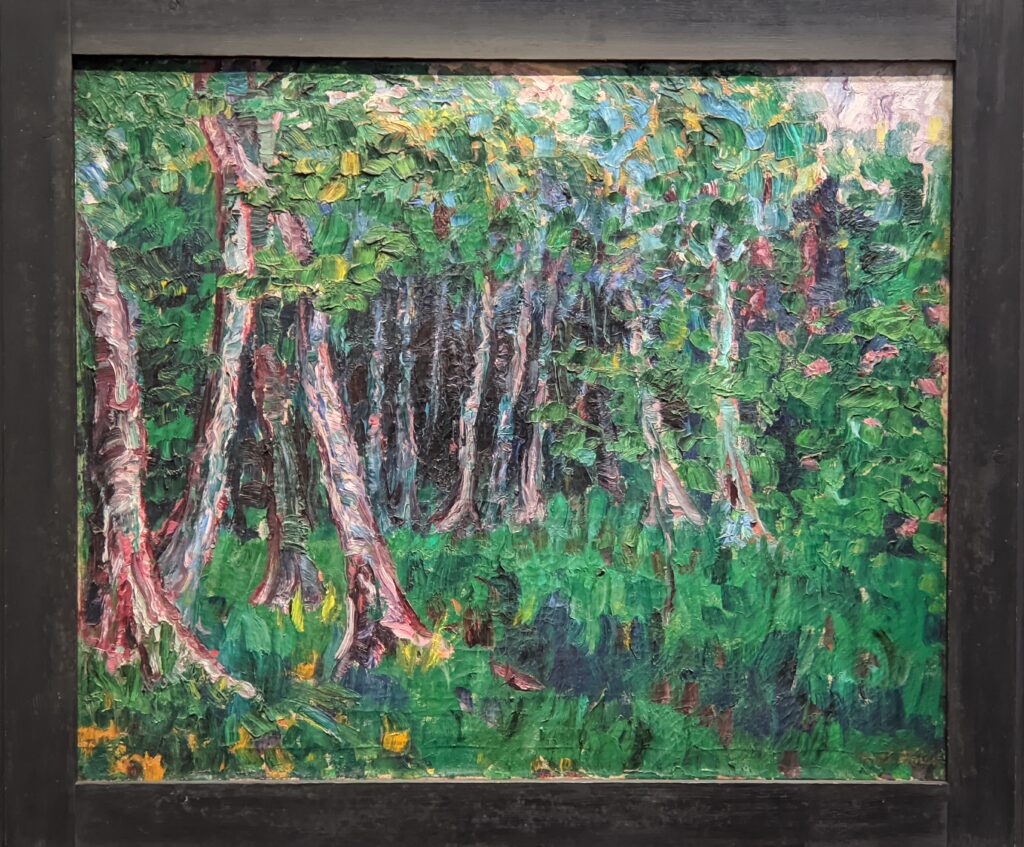
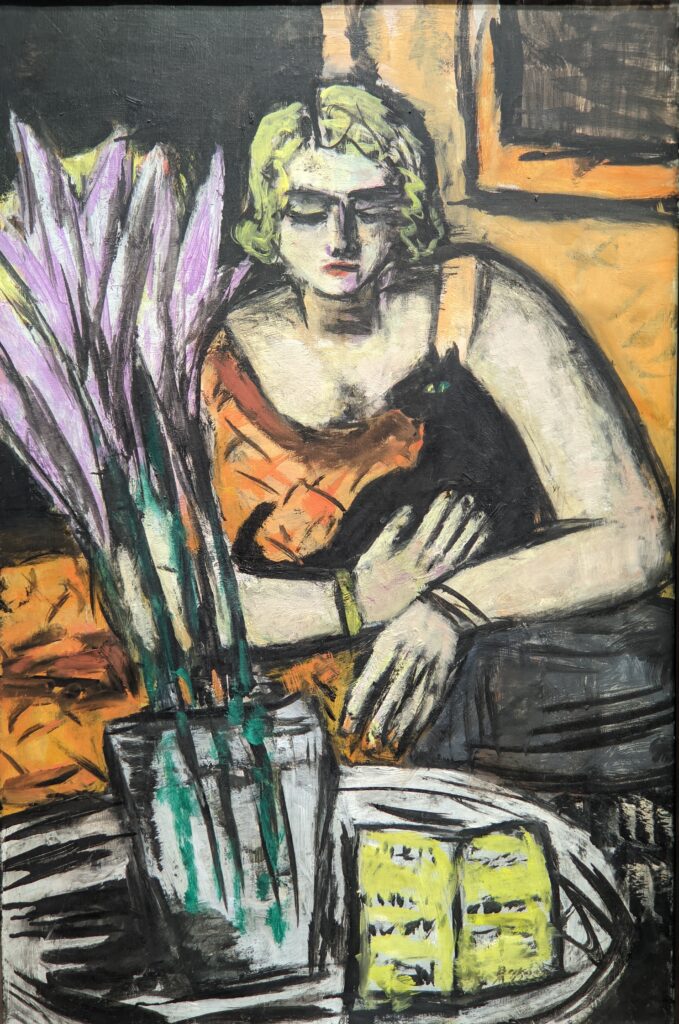
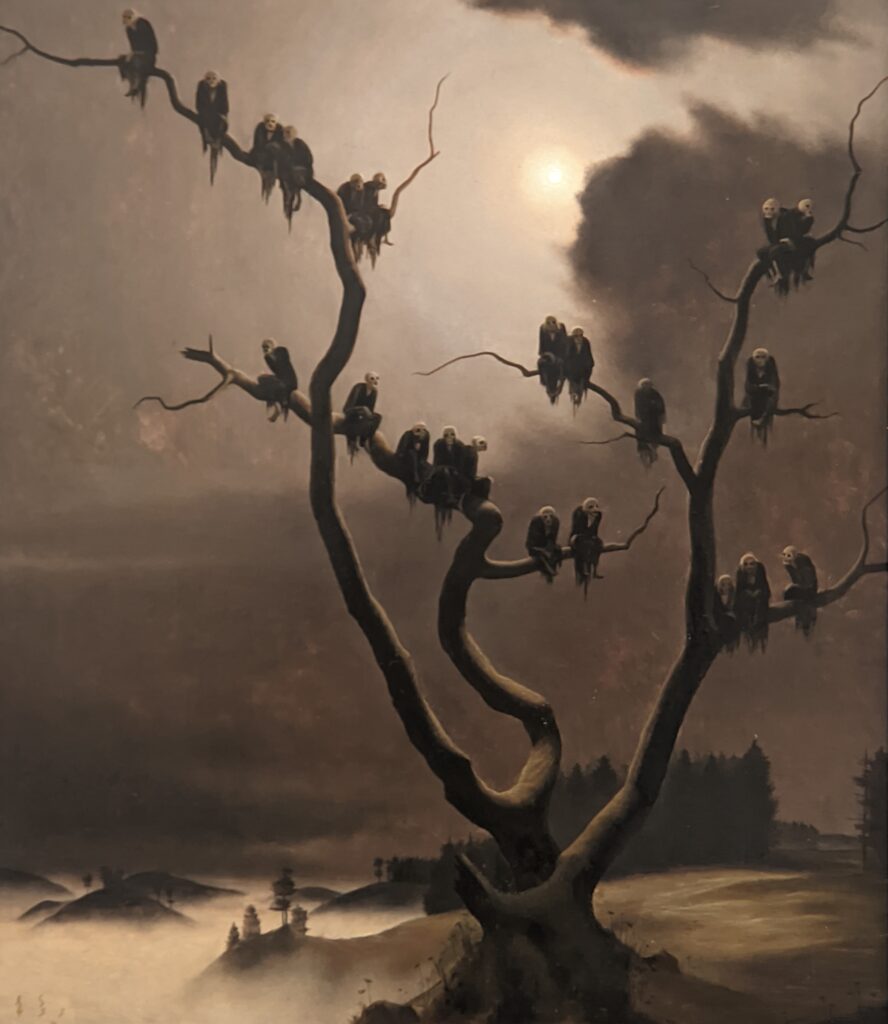


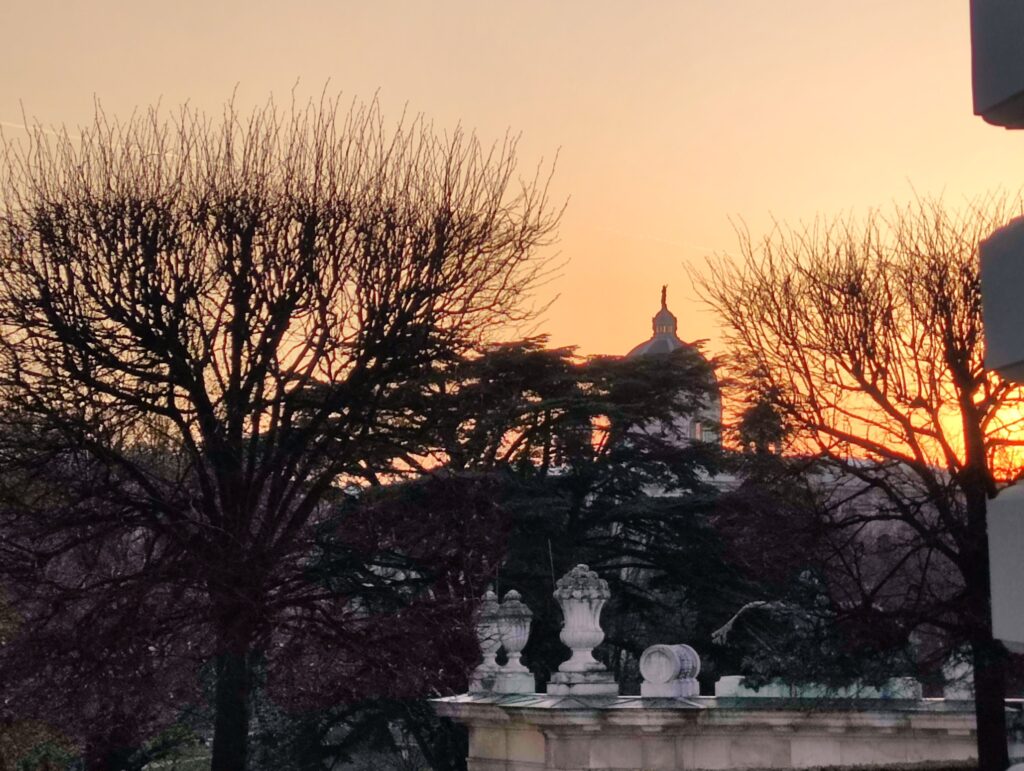
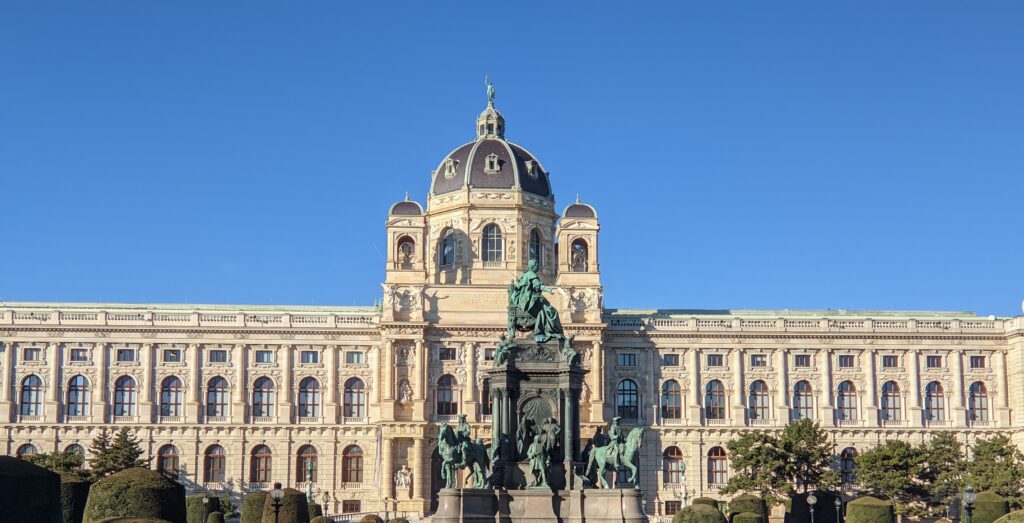
Kunsthistorisches: the Second Greatest Museum in Vienna
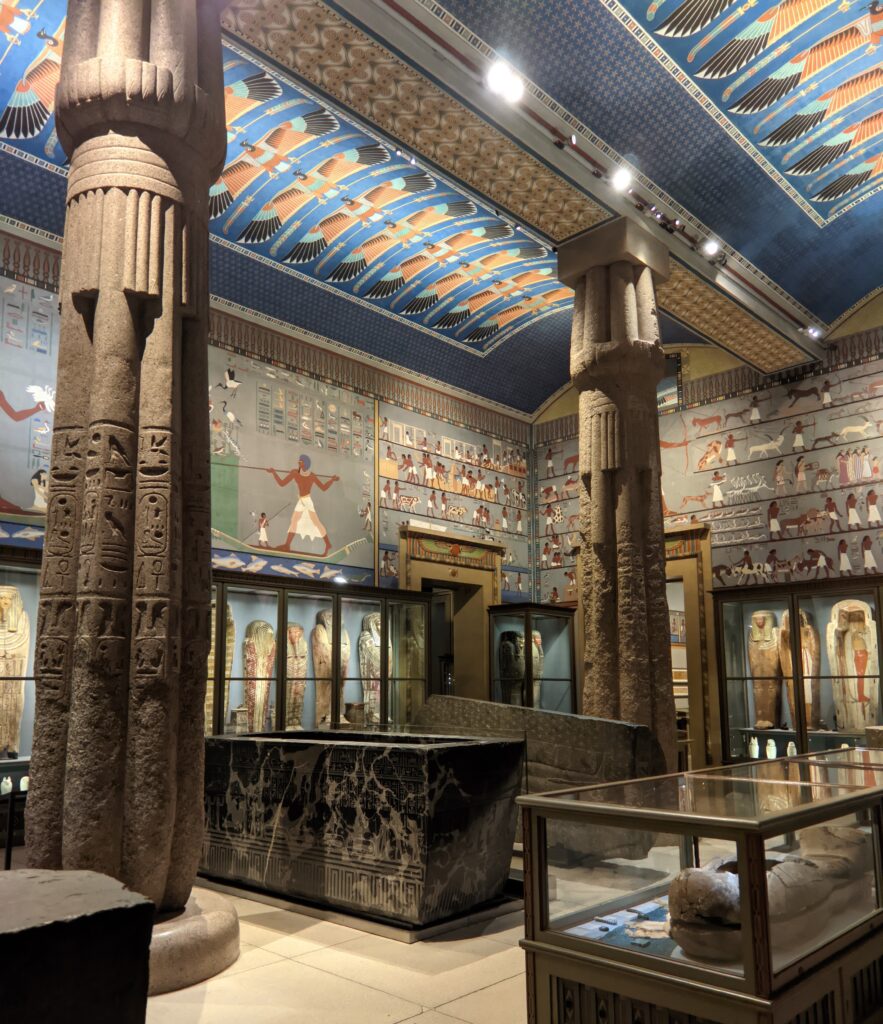

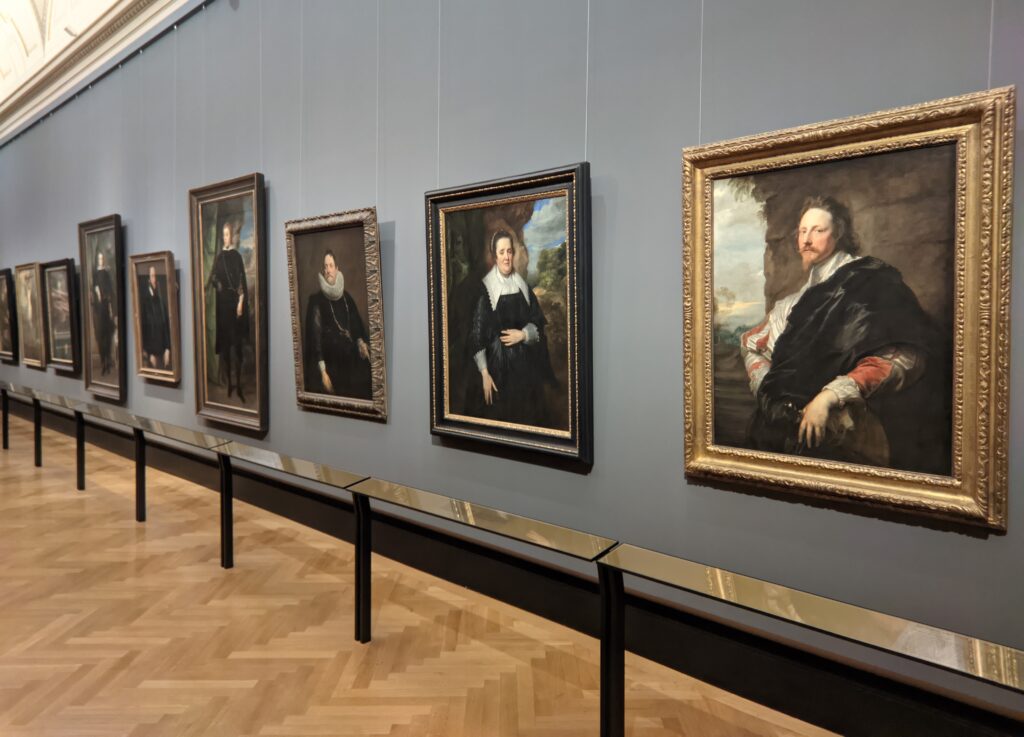
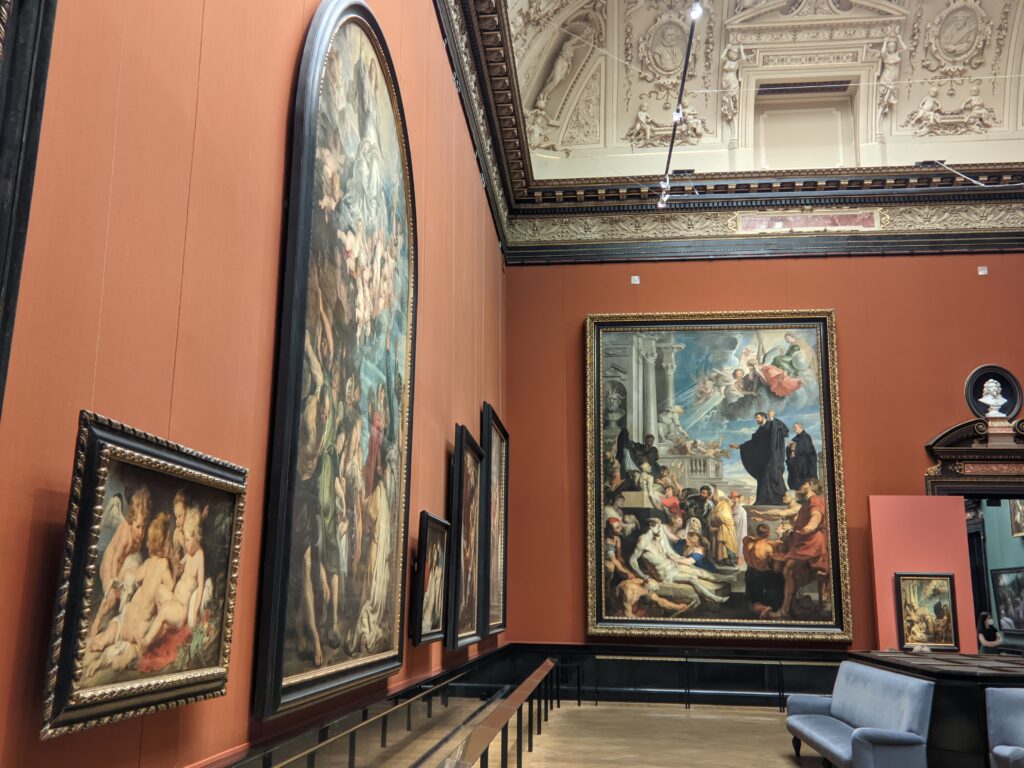

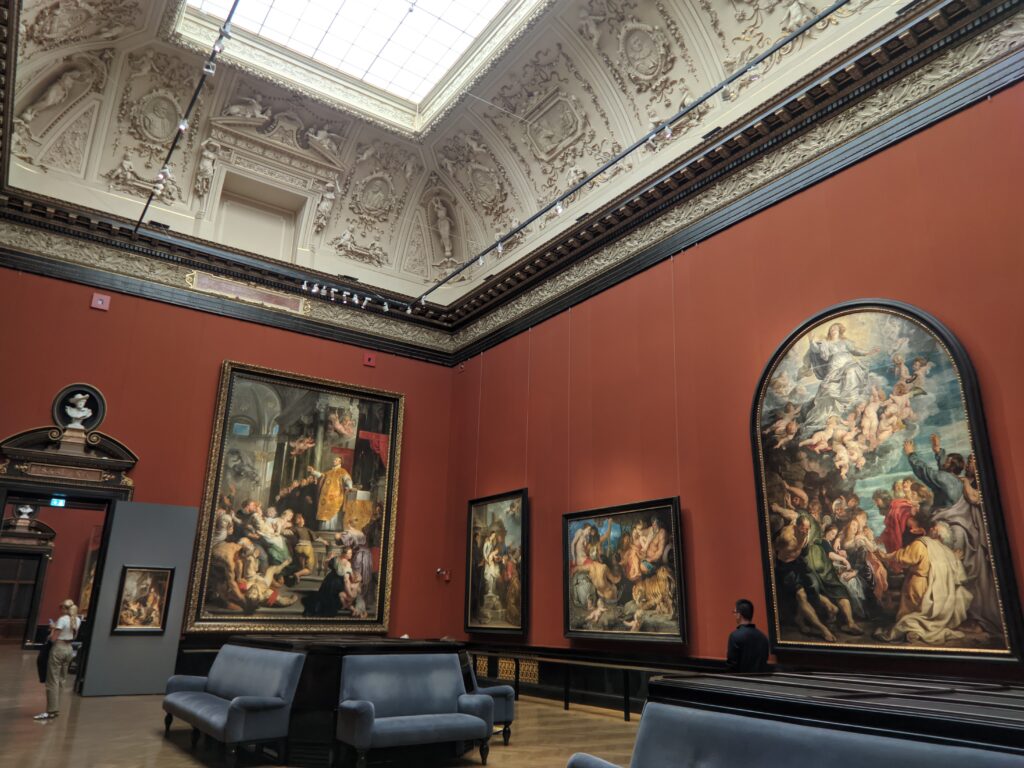
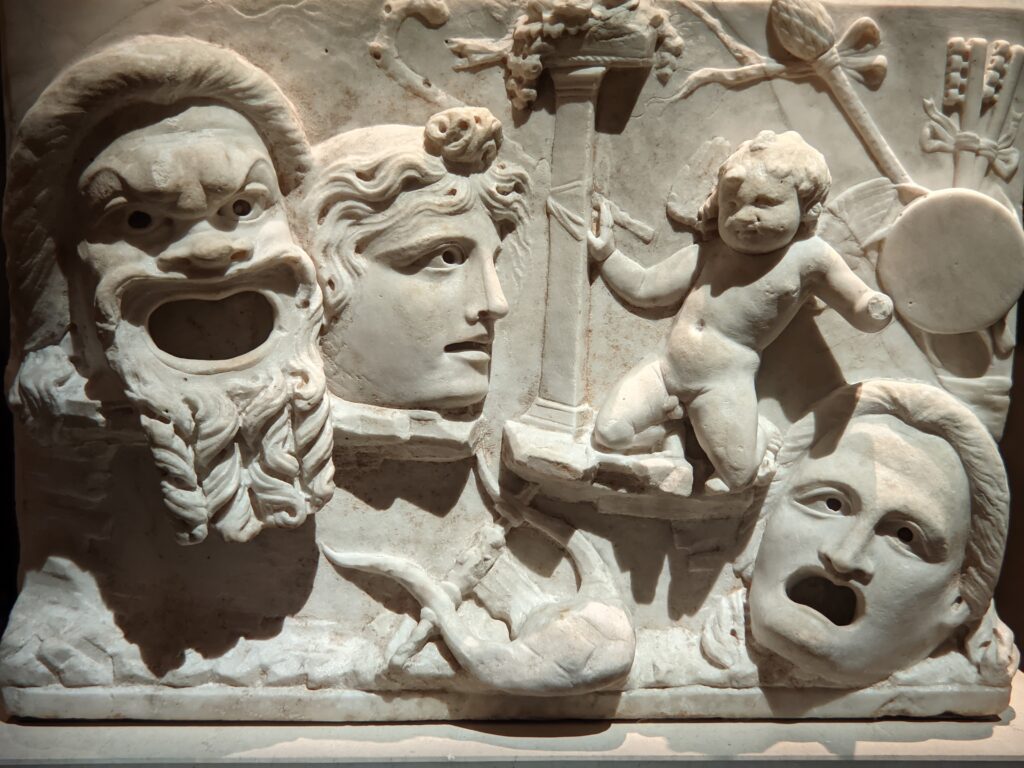

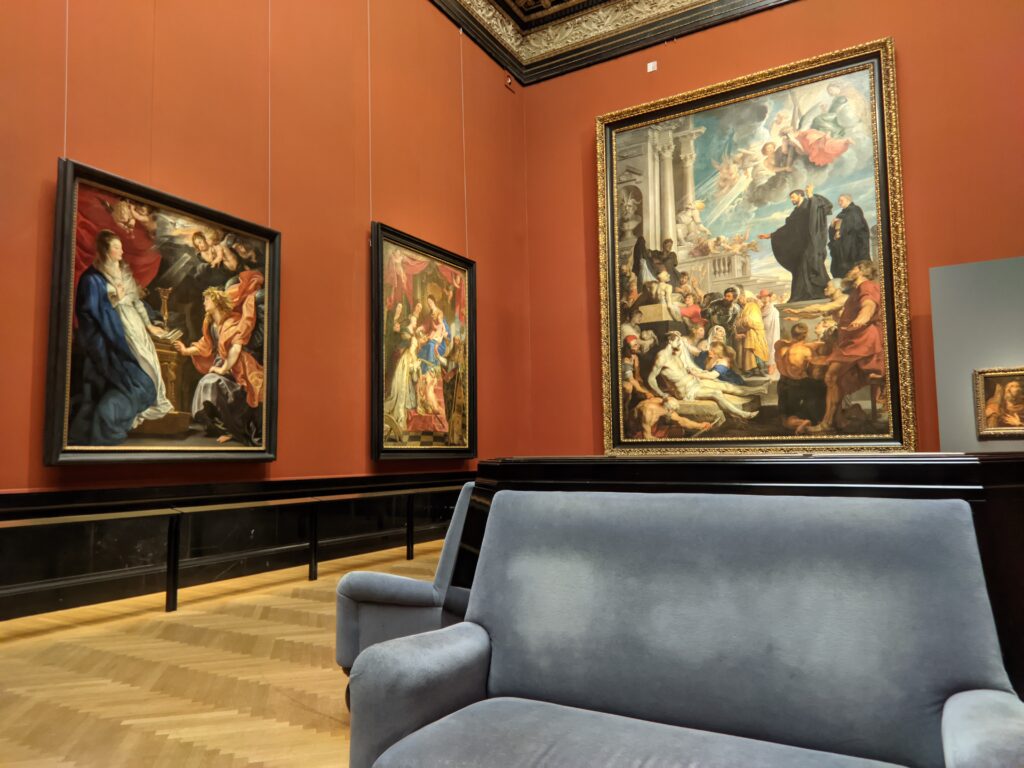
The Picture Gallery inside the Kunsthistorisches Museum, arguably the most important of its kind in the world, developed from the art collected by the House of Habsburg. Early Netherlandish masters such as Van Eyck, Van der Weyden and Memling, German Renaissance painters (Dürer, Cranach) and 17th-century Flemish artists (Rubens, Van Dyck) are beautifully represented here. The collection of art created by Pieter Bruegel the Elder (born in Breda between 1525 and 1530) is the world’s largest and most important. Famous for his innovative choices regarding subject matter, Bruegel was a formative influence on the Dutch Golden Age of painting, even though during his career he painted no portraits — one foundation of traditional Netherlandish art. He died in 1569, before reaching his mid-40s. Of the 40 surviving paintings by Bruegel, 12 can be found here in Vienna.

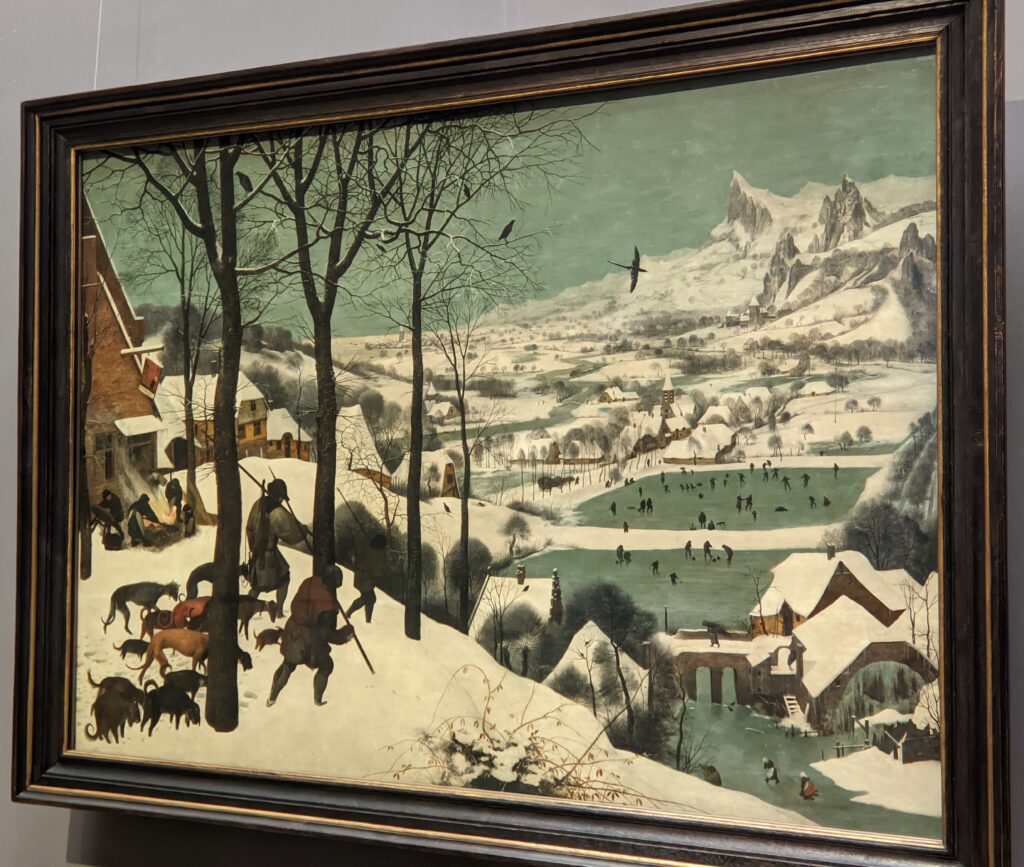
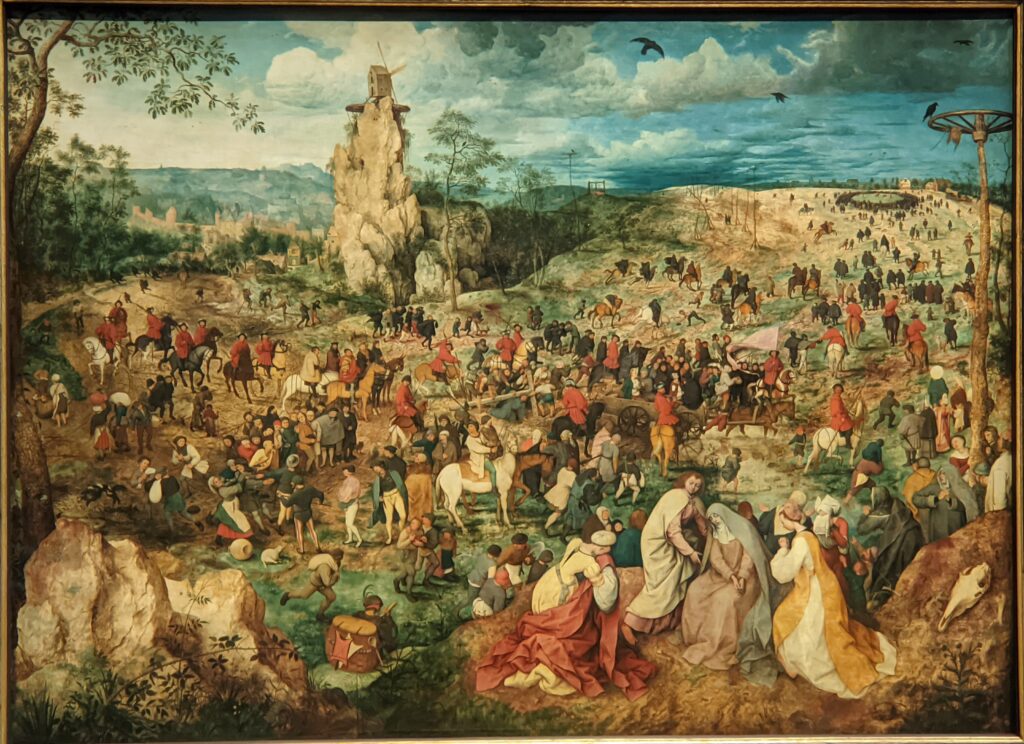
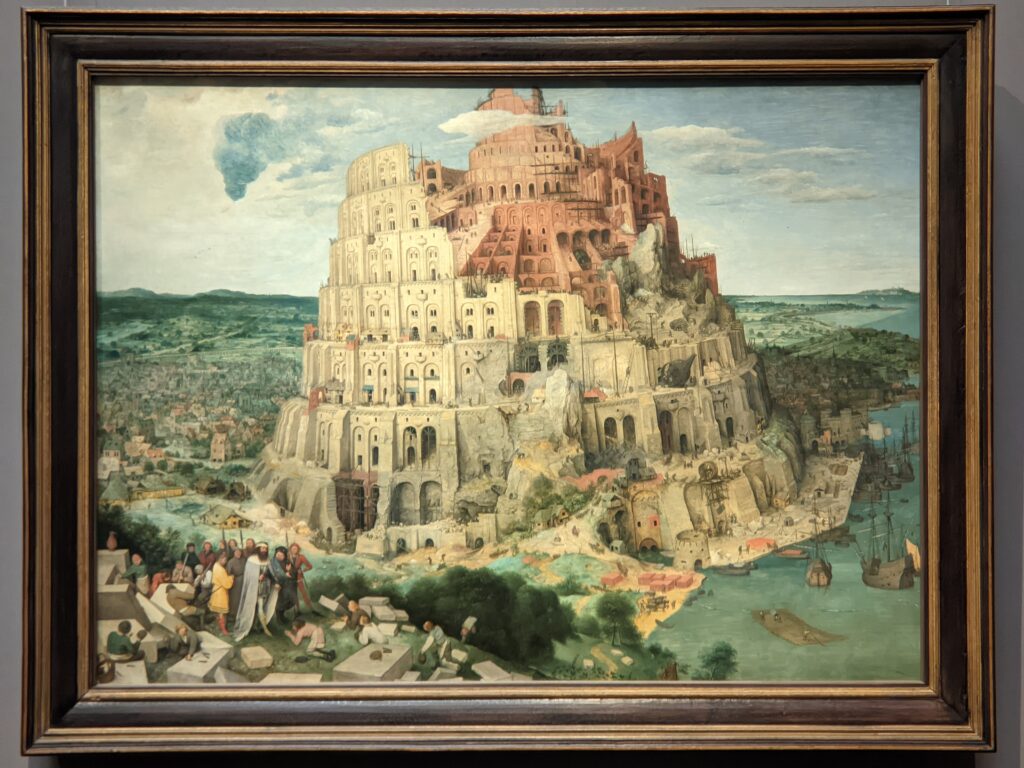
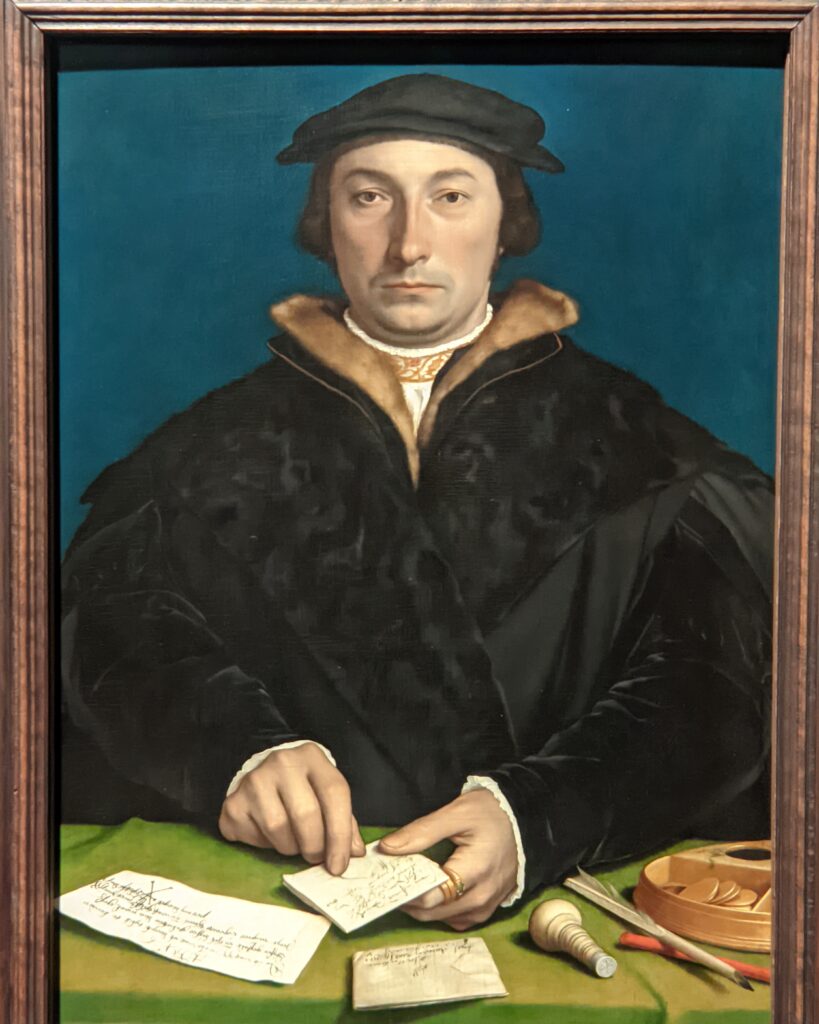
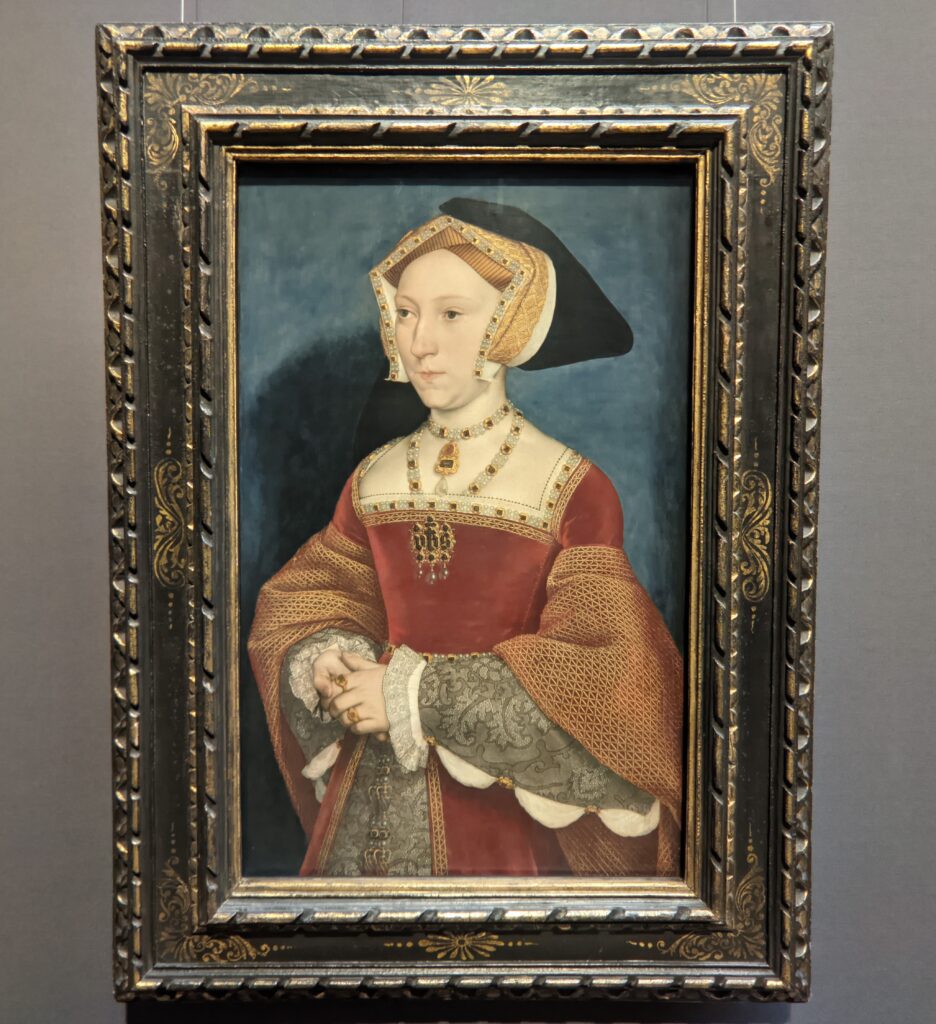
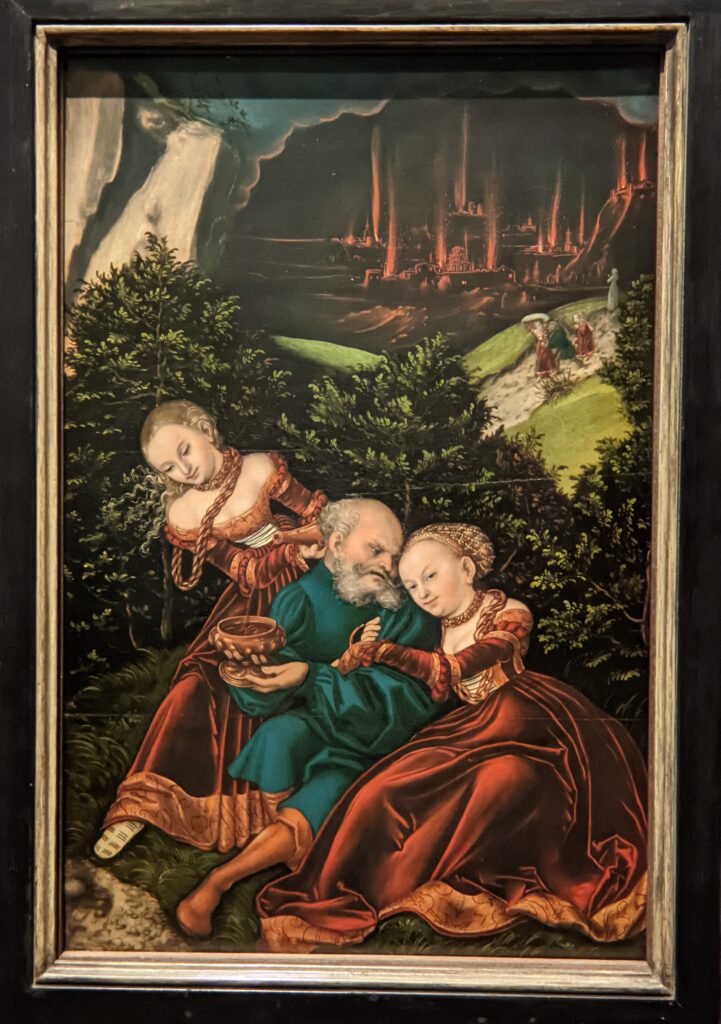
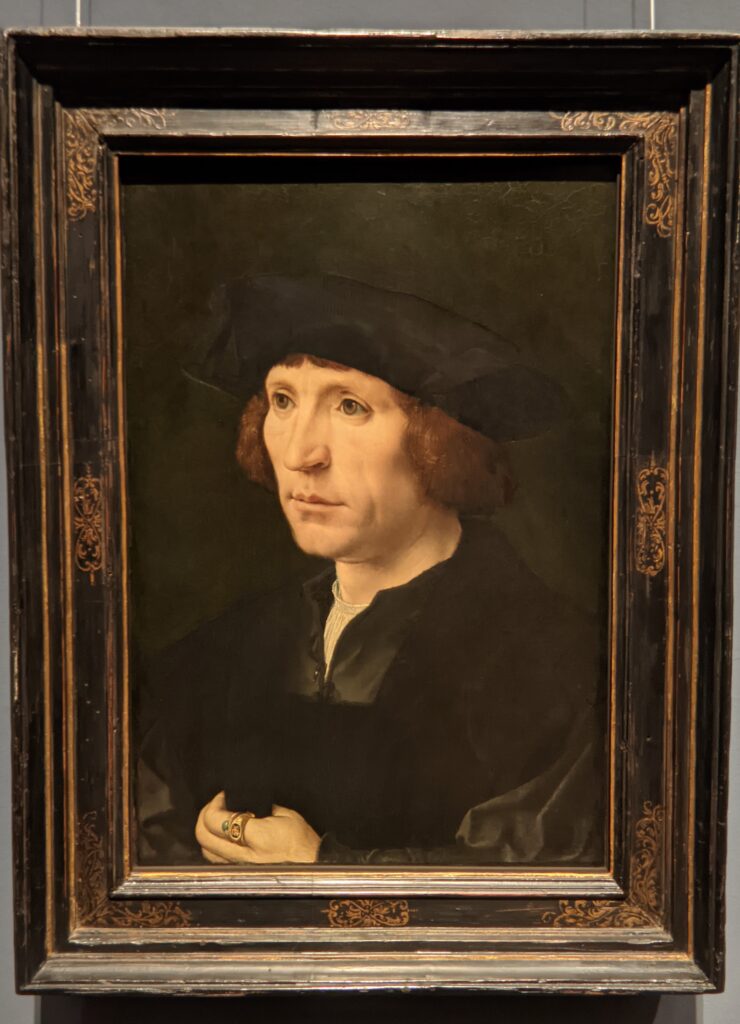
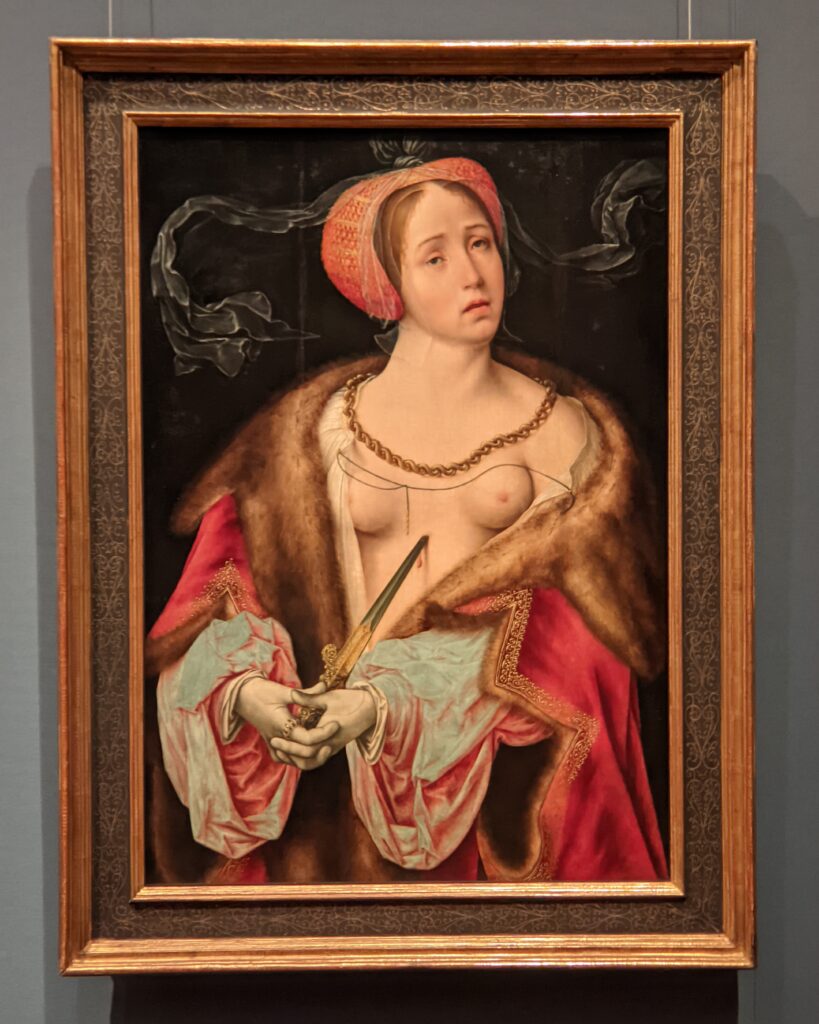

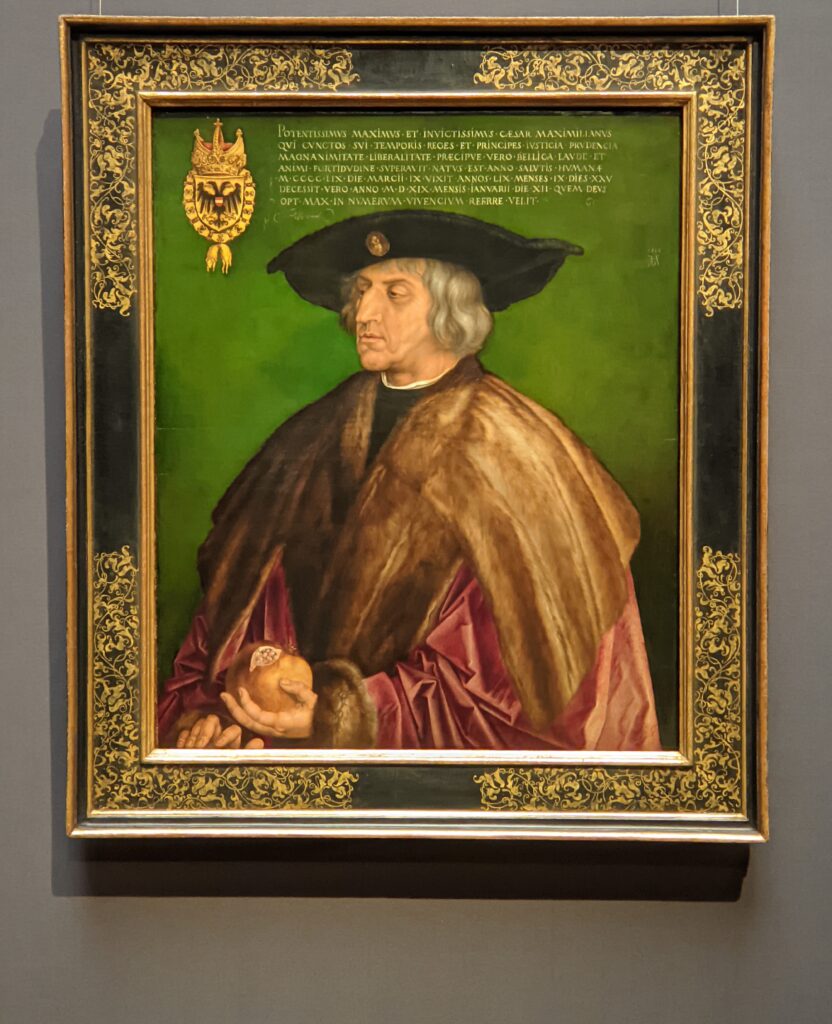

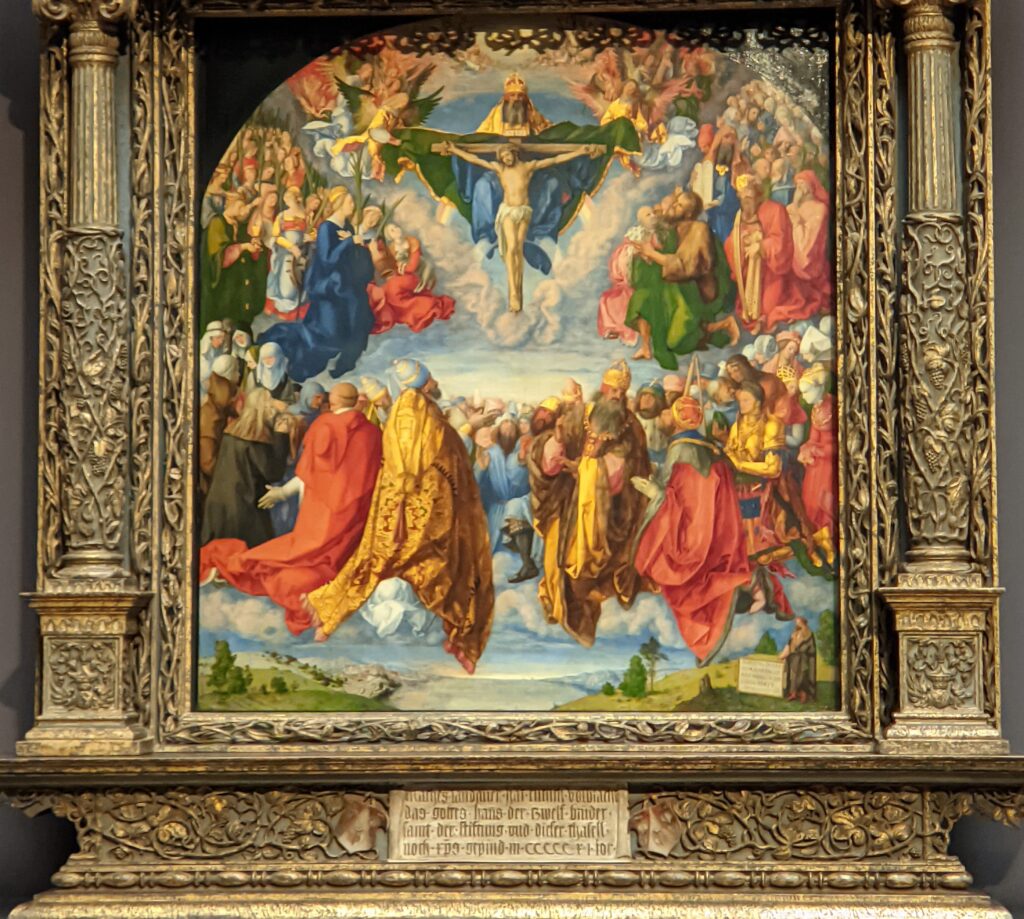
 Hieronymus Altar, 1511 (left) by Jacob Cornelisz van Oostsasen. The Lamentation of Christ (center) & Legend of the Mortal Remains of St. John the Baptist, 1484 (right) by Geertgen tot Sint Jans
Hieronymus Altar, 1511 (left) by Jacob Cornelisz van Oostsasen. The Lamentation of Christ (center) & Legend of the Mortal Remains of St. John the Baptist, 1484 (right) by Geertgen tot Sint Jans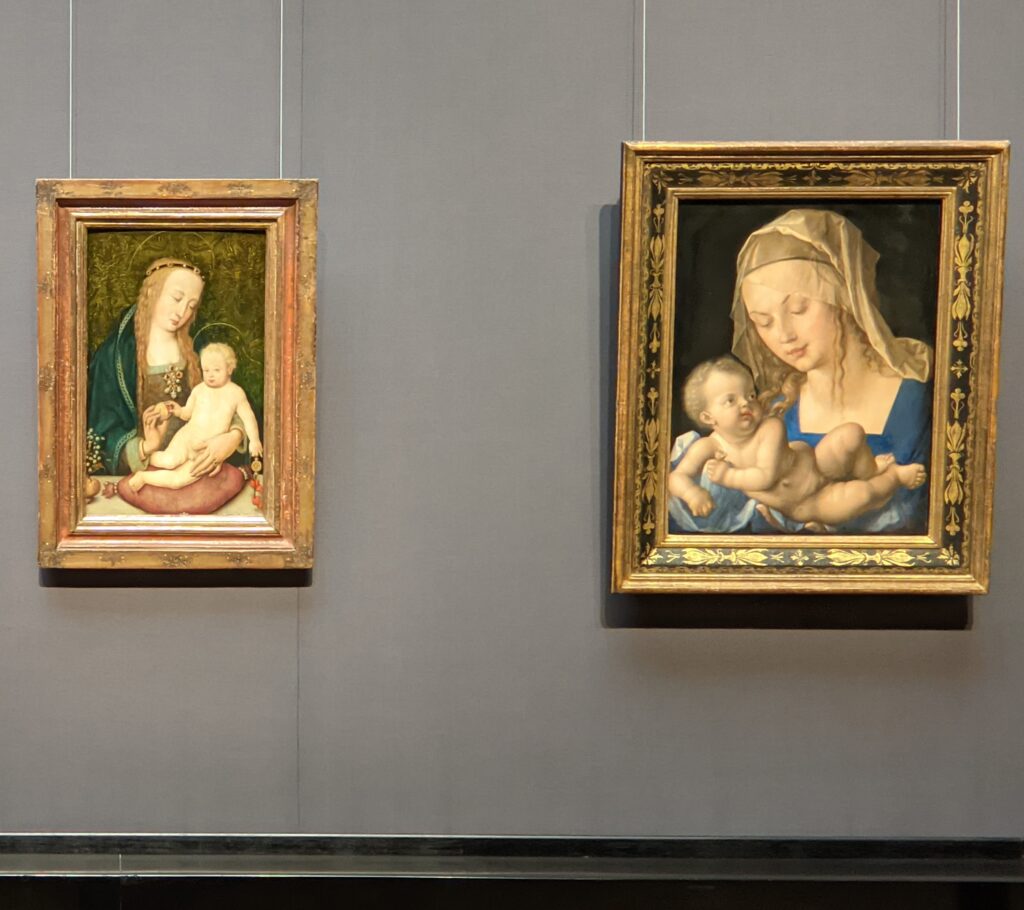
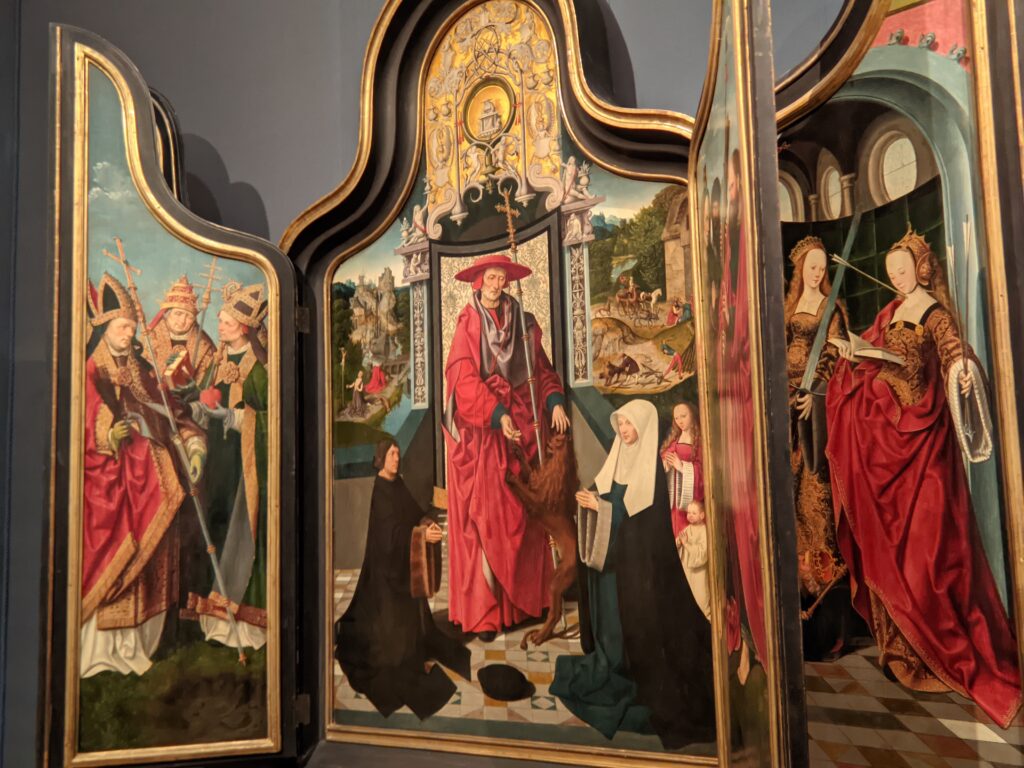

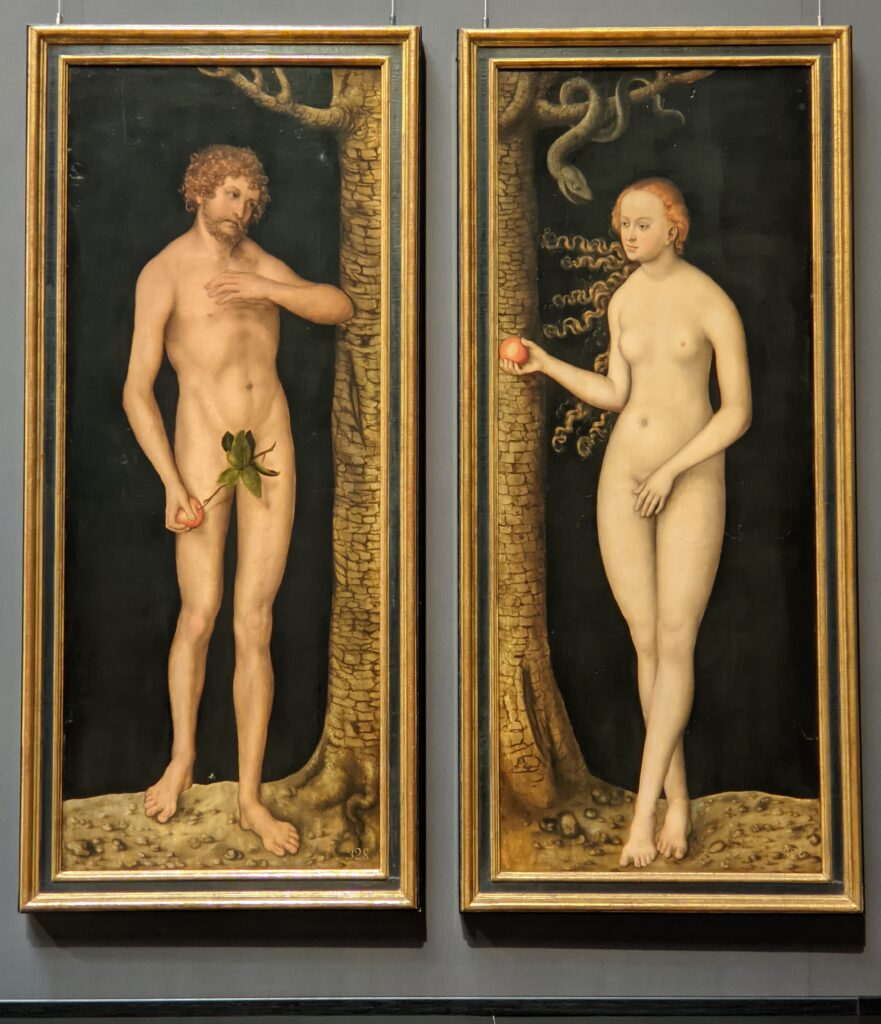
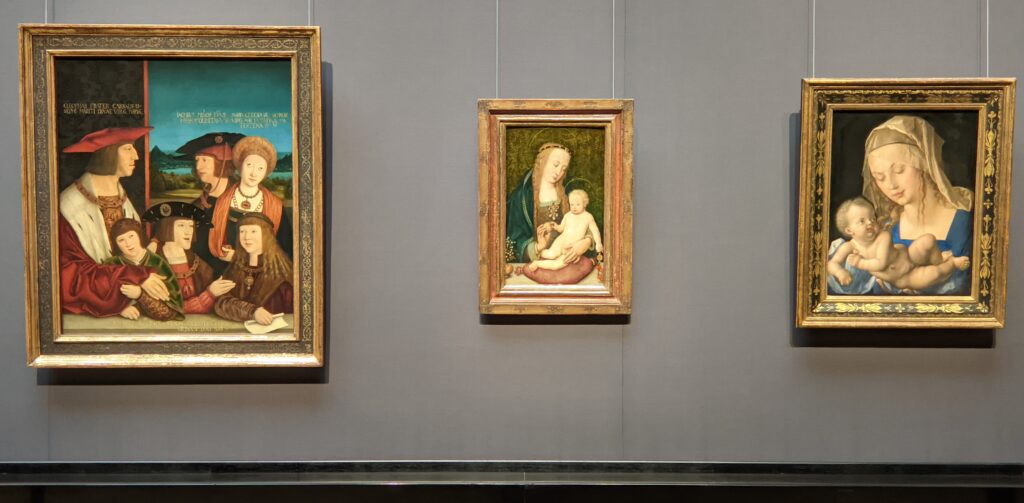

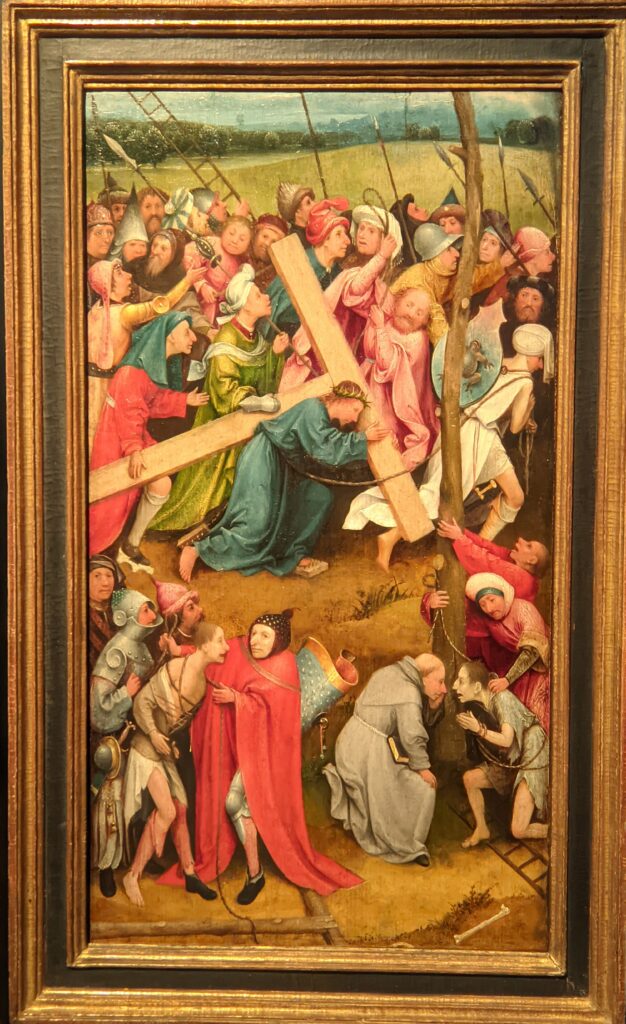
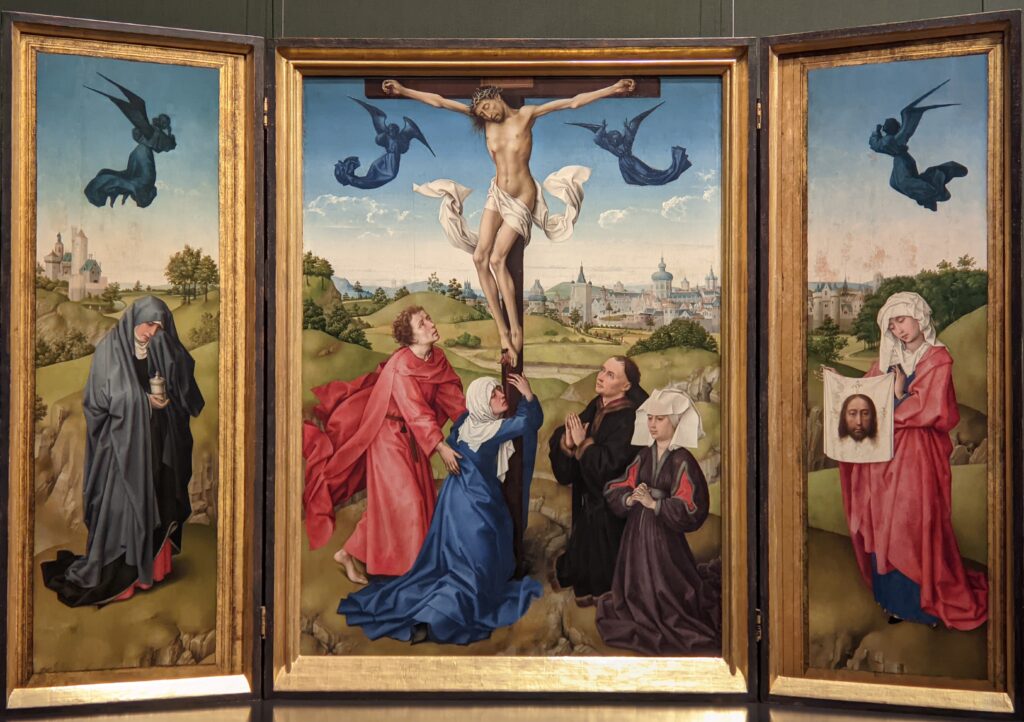
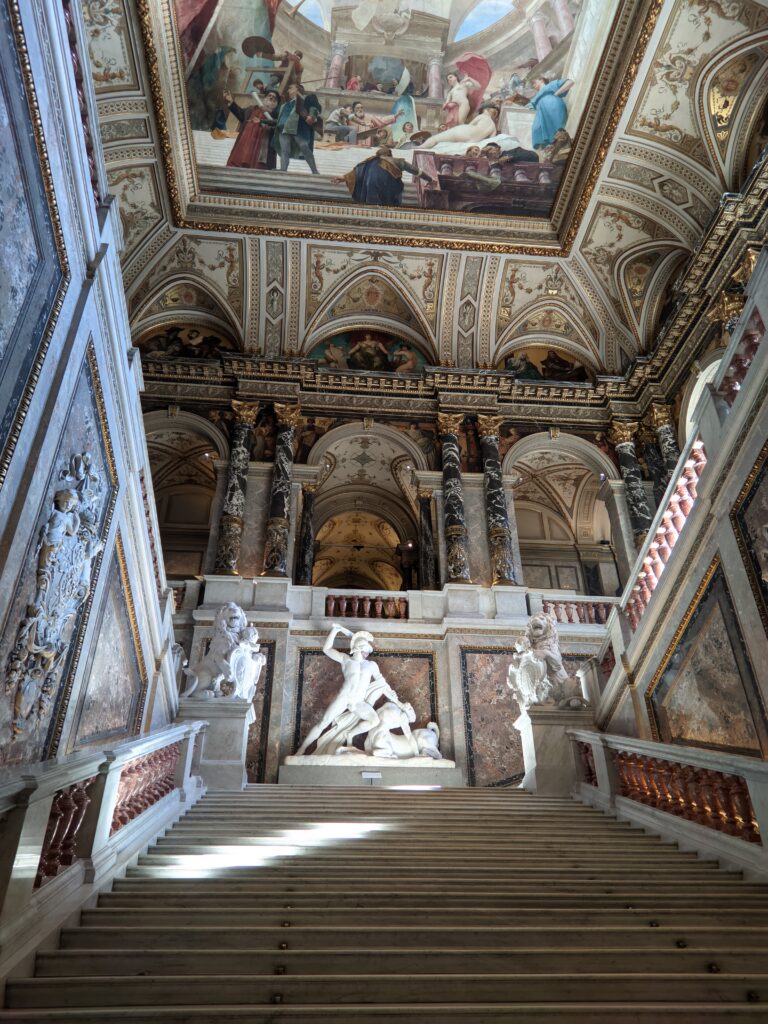
Italian Renaissance painters such as Raphael, Titian, Perugino, Giorgione, Lotto and Parmigianino, as well as Baroque artists like Caravaggio and Velázquez, fill the Southern European galleries inside the Kunsthistorisches. The elegance of these rooms is unequaled.
This building and an additional structure which houses the Natural History Museum Vienna were built symmetrically over a 20-year period (1871 — 1891), i.e., the two museums face each other and were designed with identical facades beneath octagonal domes. The grandeur extends to the interior of the Kunsthistorisches, which contains an impressive entrance hall, grand staircase and a cupola adorning the ceiling.
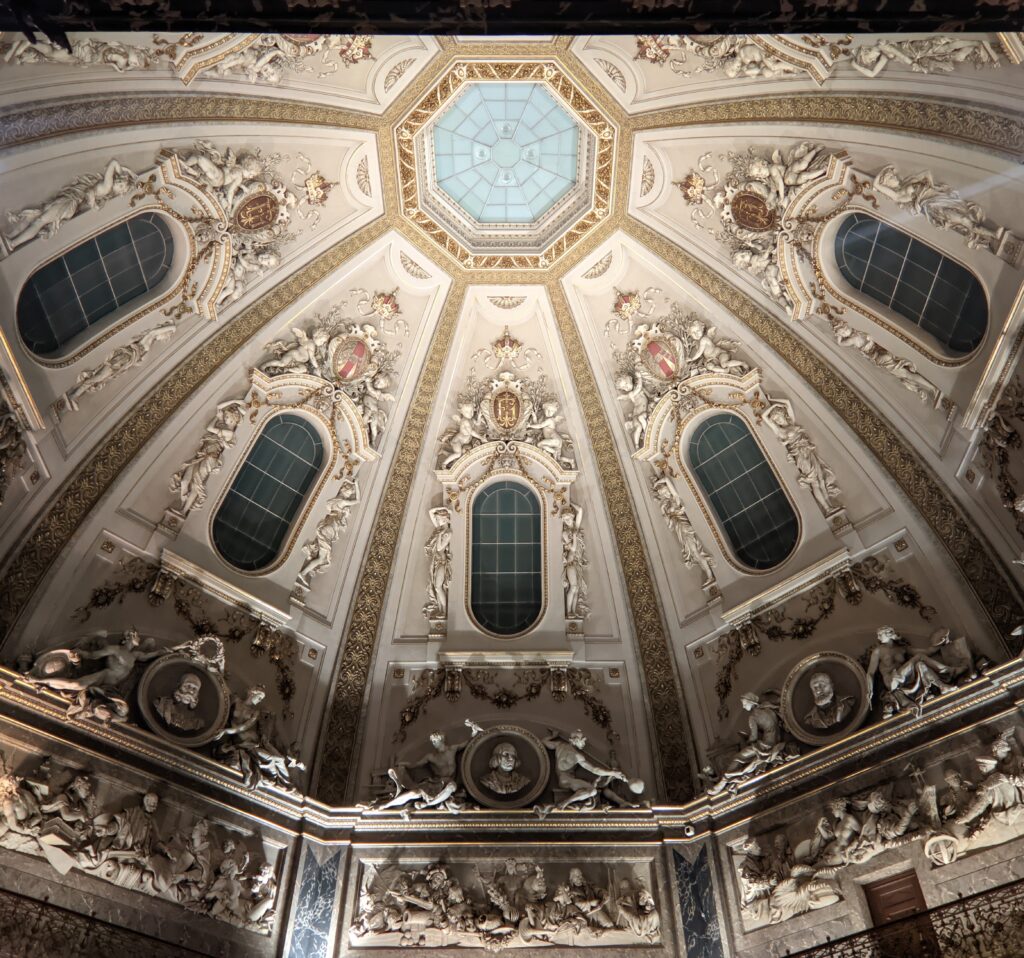

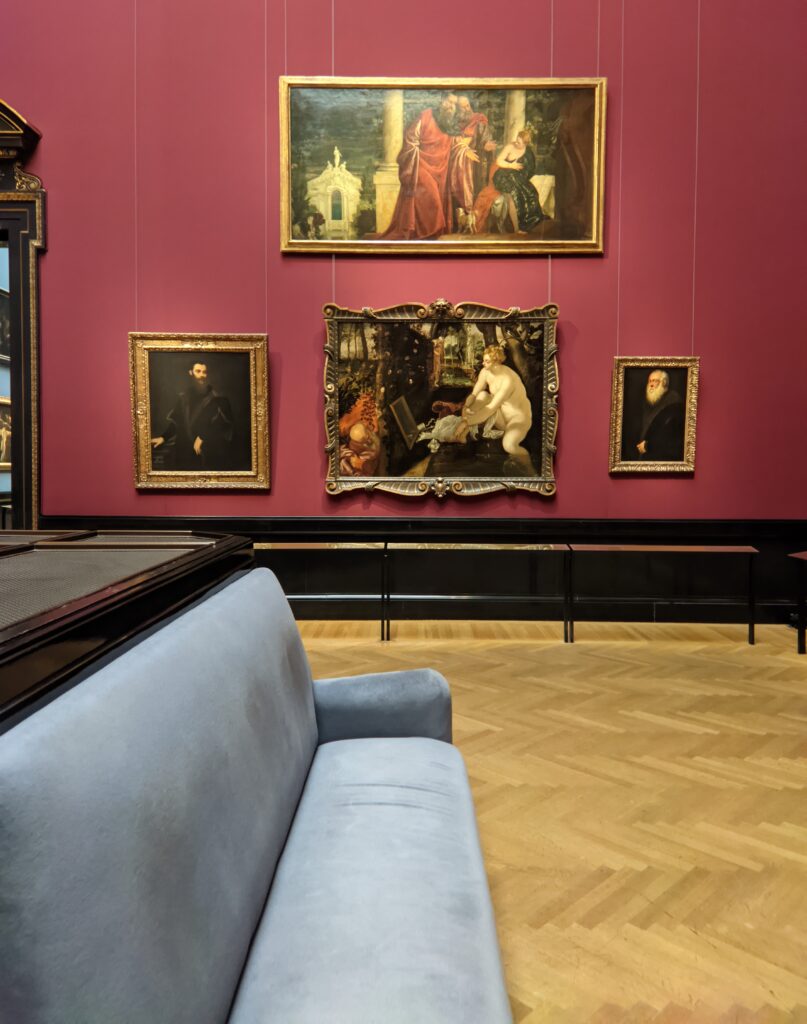
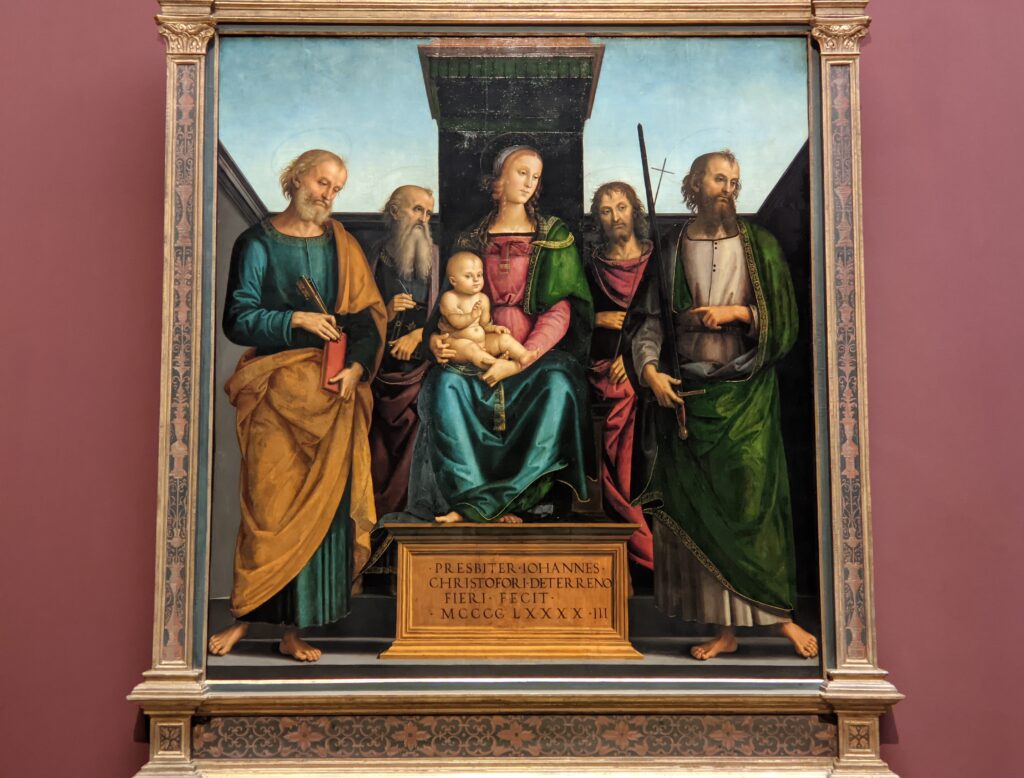
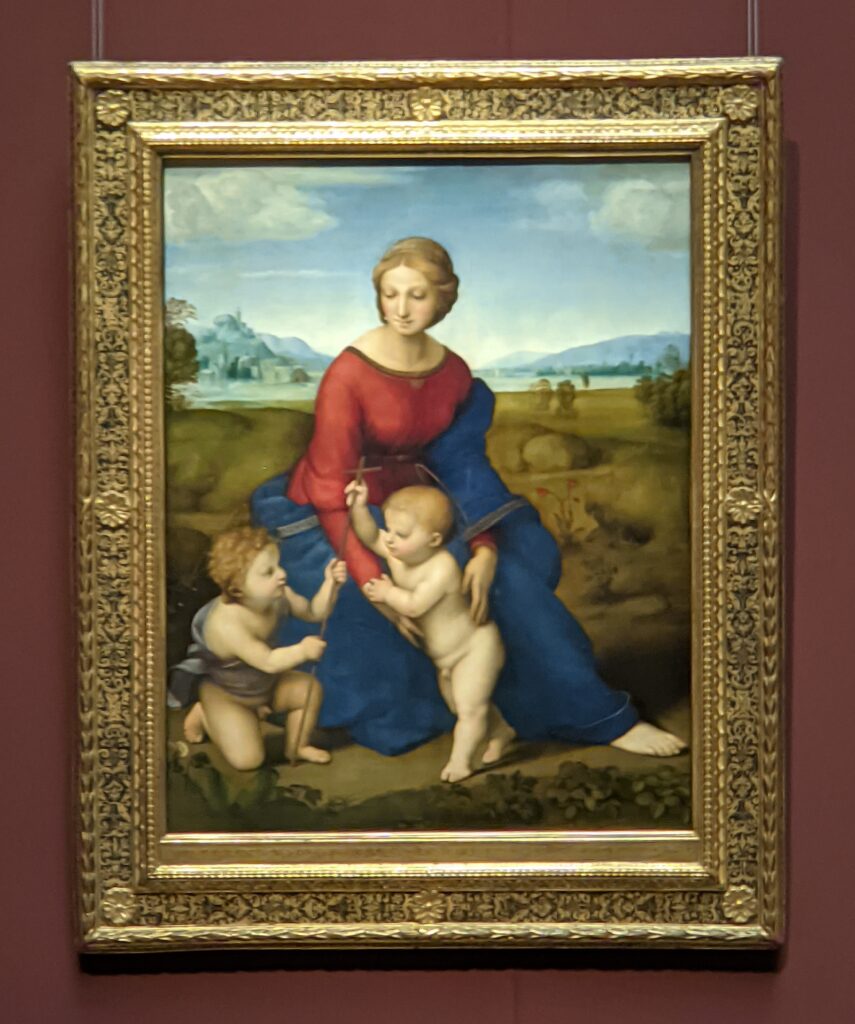

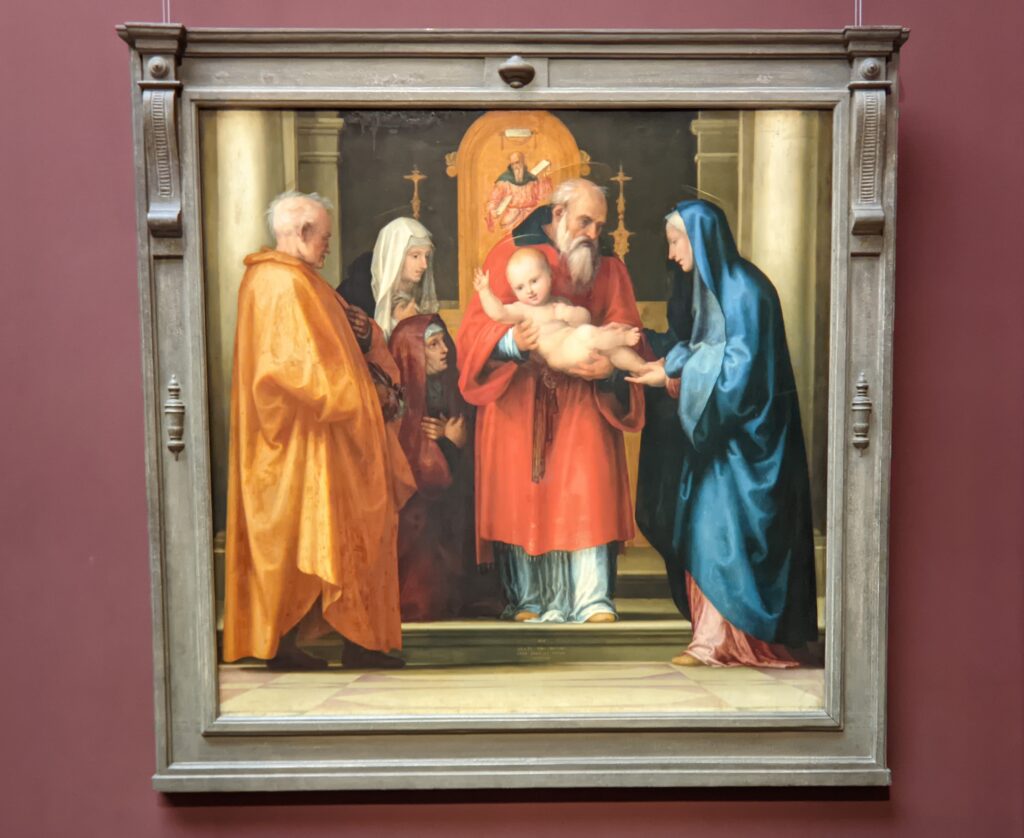
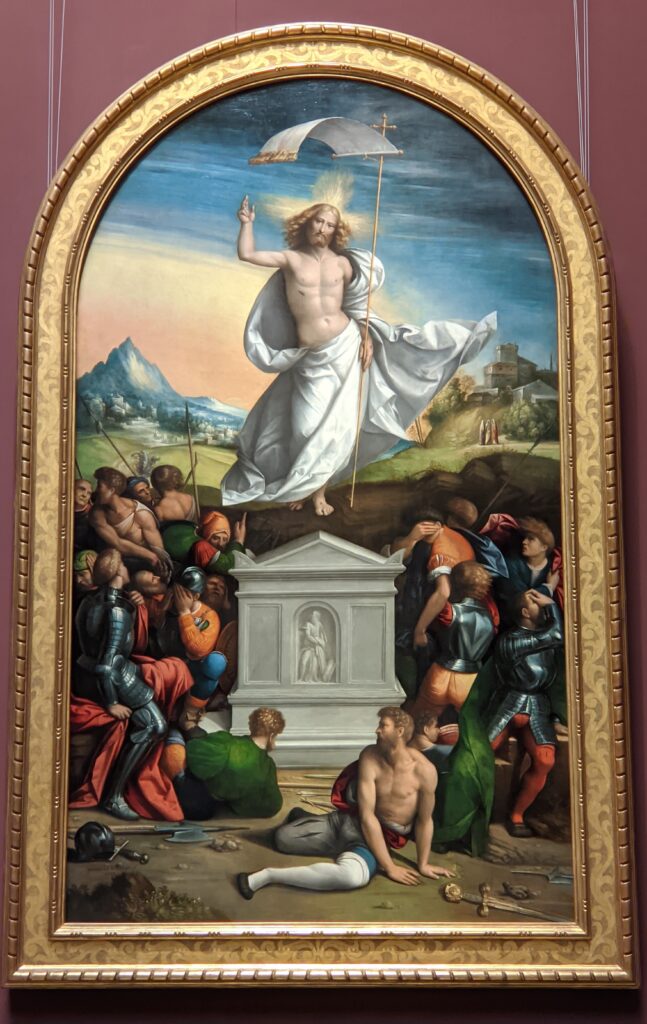
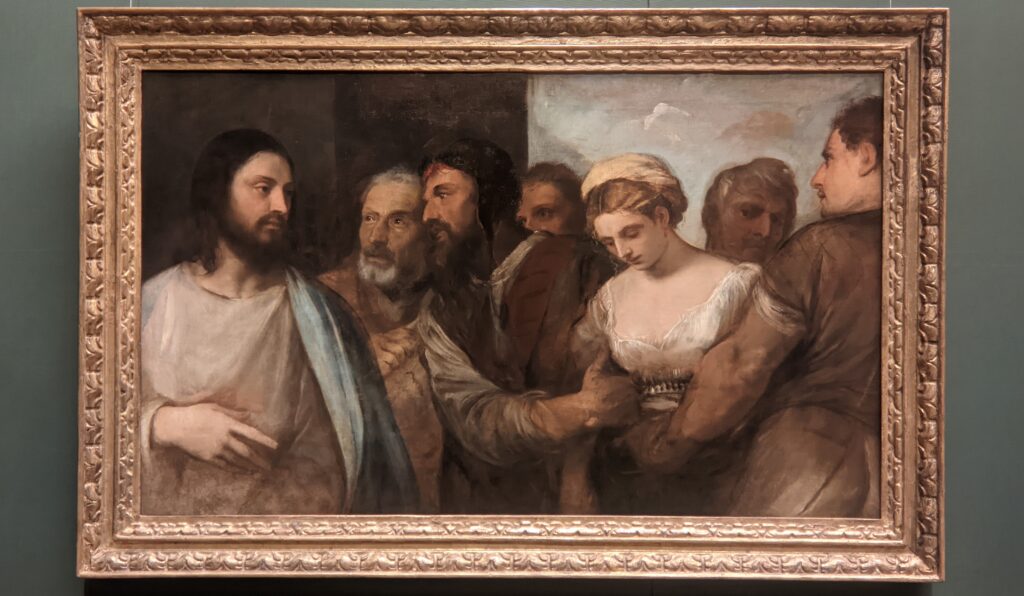
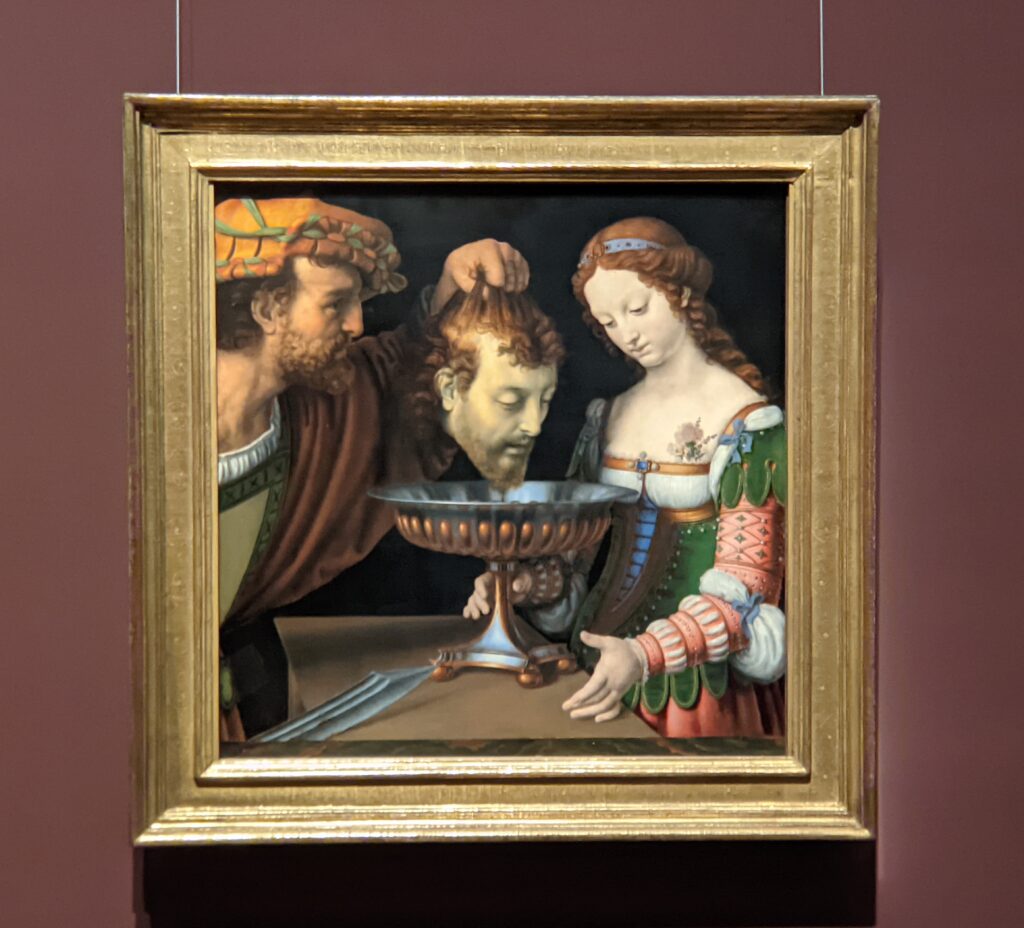
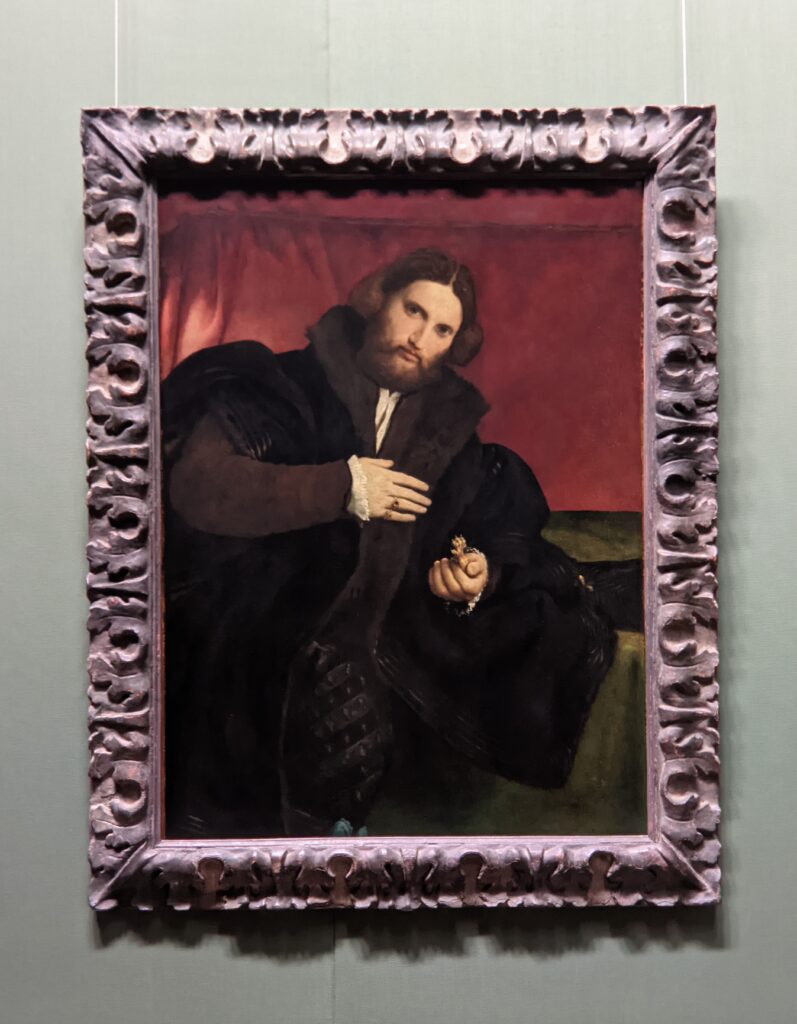

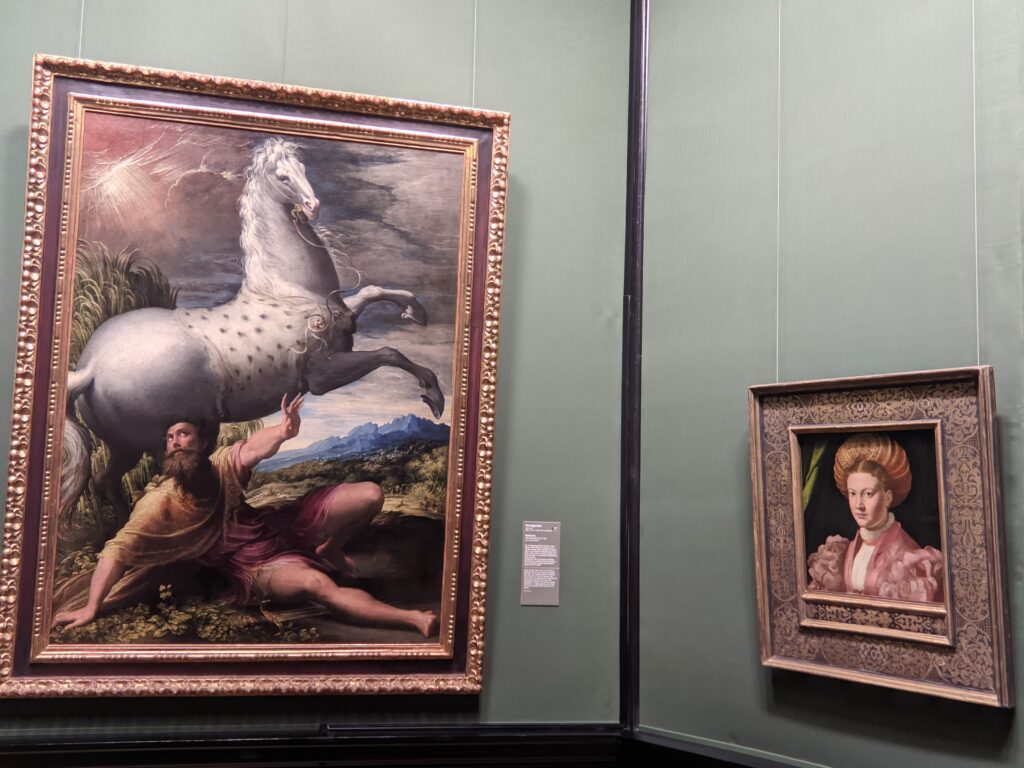

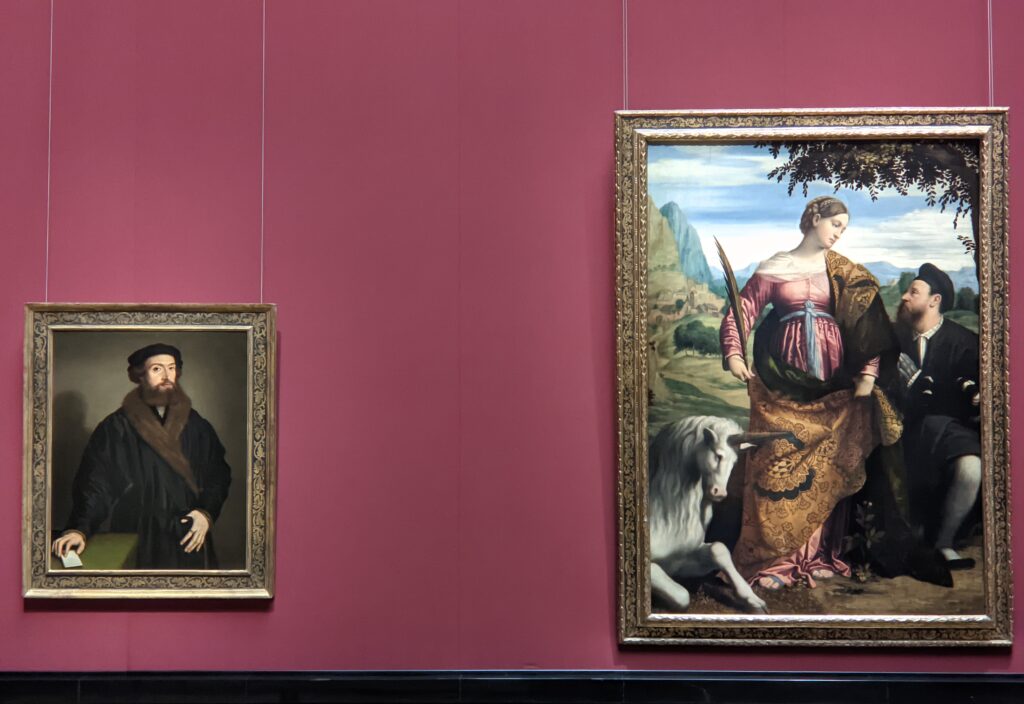
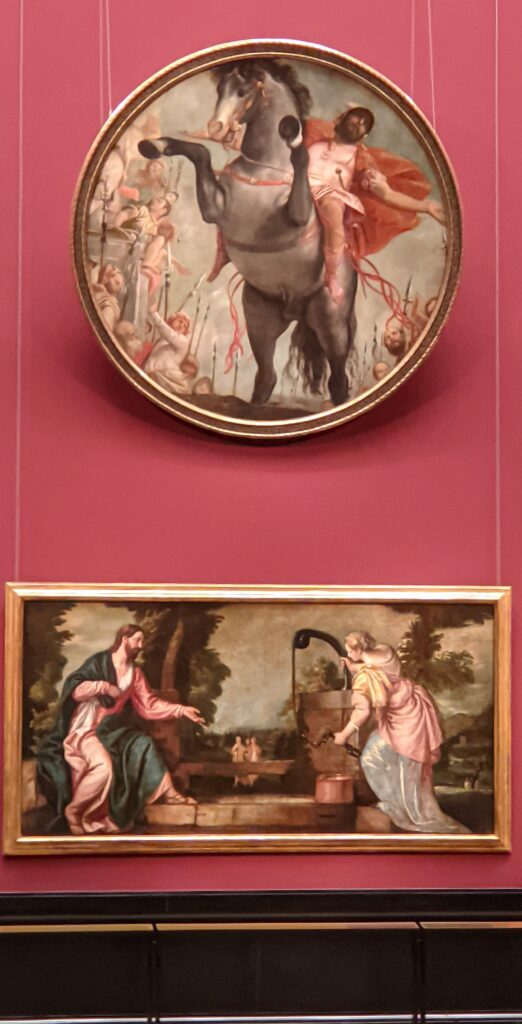
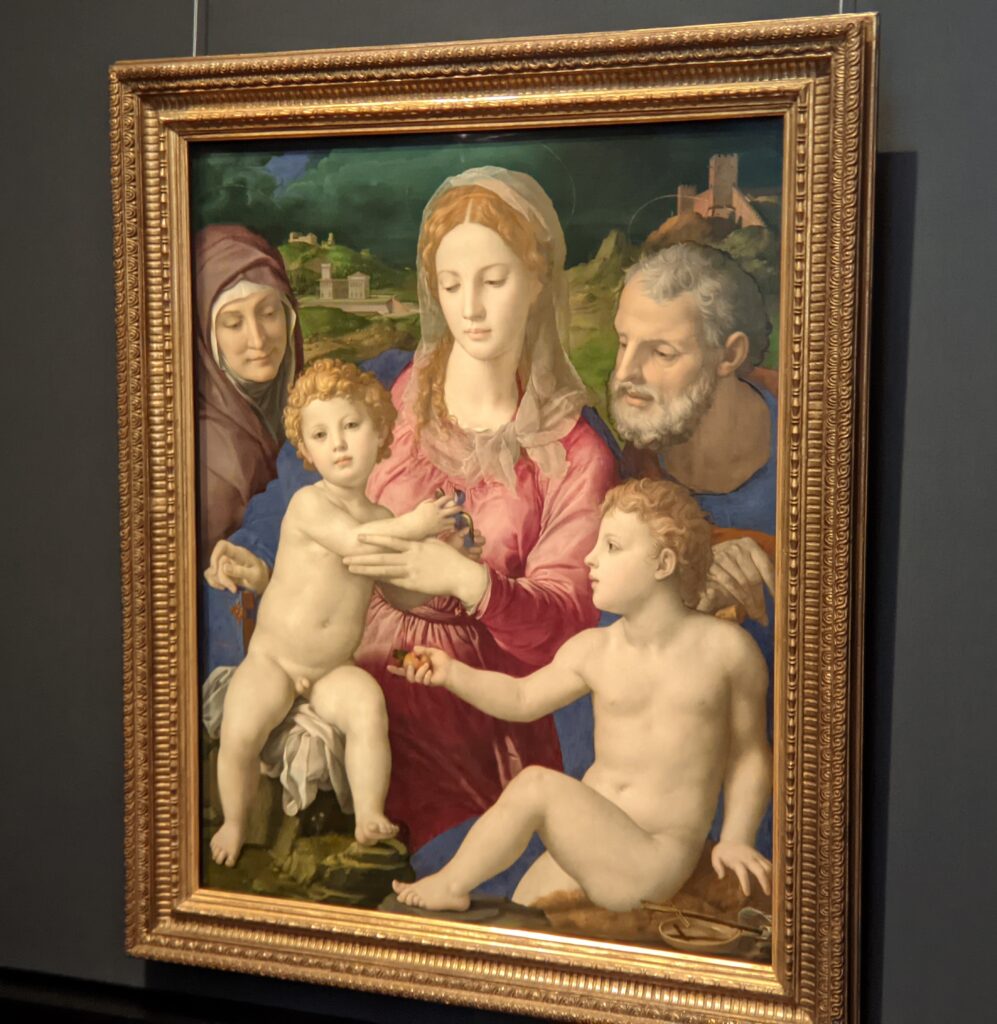
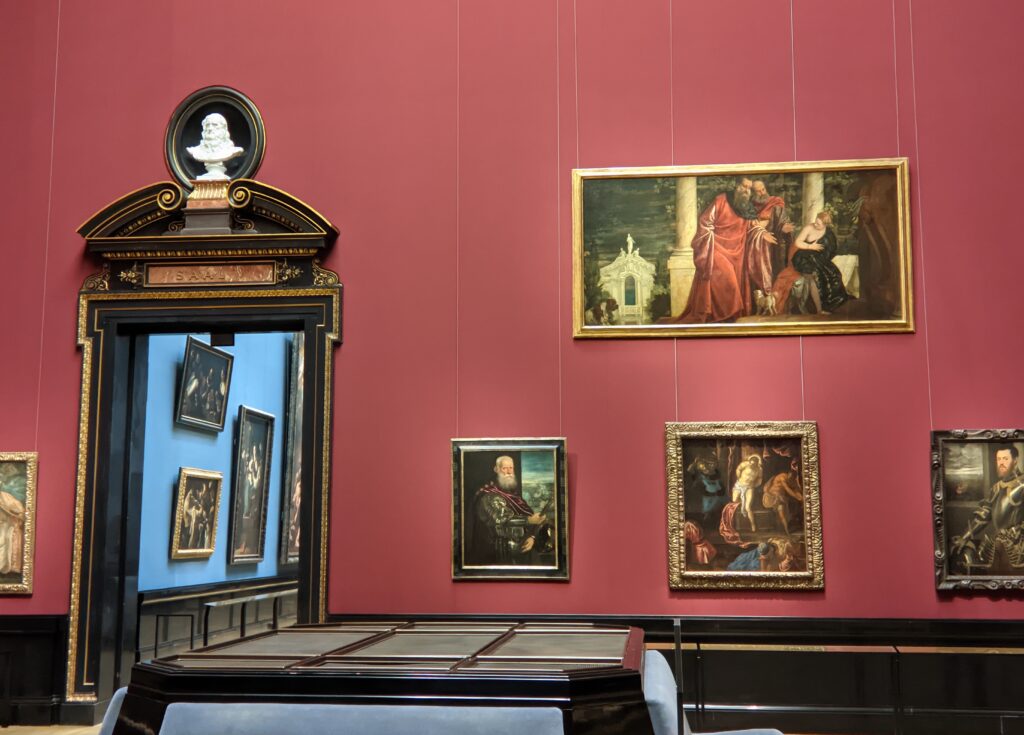
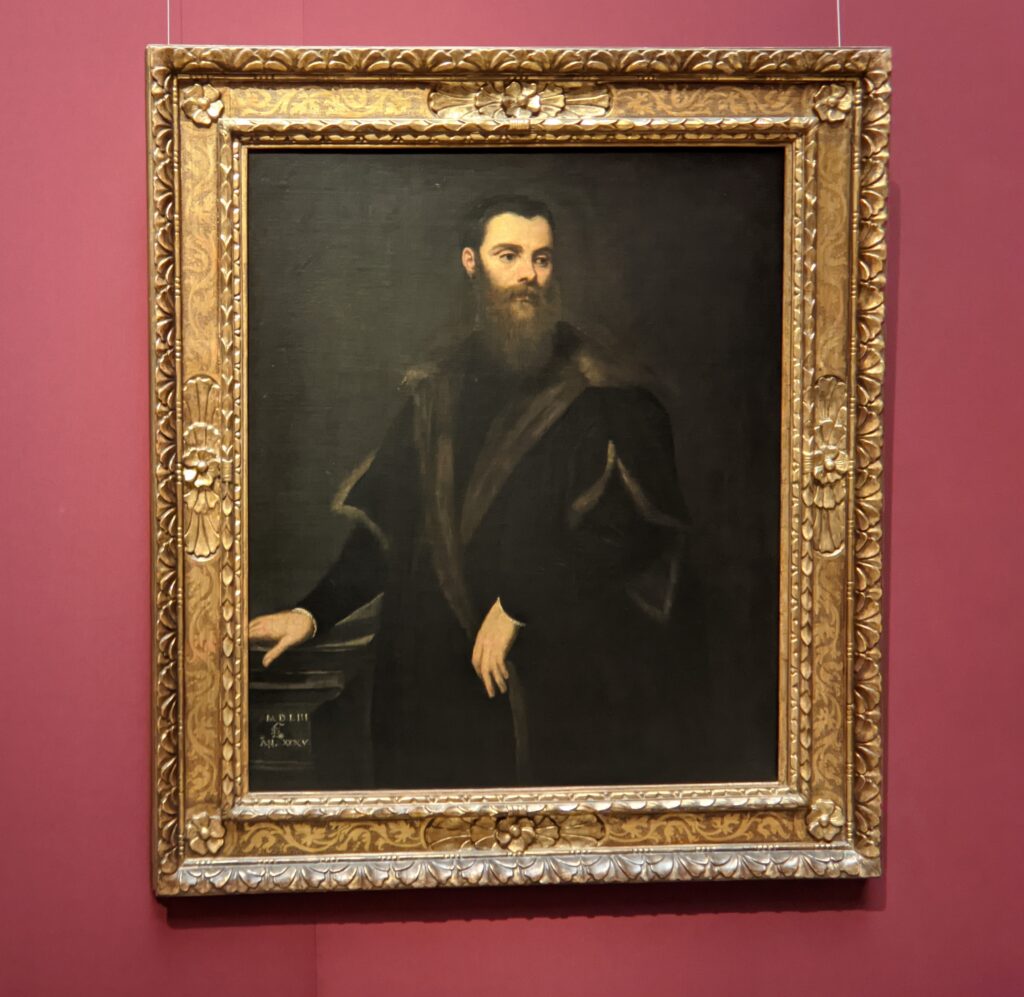

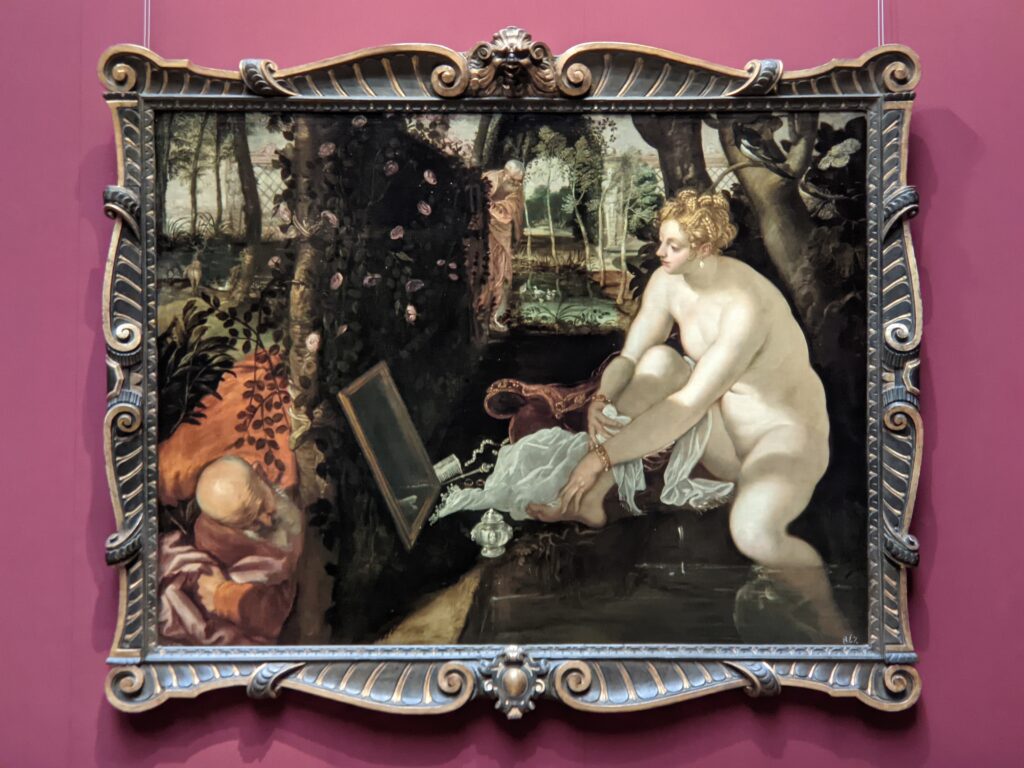
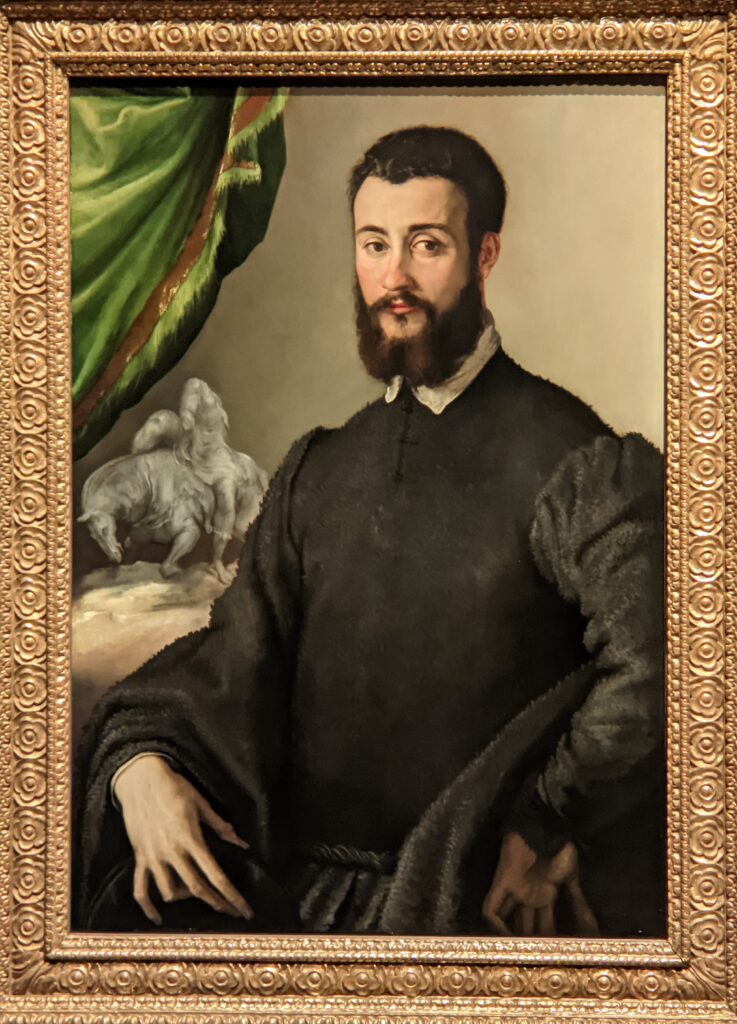

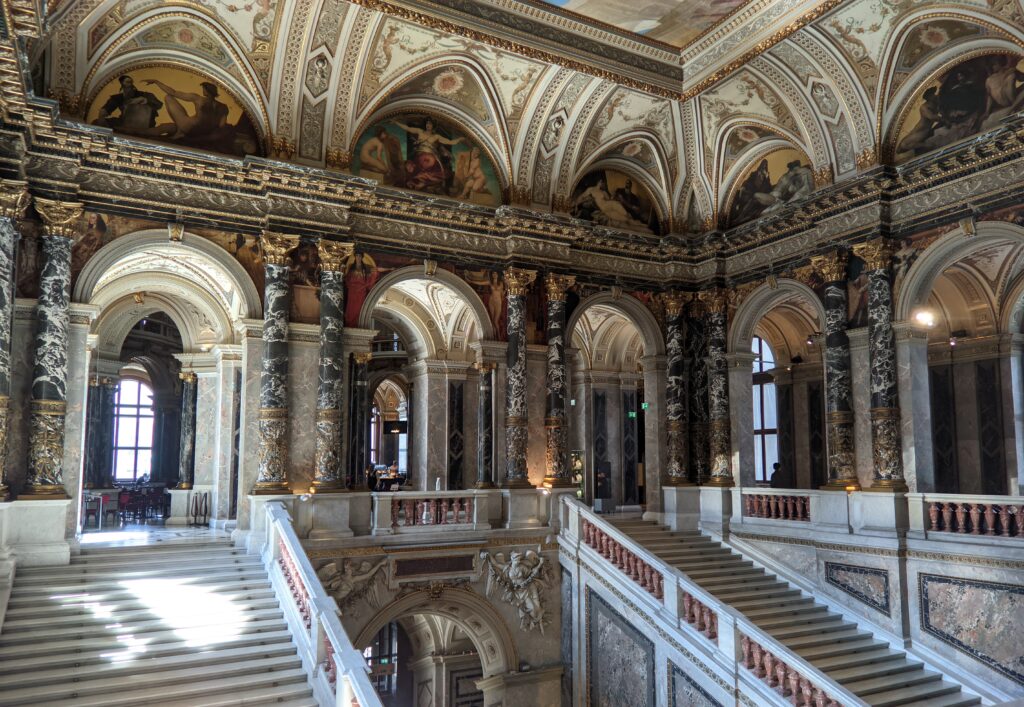
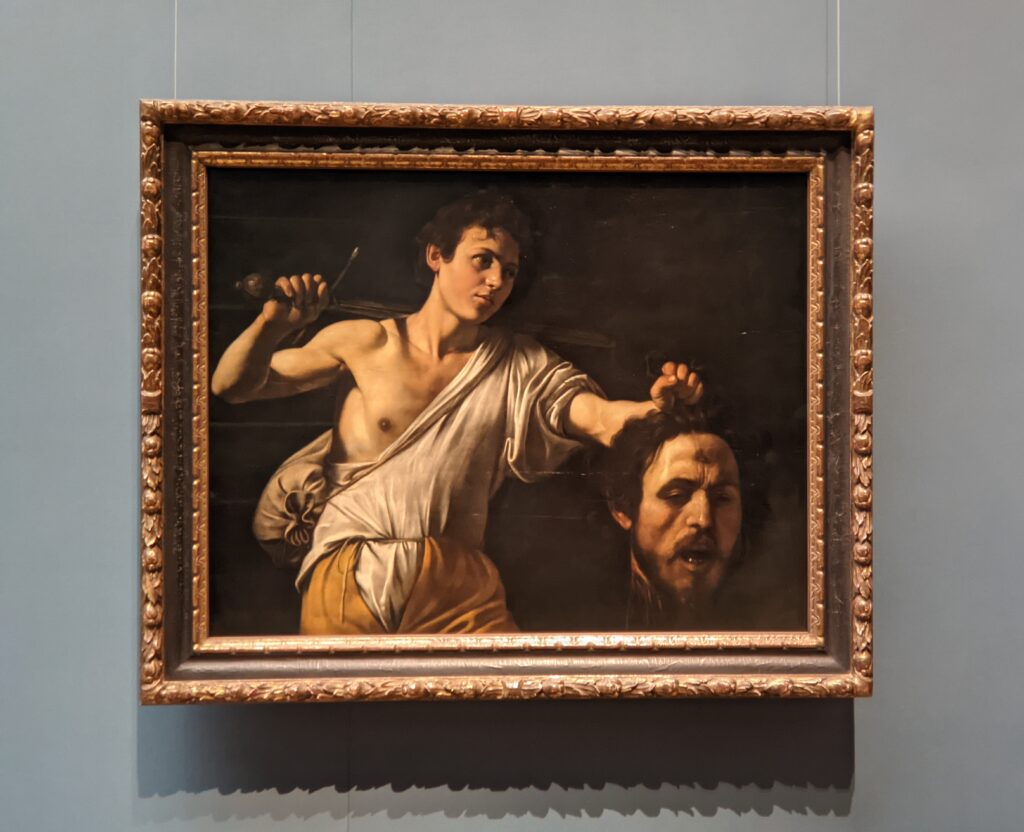
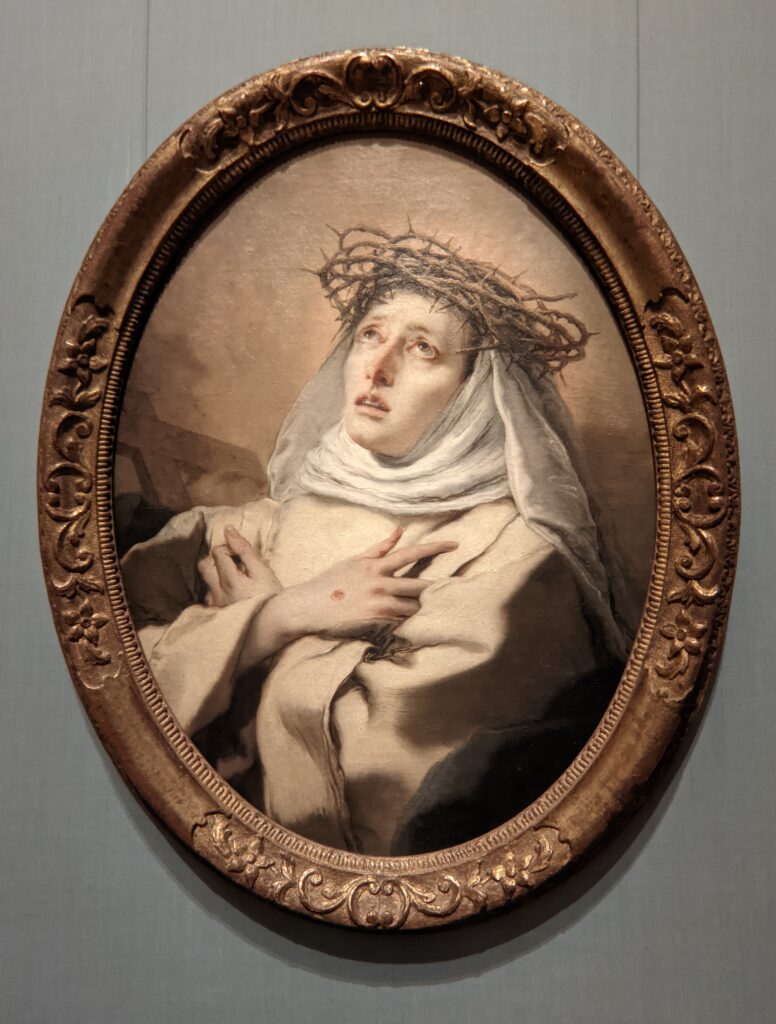
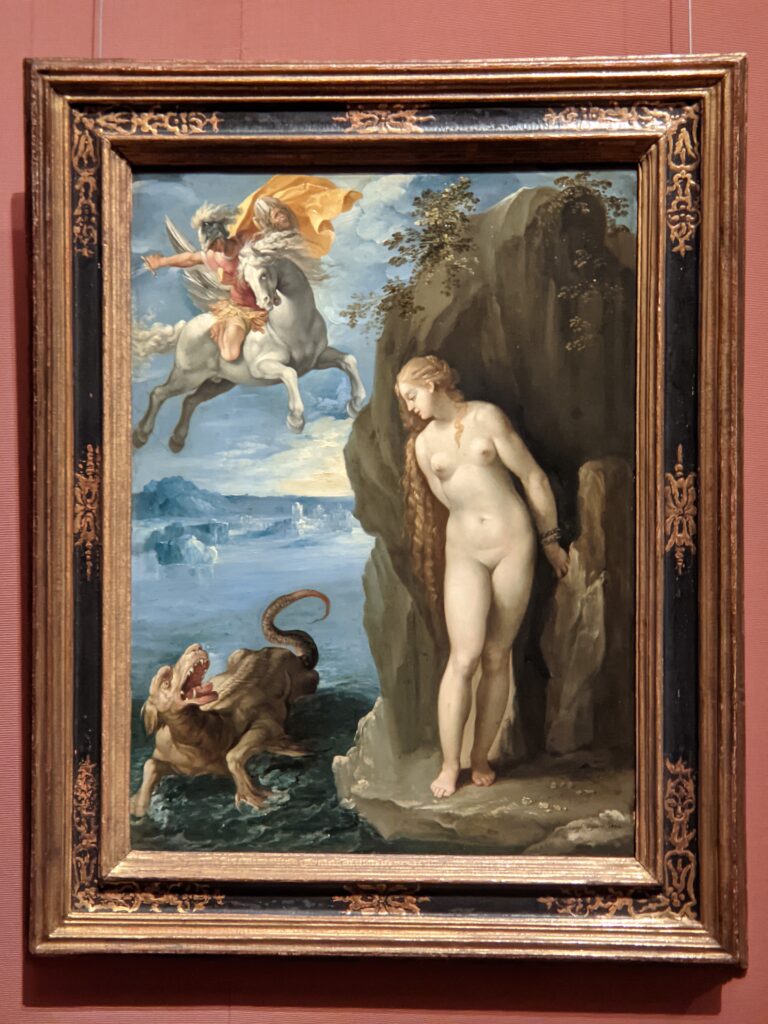
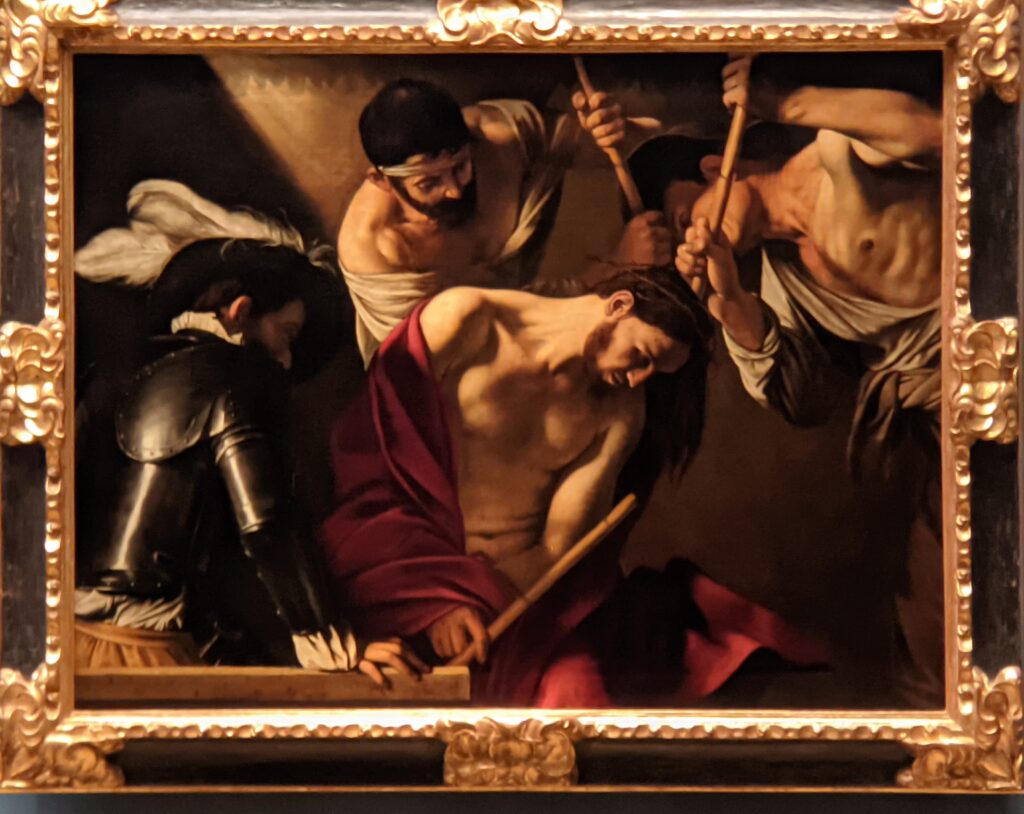
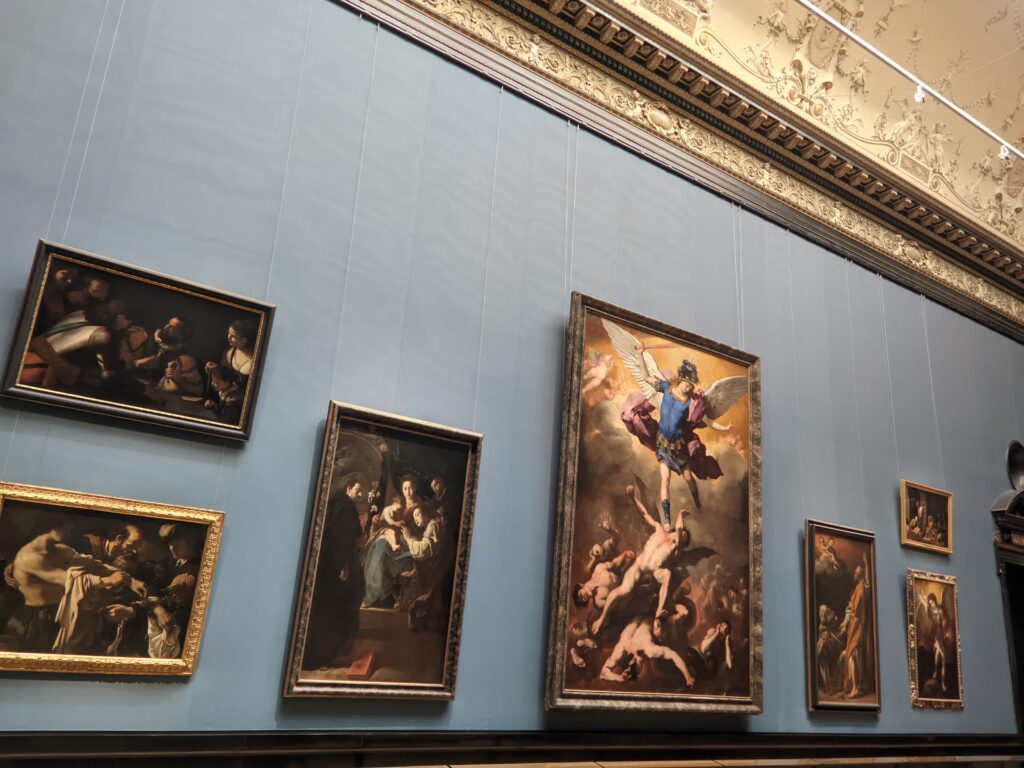
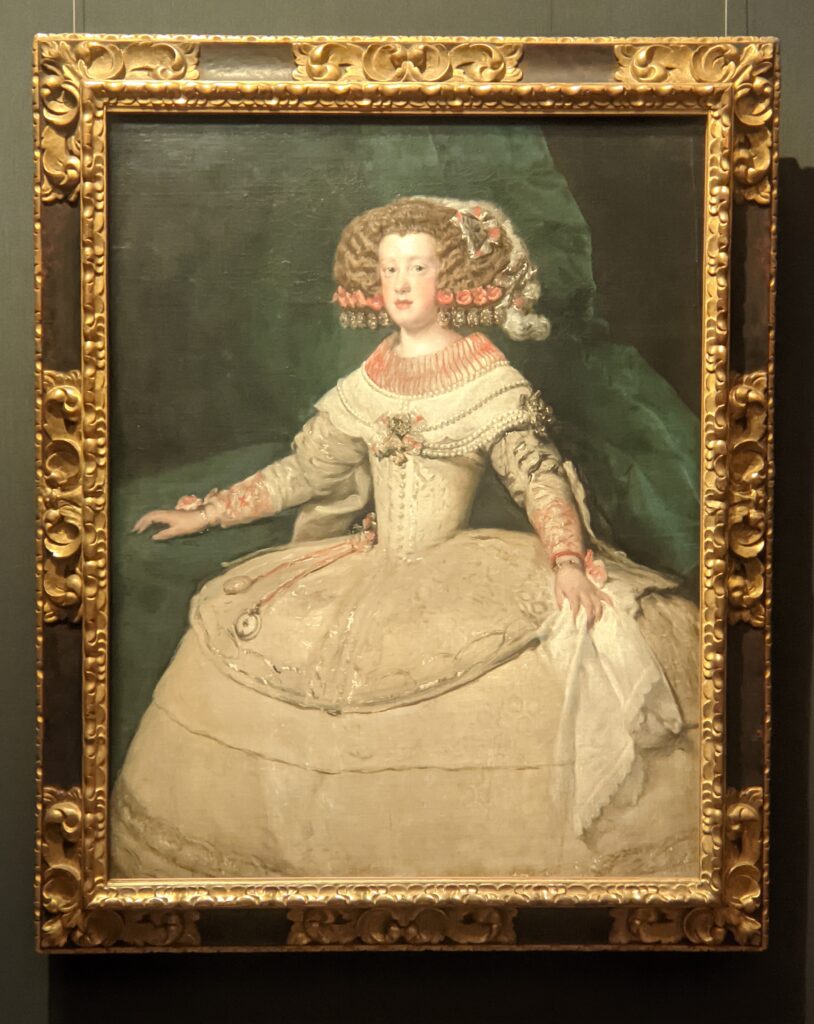

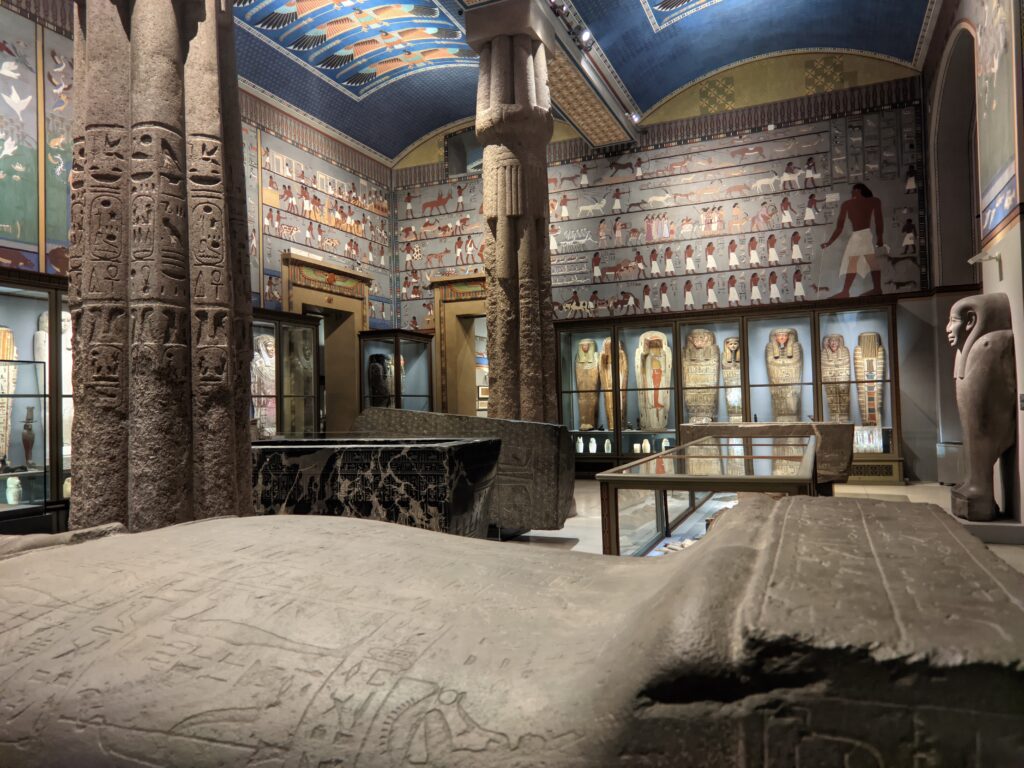

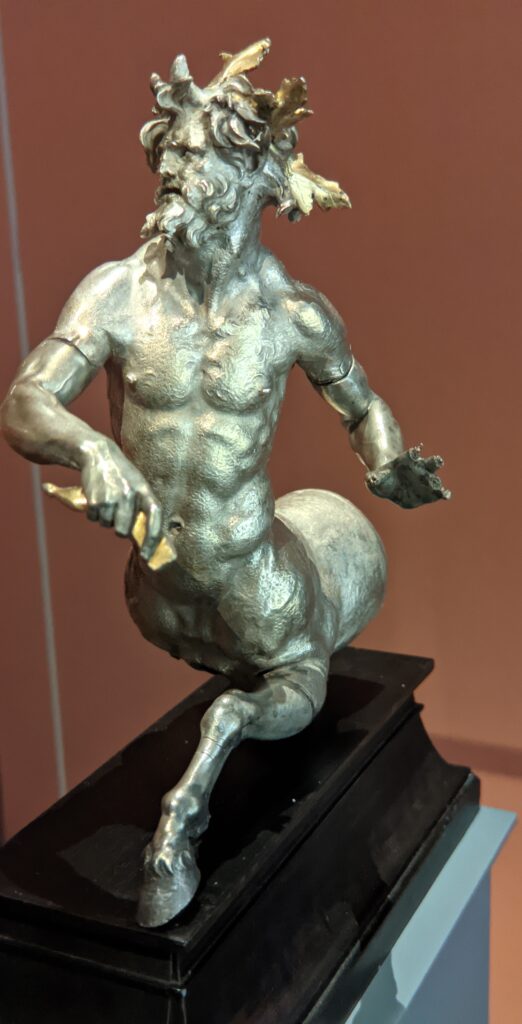
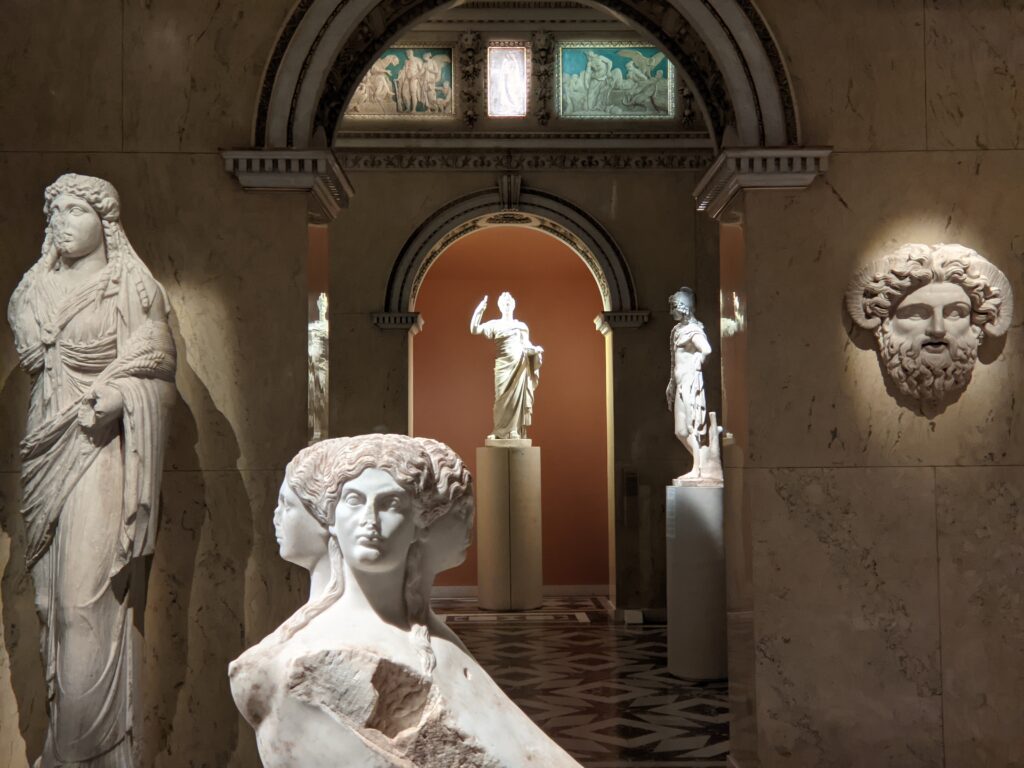
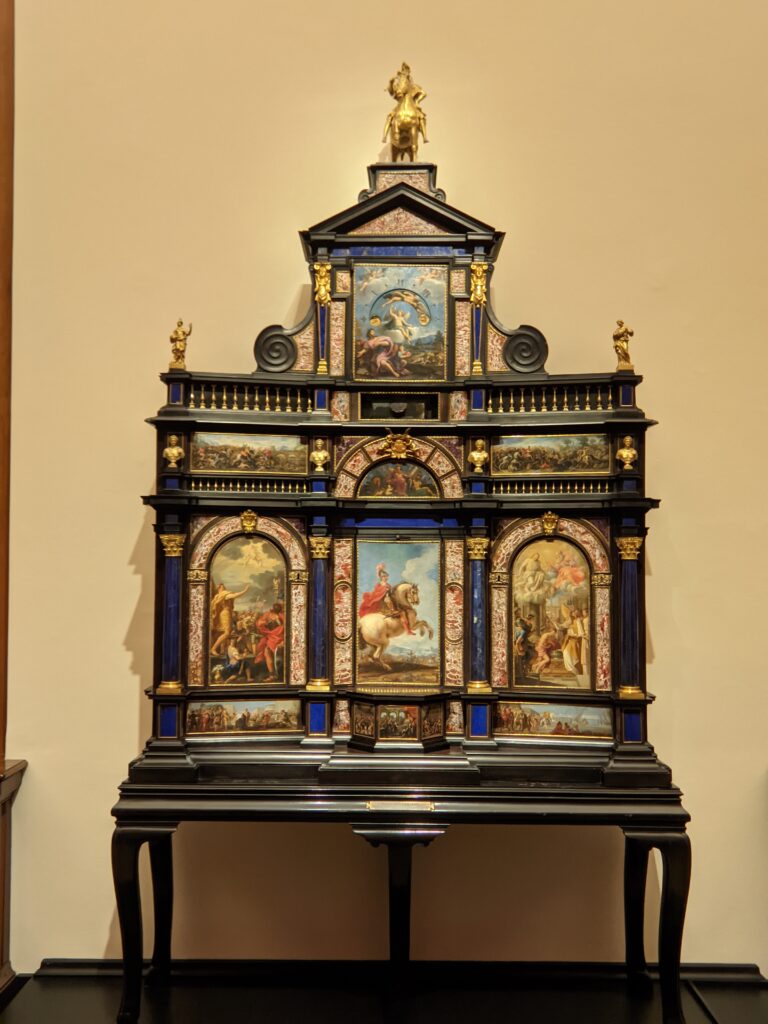
In addition to the Picture Gallery, the Kunsthistorisches houses a Coin Collection, Greek and Roman Antiquities, Egyptian and Near Eastern artifacts, and the Kunstkammer Wien.
The Kunstkammer offers a sumptuous mélange of more than 2,000 exotic, rare and curious objects (shown below) collected by the Habsburg Emperors and archdukes from the late Middle Ages through the Baroque period. If you appreciate virtuoso works of art and curiosities, some fashioned by goldsmiths with precious stones and others created from uncommon materials once thought to hold magical powers (e.g., shark’s teeth considered to be the tongues of dragons), these 20 galleries offer a world of wonder and beauty.
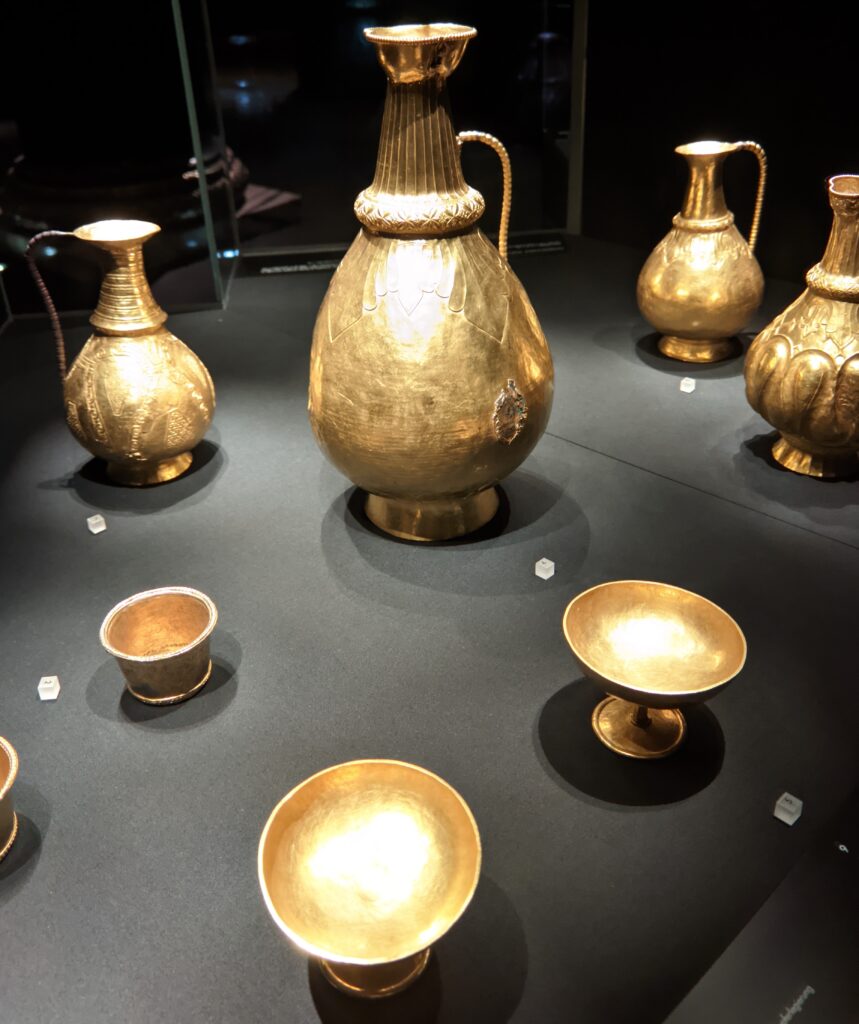
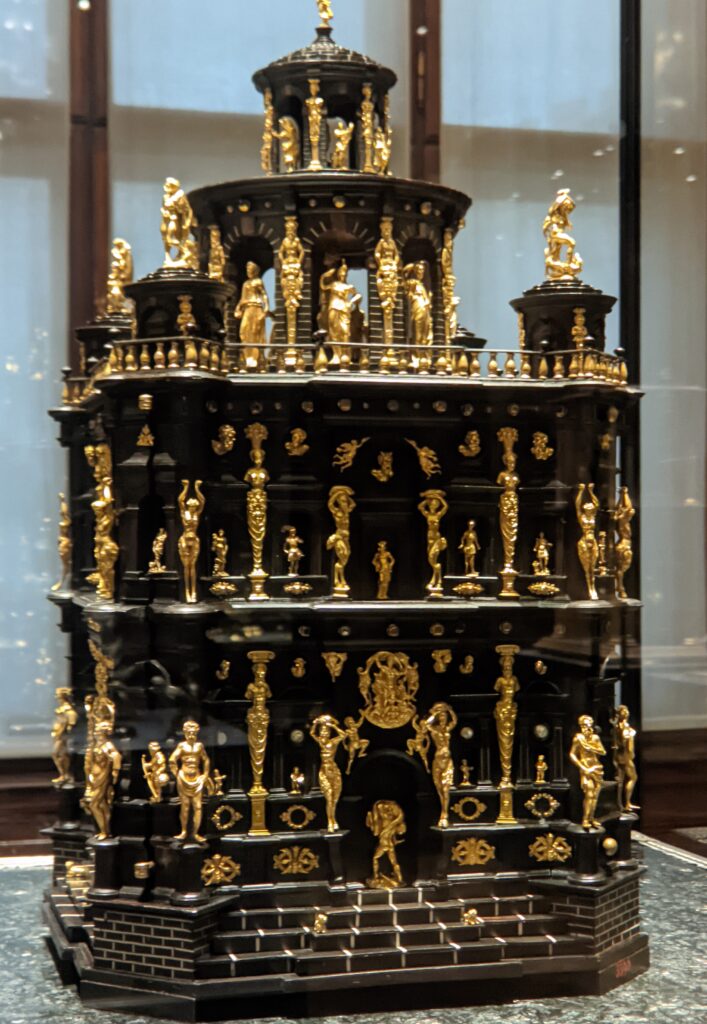
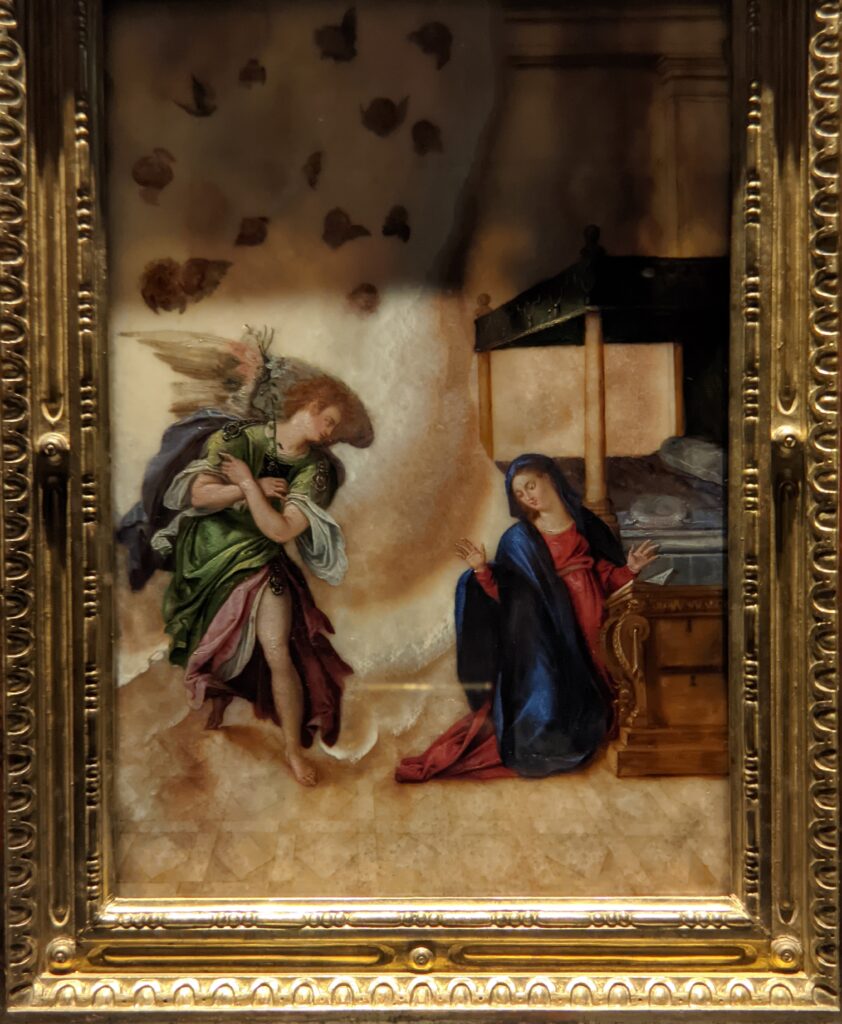



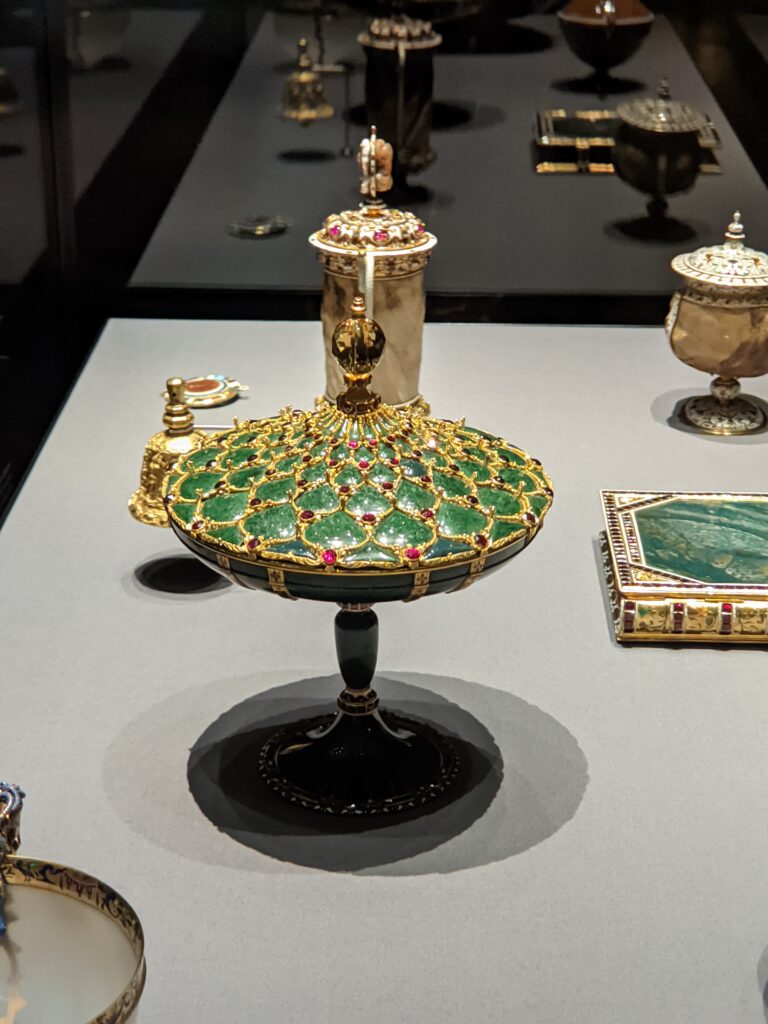

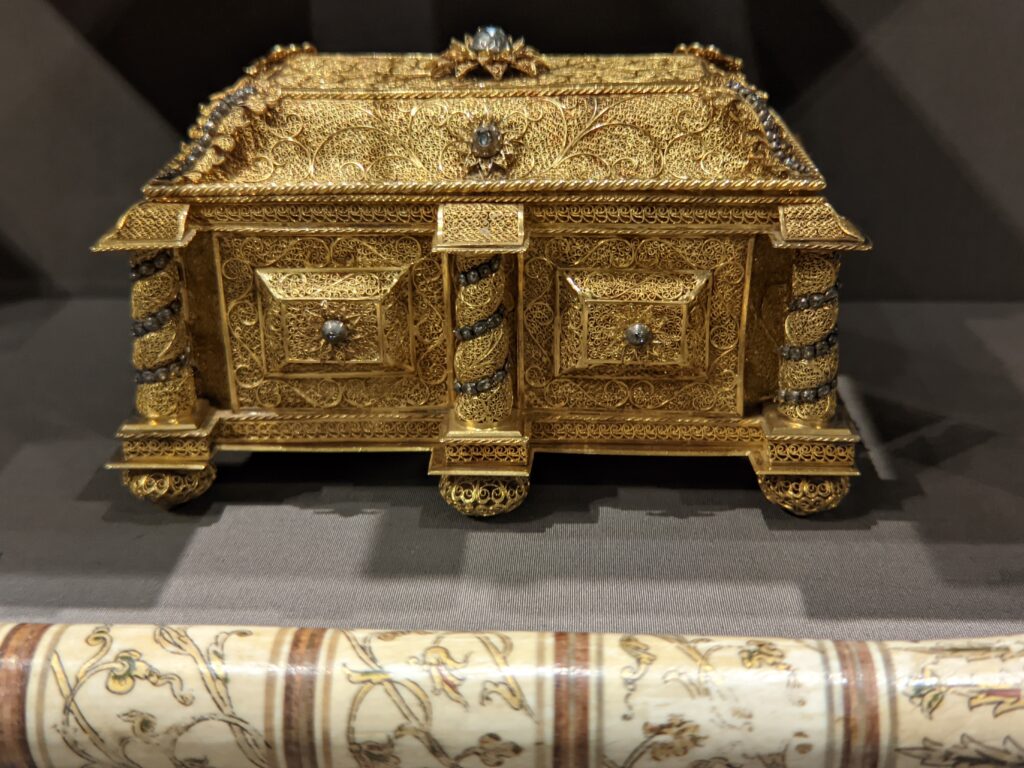
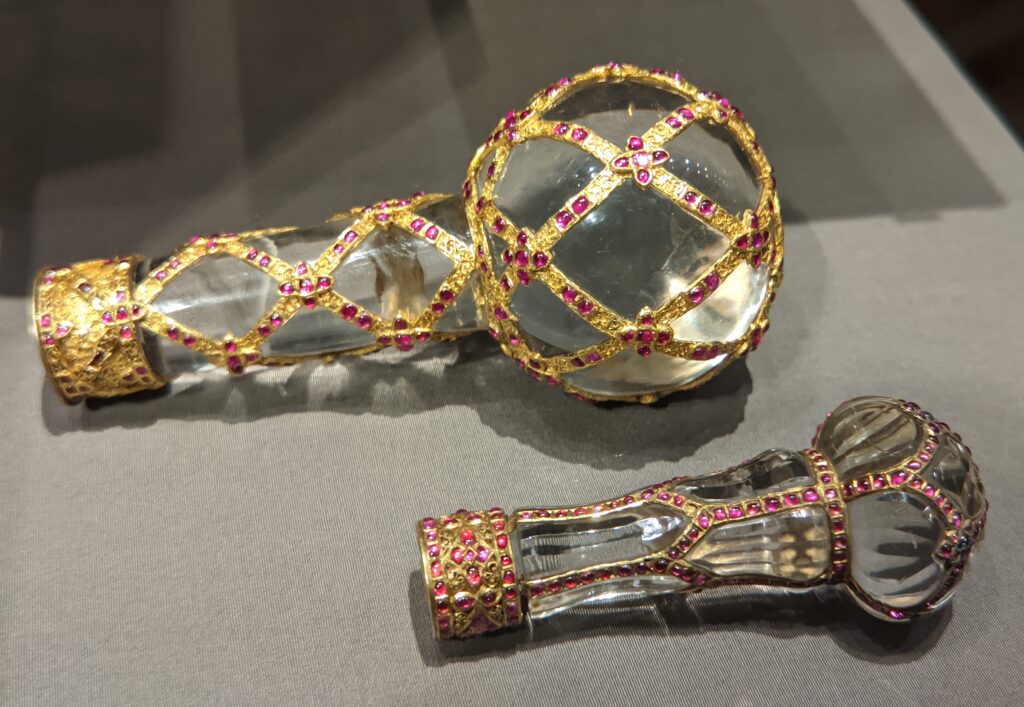

The 2 Greatest Museums in Vienna & Why We Chose the Albertina Over the Kunsthistorisches


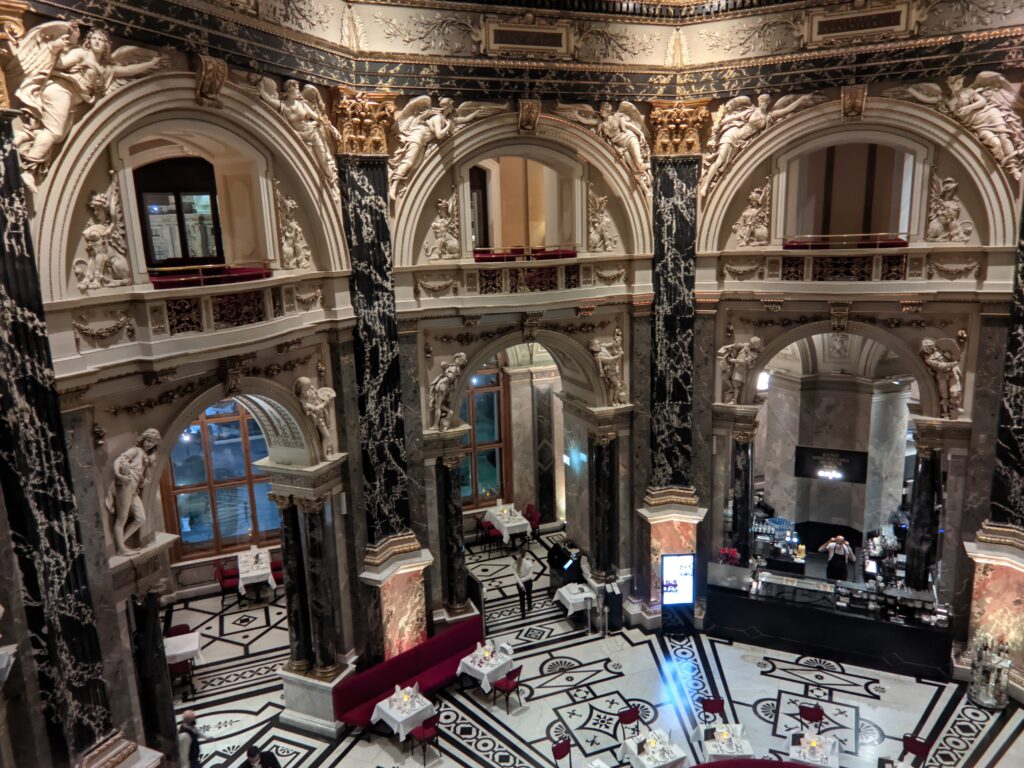
With its magnificent Picture Gallery and glorious building, we imagine some of you are pondering why we did not choose the Kunsthistorisches as the best museum in Vienna. The answer has nothing to do with the museum’s collection, which is first-rate. Our opinion has to do more with the administration of the institution and the choices it makes. For example, there is no dedicated exhibition space within the museum, some Galleries and rooms are inexplicably closed at times, and too often the lovely café & restaurant (pictured above) are unavailable due to private events. A good example of the temporary exhibition problem at the Kunsthistorisches was a 2023 show featuring Georg Baselitz and entitled “Naked Masters.” This was on view through June 25, 2023 and, to put it politely, this exhibit was a poor curatorial choice. The most defining feature of Baselitz’s body of work started in 1969 (and continues to this day): he paints expressive portraits and hangs them upside down. Born in Germany in 1938, Baselitz explains, “I was born into a destroyed order, a destroyed landscape, a destroyed people, a destroyed society. And I didn’t want to reestablish an order….” The question we raise is whether this museum should build on its strengths and organize exhibitions such as “TITIAN’S VISION OF WOMEN: Beauty — Love — Poetry” (which it showed in 2021-22) and “CARAVAGGIO & BERNINI” (2019-20), or try to bring new patrons into the museum by exhibiting more modern/contemporary art by a marginal artist such as Baselitz.
Do paintings by Baselitz represent an ideal match with (or the best counterpoint to) the amazing portraiture to be found in the Kunsthistorisches Vienna? We think not.
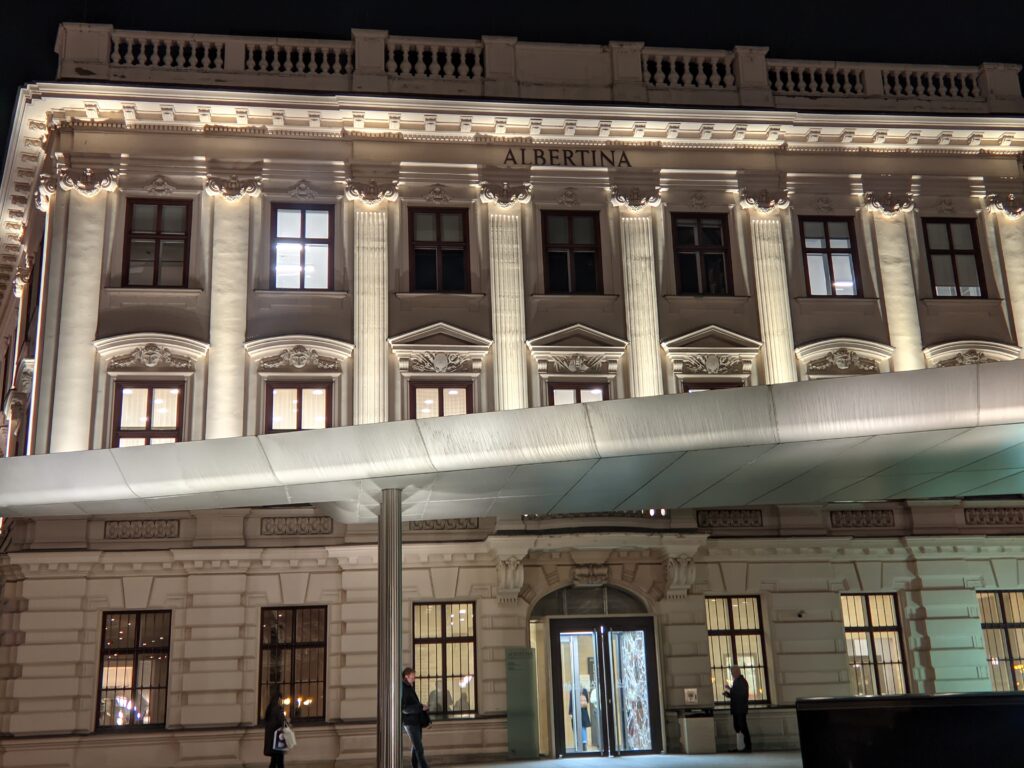
The Albertina, by contrast, augments its possessions of modern art, Old Master drawings and over 1,000,000 prints by offering numerous exhibitions of exceptional diversity and quality. These well-curated displays in different mediums — such as the current show “Michelangelo and the Consequences” (on view until January 7, 2024) and a Roy Lichtenstein retrospective opening March 8, 2024 — relate seamlessly to both its excellent permanent collection and to the previous special exhibits it has presented in Vienna. In 2022, for example, the Albertina presented four fine blockbusters: “BASQUIAT The Retrospective,” “THE DISASTERS OF WAR — Goya and the Present,” “EDVARD MUNCH In Dialogue” and “MODIGLIANI.” In brief, the Albertina has a crystal clear vision of the quality of its holdings, how best to maximize such abundant gifts, and a focused course of action to realize its potential as a premier art institution.
When in Vienna, we encourage you to visit both the Albertina and the Kunsthistorisches, two of the finest museums in the world!

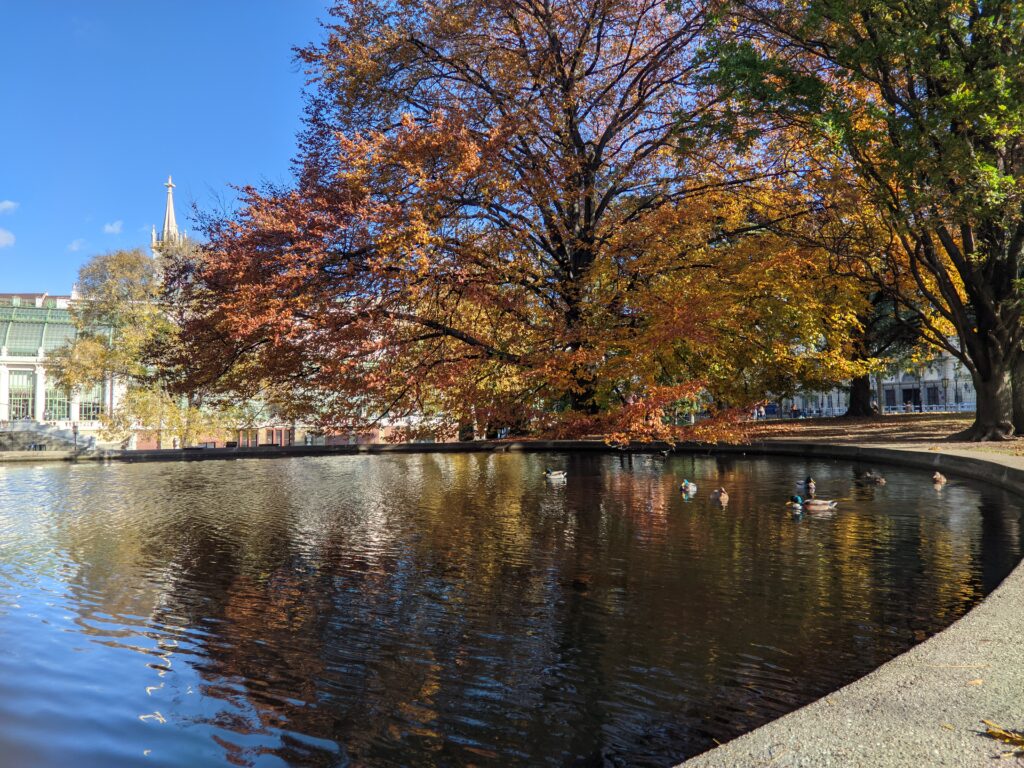
If you want to discover more about art offerings in Vienna, please visit our articles entitled Klimt + Gold = The Belvedere — 4th Greatest Museum in Vienna and The Leopold Museum — 3rd Greatest Museum in Vienna.
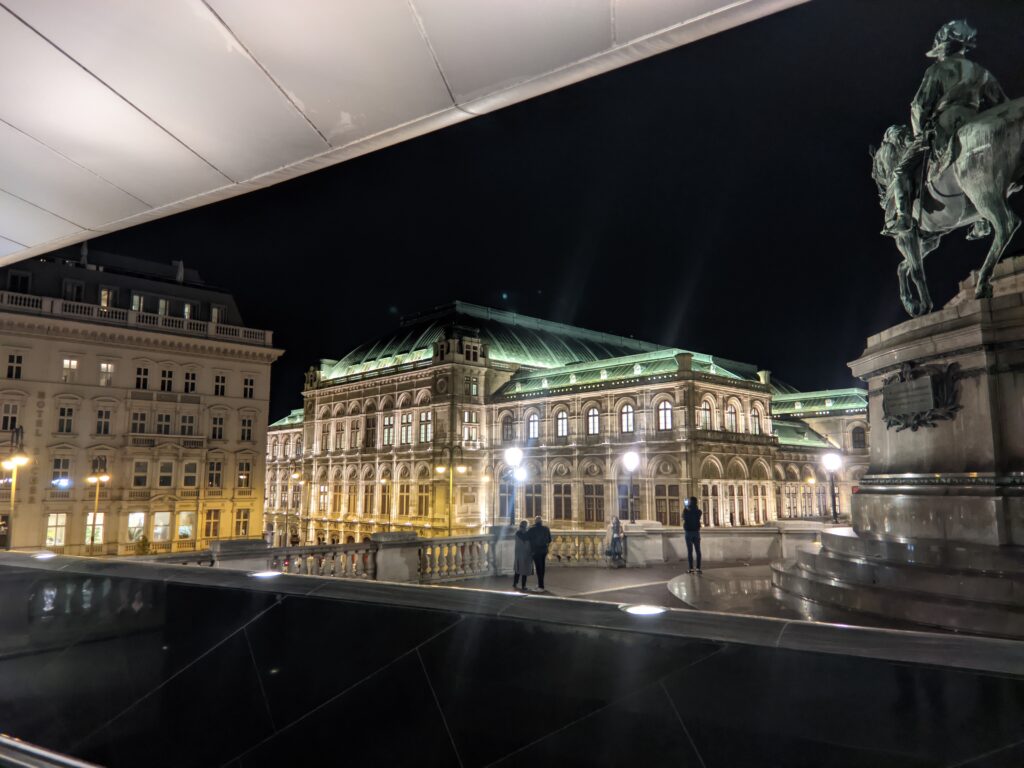
The post Two Superior Museums of Art in the Heart of Vienna appeared first on Art Lovers Travel.
]]>The post Excellent Van Gogh Paintings & the Beautiful Colors of Rome appeared first on Art Lovers Travel.
]]>We begin by visiting a small exhibition featuring landscape paintings by Vincent van Gogh (and four other contemporaries of Vincent) which was on view at the Art Institute of Chicago until September 4, 2023. Then we’ll review venues for art shows in Rome, and finally we will present to you our design for a compact walking tour of the Italian capital.
Here are some highlights from the Chicago exhibit entitled VAN GOGH & THE AVANT-GARDE: THE MODERN LANDSCAPE.
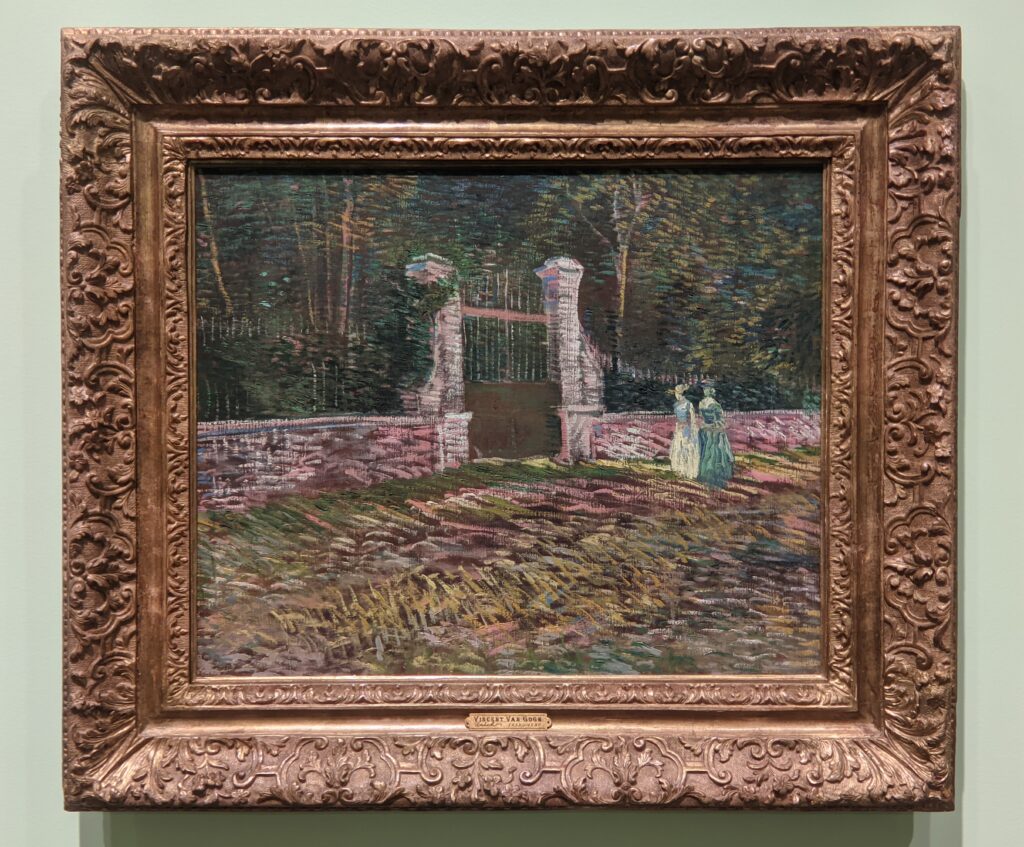
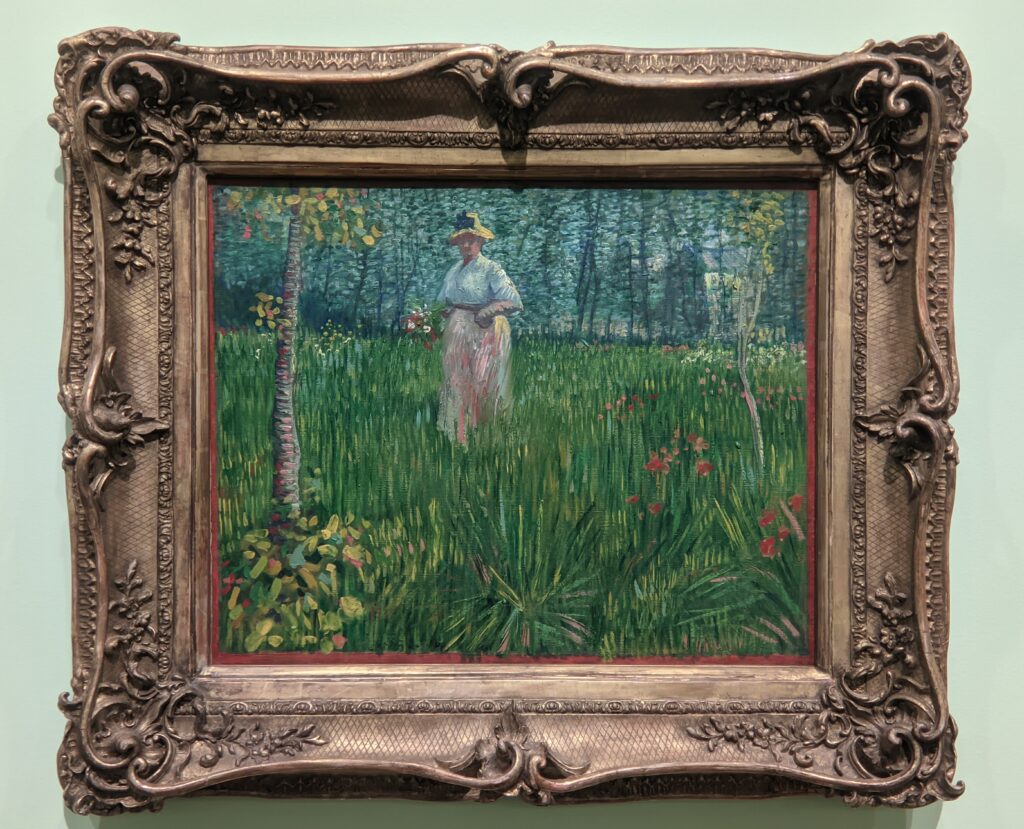


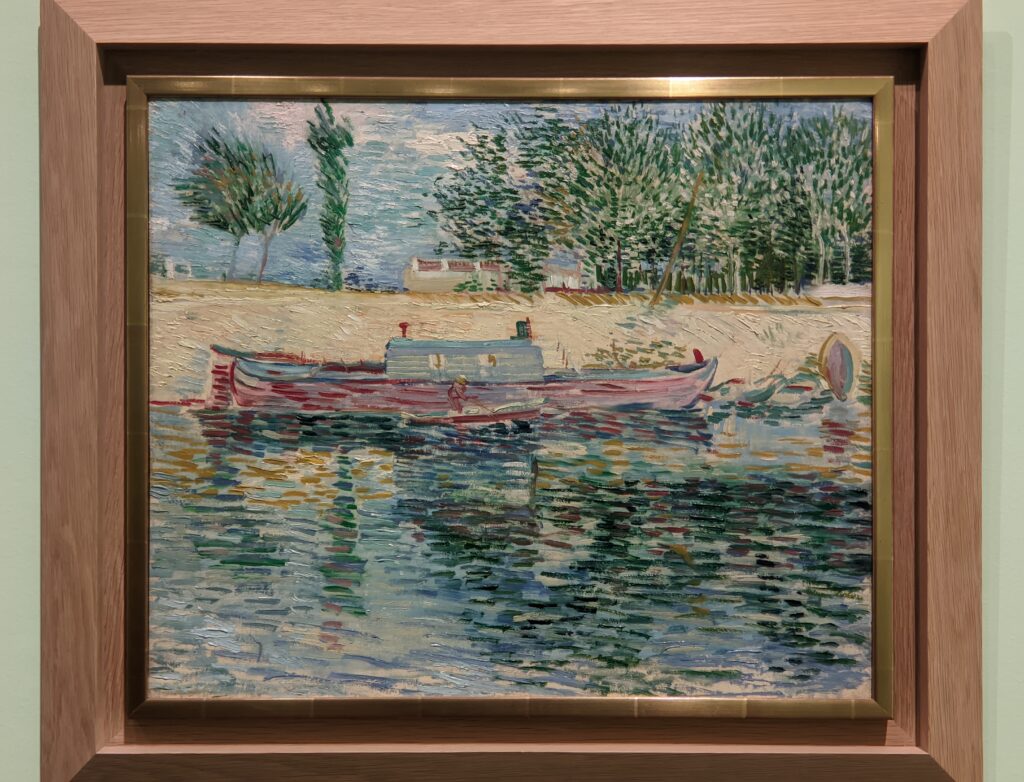
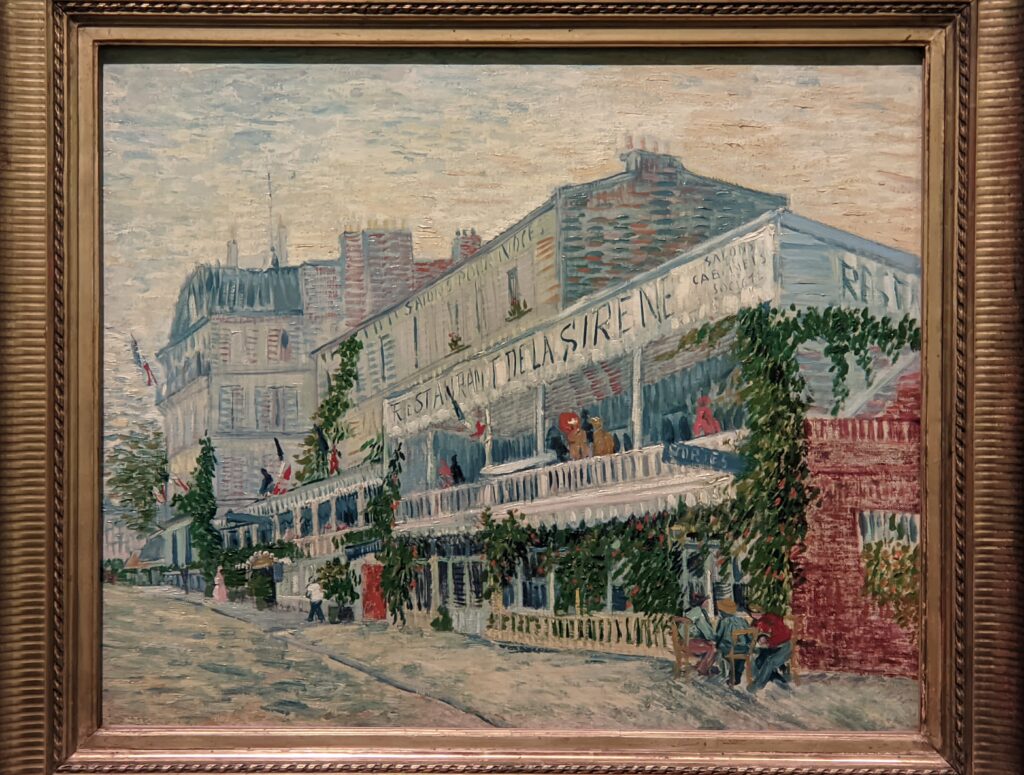

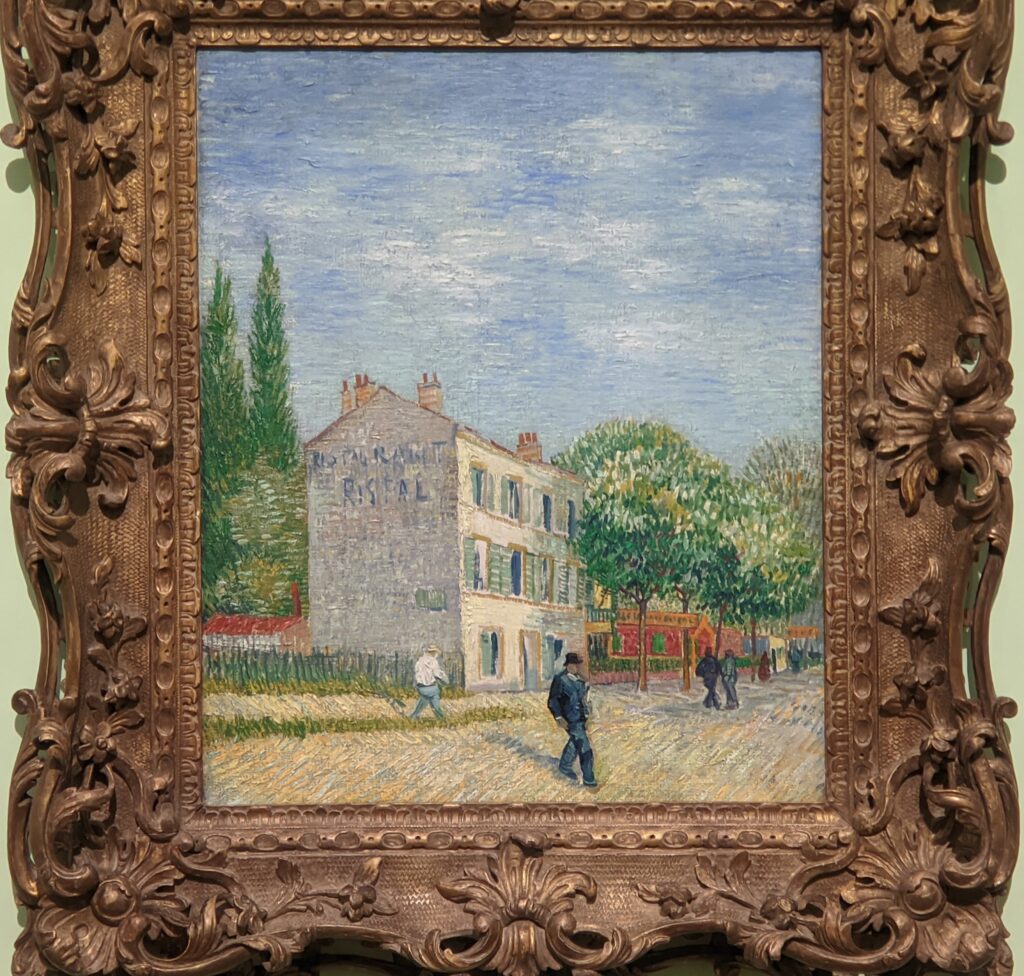
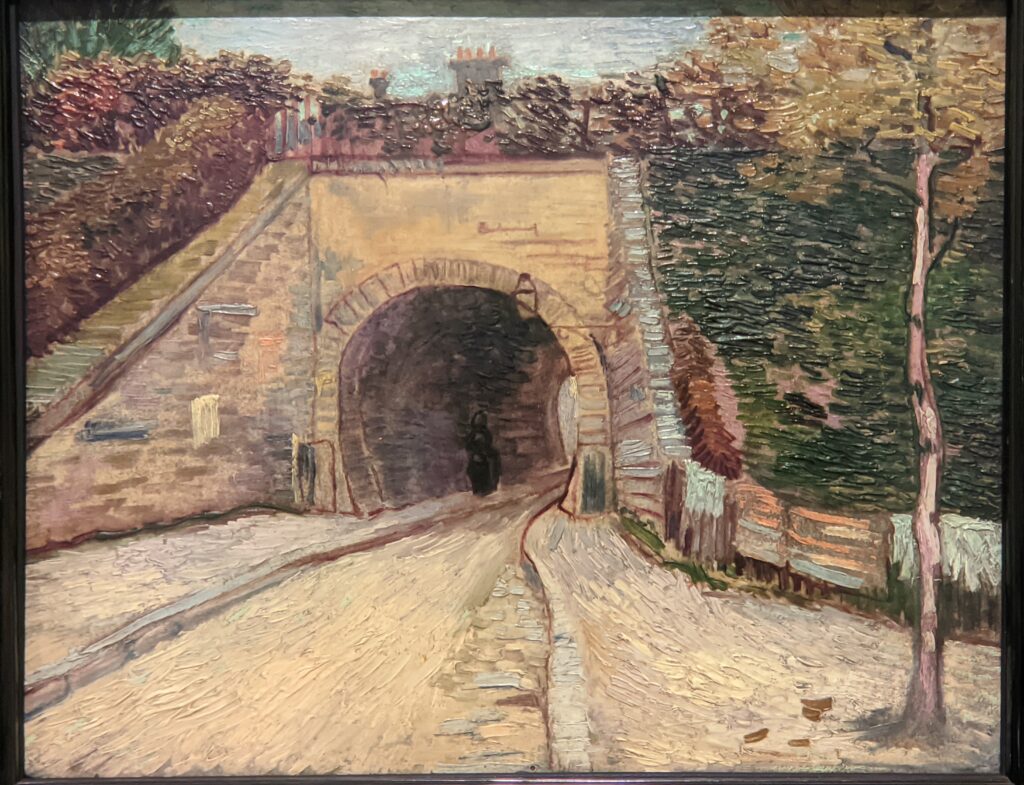


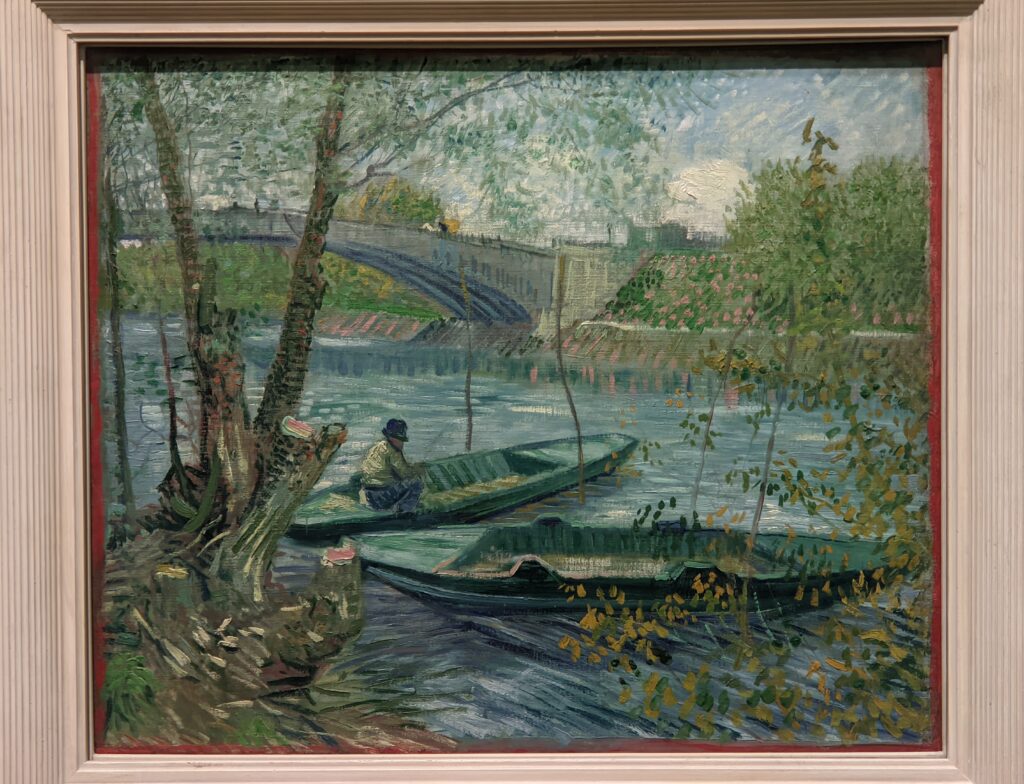

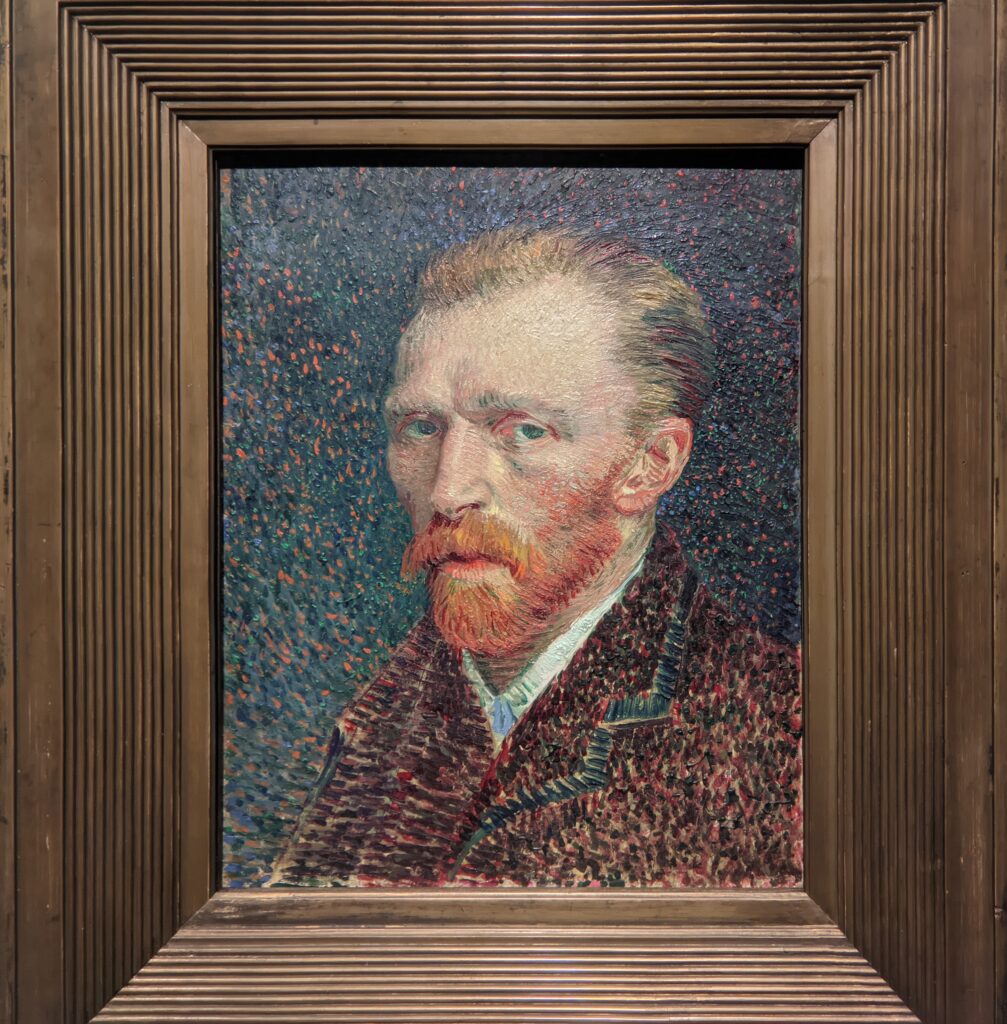
Masterpieces by Van Gogh from the Netherlands Were Shown in Rome at the Palazzo Bonaparte
The display of Vincent’s graphic works and paintings which were presented at the Palazzo Bonaparte in Rome through March 26, 2023 was more than twice as large as the Chicago exhibit, featuring 50 — 60 works of art by Van Gogh. The good news from Rome was that every branch of Vincent’s brief, powerful career was represented by high-quality art lent by the Kröller-Müller Museum in Otterlo. If you are unfamiliar with the fine collection of the Kröller-Müller (located 100 kilometers east of Amsterdam in De Hoge Veluwe National Park outside Arnhem) then you have previously seen only one or two of these 50+ masterpieces on public view. In addition, after we enjoyed viewing this revelatory Van Gogh exhibit in Rome, it was easy to explore the city of Rome itself and visit other venues of art, such as the Palazzo Cipolla which presented the art of Raoul Dufy through February 26, 2023.

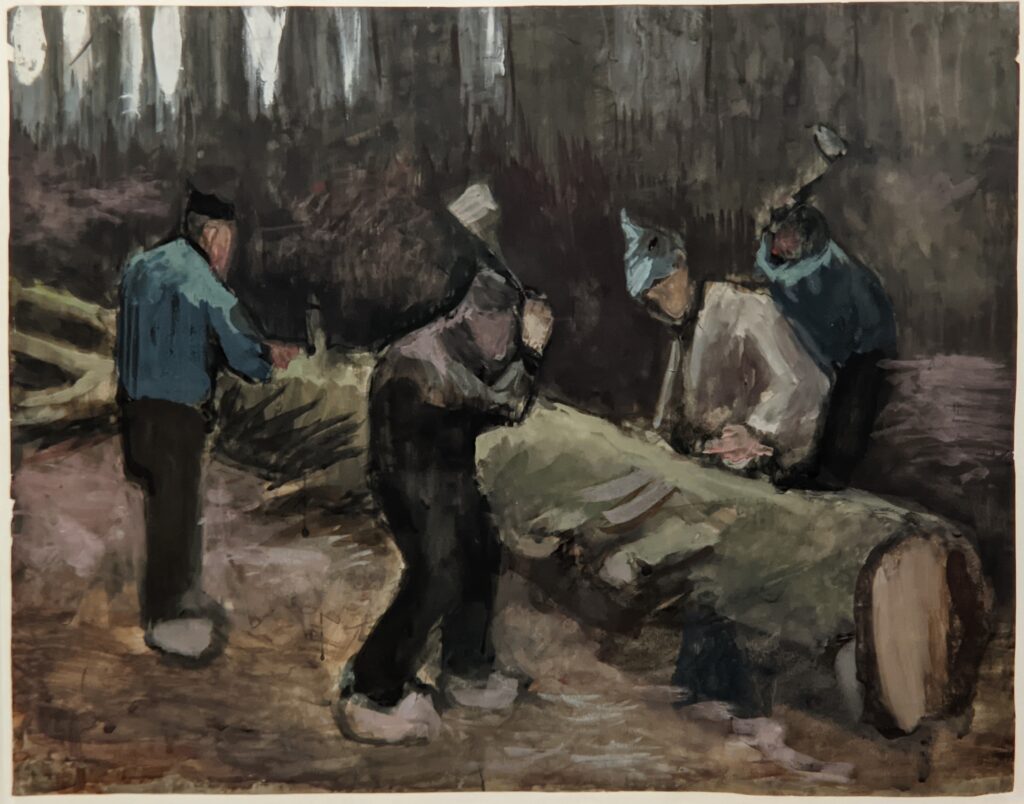
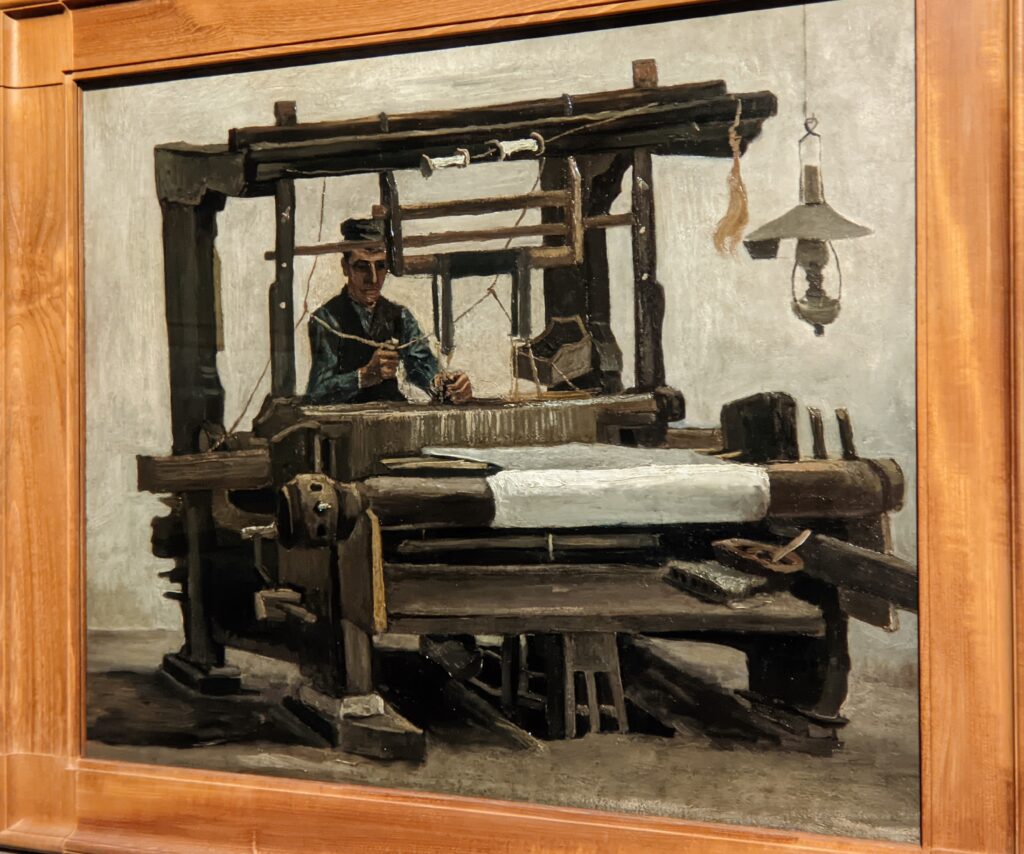
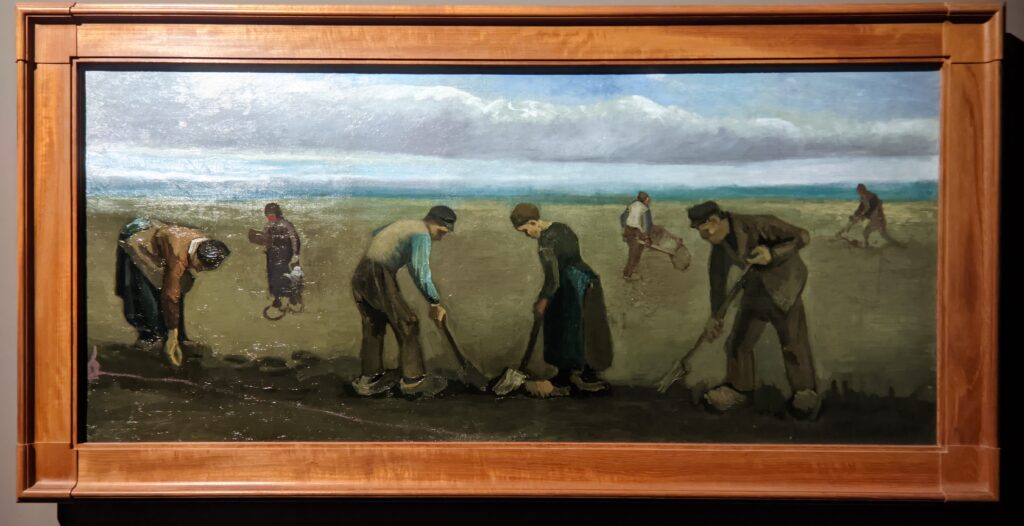
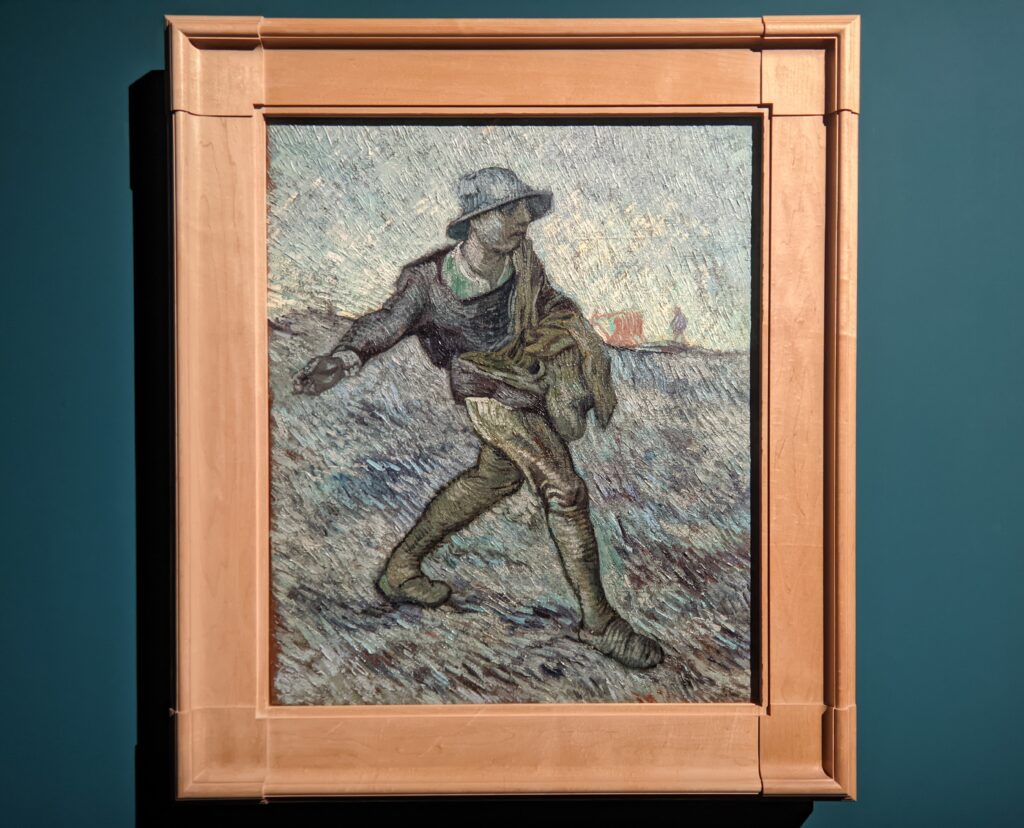
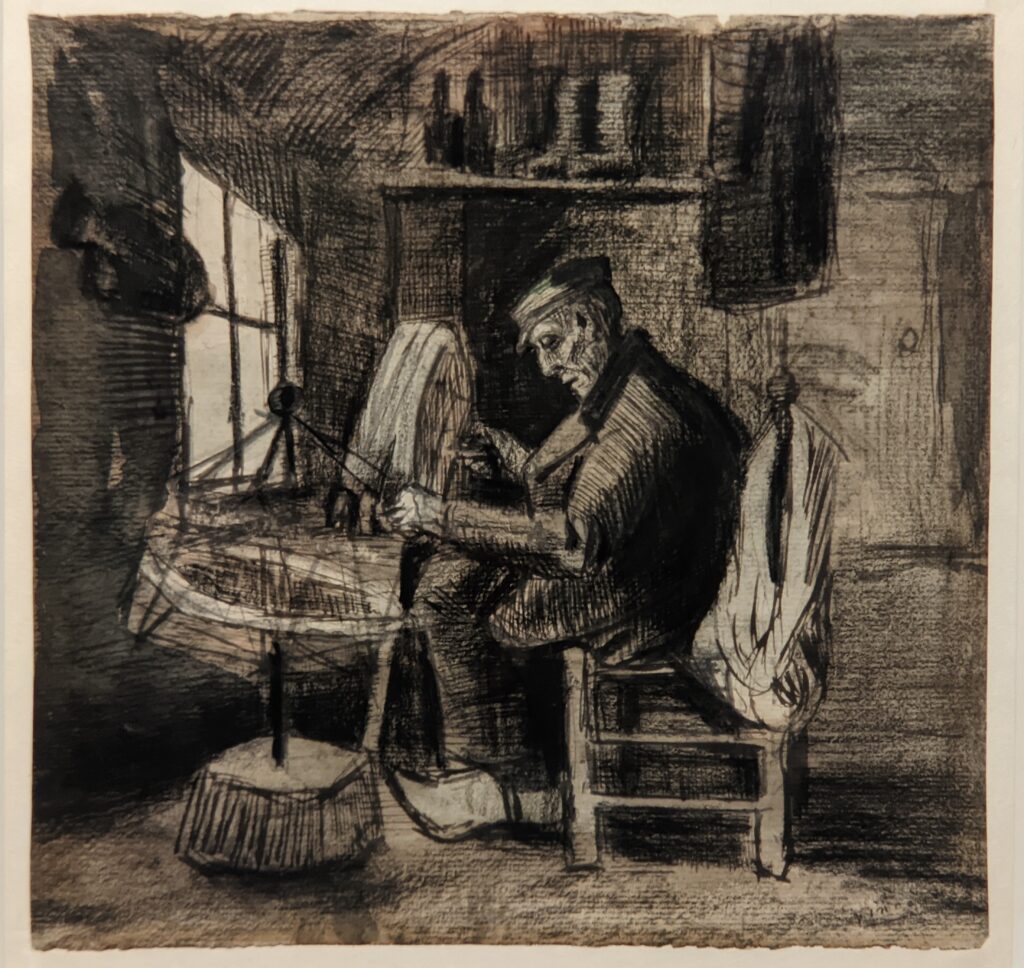
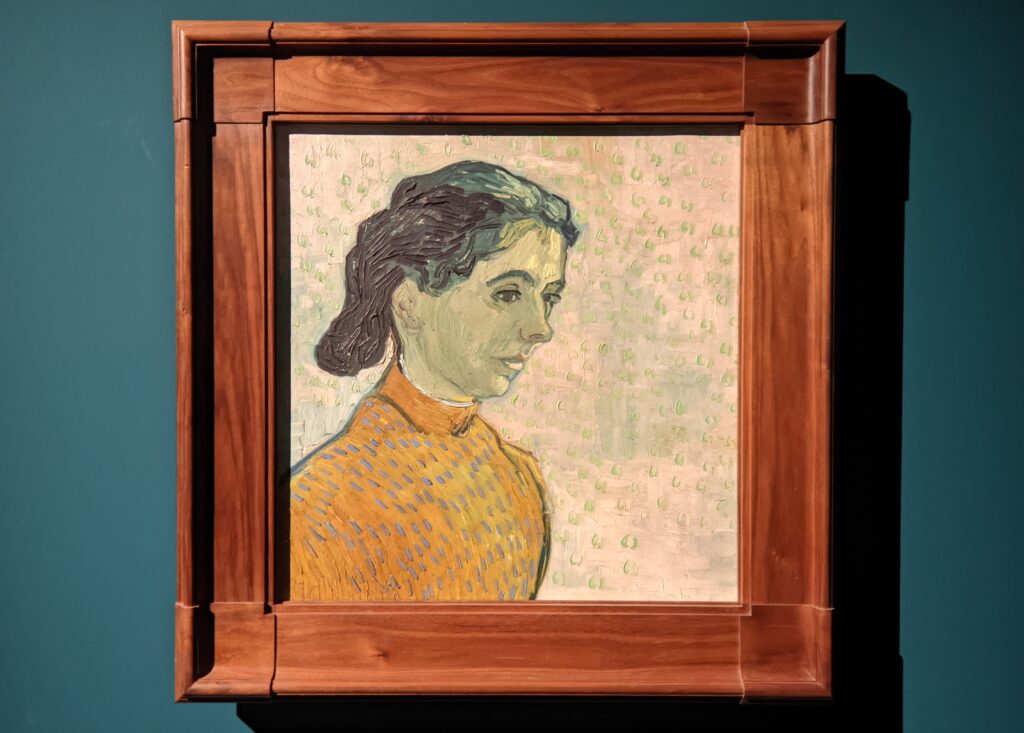
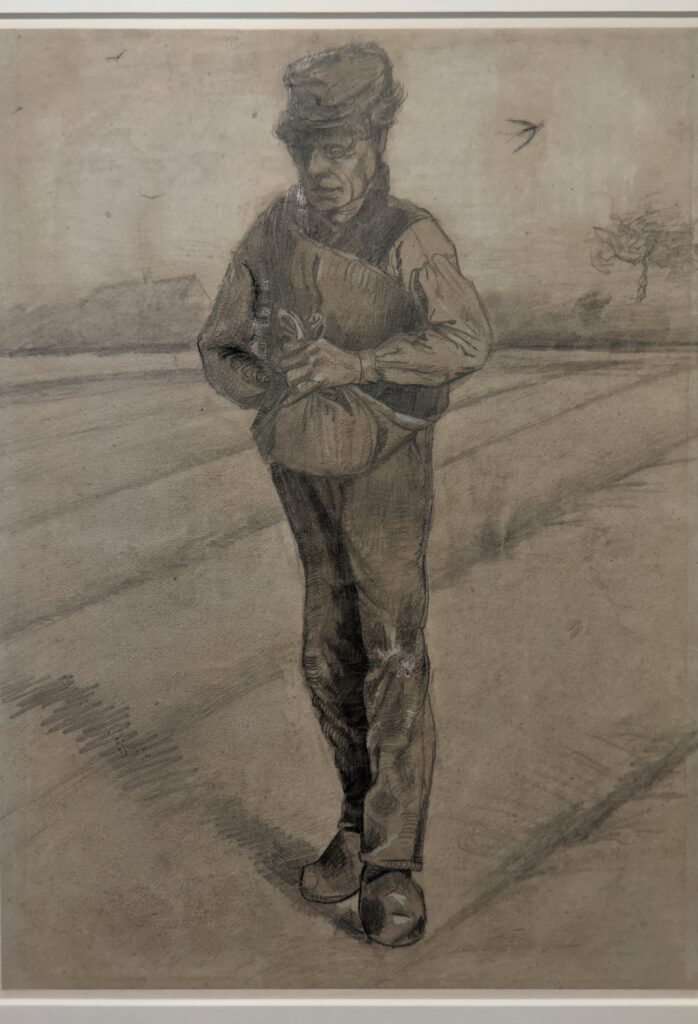

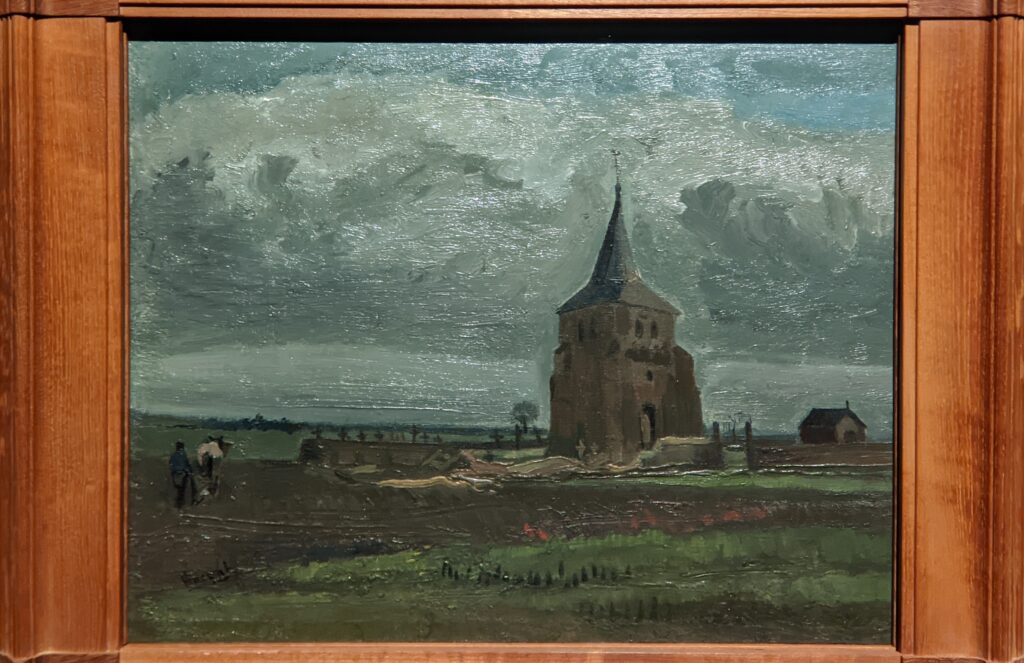
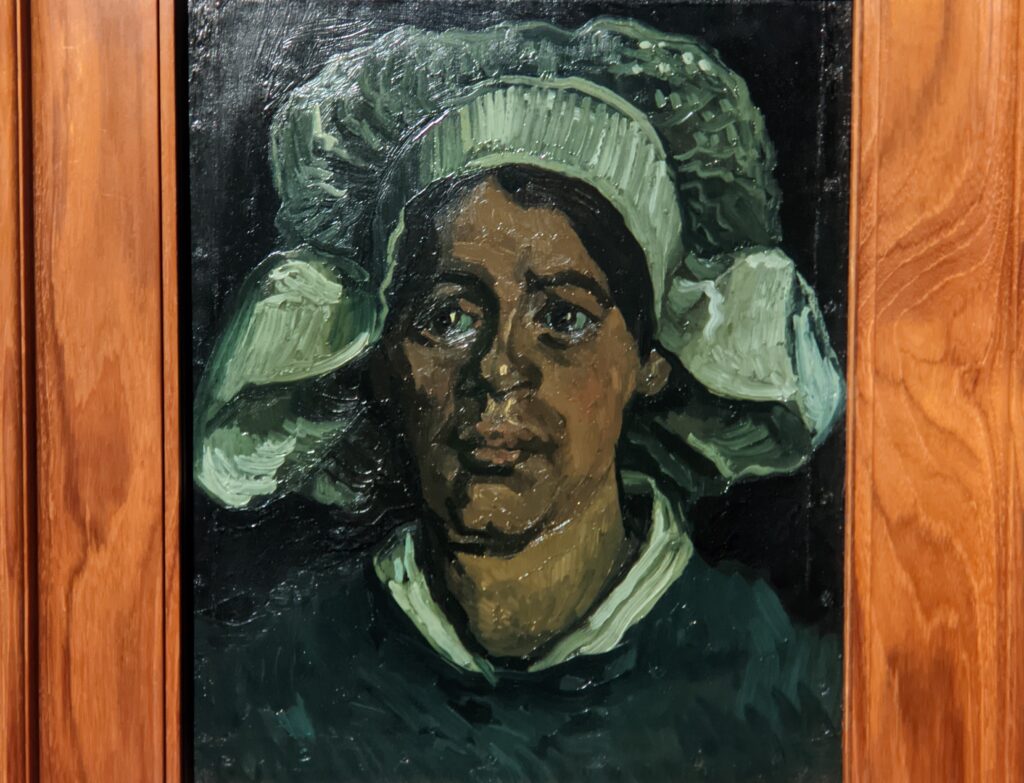


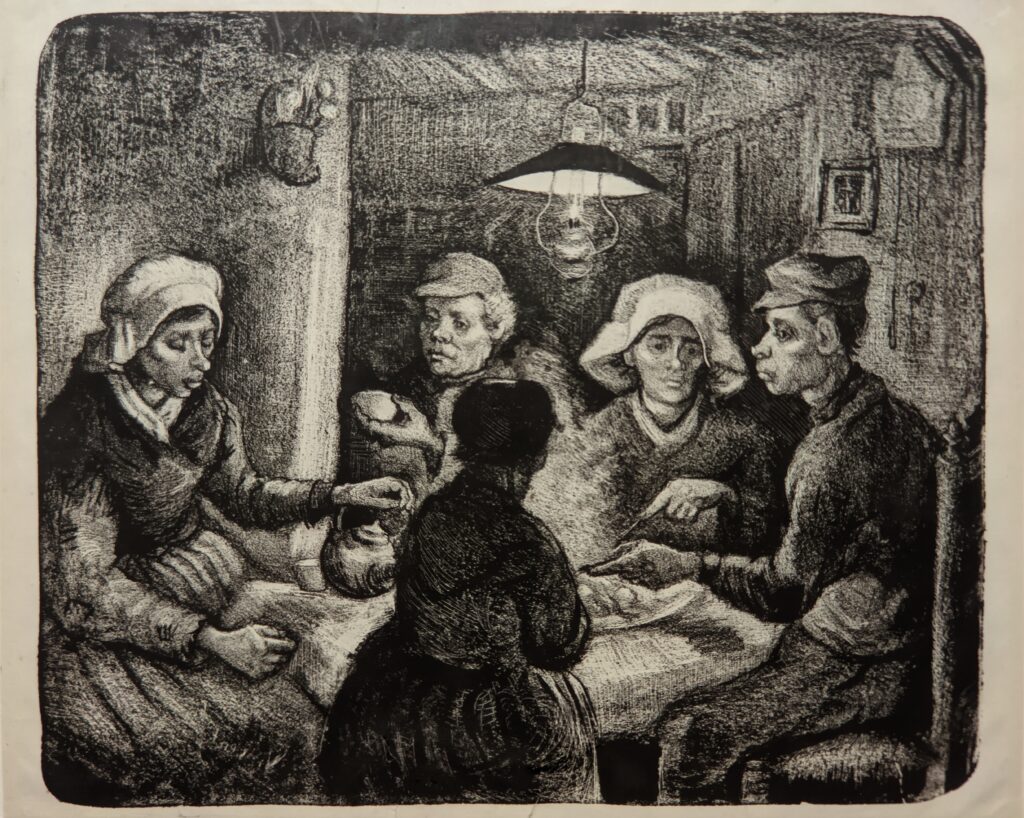
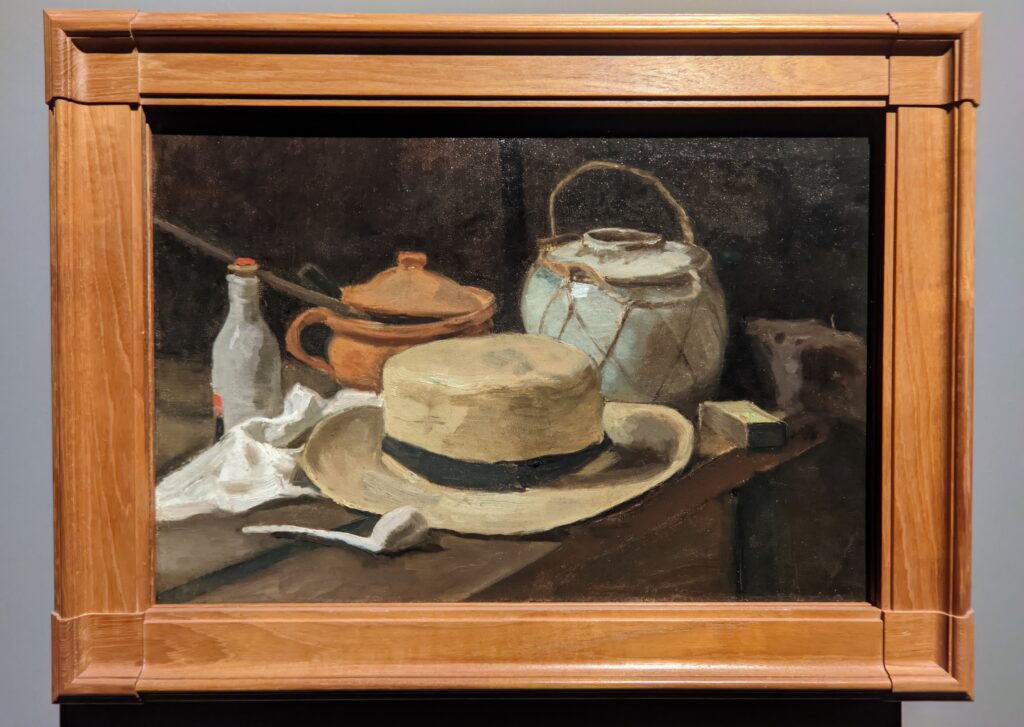
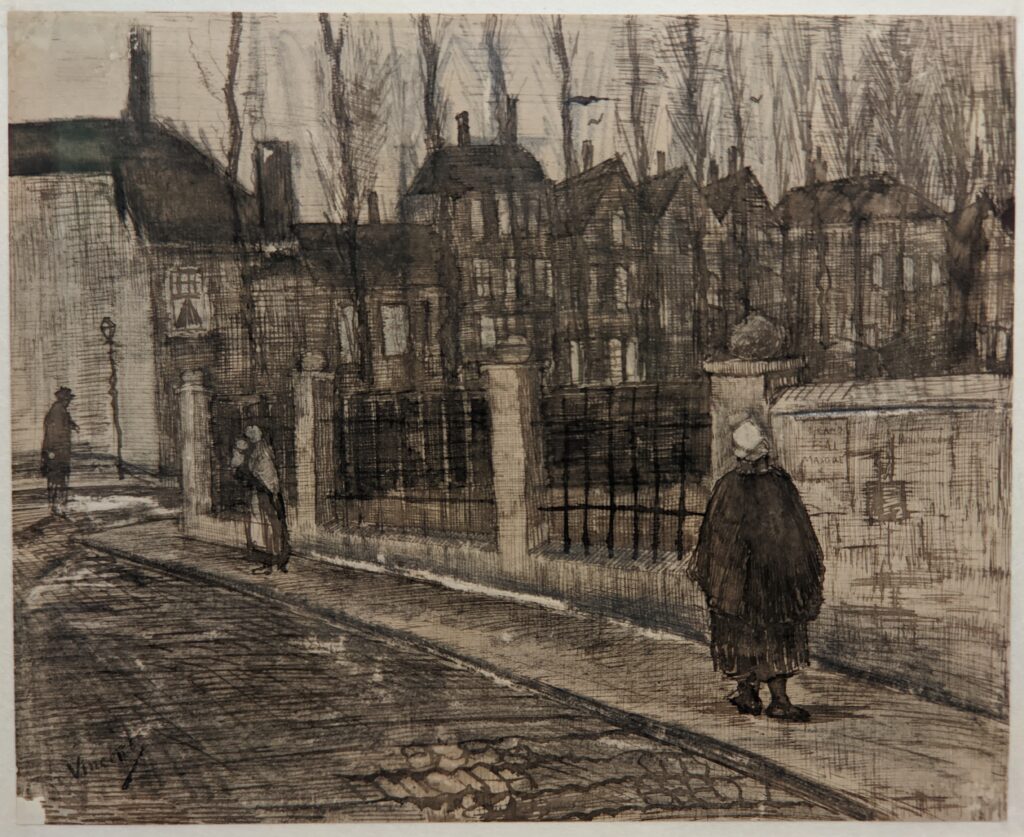
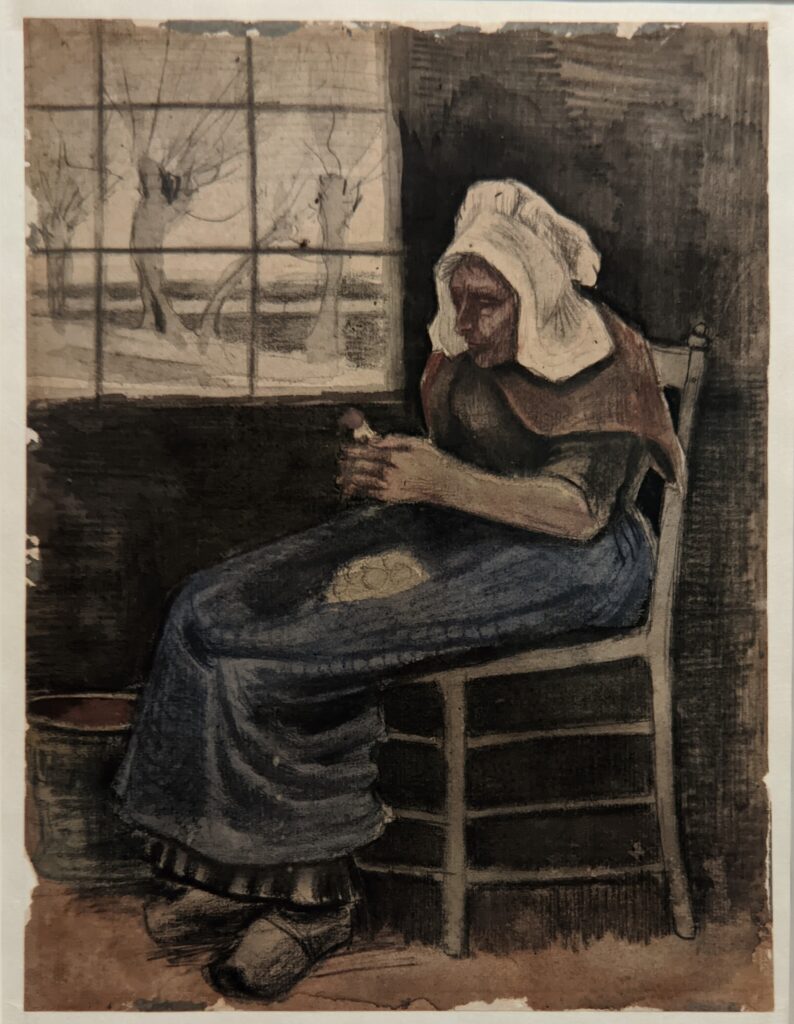
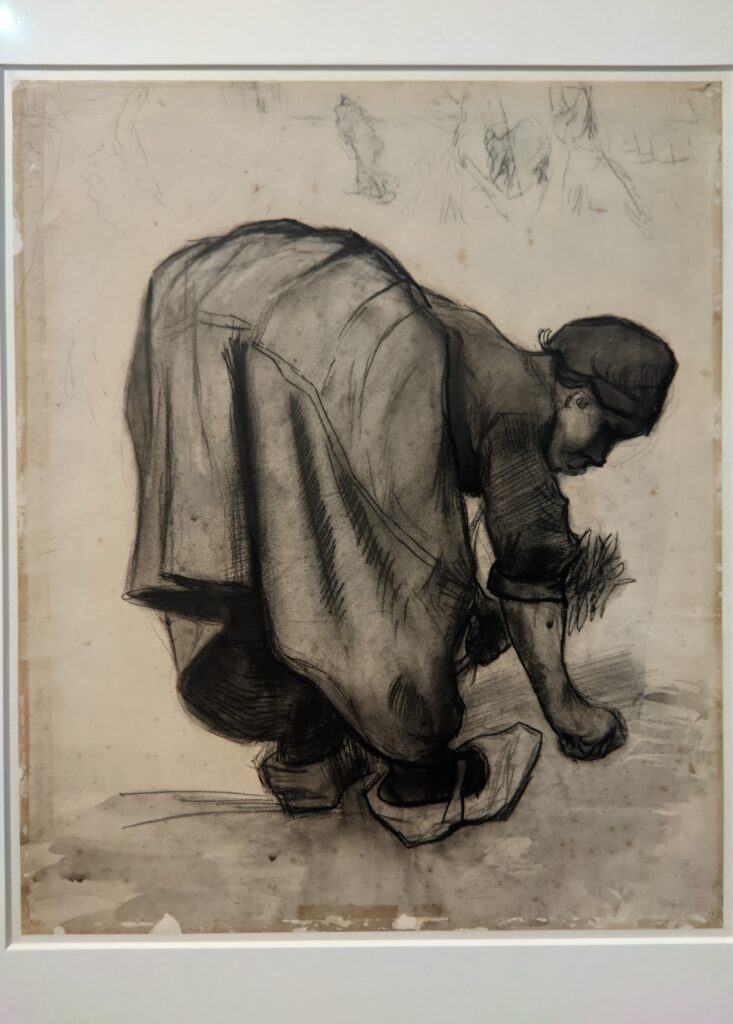

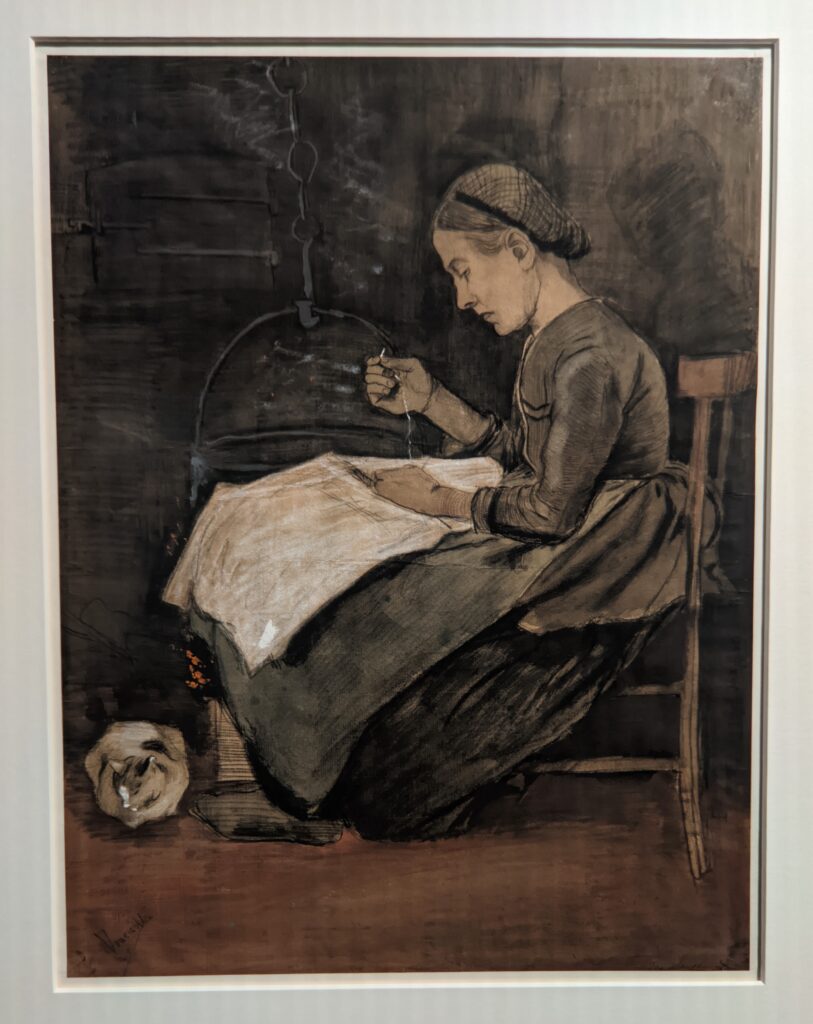

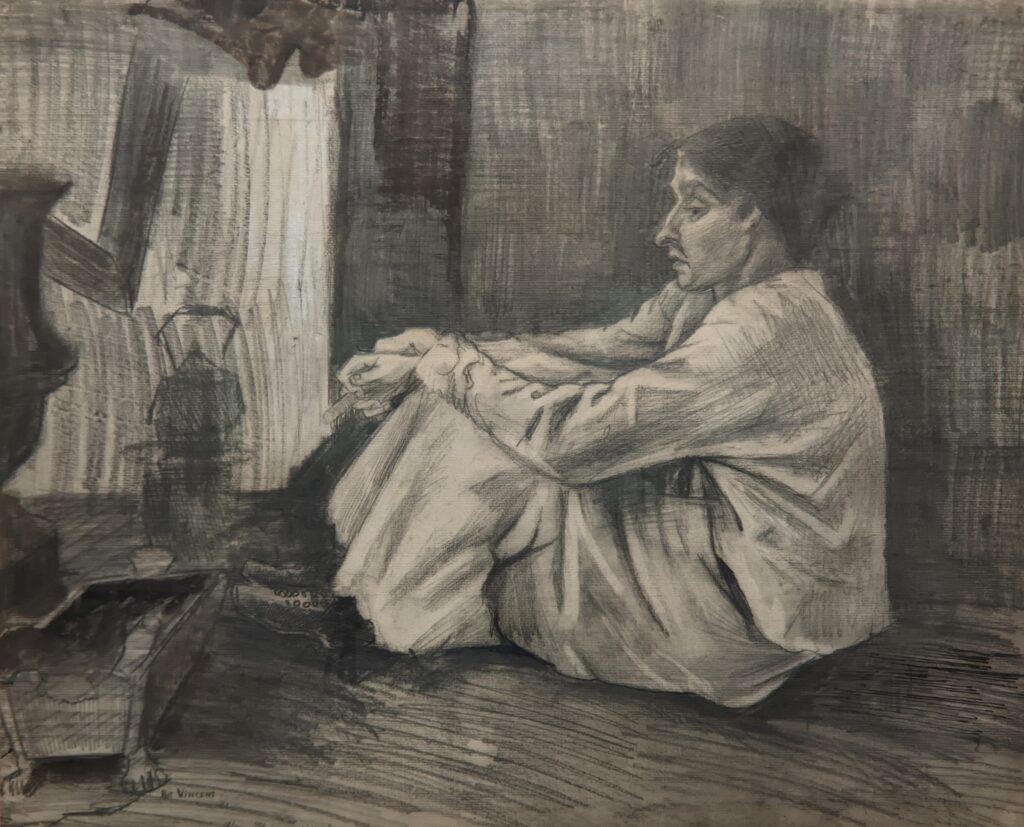
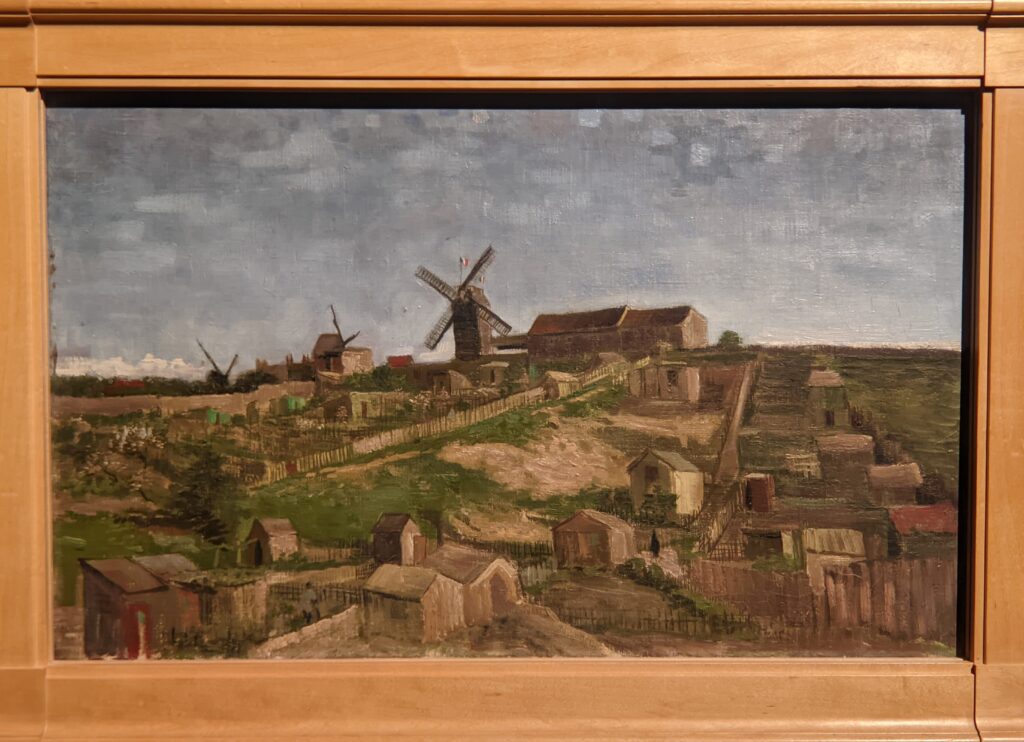
Van Gogh Left the Netherlands & Belgium for Paris in 1886
Vincent van Gogh was born in the rural south of the Netherlands in 1853, and began his career as a painter in 1881. Throughout 1884 and 1885 he created art in the town of Nuenen (outside Eindhoven) and in the city of Antwerp, before moving to Paris in February/March 1886. Van Gogh’s Netherlandish period (1881 — 1885) focused primarily on workers performing their daily activities, as well as common people confronting their day-to-day struggles. His palette during the Netherlandish period was dominated by greys, yellowish-browns and greens, in particular olive green, raw umber and raw sienna.
In Antwerp Vincent applied himself to color theory by studying Japanese woodcuts and painters like Eugene Delacroix and Peter Paul Rubens. In Paris, Van Gogh realized that the subtle and strong color contrasts mastered by Rubens and Delacroix could not be achieved with the dark tones and sombre palette he had been using, so he broadening his palette to include cobalt blue, emerald green and carmine (deep red). His move to Paris came at a pivotal time in art history — the presentation of the Eighth Impressionist Exhibition of 1886, featuring Impressionist art by Paul Gauguin and the new Pointillism embraced by Georges Seurat, Paul Signac and Camille Pissarro. The style of Neo-Impressionism developed by Seurat and nurtured by Signac stressed the ability of complementary colors to form vibrant contrasts. Vincent adopted techniques such as this, and for the remainder of his life (from 1886 through 1890) Van Gogh’s oil paintings frequently featured complementary color combinations: (1) red and green, (2) blue and orange, (3) yellow and purple.

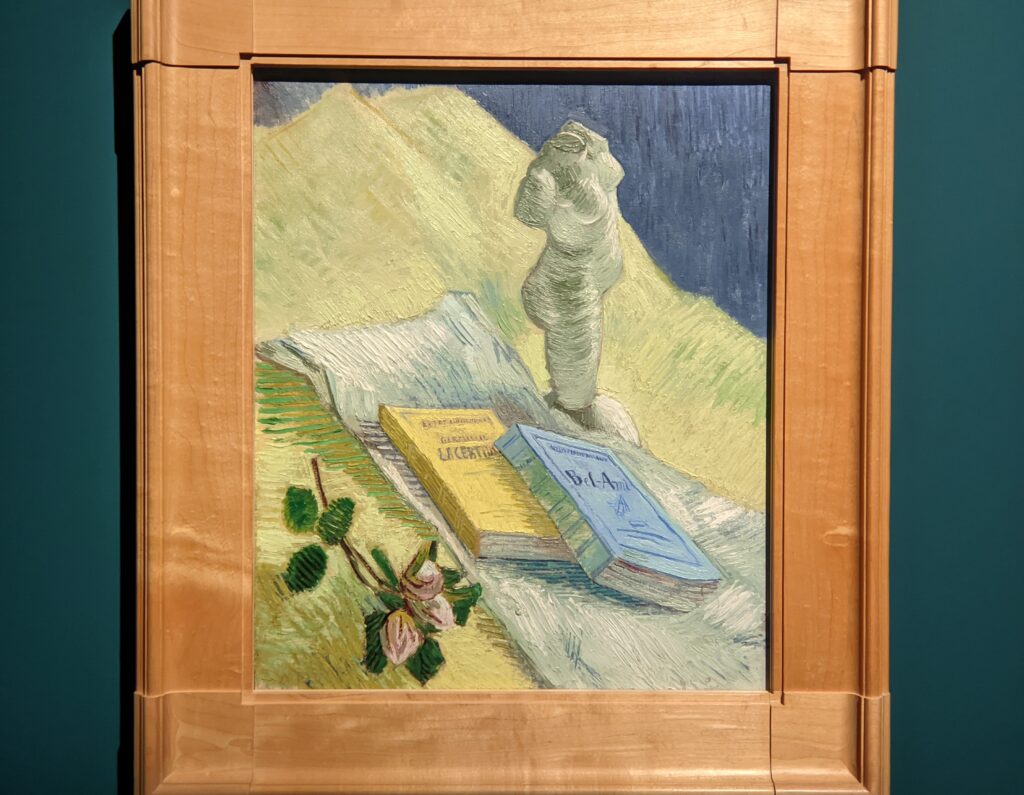
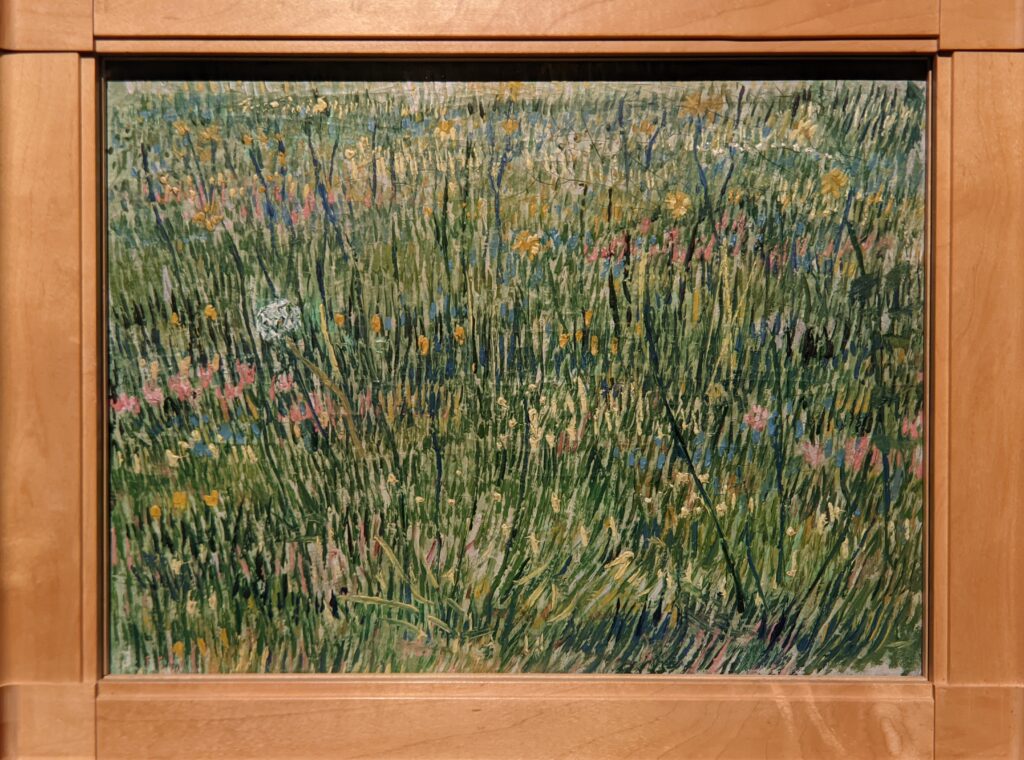
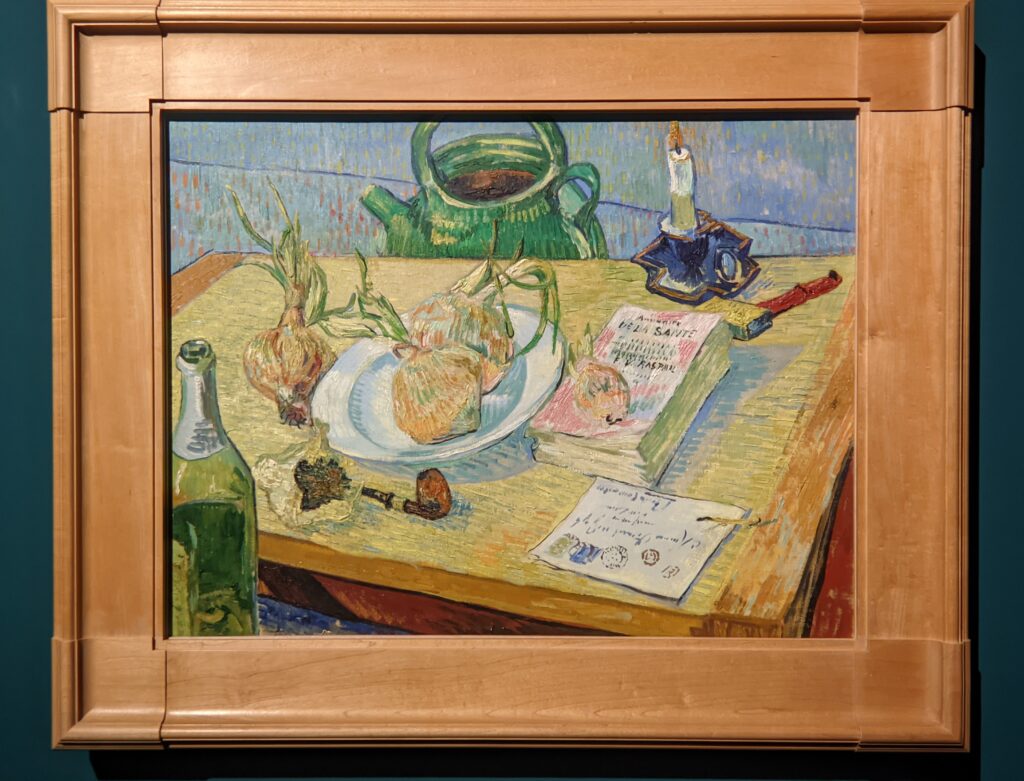
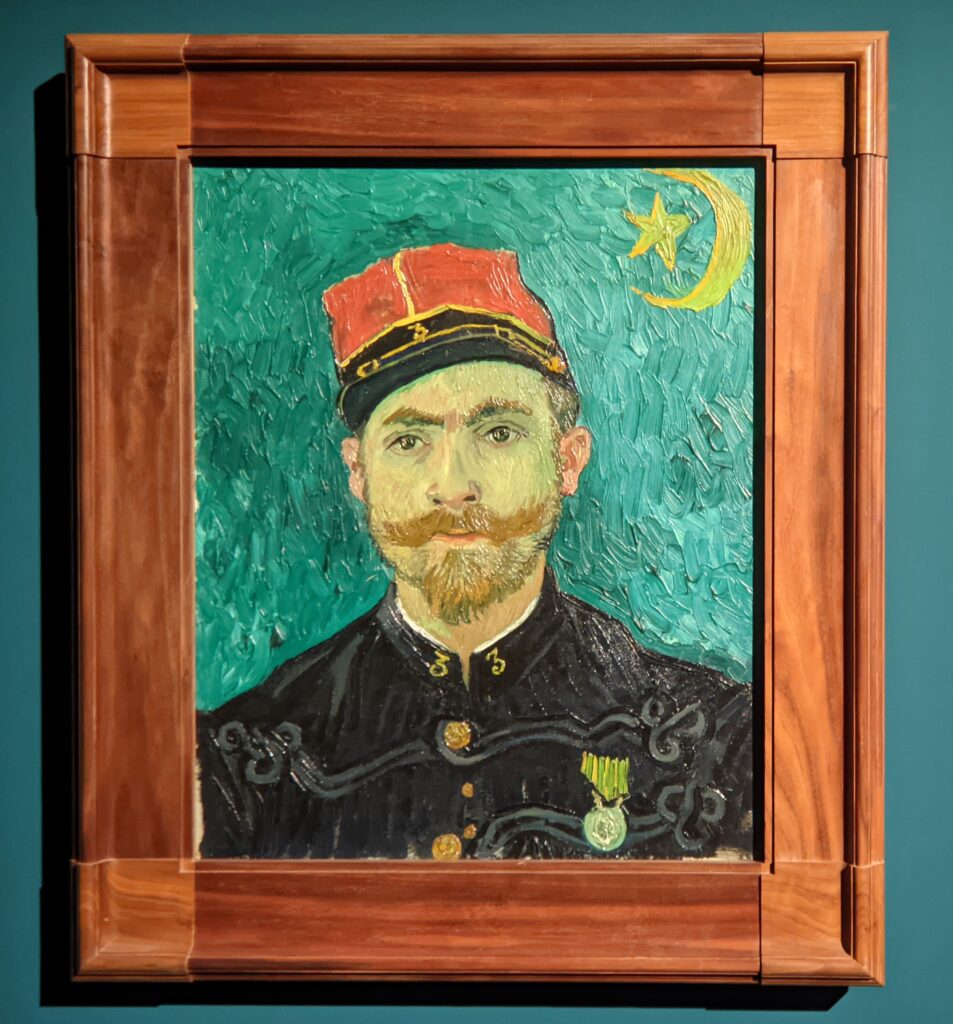
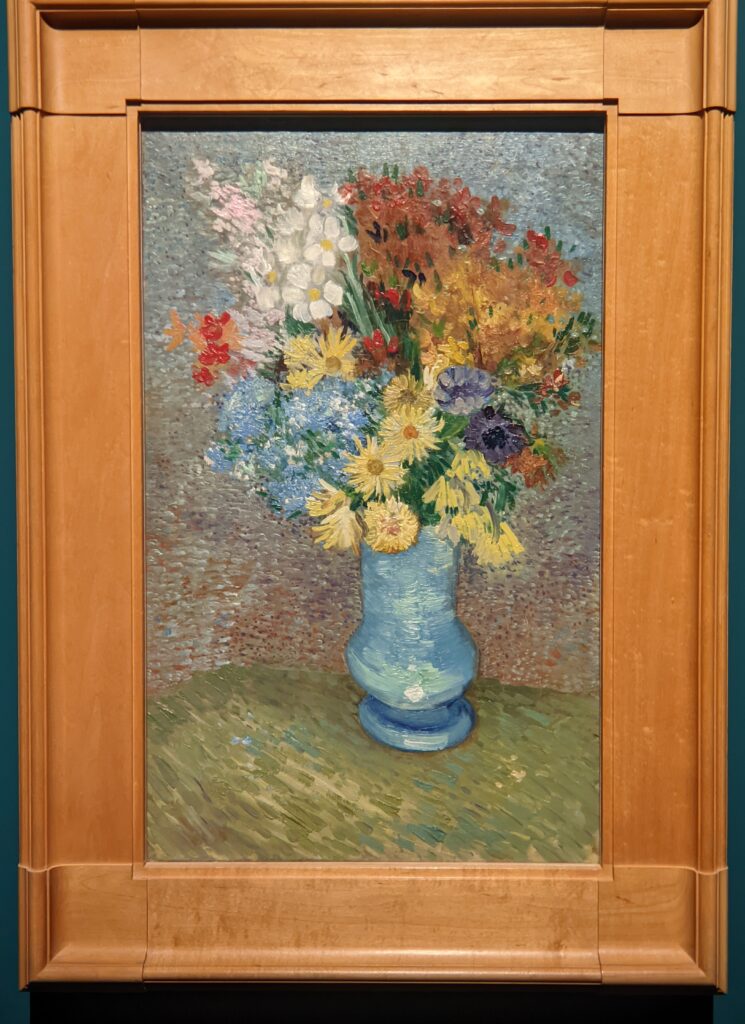
In Paris, Van Gogh carefully studied the floral compositions of Adolphe Monticelli, the French Romantic painter. The chromatic juxtapositions found in still lifes with flowers offered Van Gogh the opportunity to experiment with different color combinations, and in the summer months of 1886 Vincent painted more than 30 such still lifes. “Last year I painted almost nothing but flowers to accustom myself to a color other than grey,” he wrote — “that’s to say pink, soft or bright green, light blue, violet, yellow, orange, fine red.” In the following years, he would return to working on flowers with increased self-assurance, more sophisticated tonal variations and a confident use of his brush.
Through Van Gogh’s familiarity with avant-garde artists like Louis Anquetin and several painters from the Pont-Aven colony — Jacob Meyer de Haan, Emile Bernard & Gauguin — Vincent developed a more expressive style of painting which at times included the thick, black contour outlines characteristic of cloisonnism {seen above in “The Lover” and below in “Pine Trees at Sunset”}. However, the flat regions of bright, pure color which during this period lent a strong two-dimensional appearance to the canvases of Bernard, Anquetin and Gauguin were ill-suited to Van Gogh; instead, Vincent advanced his own painterly style consistent with the heavy impasto he admired on Monticelli’s canvases.

At the beginning of 1888, Van Gogh began to show signs of acute illness: malnourishment, heavy consumption of alcohol, excessive smoking to stave off hunger, insomnia. He headed to the sunnier South of France, and settled in Arles for the next 14 and 1/2 months.
From February 20, 1888 to May 8, 1889 Van Gogh created more than 200 paintings in Arles, plus over 100 watercolors and drawings. He also wrote 200 letters to artists, friends and his family during this time. Artistically, Van Gogh reached new heights, combining his experience using chiaroscuro (from his Netherlandish period) with his two years of color exploration in Paris.
Largely self-taught, Vincent had studied the Old Masters’ techniques regarding light while living in the Netherlands, e.g. he often used the same proportions of light as Rembrandt van Rijn, who devoted only one-eighth of the space on his canvases to bright colors. Van Gogh knew that Titian devoted one-quarter of his canvases to the parts in the light, and through observation Van Gogh saw that Rubens increased that proportion to one-third. While in Arles, Vincent received a letter from his friend stationed in North Africa, Lieutenant Milliet. Milliet informed Van Gogh that in paintings made in Algeria the parts in the light accounted for almost the entire canvas, “Rembrandt in reverse.” Thereafter, Van Gogh added chrome yellow to all of the other colors in his landscapes in order to simulate warm sunlight and inundate the entire canvas with light.
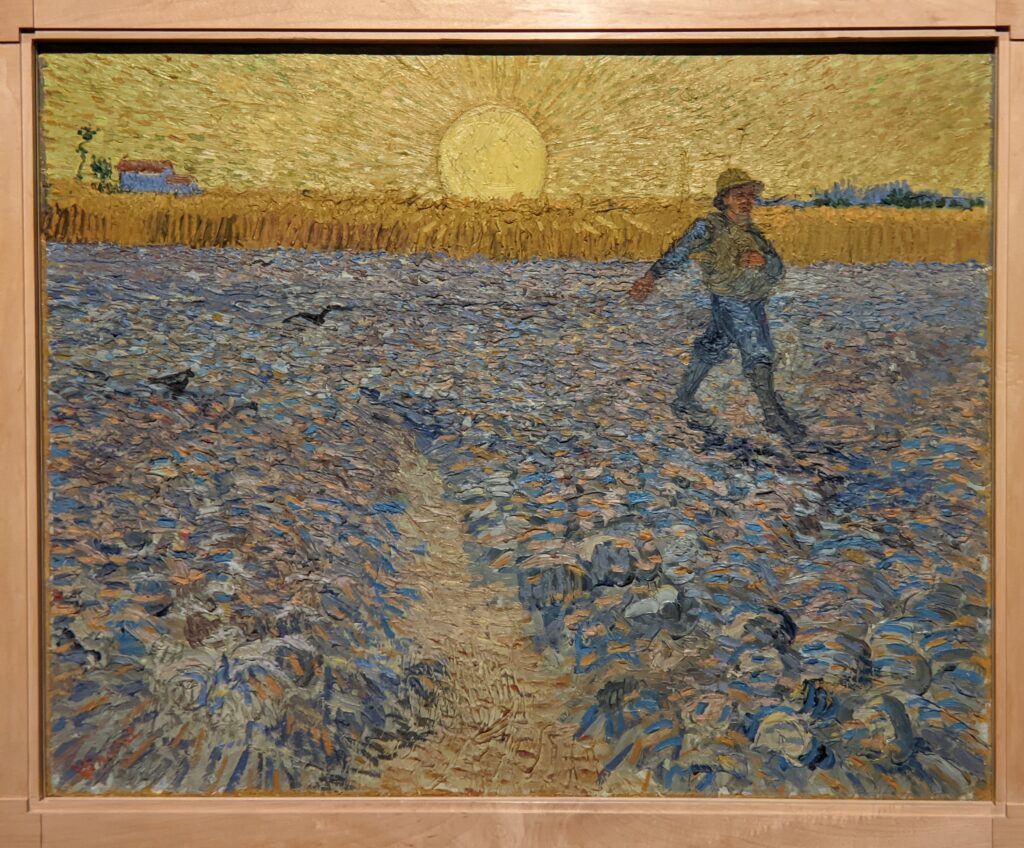

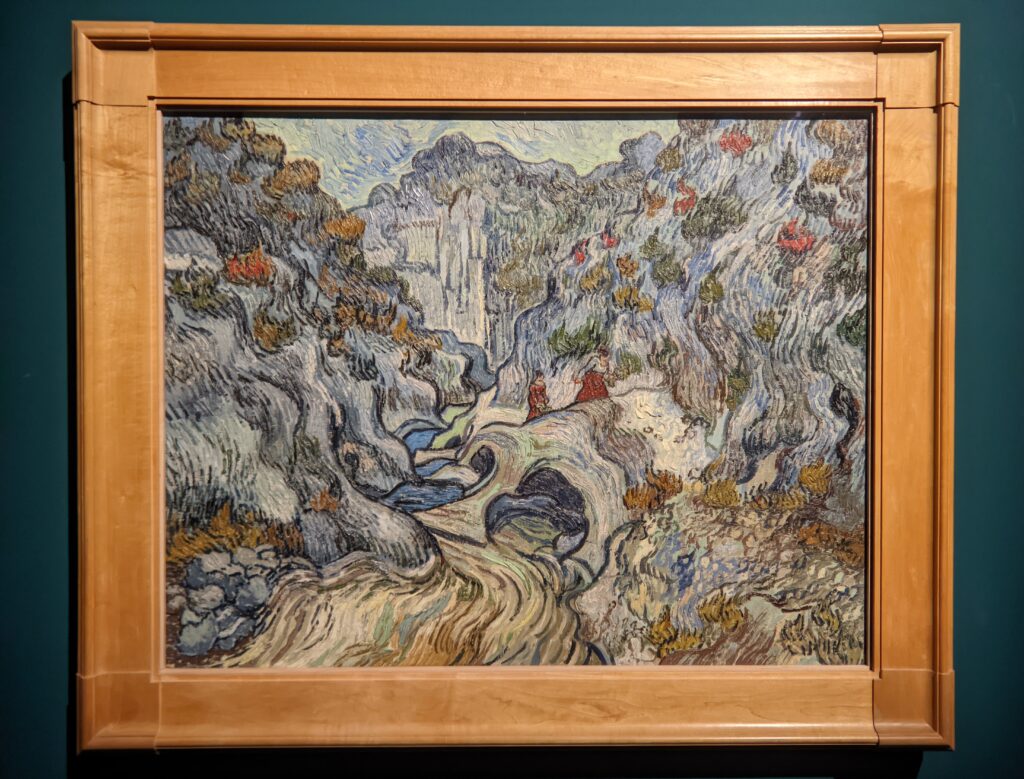
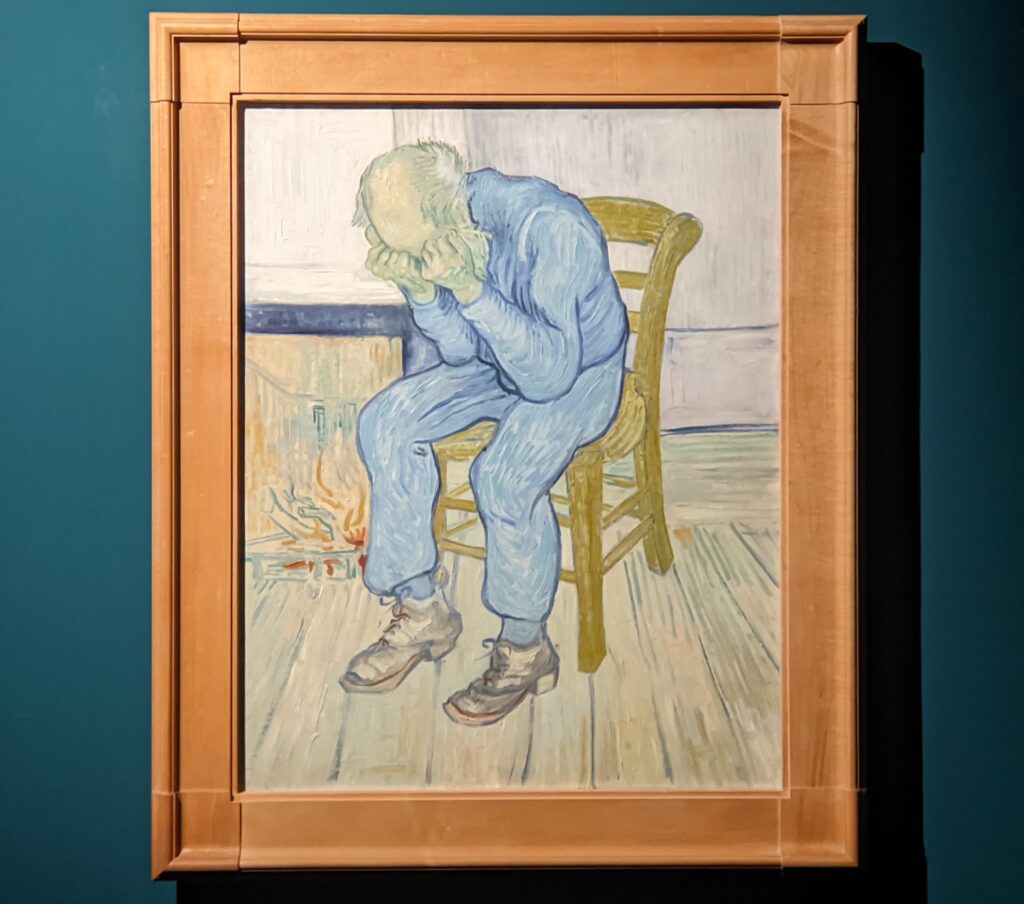



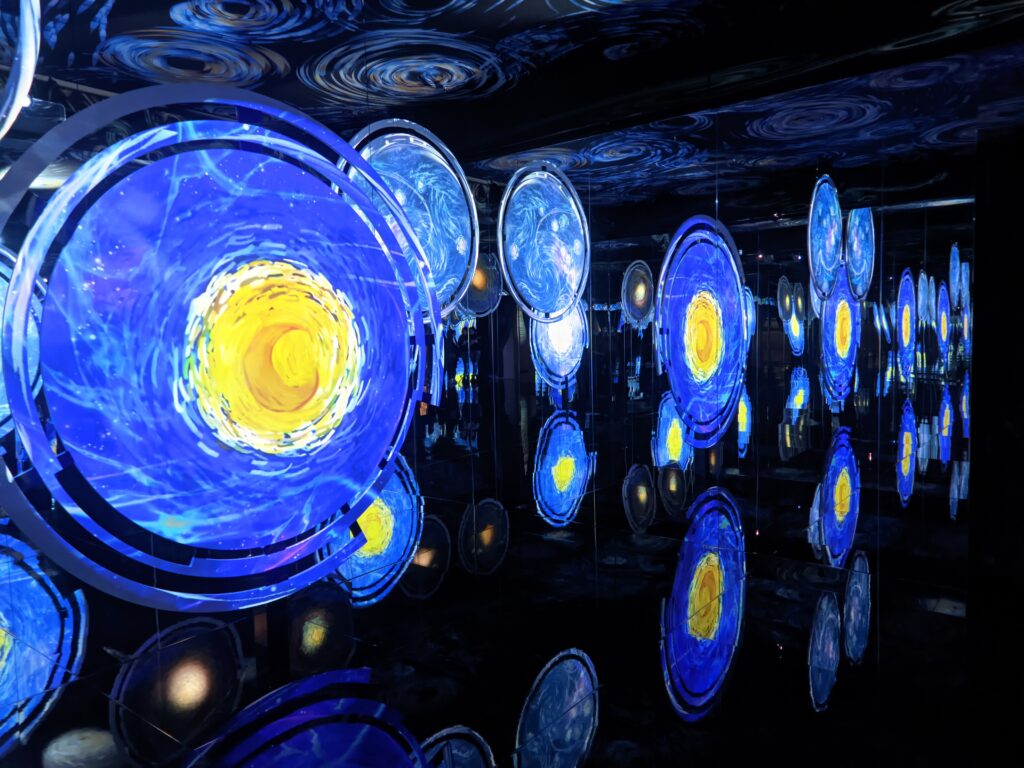
Our Analysis of the Van Gogh Exhibit in Rome

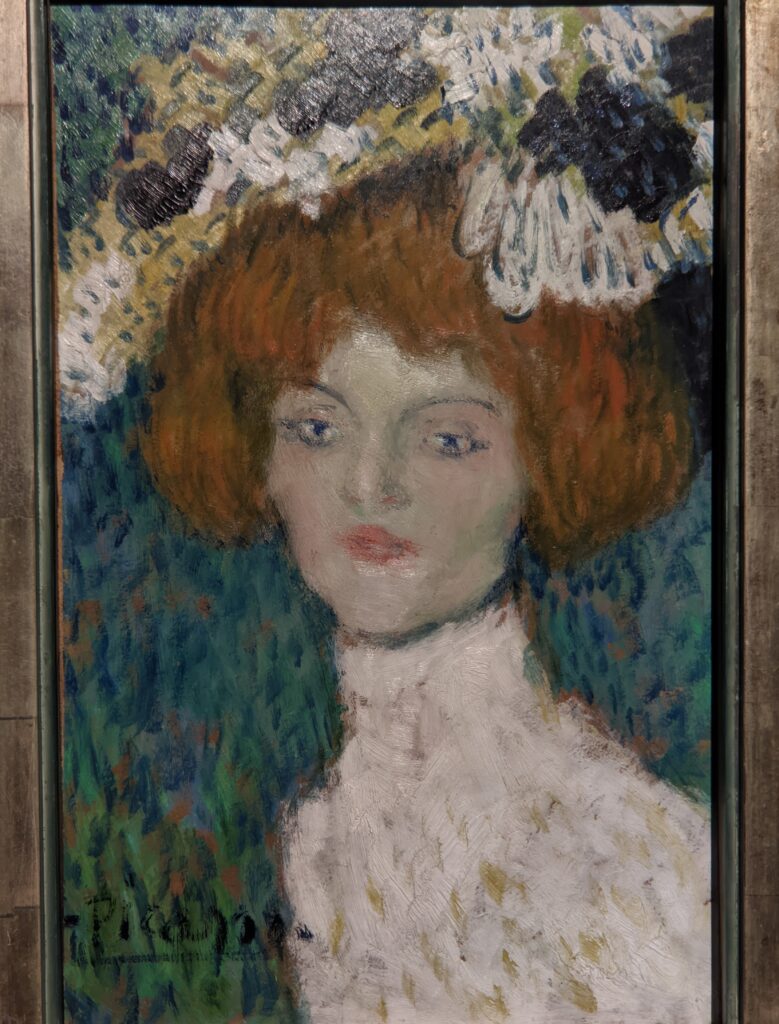
“Van Gogh — Masterpieces from the Kröller-Müller Museum” closed in Rome on March 26, 2023. A few works of art displayed in this exhibition were created by contemporaries of Vincent van Gogh, including Henri Fantin-Latour and Auguste Renoir. Two additional paintings (shown above) were created by Paul Gauguin and Pablo Picasso in the years following Van Gogh death’s by suicide at the age of 37.
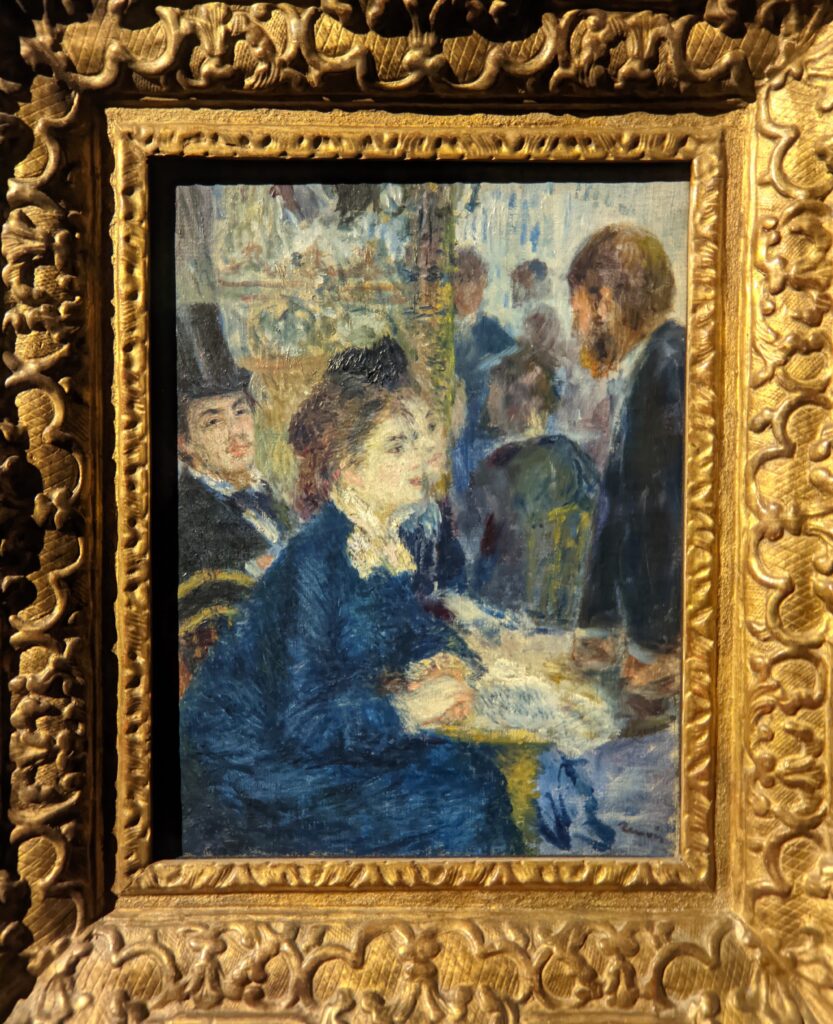
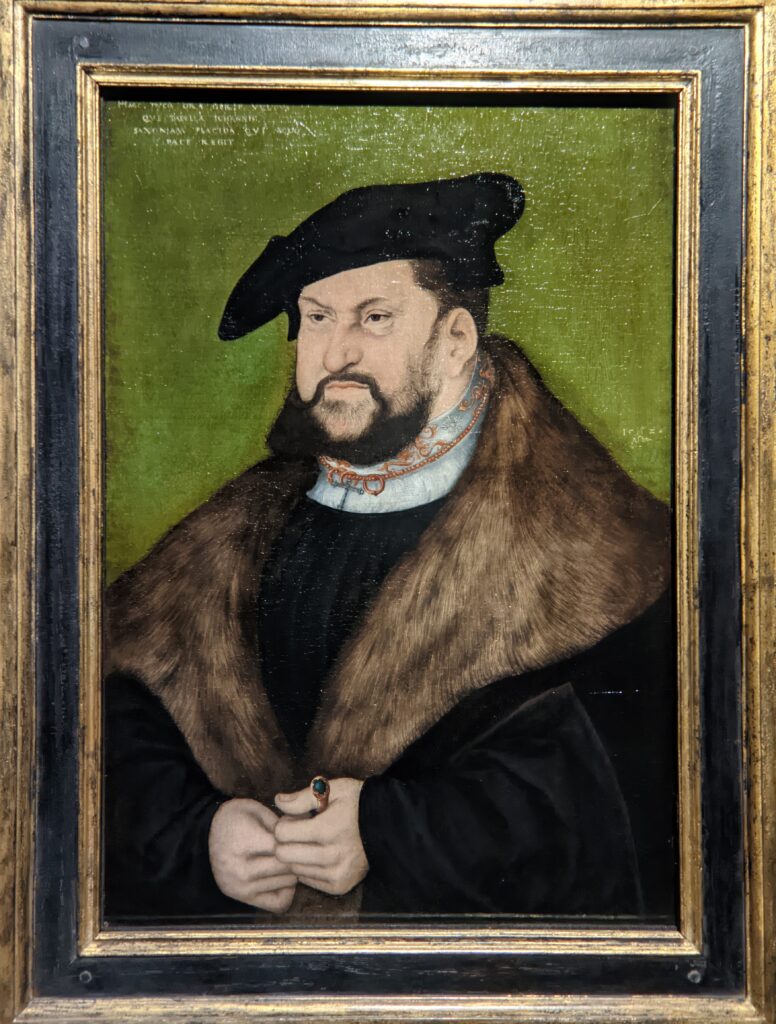
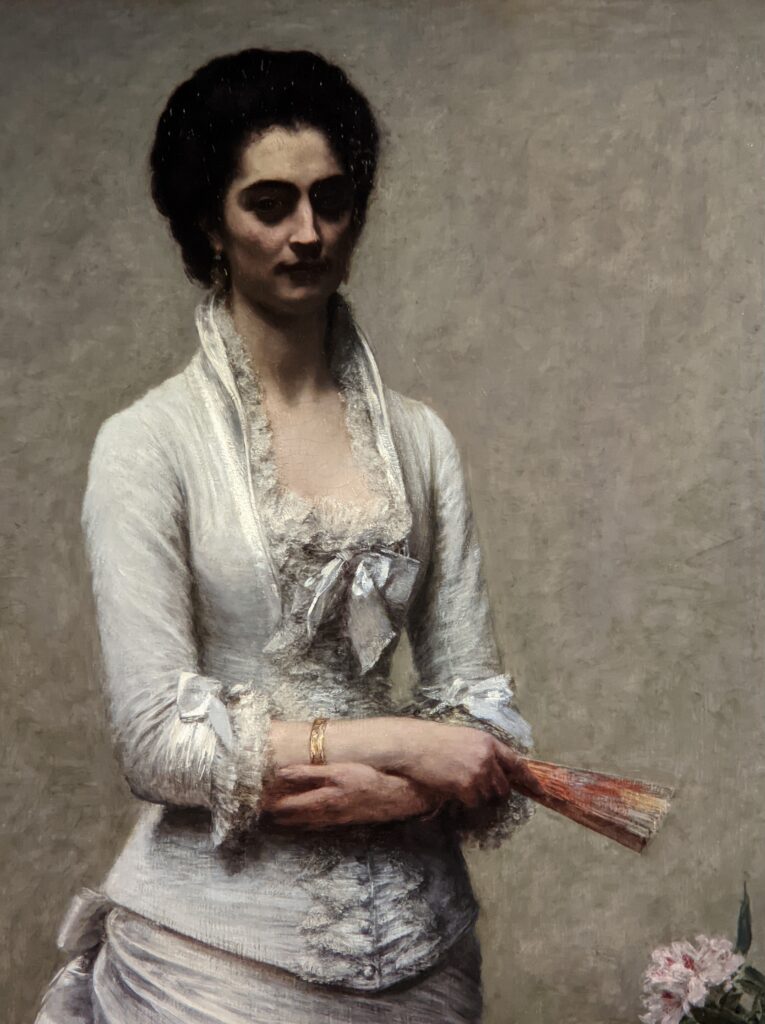
A Transcendent Excellence & Several Milestones in a Growing Reputation
Despite what you may have read in the past, Van Gogh was not considered a failed artist during his lifetime. Seven months before his death, paintings by Vincent were shown in the 1890 exhibition held by “Les XX” in Brussels, where his work appeared alongside Renoir, Toulouse-Lautrec and Cézanne. Participation in this annual event was for members and by invitation only — an indication that Van Gogh was considered an important artist by his peers. During the same month, the prominent art critic Albert Aurier wrote an article for Mercure de France in which he praised Vincent’s art as “profound, complex, and quite distinctive” and described Van Gogh as “a genius.”
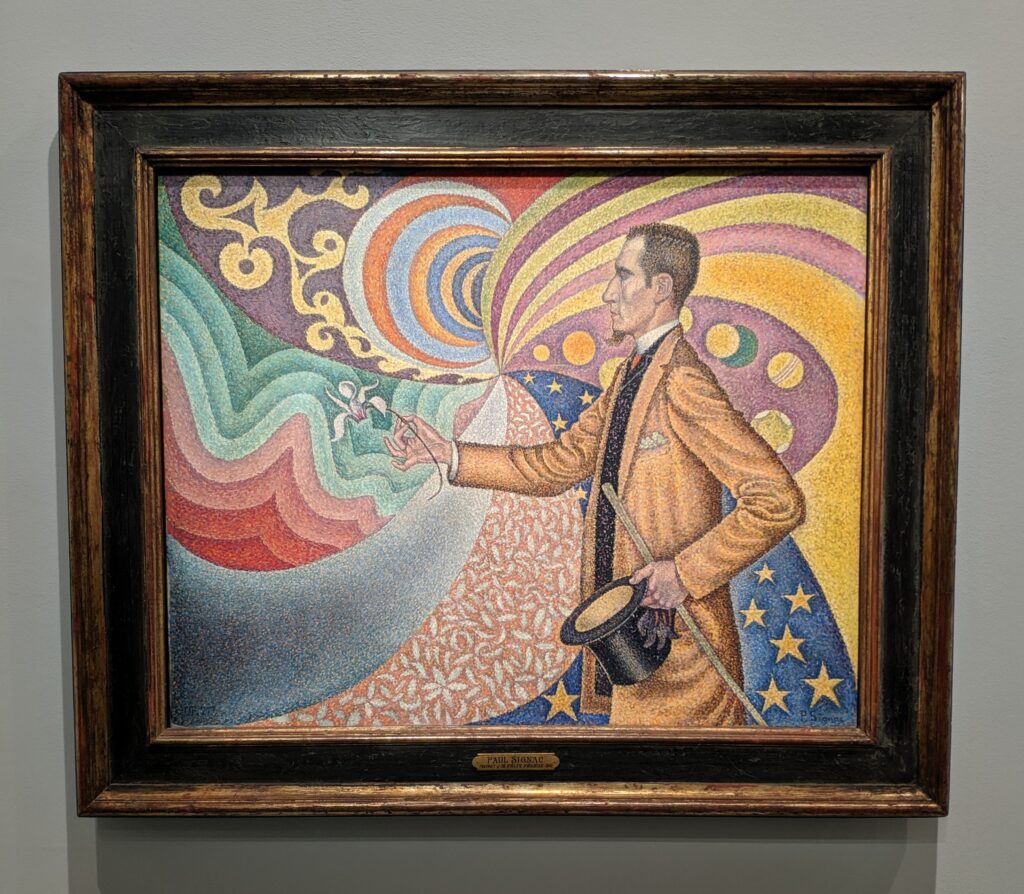

Three months before his death, 10 paintings by Van Gogh were included in the sixth exhibition of the Société des Artistes Indépendants in the Pavillon de la Ville de Paris on the Champs-Elysées, including The Large Plain Trees (above) painted in 1889 in Saint-Rémy, where Vincent allowed himself to be committed to a psychiatric hospital. During that show Claude Monet said Vincent’s works of art were the very best in the exhibit. The President of France also attended that exhibition, and he concurred with Monet’s assessment.
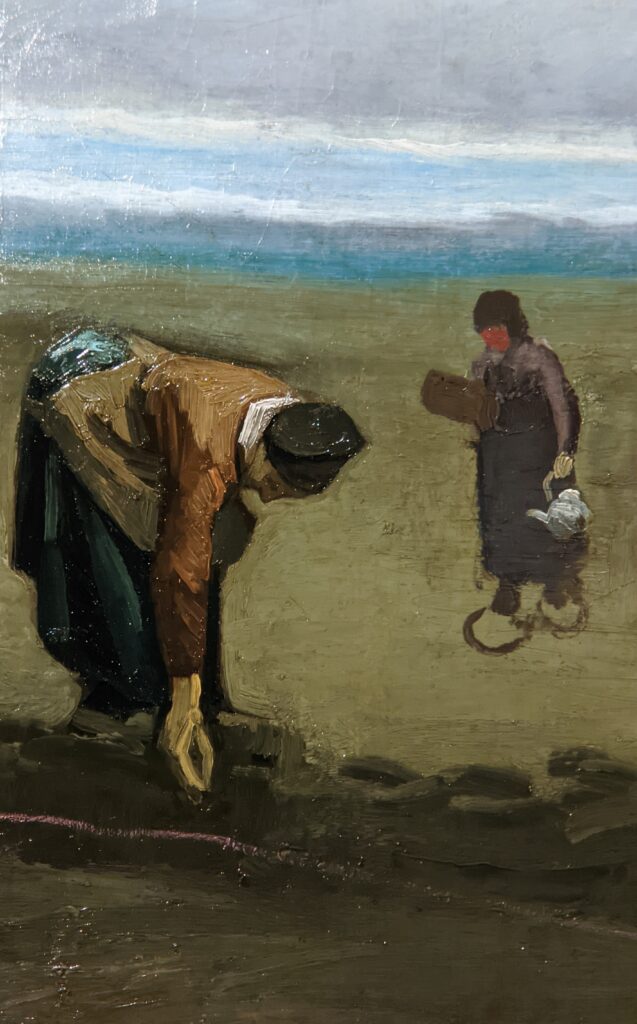
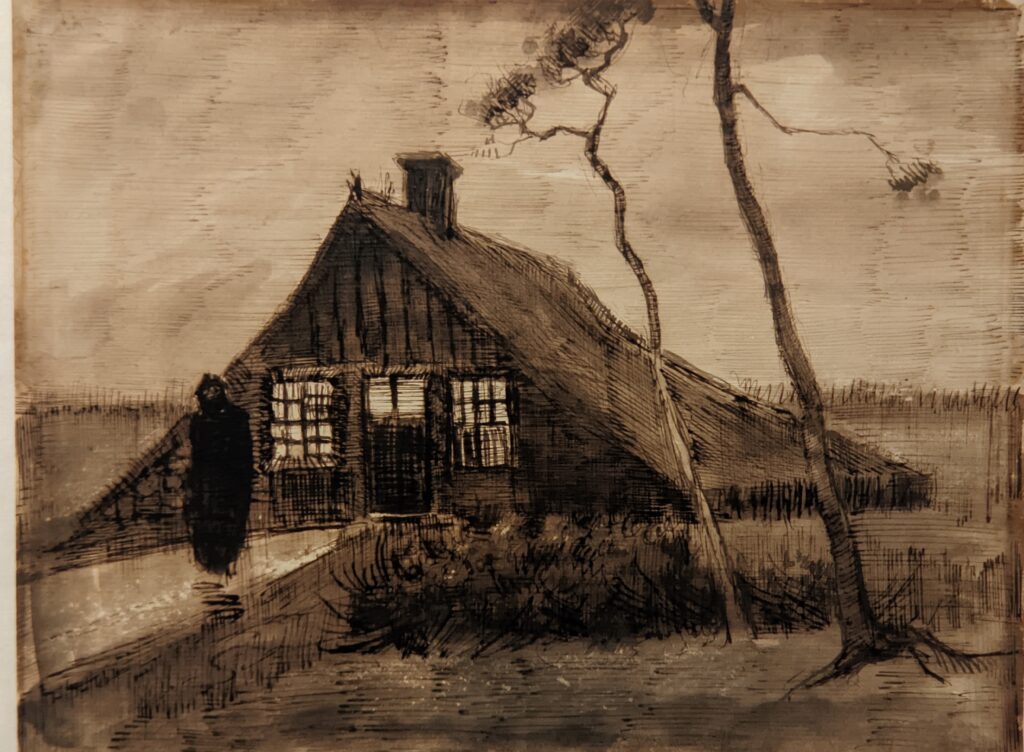
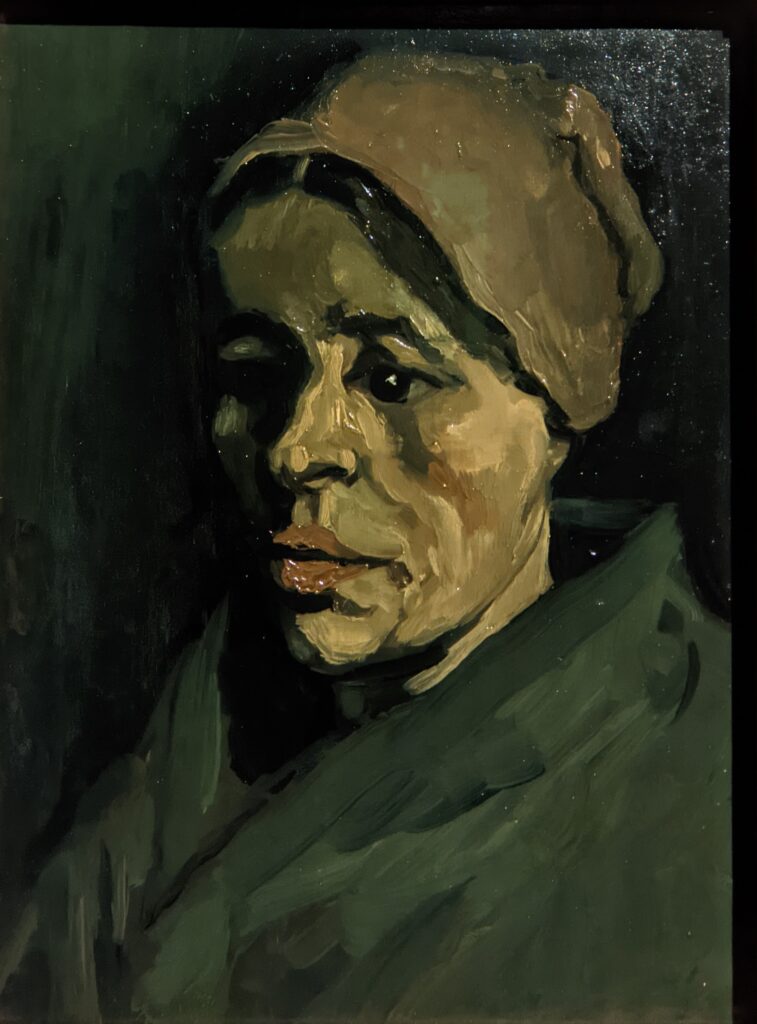
This exhibition in Rome was unique in that a majority of the works of art on display were created prior to Vincent van Gogh’s arrival in Paris in 1886, i.e. before the explosion of color on Vincent’s canvases. In 1885, the year the Rijksmuseum opened, Van Gogh traveled to Amsterdam to see paintings by Hals and Rembrandt. In a letter to his brother in October 1885, Vincent said that he visited the museum three times during one week and studied Rembrandt’s technique extensively. “One can speak about the paintings by Frans Hals, he always remains on earth. Rembrandt goes so deep into the mysterious that he says things for which there are no words in any language. It is with justice that they call Rembrandt [a] magician — that’s no easy occupation,” Vincent wrote.
What is most interesting about Van Gogh is how he took what he needed from the artists who inspired him. From Rembrandt, Van Gogh learned how to draw to scale and the importance of light. During his artistic breakthrough in Arles (1888 — 1889), Vincent sent paintings to Pont-Aven (in the Brittany region of Northwestern France) in an exchange of works with Bernard, Gauguin and Charles Laval. From the theories espoused by the Pont-Aven colony of artists Van Gogh introduced a subdued and flat brushstroke to some areas of his canvases {see, for example, “The Yellow House” and “The Night Cafe” (below) painted in September 1888 — please note: these 2 paintings are not on view in Rome}. In the end, however, Vincent was mostly inspired by nature and the color theorist Charles Blanc’s definition of style: that a true painting required optimal use of color, perspective and brushstrokes.
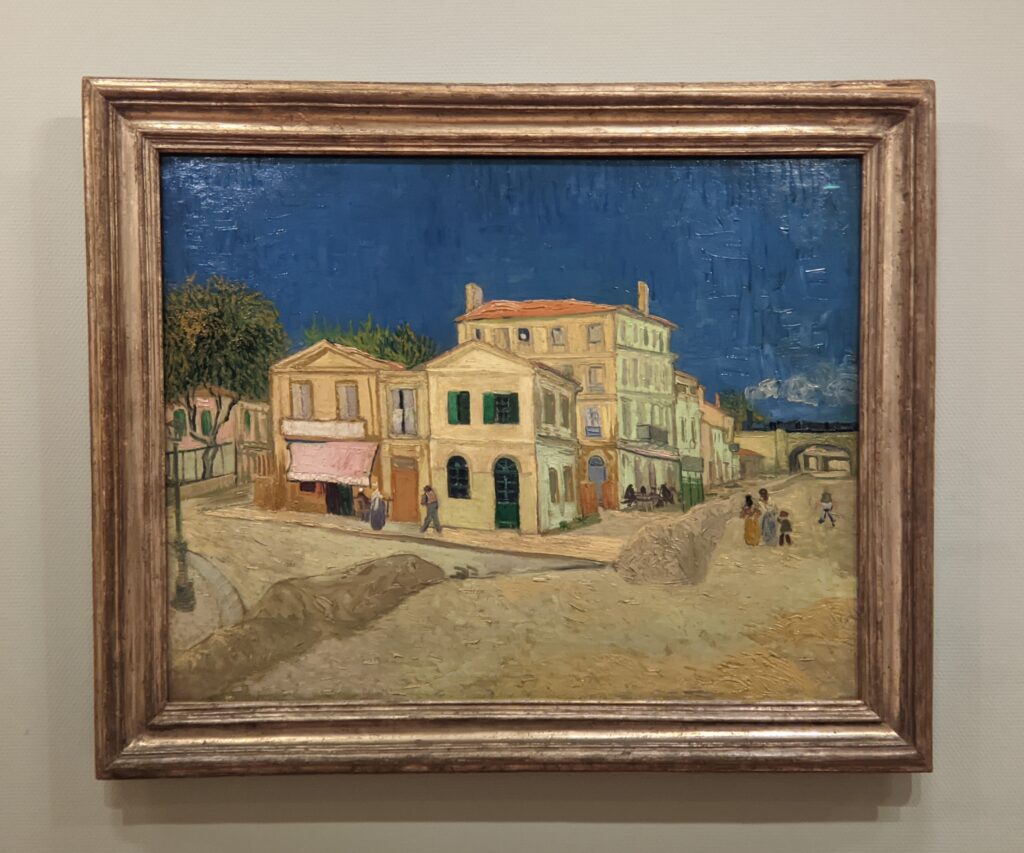

While Van Gogh studied and learned from Old Masters, the Impressionists, Neo-Impressionists and the avant-garde, in the final two years of his career he invented his own pathway toward modern art and expressionism. With over 180 drawings and almost 90 paintings by Vincent van Gogh, the Kröller-Müller Museum boasts the 2nd largest Van Gogh collection in the world. The more than 50 works of art from the Kröller-Müller Museum which were on view in Rome presented both a modest and a striking opportunity for art lovers to begin a reevaluation of the achievements made by Vincent van Gogh during a career which lasted less that a decade and produced around 860 oil paintings.
This exhibition in Rome enabled us to observe that Van Gogh’s most successful paintings — from the Netherlandish period through the late works — are distinguished by the handling of the paint itself. Like his greatest peers, Van Gogh explored the use of a structured pattern of brushstrokes. Vincent, however, exceeded their achievements by applying paint in a more spontaneous manner, lively and expressive but always controlled, where brushstroke and color sublimely merged.








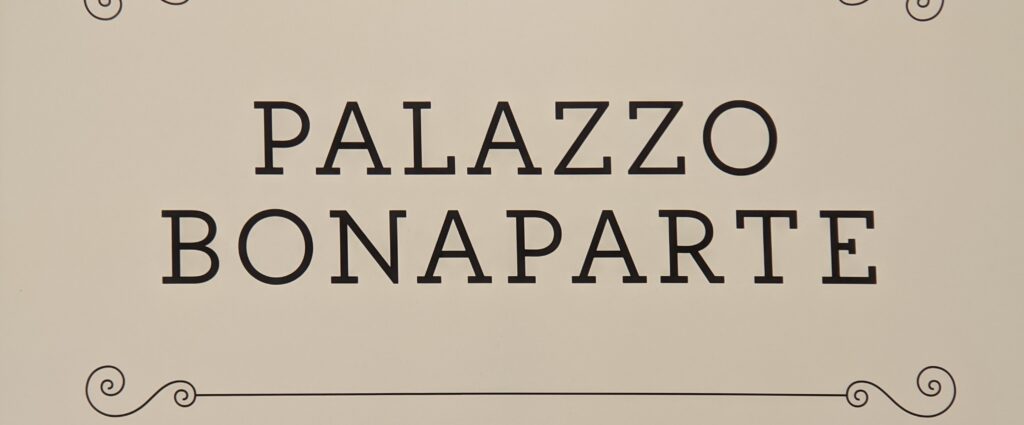
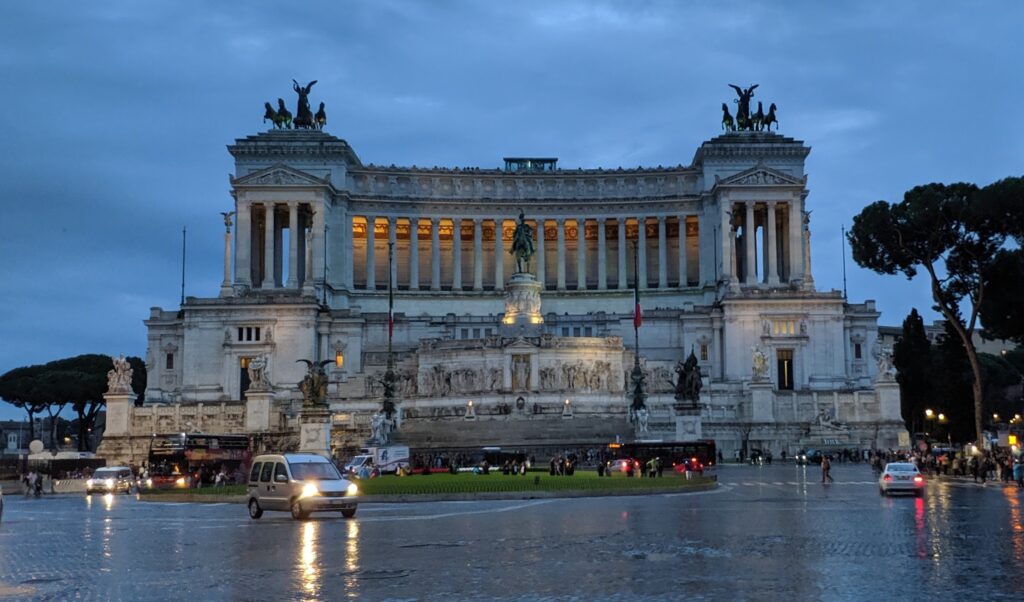
The Palazzo Bonaparte is located in the heart of Rome near the Vittoriano (en italiano: Monumento Nazionale a Vittorio Emanuele II) on the Piazza Venezia. A 5-minute stroll down Via del Corso from the Vittoriano will take you past the Palazzo Cipolla, another fine art exhibition center, and 10 minutes more on foot will lead you to the Trevi Fountain (pictured below). In the event you missed the display of 160 colorful works of art by Raoul Dufy (1877 — 1953) which was on view at the Palazzo Cipolla through February 26, 2023 we have assembled highlights from the Dufy exhibition for your pleasure.
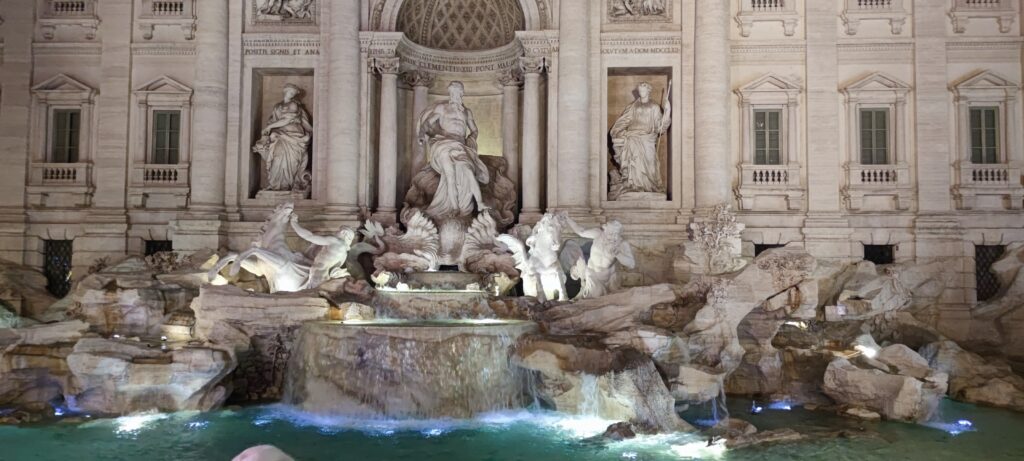

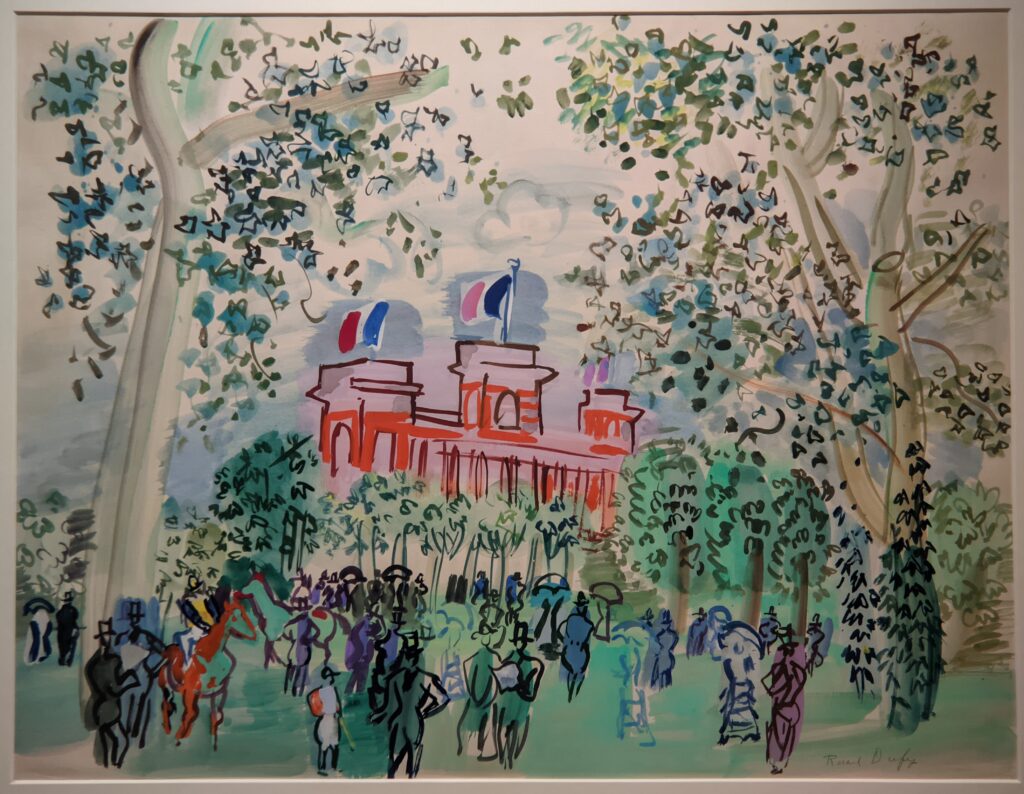
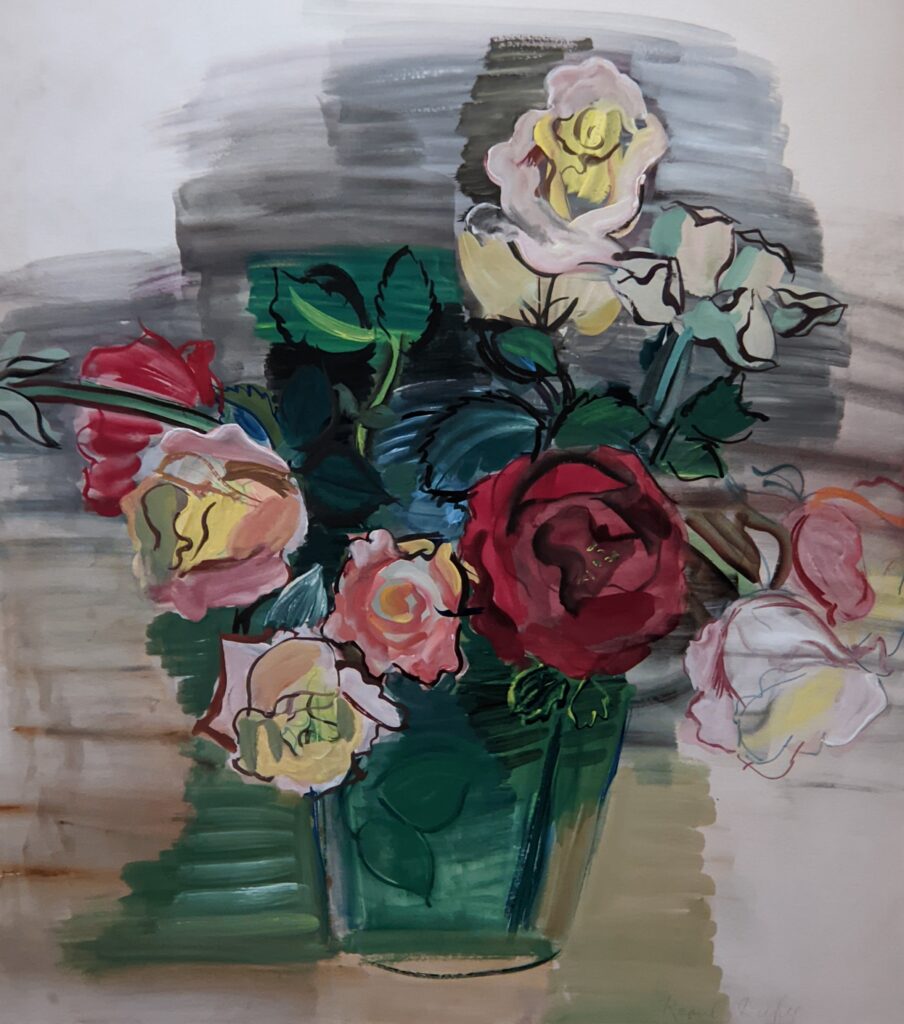
The Exhibition “Raoul Dufy — The Painter of Joy” Was Displayed in Rome at the Palazzo Cipolla
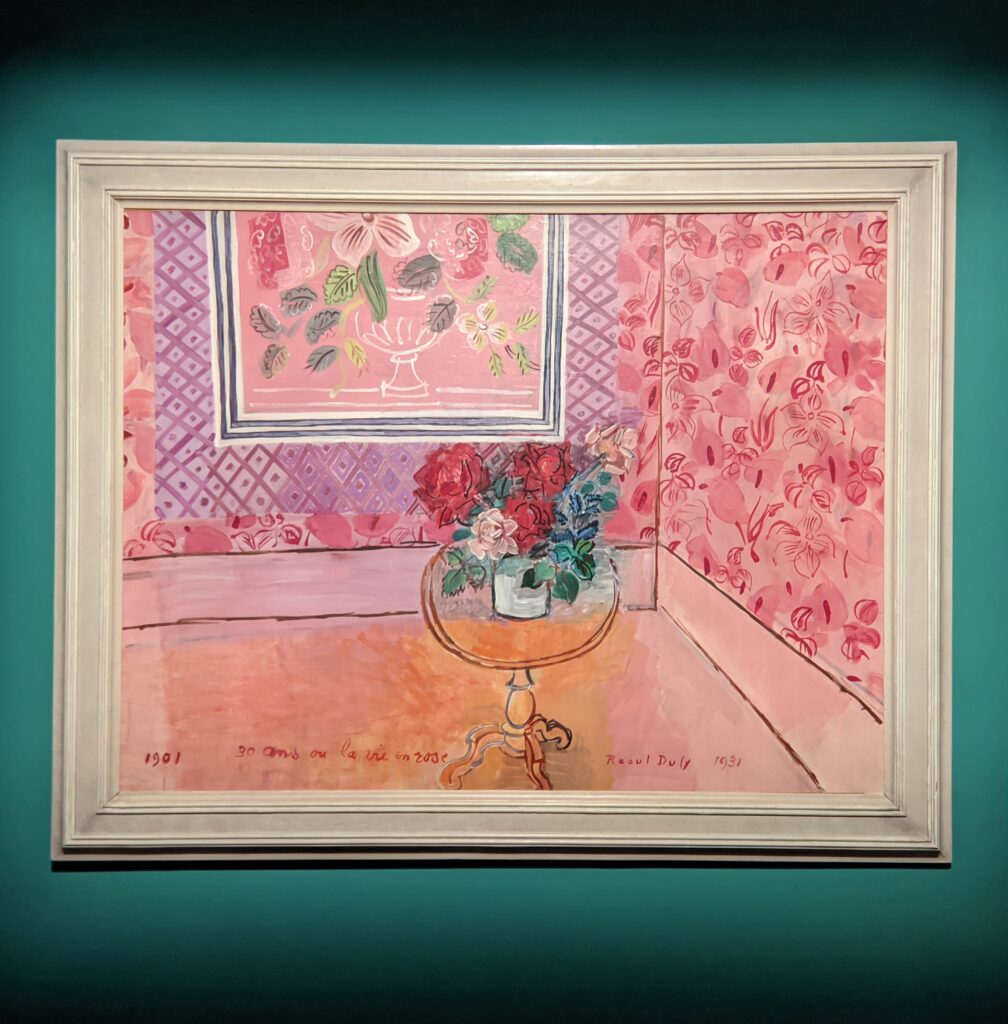
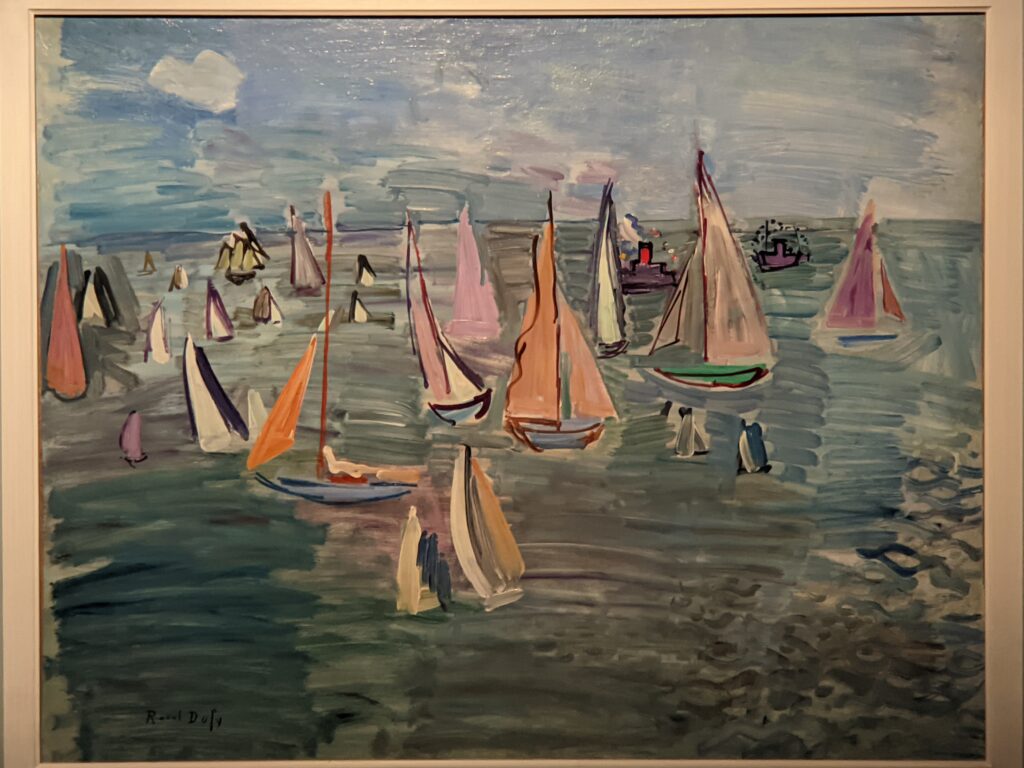

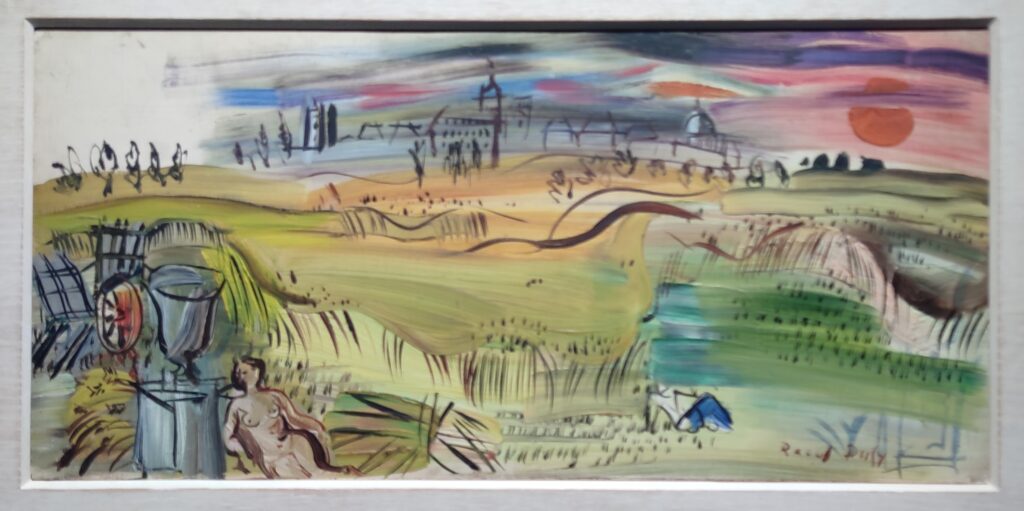
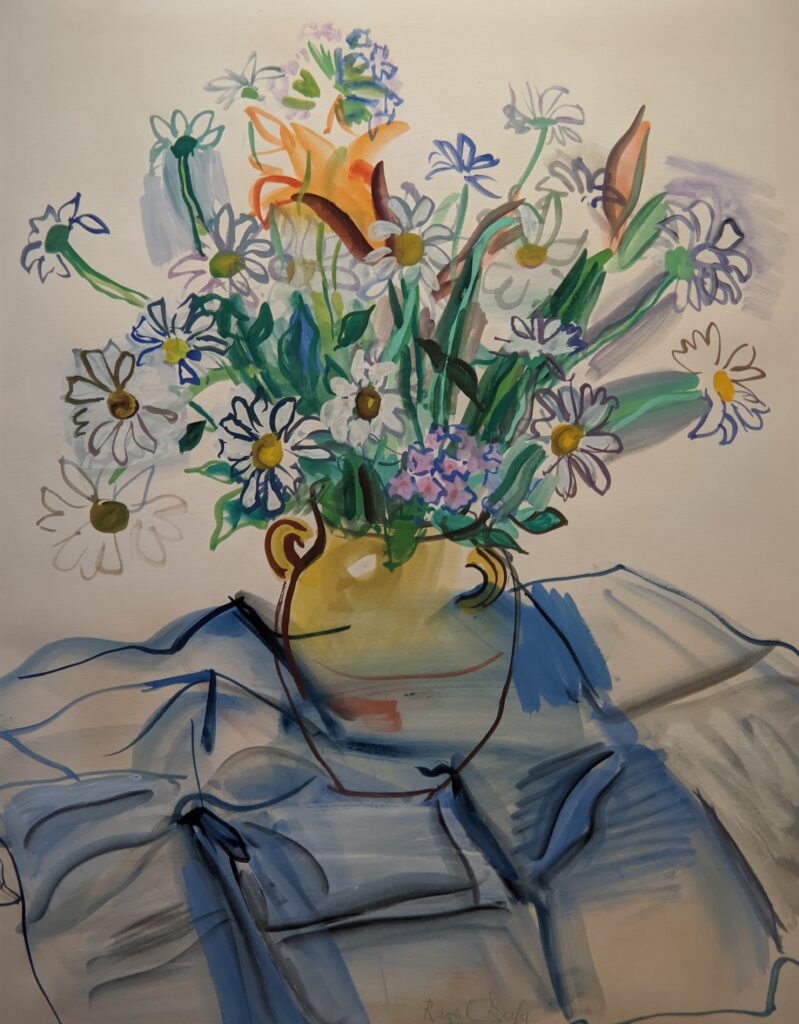
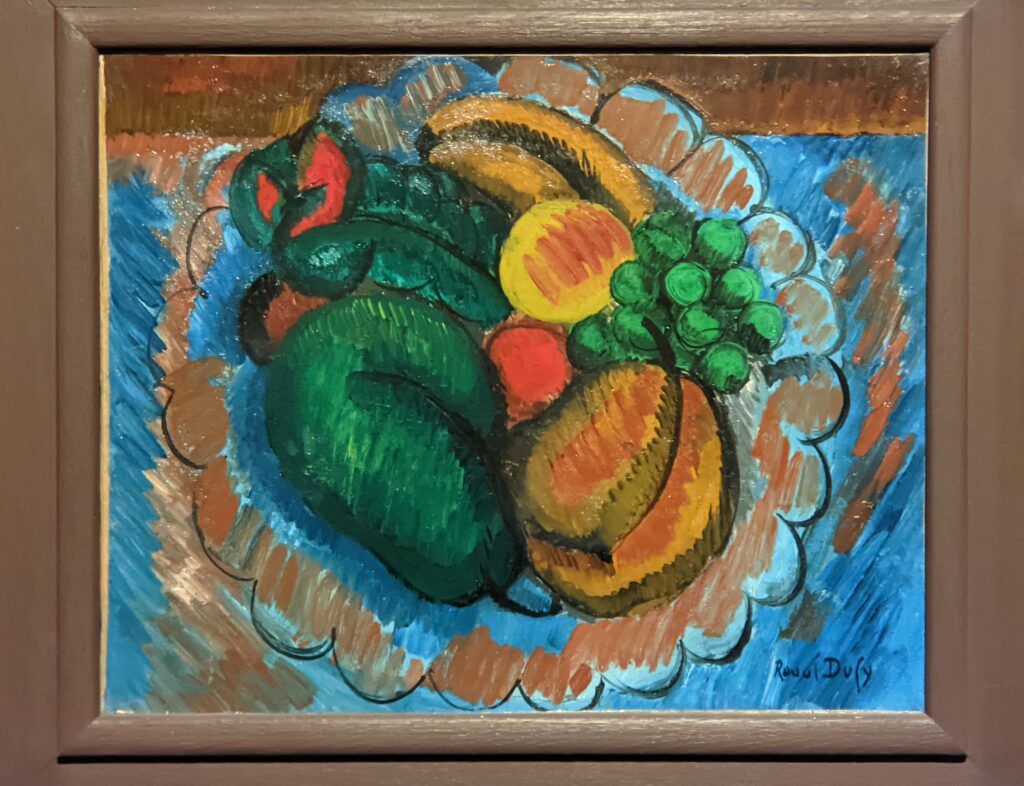
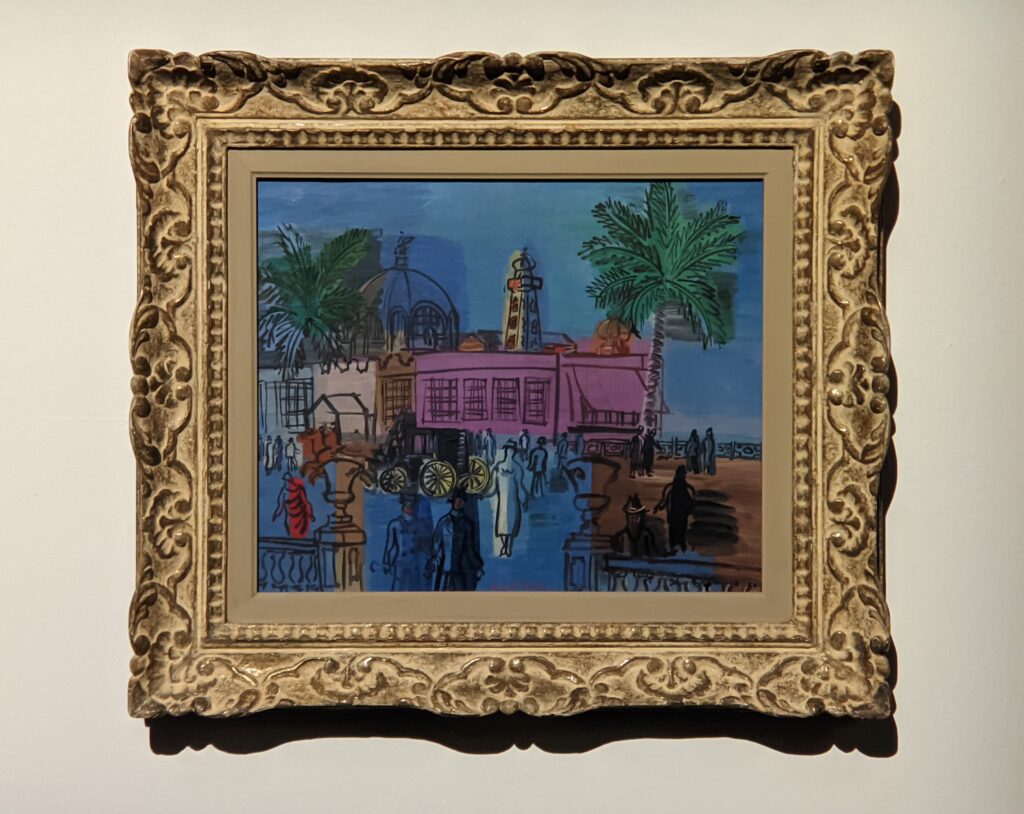
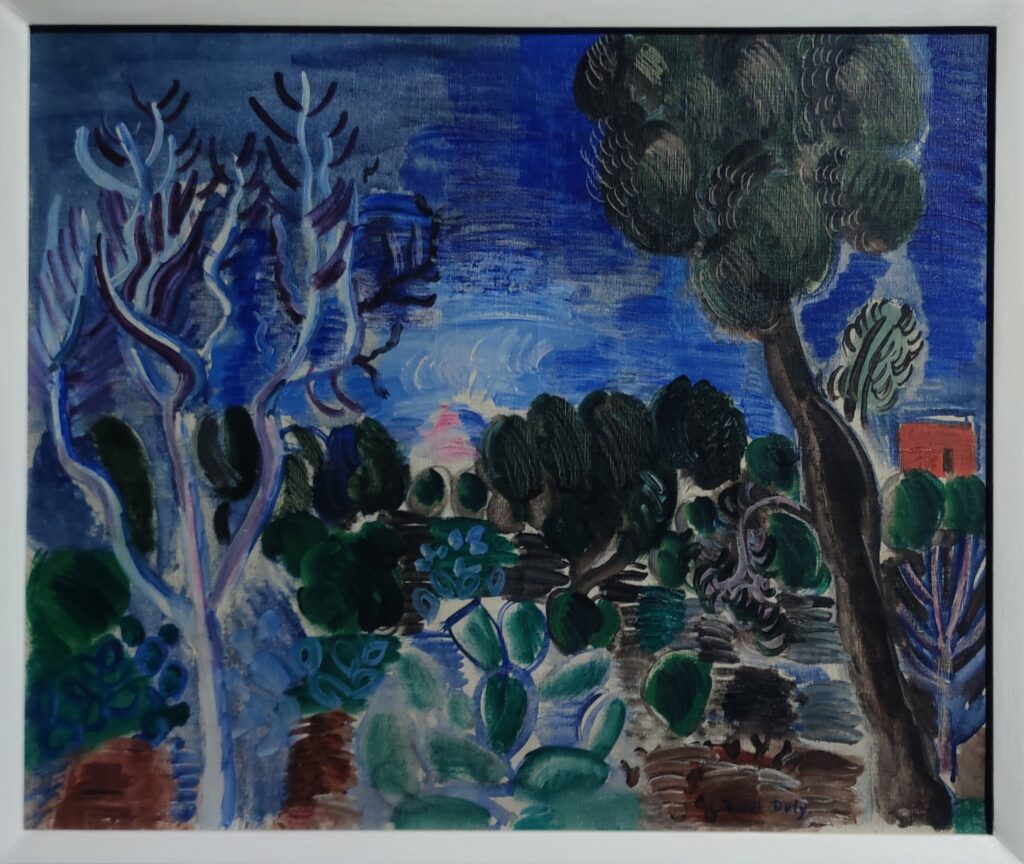

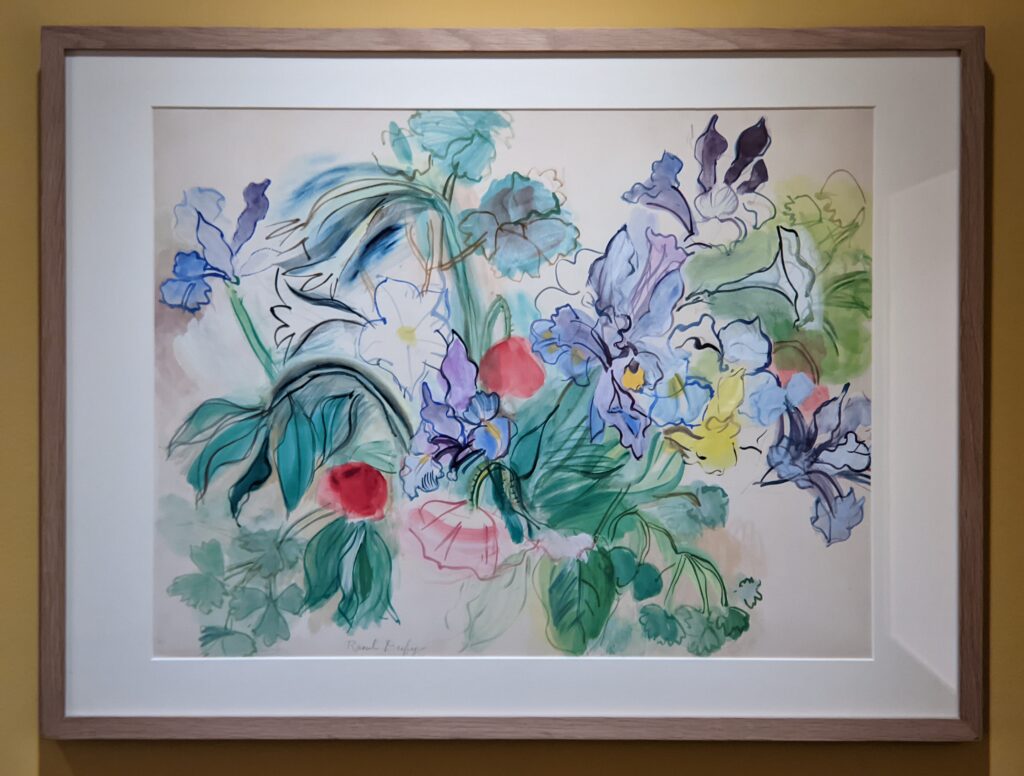
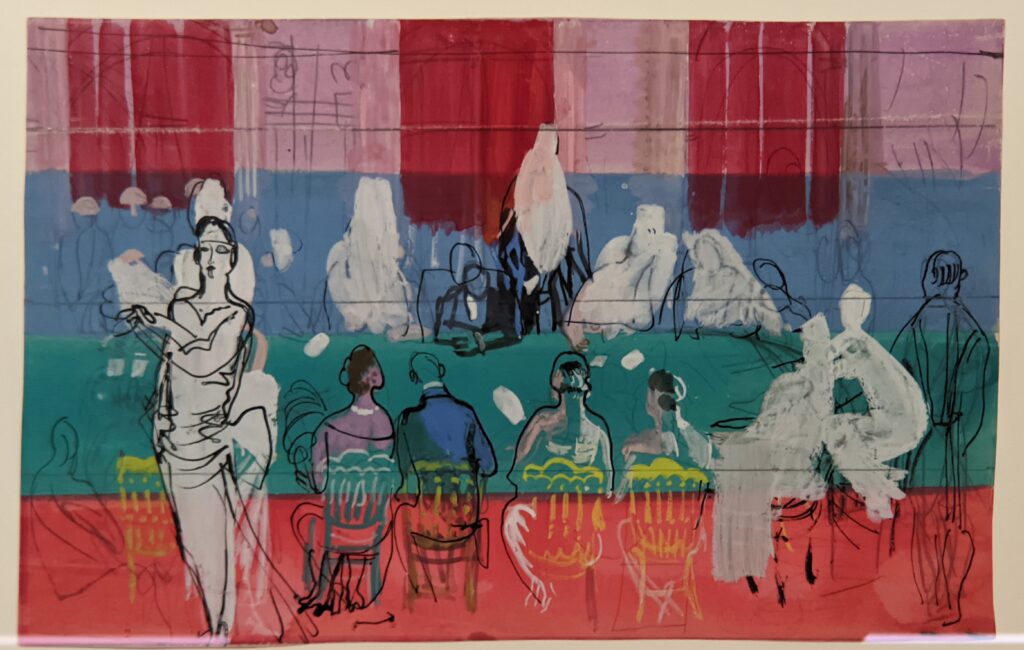

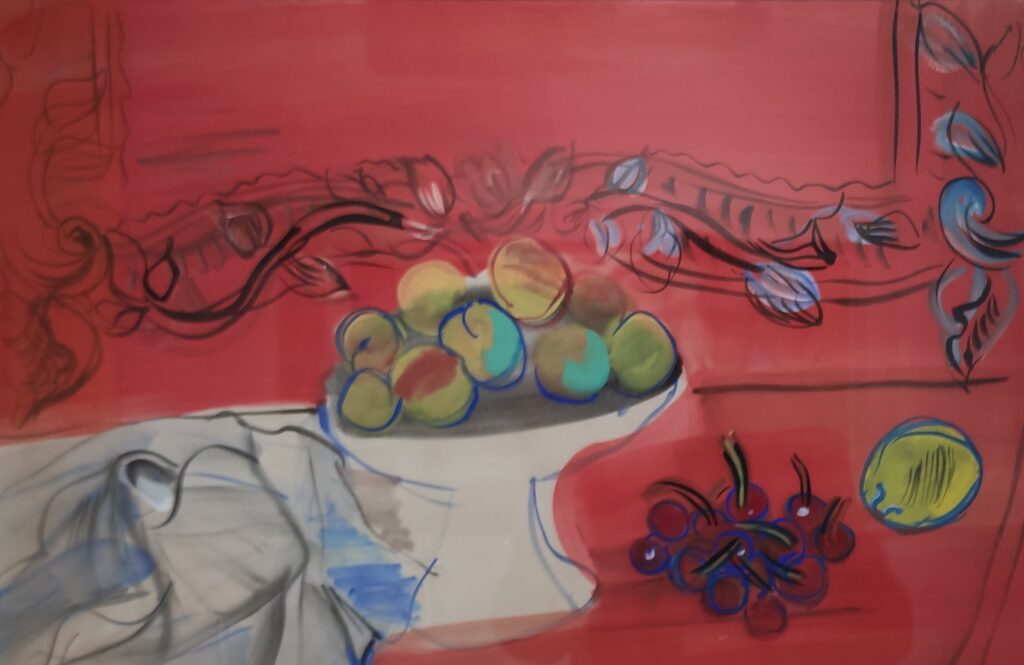
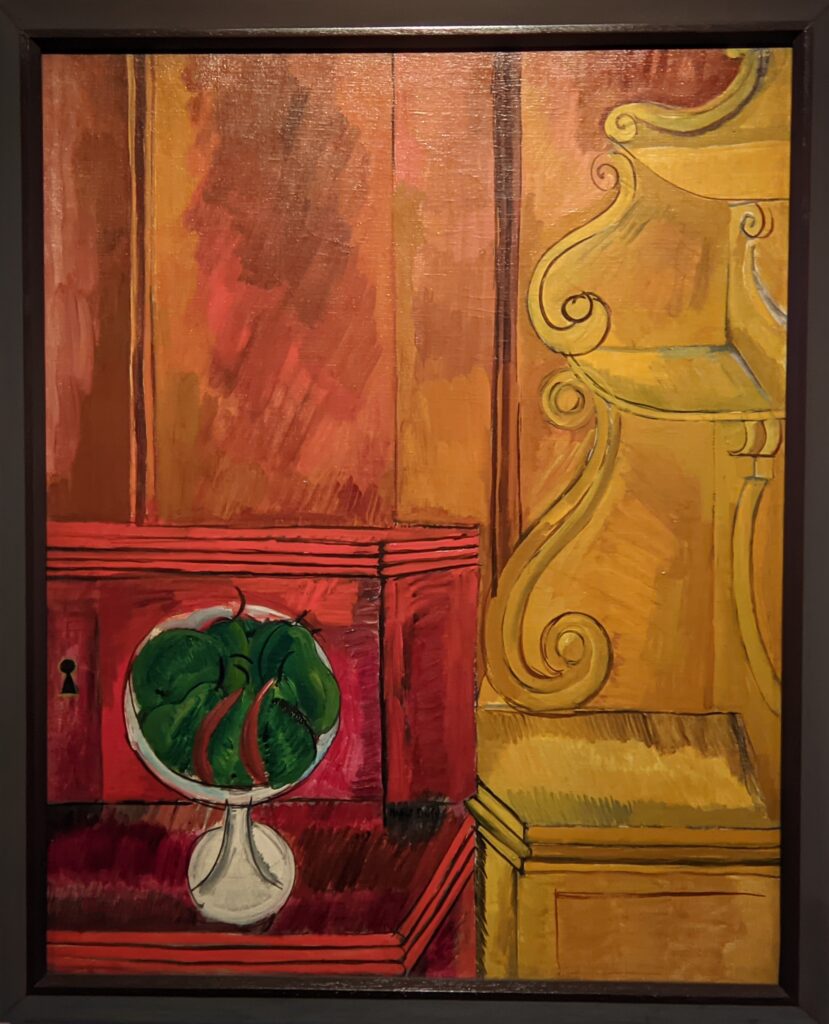
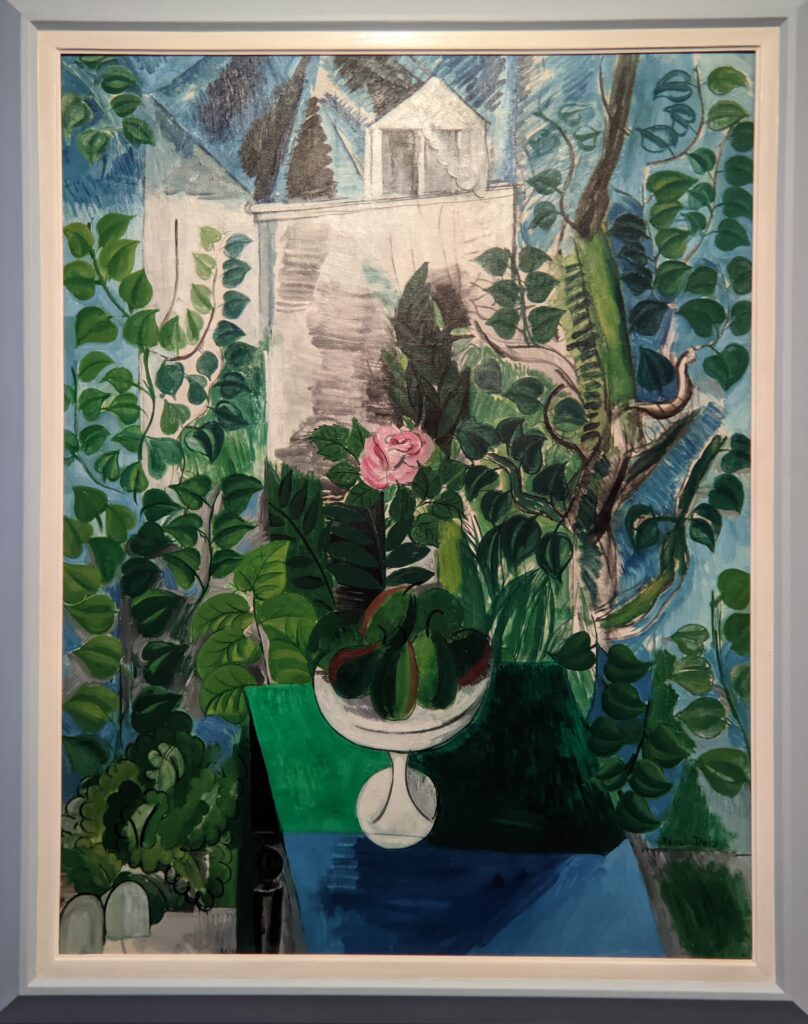
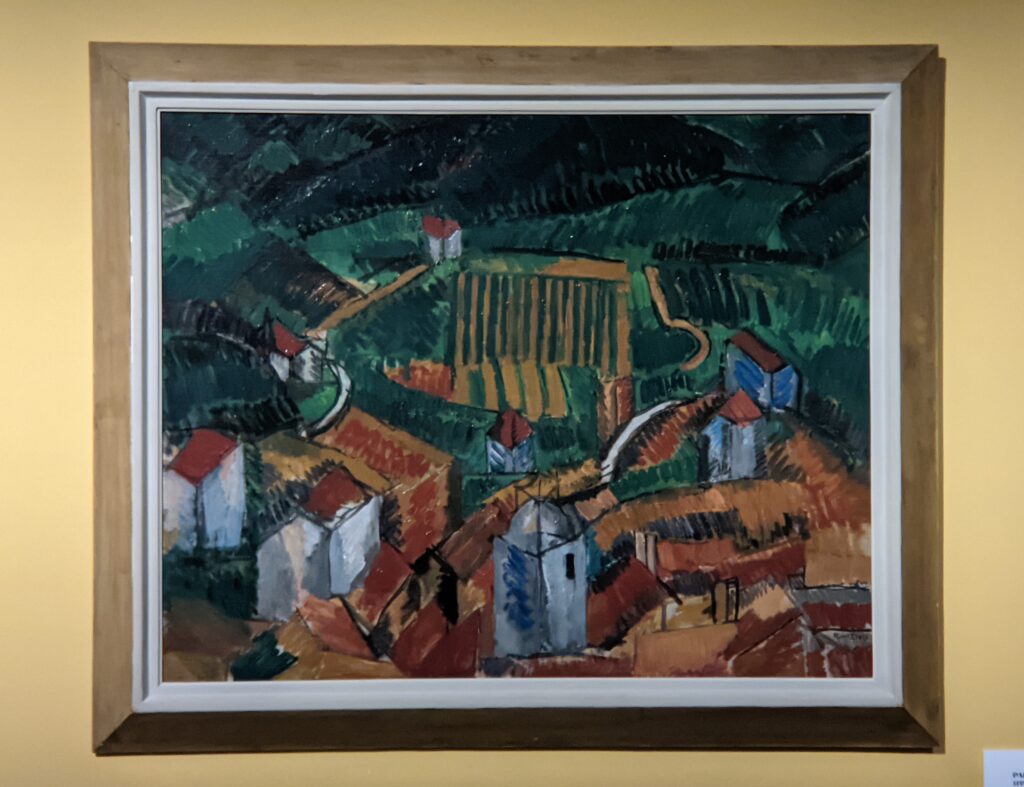

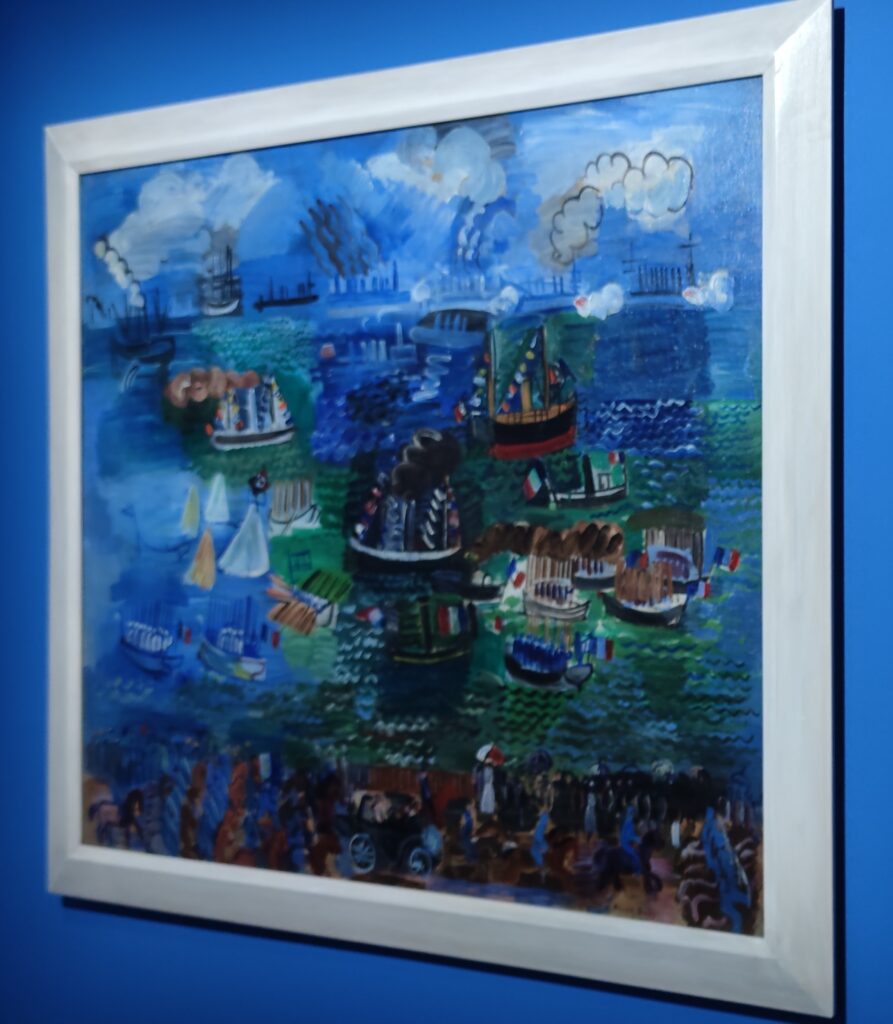
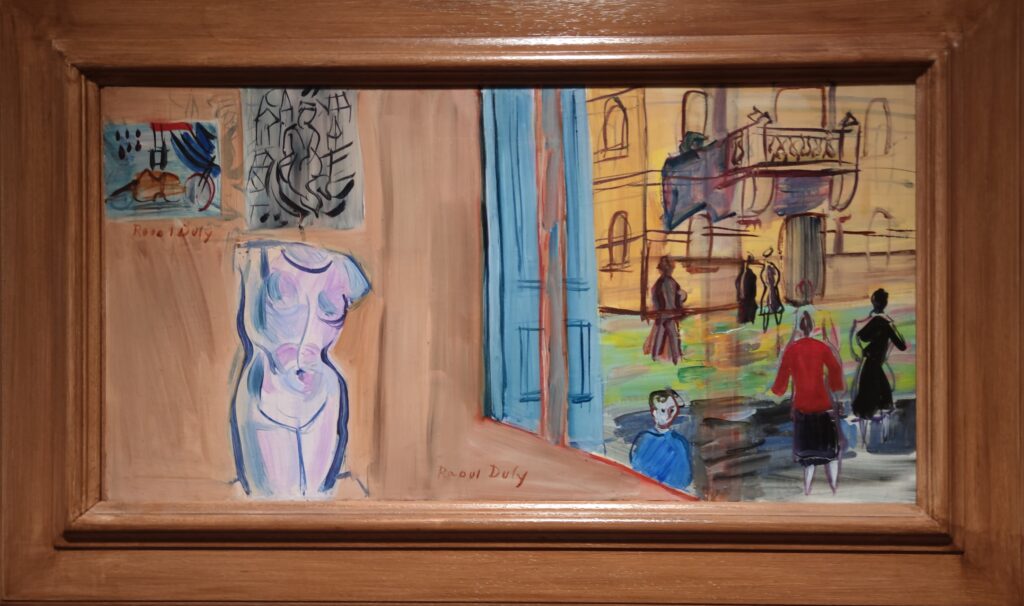

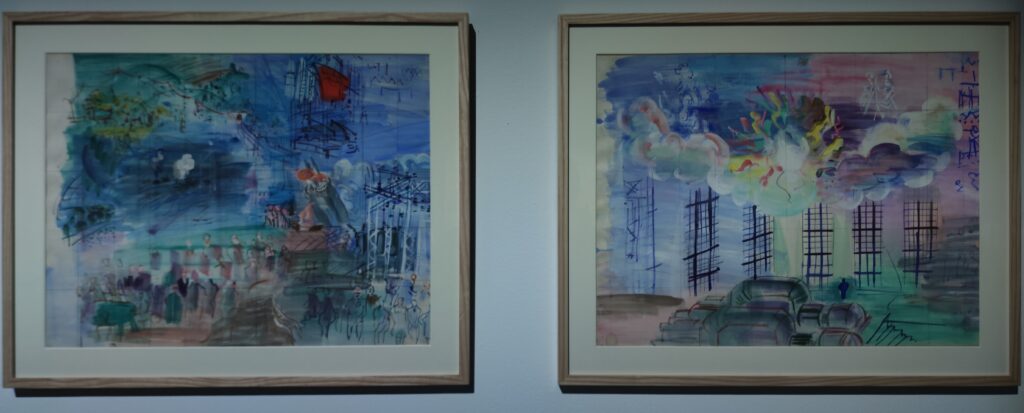
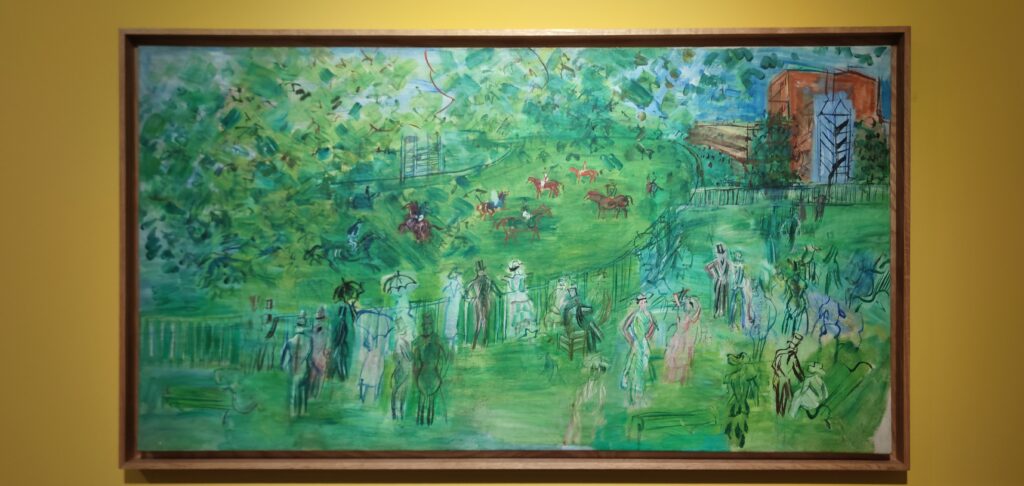
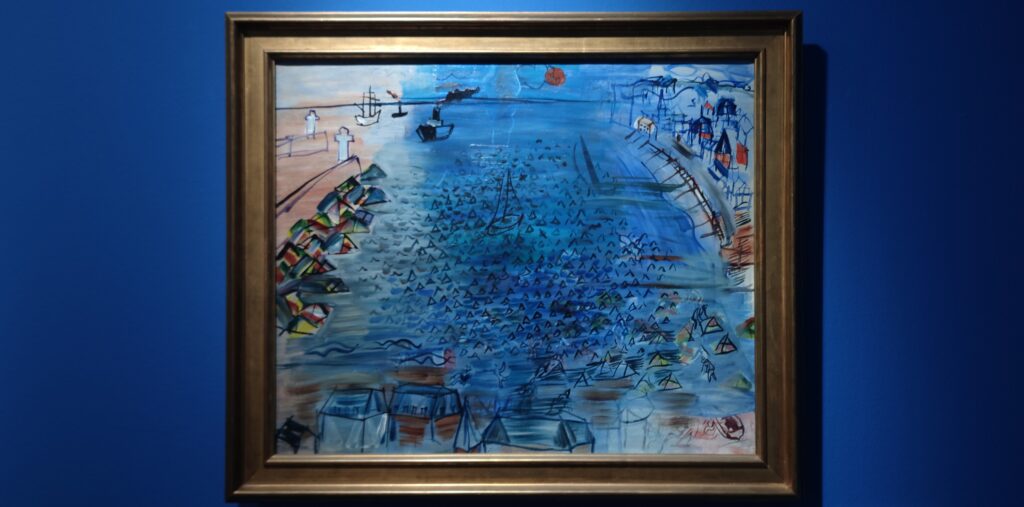
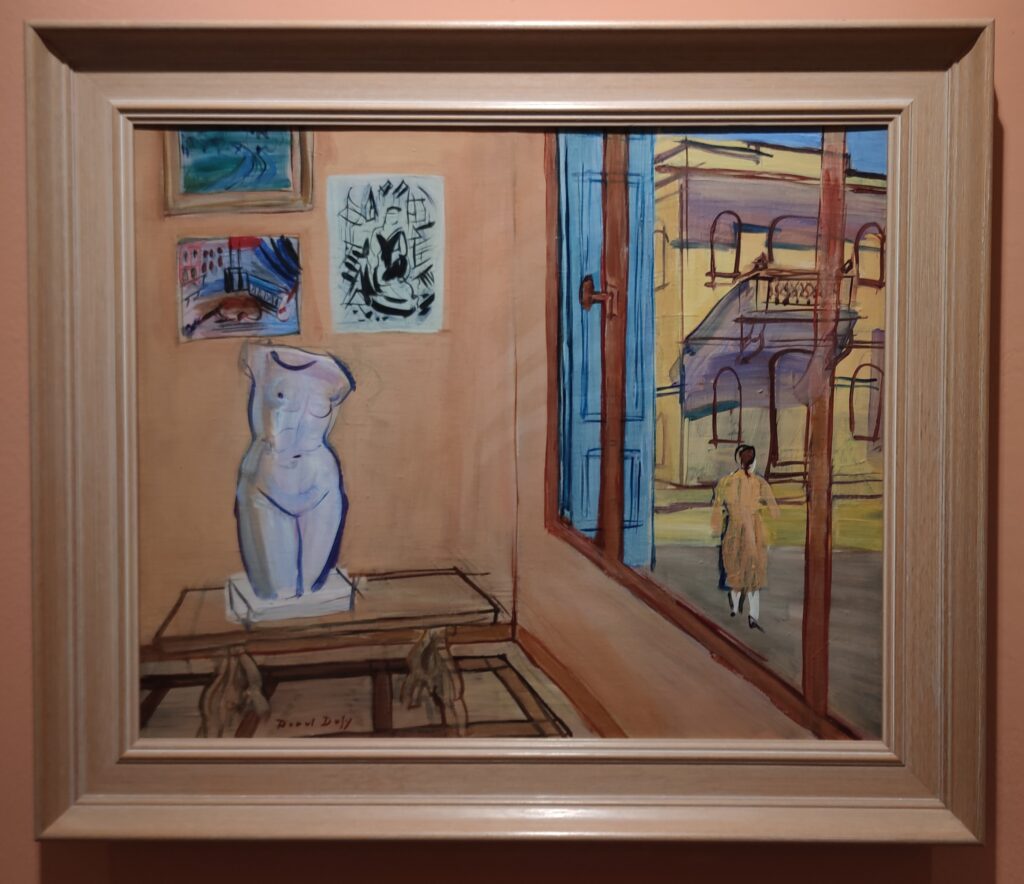
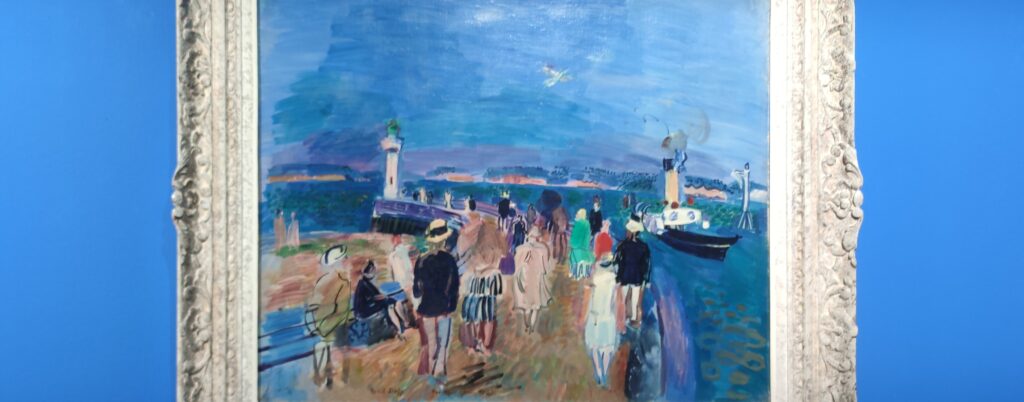
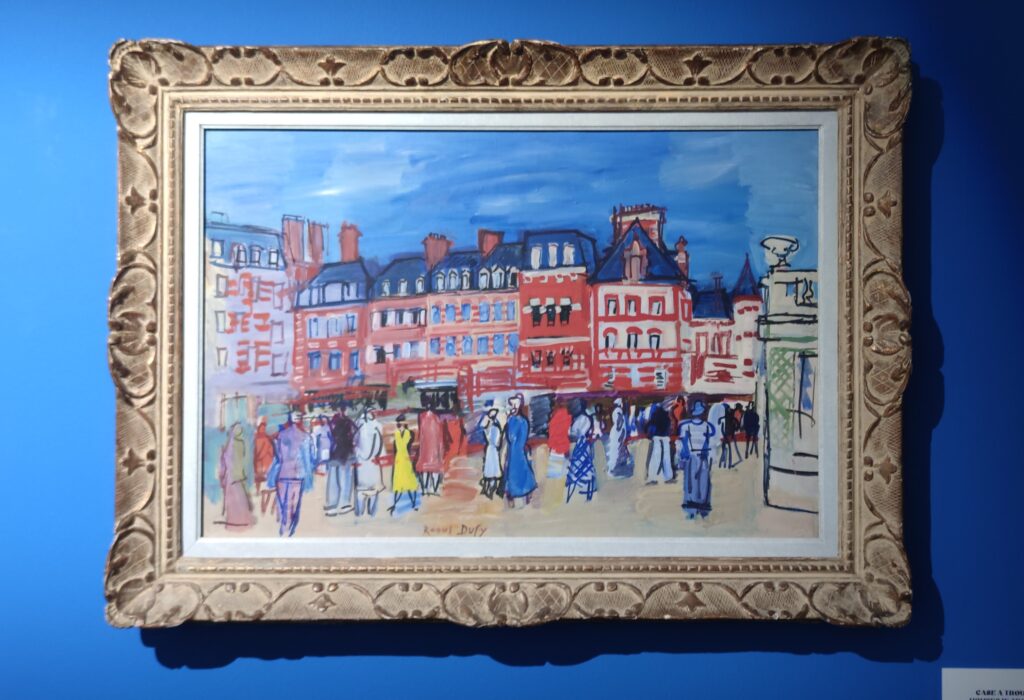

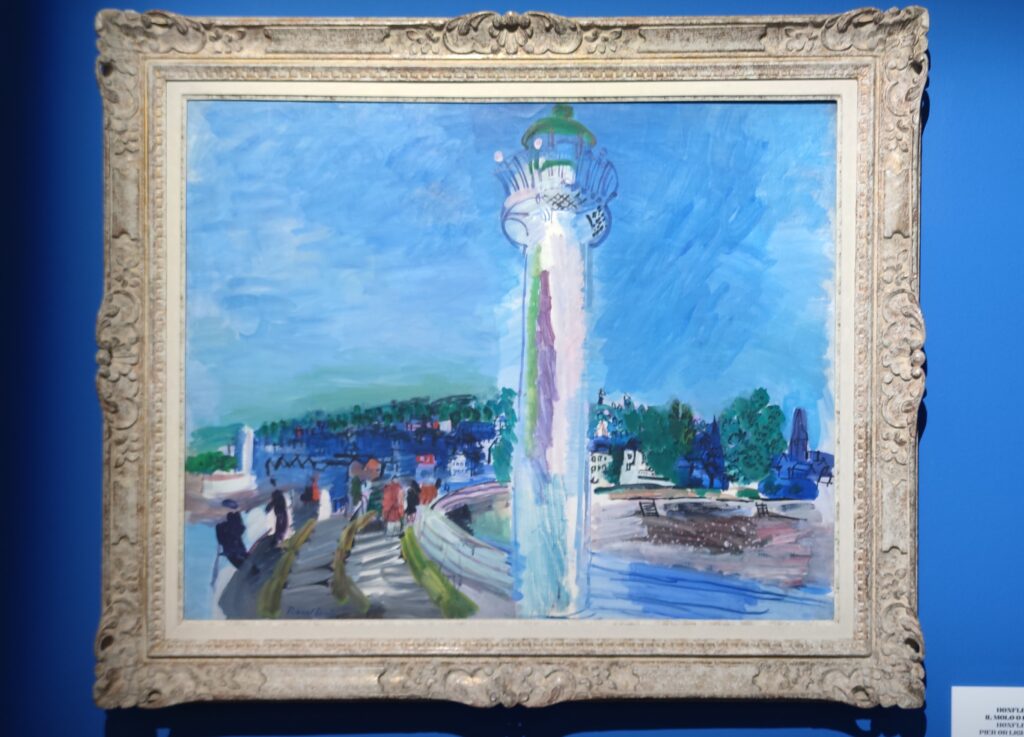

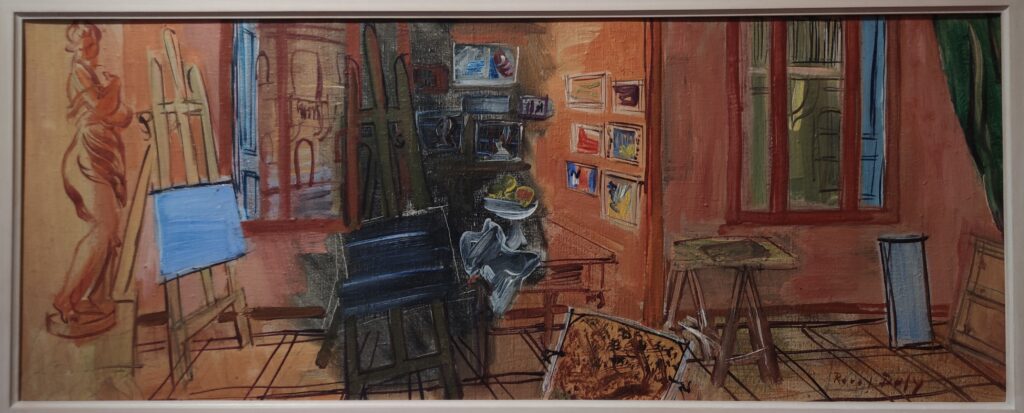
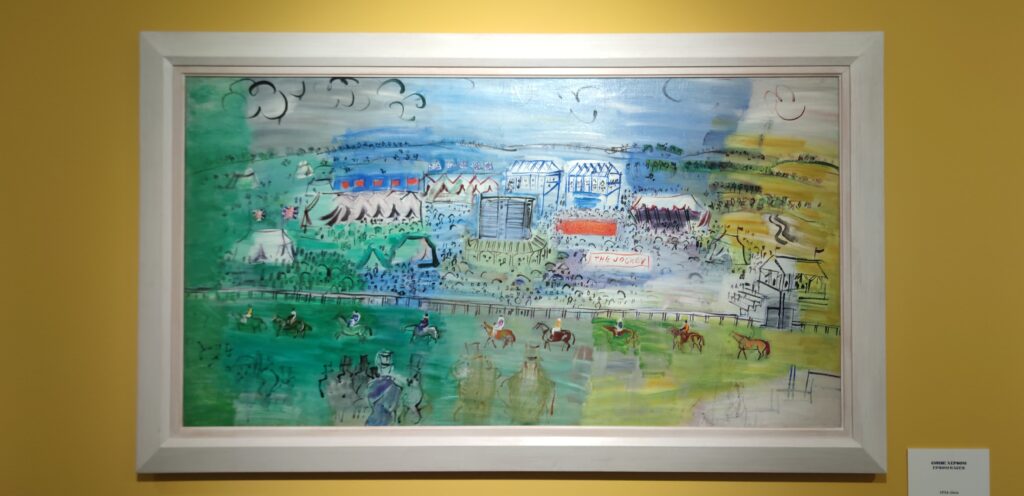
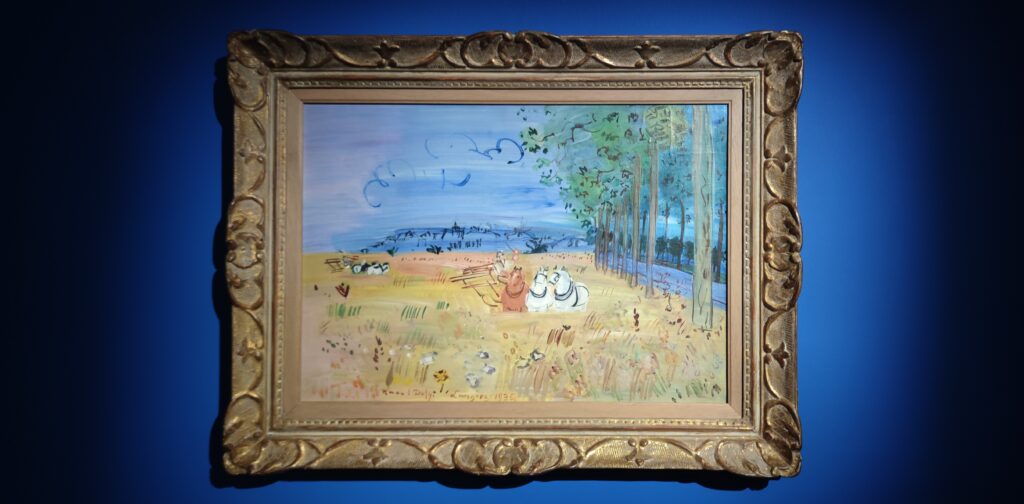
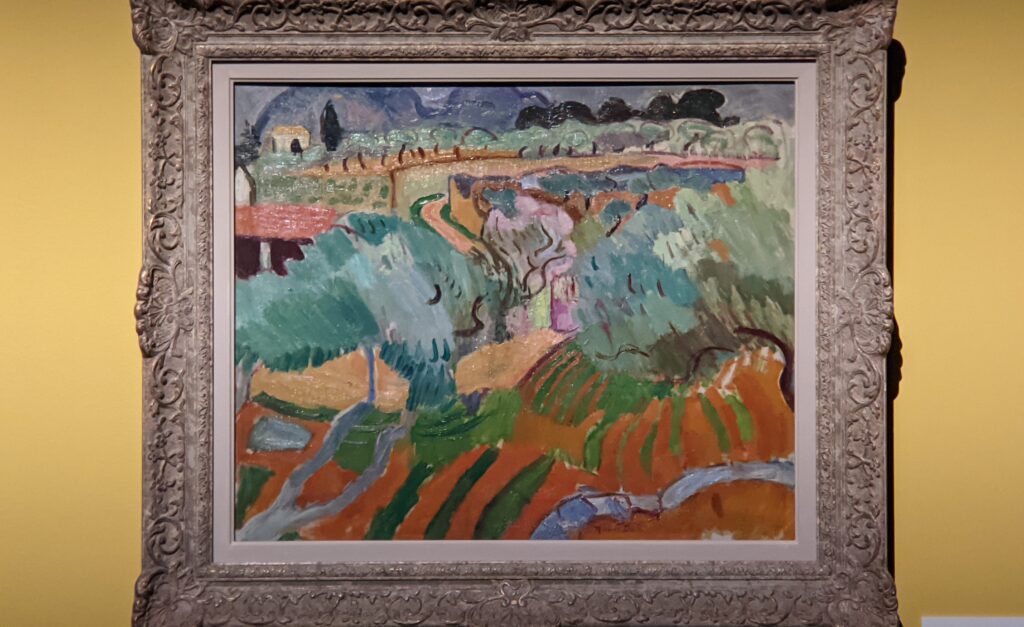
The Raoul Dufy Exhibit Closed in Rome on February 26, 2023

The Piazza del Popolo in Rome
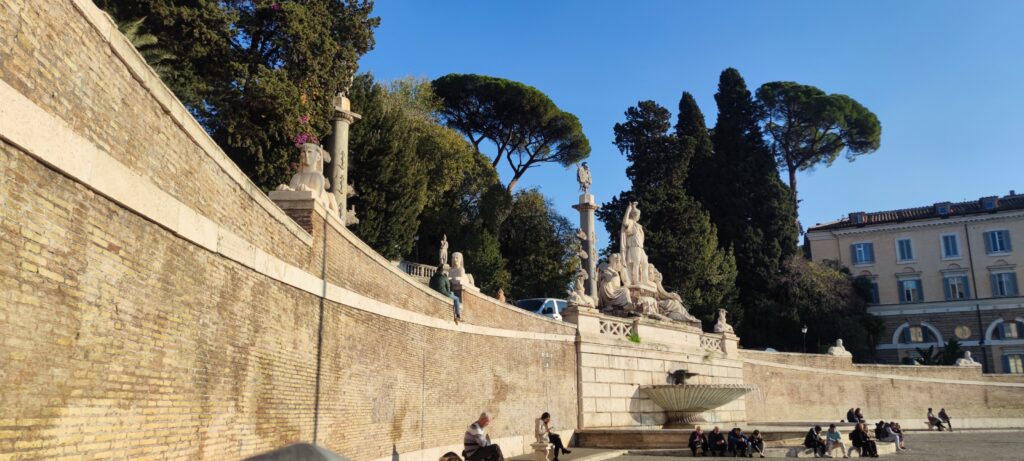
The length of the Via del Corso is no more than 1 mile (1.5 kilometers). At the north end of this ancient street, framed by two Baroque churches, you will enter the sunny Piazza del Popolo (above).
The Spanish Steps
As we headed north from the Van Gogh exhibition along the Via del Corso, to the east we passed the Trevi Fountain (completed in 1762) on our way toward the Spanish Steps, constructed between 1723 and 1725. In the Piazza di Spagna at the foot of the Spanish Steps, the fashionable Via dei Condotti is the street which boasts the largest number of Rome-based Italian fashion retailers.
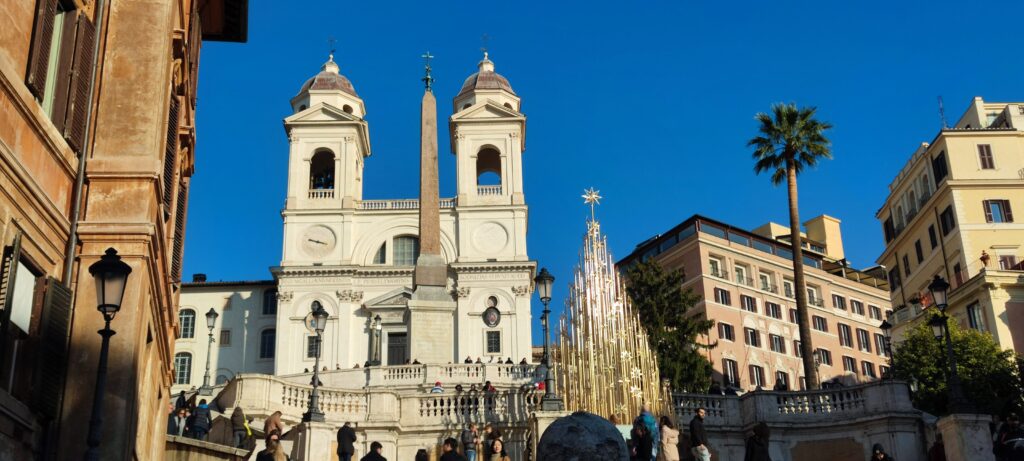
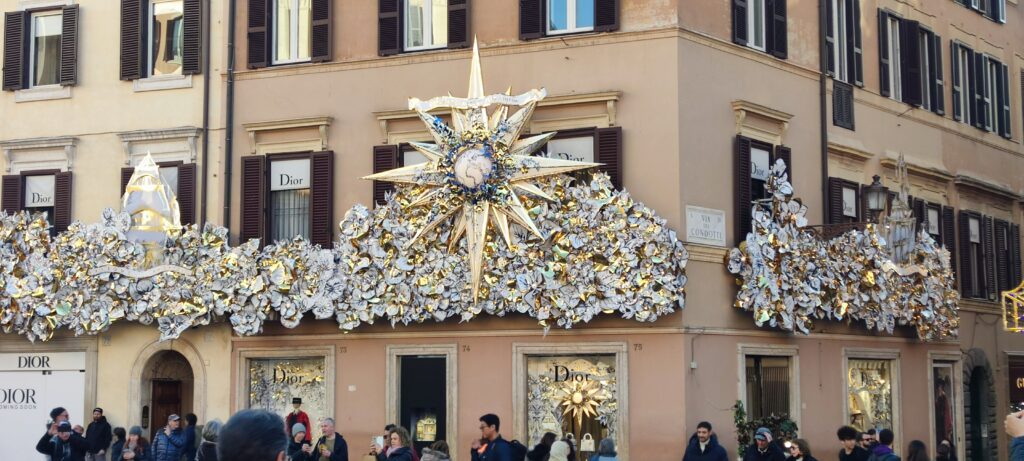
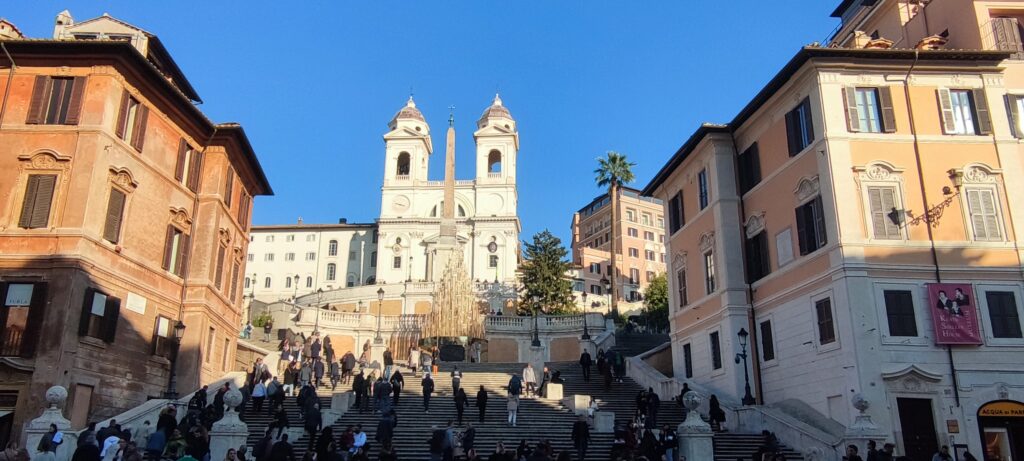

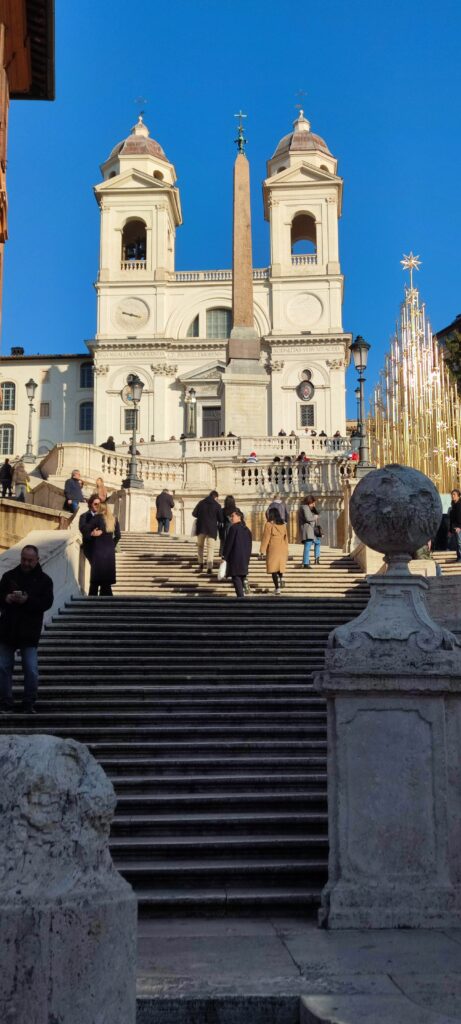
The Pantheon in Rome
While in Rome you will want to see the Colosseum and the Roman Forum, enjoy the Baroque Piazza Navona and St. Peter’s Basilica, and for art lovers visit the Galleria Borghese and perhaps explore the area around the Piazza del Campidoglio. To the west of Via del Corso, there is one sight in Rome you certainly do not want to miss: the Pantheon!
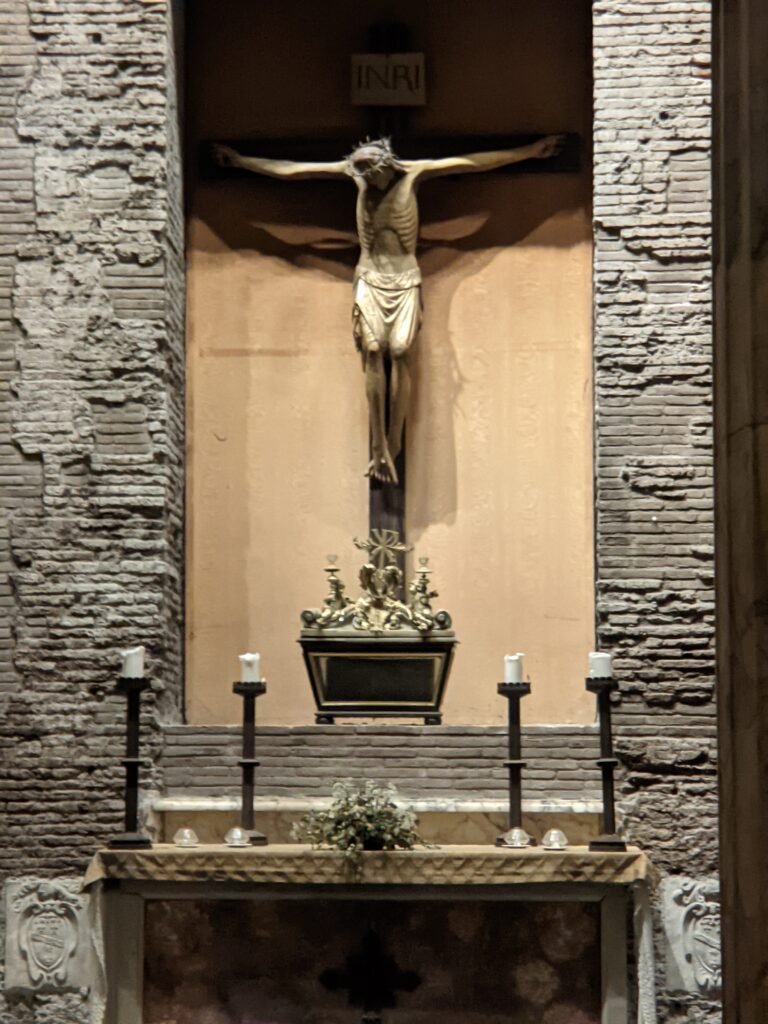
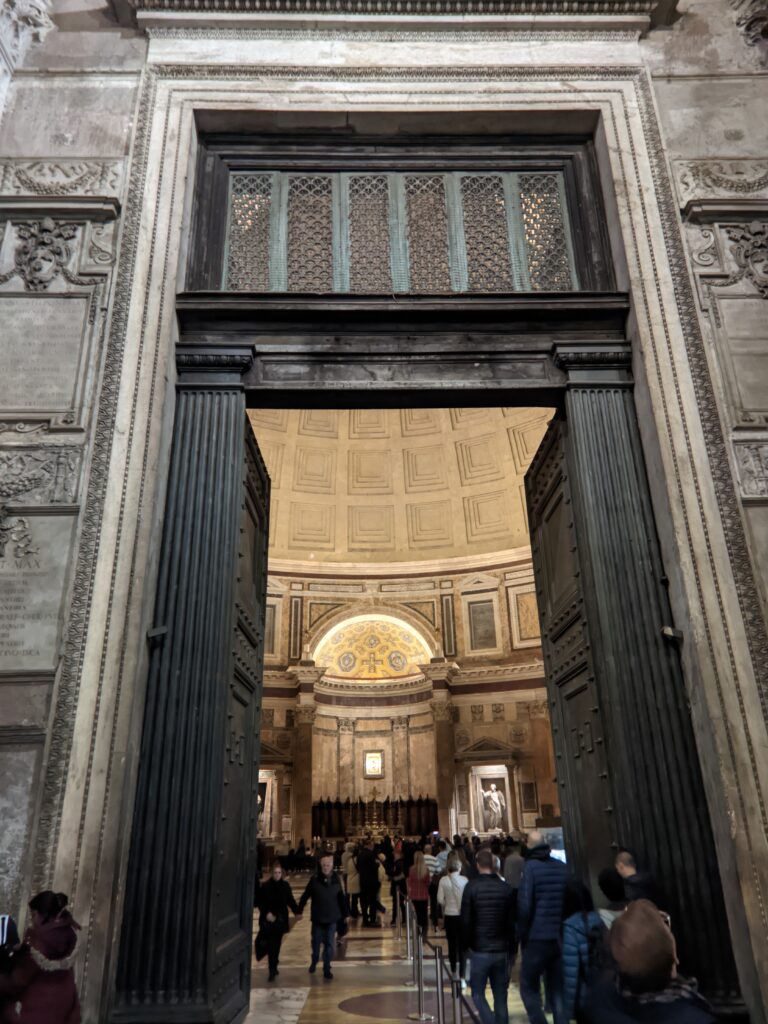
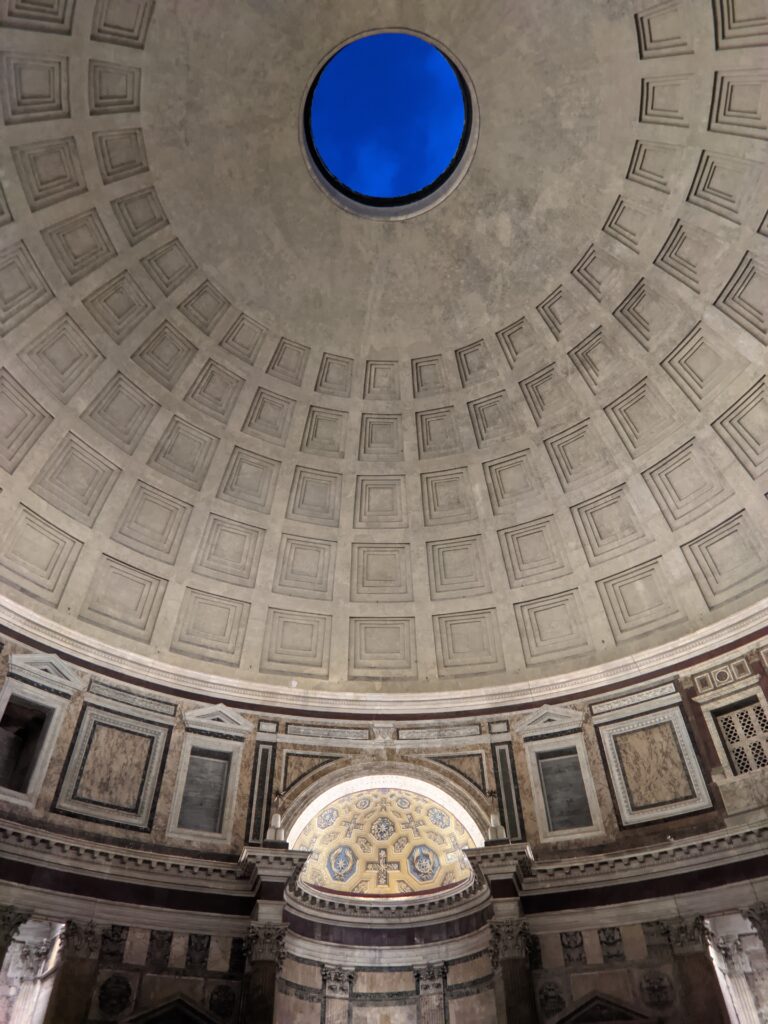
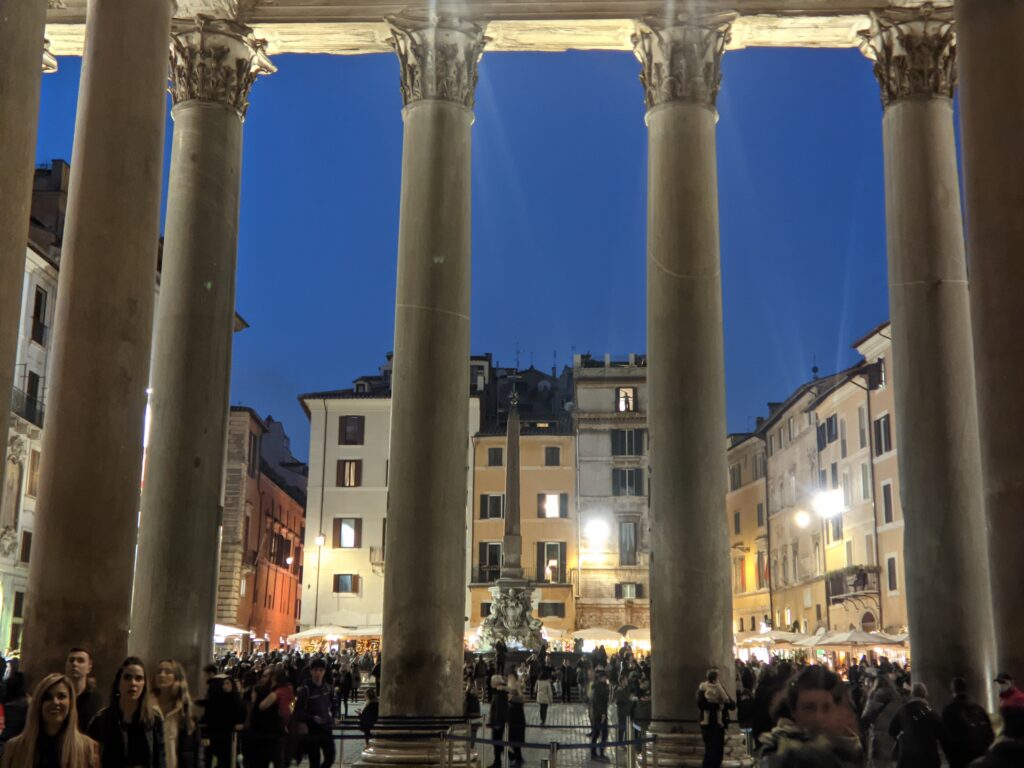
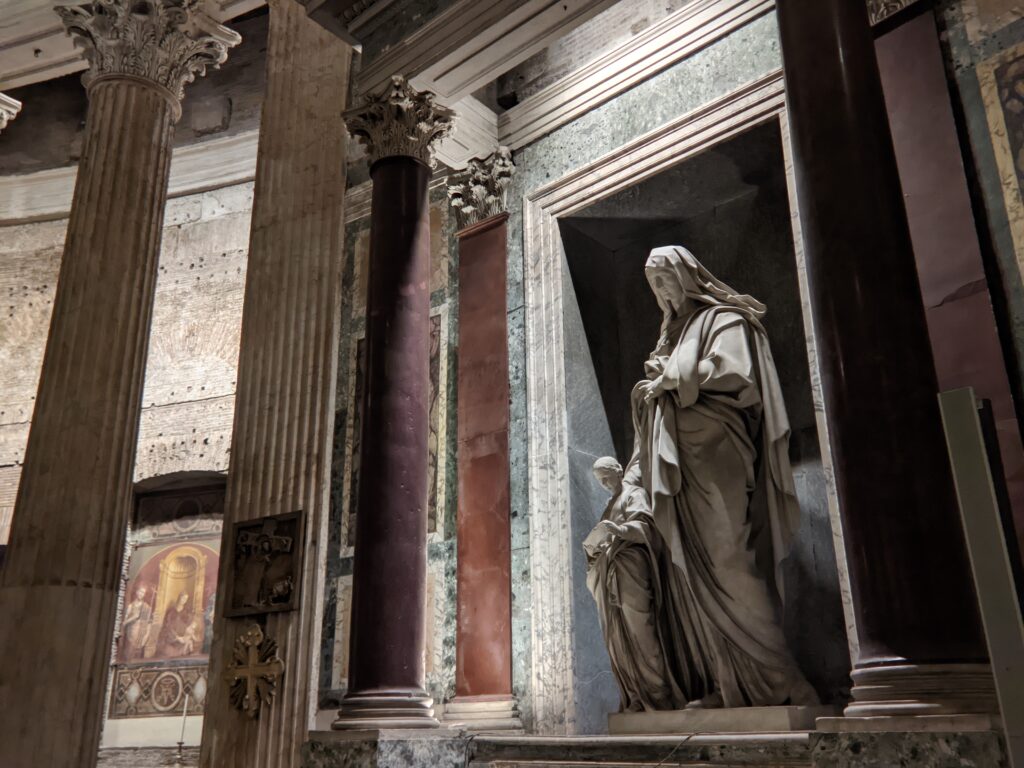
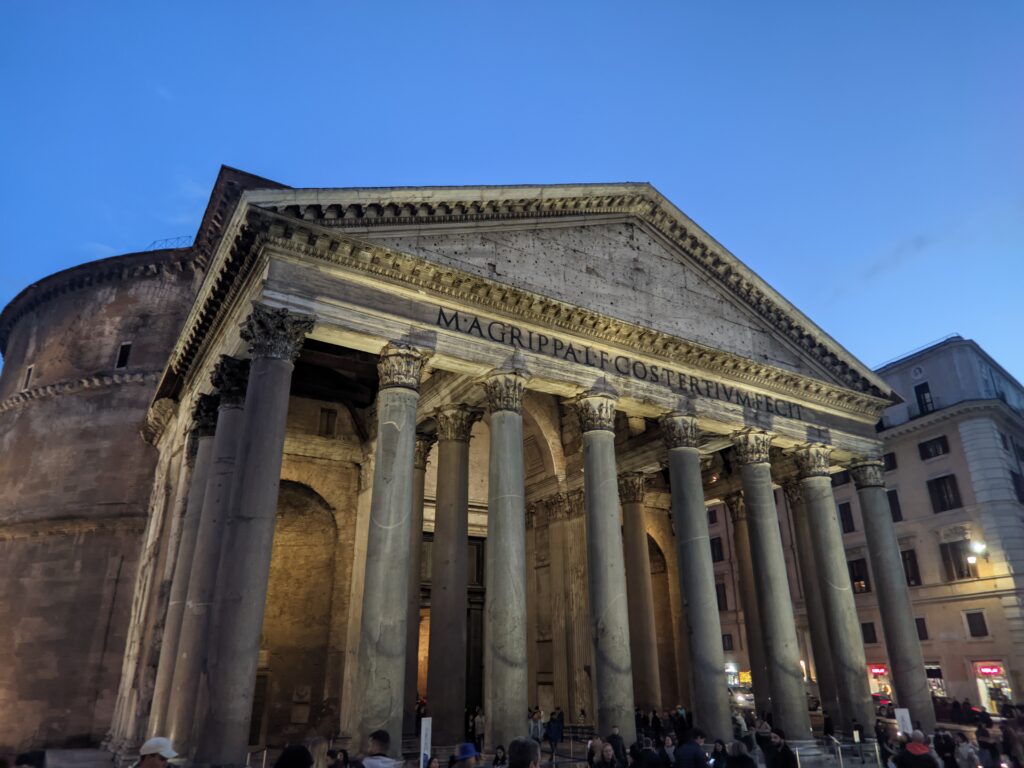
Please feel free to share your opinions about Vincent van Gogh, Raoul Dufy and Rome with our readers. While the capital city of Italy with almost 3,000,000 residents is certainly a challenging tourist destination, we have tried to make it easy for you. All of the sights we have shown you in this article, from the Vittoriano Monument to the Piazza del Popolo with small detours to appreciate the Spanish Steps, Trevi Fountain and the Pantheon (plus art exhibitions at the Palazzo Bonaparte and Palazzo Cipolla), can be enjoyed leisurely on foot in one day.
If you wish to learn more about Vincent van Gogh, we welcome you to read our article entitled “Van Gogh — Vincent’s Influence in Germany” and for a wonderful exhibition held at the Palazzo Bonaparte in 2019-20 please review our article “Impressionist Art from Private Collections in Rome“.
Thank you for spending time with us.
The post Excellent Van Gogh Paintings & the Beautiful Colors of Rome appeared first on Art Lovers Travel.
]]>